Two Weeks in Japan: A Super Efficient Itinerary for 2024
Before you start to read this itinerary, there’s a very important question you have to ask yourself: Are you a “do it all, see it all” traveler? Or do you prefer to take things slow and steady? If the first describes you: perfect , you’re going to LOVE this itinerary for two weeks in Japan . If you you fall into the second camp, allow me to explain why you might still enjoy this whirlwind tour of Japan without getting overwhelmed…

Why visiting 12 locations in 14 days is completely doable in Japan
The key to see Japan in an affordable and efficient way is the Japan Rail Pass . This pass allows you to take unlimited super fast “bullet trains” between locations, which is critical in a country that is surprisingly big (150% the size of the UK!). Here’s why the bullet train makes it work:
- You can make it between huge stretches of Japan in relatively little time.
- The train is so comfortable, that traveling to your next destination feels relaxing .
- Every train station has coin lockers, where you can store your backpack while you explore a city and haven’t checked into your Airbnb or hotel yet. This means you can pop into a new place, store your stuff, and get going.
Let’s look at the awesome experiences packed into these two weeks, and then you can tell me if you think it’s crazy or kinda clever 😉
Recommended accommodation in Japan
I stayed a lot of places in Japan, but out of those can only recommend a few. Here are the two specific spots I stayed in that I absolutely loved during my time in Japan.
- Sumiyoshi Ryokan (Takayama) – Absolutely the best place we stayed in Japan . Such friendly hosts, amazing traditional Japanese ryokan, and it’s entrancing to see your in-room breakfast get cooked before your eyes. It does get completely sold out at times so booking in advance is advised!
- Nikko Backpackers Nikkoriso (Nikko) – Technically a hostel, we booked a private couples room, which was beautifully decorated. But what made this place special is that the hosts happened to recognize us at the train station and gave us a ride! That was so lucky and so kind.
- Airbnb or Booking.com (any large city: Tokyo, Osaka, Kyoto) – We mostly stayed in Airbnb in large cities. That said, It can be hard to find the location because of the complex Japanese address system, the fact that the addresses are often in Japanese and the hosts sometimes don’t speak much English, so be prepared to improvise 😉
Eating our in-room breakfast at a ryokan in Takayama, Sumiyoshi Ryokan , in the Japan Alps!
At least once during your trip in Japan, I do recommend staying in a ryokan , which is a traditional Japanese inn. You can read my entire post about staying in a Ryokan in Japan to learn what to expect and how to find a ryokan that fits your budget!
How to prepare for a trip to Japan
Here are a few ways I really recommend being prepared before you actually travel to Japan. In a lot of places you can “wing it”, but I think Japan really favors the prepared! Some things are a lot easier (or mandatory) to do before you land in the country.
- Buy a Japan Rail Pass , as they can only be purchased OUTSIDE the country . They’ll mail you a voucher which you can redeem in the airport. I later calculated that the JR Pass saved me more than $450 in train tickets. You can use this super helpful website to compare different Japan Rail Passes to see which one makes the most sense for your trip – both financially and in terms of the areas you want to visit.
- Plan your train travel with Hyperdia – Hyperdia is an amazing English-language timetable tool for Japanese trains. You can also use it to calculate whether the Japan Rail Pass will save you money based on your Japan itinerary by looking at the standard train costs.
- Get an offline-friendly Japan guidebook – It can be very useful in Japan to have a guide available offline. I personally don’t like to rely on my phone to get around! I tried 3 different travel guide books for planning my trip, and this travel guide book was the best one (and was just updated).
2 weeks in Japan
Here is what you’re going to see in this incredible two week Japan itinerary! One important thing to note is that this itinerary is optimized for seeing cherry blossoms in Hirosaki , in northern Japan. If you are not visiting during the later part of the cherry blossom season, you can swap out Hirosaki for another destination. I would’ve loved to spend more time in Osaka or Nikko, so those are great options for extending your trip!
Where to go for two weeks in Japan (especially during cherry blossom season!)
Day 1: Arrive in Tokyo
Day 2: take the train to kyoto, day 3: enjoy the highlights of kyoto, day 4: day trips to fushimi inari shrine & nara deer park, day 5: remember the history of hiroshima.
- Day 6: Miyajima, Himeji, Osaka
Day 7: Take the train to Takayam in the Japan Alps
Day 8: day trip to shirakawa-go, day 9: travel to aomori in northern japan, day 10: spend the day at the hirosaki cherry blossom festival, day 11: experience beautiful nikko.
- Day 12-13: Tokyo
- Day 14: Mt. Fuji
Today is about getting adjusted. About realizing: OMG I am in Japan right now , and my universe is in chaooooos! There’s no pressure to do anything in particular besides finding your hotel or Airbnb, try to order food in Japanese for the first time, and experience a
<a href="http://www.bbc.com/news/world-asia-38660860” onclick="ga(‘send’, ‘event’, ‘Affiliate Link’, ‘Click’, event.target.getAttribute(‘href’));”
target=”_blank">complicated Japanese toilet .
No pressure, right?
Tokyo’s Ginza , an upscale shopping district. Streets are lined with shops carrying Chanel and Prada. This area in the heart of Tokyo is very close to the Tsukiji fish market , where my top Tokyo restaurant recommendation is located!
That said, depending on when you arrive you might have some time to really spend exploring Tokyo. We’re going to come back to Tokyo at the end of the trip, so our first day is really just about getting faimiliar with the city. Here are a couple of ideas of things to do in Tokyo
Things to do in Tokyo for first-time visitors to Japan
- Go to Tokyo’s famous Robot Restaurant. It’s just one of those things that is “so Japan” you have to see it to believe it. During this 90-minute show robots in costumes sing and dance while you eat dinner and down Japanese beer. Book Robot restaurant tickets in advance because as weird as it sounds, this is a super popular thing to do.
- Enter an immersive digital art museum. This limited, interactive art show is one of the most popular things to do in Tokyo. There may literally not be a better place in the city for instagram photos than this. Book tickets to the teamLab Borderless Digital Art Museum (children 3 years old and younger can enter free!).
- See Tokyo by night from its tallest building, Tokyo Skytree. Last admission is at 9:00PM, and you can even buy skip the line tickets before you go. We didn’t have skip-the-line tickets and ended up waiting almost an hour to get to the top. If you want to make it even more memorable, you can have dinner overlooking Tokyo at the Skytree’s Panorama restaurant 😱
- Just explore your neighborhood. It’s pretty much guaranteed that no matter where you stay, there’s going to be an awesome point of interest right in your vicinity. Go outside, pop into a totally overwhelming electronics store, accidentally go into the “adult” section of the comics shop , pass by noisy pachinko parlors. There is nothing like people-watching in Japan.
- Get your first sushi meal! I had the best sushi of my life at Sushi Zanmai (すしざんまい 本店) which is located in the super famous Tsukiji fish market . You can also try out conveyer-belt sushi , which is an experience of its own. Indulge in some sake while you’re at it!

The delicious, unique, and sometimes strange regional dishes and street foods of Japan that you simply won't find anywhere else.
After your first night in a probably miniscule Japanese hotel, the next morning is time to hit the road for Kyoto, where we’ll spend three nights!
Kyoto is considered the cultural capital of Japan. Why not? It was Japan’s official capital for nearly 700 years. Here you’re going to get a real taste for what traditional Japan was like, by visiting shrines and temples erected hundreds of years ago (or more!). Besides architecture, Kyoto also has an incredible food scene. Here is where you can try Japan’s famous multi-course meal, called kaiseki .
But we’ll get to all that later!
For now, store your stuff in a coin locker at the Kyoto train station and catch the bus or train to the Saga-Arashiyama Station . Getting from there to our first stop, Tenryu-Ji is as easy as following the flow of people. After that, we’ll visit the neighboring Arashiyama bamboo forest . The final stop of the day is the super shiny Golden Pavillion .
For more details, you can read my in-depth Kyoto itinerary , but the main points are all mentioned here in this post!
Get ready to start taking off your shoes! Every shrine or temple you visit will require that you remove your shoes to enter. Luckily these places have soft wooden or tatami floors, so removing your shoes feels like a relief after long days of walking. And don’t worry – no one will steal your shoes. This is Japan ✌️
Here you’ll wander around the shrine. Starting with the building and its many exterior halls. Afterwards, venturing into the zen garden, which is the real star. There are many beautiful plants and flowers, such as the Japanese wisteria, which you never see outside Japan. They’re all labeled in English and Japanese. It was also here that I saw my first cherry blossom tree in Japan! Even though we were way too late for cherry blossoms in Kyoto, this late bloomer stuck around. It was pretty special to see it just chillin’ in the garden.
Tenryu-Ji is conveniently located right next to the Arashiyama bamboo forest . You can simply follow the signs and you’ll find yourself at its entrance.
Bamboo Forest
Let me be the first to tell you: this bamboo forest is kinda small . At least, I was expecting something much more massive! That said, it’s clearly one of the essential experiences to have in Kyoto so I wouldn’t pass it up. You’ll walk through in 10-15 minutes (depending on how determined you are to take a photo with no people in them). Be sure to bring a wide-angle camera lens in order to really capture the super tall bamboo. I was severely lacking one and my photos reveal that!
From the Bamboo forest, take the bus to the Golden Pavillion (Kinkaku-ji) . The bus ride takes a little under an hour and involves a transfer, but you’ll get to see a bit of the city of Kyoto on the way!
Golden Pavillion
The Golden Pavillion was probably the place where I realized: holey moley, there are a LOT of tourists in Japan . It was so incredibly crowded, and getting a decent view of the pavillion was pretty difficult! People just tend to bunch up at the best photo spots, taking what feels like a dozen pictures, and then sticking around to chat!
That said, the pavillion is obviously super impressive and beautiful. Reflected in the lake, it’s no wonder this is securely in the top 3 things to see in Kyoto! From the vantage point of the photo, you can wander around the pavillion’s surrounding gardens.
I also have to say that this is the place where I had my first ever Japanese-flavored ice cream . Gernot had the green matcha, and I took the black sesame. It was actually some of the best ice cream of the trip, so even though it’s expensive and touristy, it was perfect!
Which brings me to another thing about Japan: walking and eating is considered grossly uncivilized in Japan. We realized this was true, for the first time, when everyone was sitting in a room to eat their ice cream instead of walking around.
After the pavillion, it’s time to come back to the train station, grab your stuff, and check into the hotel or Airbnb where you’re staying. At this point, it’s well and duly time for dinner! Kyoto is famous for haute cuisine , so you can get an extremely fancy multi-course meal in Kyoto.
Enjoying the photos? Follow along on Instagram!
Follow @notanomadblog for beautiful travel photography and stories of our journeys
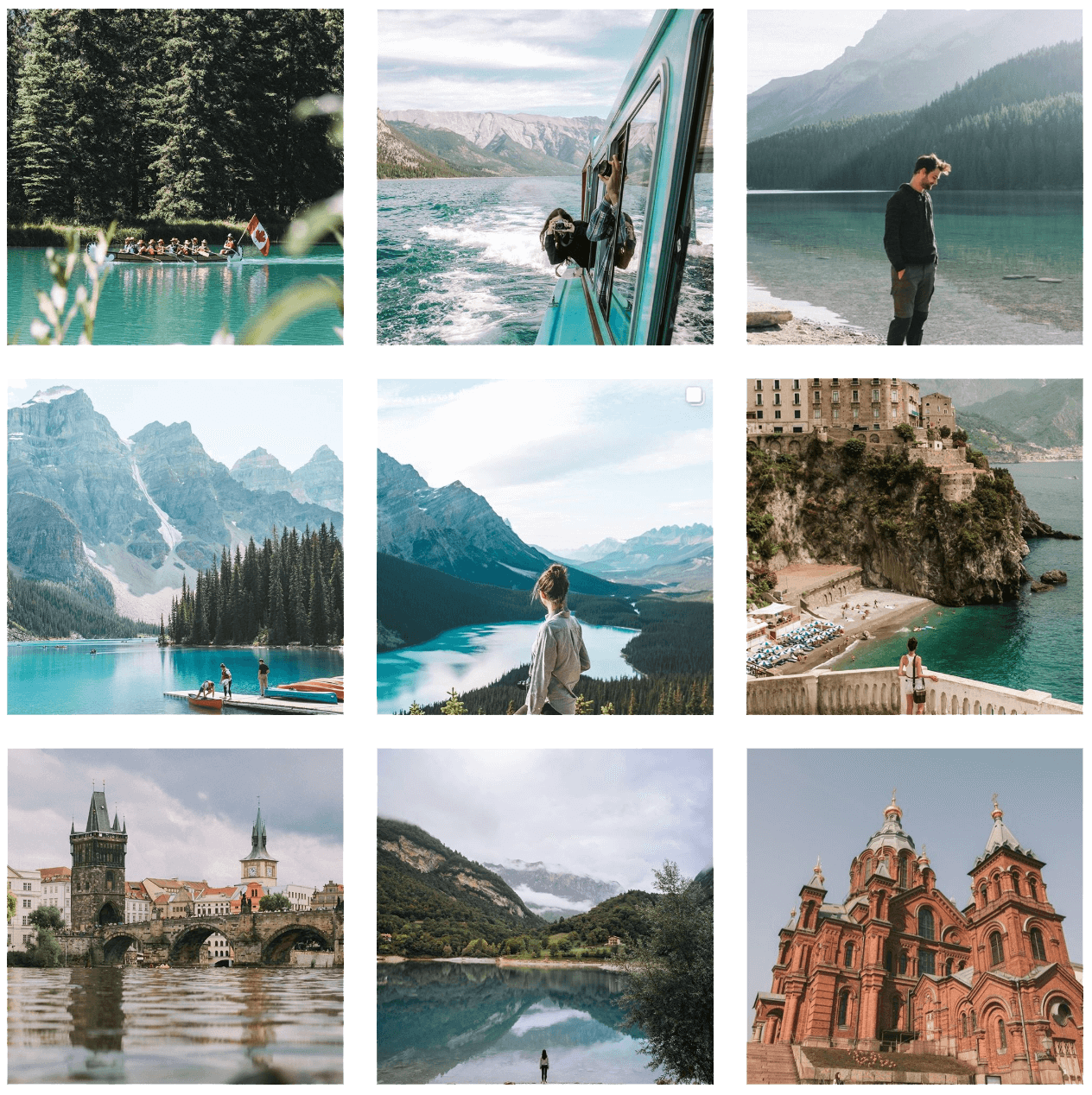
Follow on Instagram
Today is the main day to discover Kyoto, so be sure to start early! Your most efficient path would be to start your morning at the Nishiki Market , take the bus to Gion , and then spend the day in East Kyoto in the Higashiyama area. After following that path and seeing tons of temples, shrines, and beautiful streets, you’ll end up close to Philosopher's Path , where you can walk a long the stream and enjoy some solitude!
Nishiki Market
If you’re set on trying all the weird foods you can find in Japan, Nishiki Market is an absolute goldmine. This relatively small market hall spans several streets, and offers snacks and produce which you can pick up to sample some traditional Japanese food. Here is where I tried tako tamago , the infamous candied baby octopus stuffed with a quail egg. It’s not for the faint of heart, but it’s the only place I saw it while in Japan!
Gion is Kyoto’s famous geisha district . This is really the epicenter of geisha culture in Japan, and the place which has the most traditional rules regarding who can become a geisha. Outside Kyoto, there have been very few non-Japanese geisha, whereas in Kyoto it is completely not allowed.
Can you see the geisha (or more likely, geisha-in-training) hustle down the street in her red kimono?
From Gion, we’ll walk towards the world famous hub of Kyoto’s best-known shrines and temples: Higashiyama . Southern Higashiyama is the place to be for the very best the area has to offer!
Higashiyama
Chances are if you’ve looked up photos of Kyoto, you’ve seen mostly pictures of Higashiyama. The rest of the city is very modern and, I must say, not so beautiful in comparison to the historic Higashiyama district.
- Sannenzaka and Ninenzaka – The two most beautiful streets in Higashiyama. The former is the location of the famous stairs. Most of the houses have been converted into souvenir shops. It can get pretty crowded at mid-day, so come either first thing in the morning or around dusk for a less cramped experience.
Besides the beautiful streets, there are loads of shrines and temples for you to visit. Here are a selection of my favorites:
- Kyomizu-dera – This area is one of the busiest and best known in Kyoto for a reason. The view out over a sea of trees is hard to match – and in cherry blossom season, they’re also in bloom.
- Kodai-ji – This place has got a yuuuge zen garden. Come here for one of the nicest zen gardens you can find in Kyoto.
- Shoren-in – An oft-skipped but totally majestic Buddhist temple at the end of the Higashiyama route. Not crowded, gorgeous gardens, many winding corridors for you to explore. This place will make you want to live in your own Japanese villa one day! Read more about Shoren-in
After Shoren-in, you can walk to the Philosopher’s Path (2.3 km, found on Google Maps as Tetsugaku-no-michi ). This path along a narrow river is lined with cherry blossom trees in Spring. If you decide to talk this walk, you’ll end up near the Silver Pavillion . If you’ve still got energy, you can check it out! Otherwise, I recommend grabbing dinner at Asian Cample Foods Goya for a taste of delicious Okinawan food .
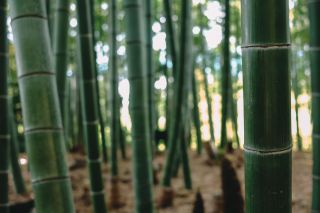
Here are the best things to do in Kyoto that deserve a place on your two or three-day itinerary. From world-famous food to ancient temples and interesting day trips.
Imagine this: a capital city full of thousands of docile, free-ranging deer. If this sounds like your idea of paradise, you can’t miss Nara, Japan .
But first, it’s time to visit one of Japan’s most famous landmarks.
Fushimi Inari Shrine
These dizzying rows of red Torii are a photographer’s dream: if you can manage to capture an empty shot. I saw some of the thickest crowds of the whole trip when visiting these shrines, so be sure to give yourself some extra time if you want to focus on photos!
To get here, you’ll need to take the JR Line from Kyoto to Inari . After your time at the shrine, pop back on the train and continue to Nara.
The very first capital of Japan, Nara is humble by today’s standards. The city center is small, and the population a mere 360,000 inhabitants. But don’t let that fool you: Nara has some of the most unique experiences to offer on the Japanese itinerary:
- Todai-ji – The world’s largest wooden building. Inside, a massive Buddha. You can try to climb through its nostril (a sign of good fortune).
- Isui-en – One of the best gardens we saw in Japan. That, plus a personal tour from a member of the staff, made the story behind the garden really come alive.
- Nara Park – Over 1,200 free roaming deer. Keep your map close, they will eat anything. Note that if you buy biscuits in Nara, those are for the deer , not you.
Sadly my camera died in Nara so I have very few photos to share. You’ll have to see for yourself!
Left, Isui-en Garden, Right, Deer 😂
Plan a solid half-day for Nara, if not more. We spent a lot of time walking around Nara Park, there is a lot to explore and hiking paths if you want to speak more time walking around!
Spend your last night in Kyoto and wake up early to catch the train down to the southernmost post on our itinerary: Hiroshima .
I will start by saying that Hiroshima is simply not a beautiful city. It was hastily rebuilt after the tragic events of World War II and the destruction of the atomic bomb. As a result, you won’t find charming alleys or old merchant districts. Instead, you come to Hiroshima to get a glimpse into the lives of the people who both died and survived as a result of the bomb, and the effects it’s had on the community.
The Atomic Bomb Dome
This is the singular building that was left standing after the atomic bomb devastated Hiroshima. You should absolutely visit the Hiroshima Peace Memorial Museum . The museum really toes the line between giving a realistic look at the consquences of the bomb, while also shielding you away from some of the more gruesome details (meaning, it is still suitable for children).
Hiroshima Castle
This is the first castle on our trip to Japan, and to be honest, it’s a bit underwhelming. The interior has been completely gutted to turn into a museum (on the up-side: you can get your photo taken in a samurai outfit!). Don’t worry, we’ll end up at the mother of all Japanese castles later.
Here are some more ideas for things to do while you’re in Hiroshima, after you’ve visited the museum, the Peace Park, and seen the flame that remains lit until the last nuclear weapons on earth are destroyed.
Things to do in Hiroshima
- Hiroshima is the birthplace of
<a href=”/regional-cuisine-street-food-to-try-in-japan/#okonomiyaki” onclick="ga(‘send’, ‘event’, ‘Affiliate Link’, ‘Click’, event.target.getAttribute(‘href’));”
target=”_blank">Okonomiyaki , and the city does it like nowhere else. Combine that with
<a href=”/regional-cuisine-street-food-to-try-in-japan/#oysters” onclick="ga(‘send’, ‘event’, ‘Affiliate Link’, ‘Click’, event.target.getAttribute(‘href’));”
target=”_blank">oysters
and you’re eating the most quintessential regional dish. Be sure to visit Okonomi-mura (Okonomiyaki Village) for the epicenter of Oko-eating in the city.
- Hiroshima is also famous for its nightlife. If you’re looking for a wild night, Hiroshima might just be the place to have it.
- Mitaki-dera is a very special and unique shrine in the northwest of Hiroshima.
- Ride the vintage tram. Hiroshima prides itself on having a super old-fashioned tram system, complete with cars from the 70s! Blast from the past, yoo.
Spend the night in Hiroshima and wake up early, we’re going to Miyajima!
Day 6: Miyajima, Himeji, & Osaka
This is our crazy day. Start in Hiroshima, take the JR Ferry to Miyajima. Spend some time on the island, catch the ferry back, connect to a train to Himeji. Spend the rest of the day exploring the castle and grounds until it closes. Wind up in Osaka to start binging on street food.
Are you ready?
I’ll start with this preface: If you’re not set on exploring Hiroshima by night, I’d encourage you to spend the night on Miyajima instead. This island in Hiroshima bay is home to one of the top 3 national sights in Japan, and is one of the most visited locations in the entire country. You can beat the first boat ride in and have a Miyajima at sunrise all to yourself!
Things to know about visiting Miyajima
I’ve already written a bit about things to do on Miyajima besides seeing the shrine so I won’t duplicate the information here. Here is a quick summary of things you need to know when visiting Miyajima:
- Don’t take the “scenic boat ride” around Hiroshima’s harbor, just go for the JR Ferry. As I mentioned, Hiroshima is not very scenic and its harbor is no exception. It costs more and takes longer.
- Take the ropeline to the top of the mountain for a view over the bay. Along the way you’ll see many treasures ^__^
- If you’re collecting souvenirs, buy a rice paddle in Miyajima. It’s the essential Miyajima souvenir!
- Skip paying to go out onto the dock in front of the shrine – the best photos can be taken from the shore anyways, and you can just walk around to the other side without paying.
- Be sure to plan your visit in tune with high tide! At low tide, the water recedes and you miss the “floating Torii ” illusion.
Did I mention there are also deer on Miyajima? They’re more aggressive than the Nara variety. Guard your map!
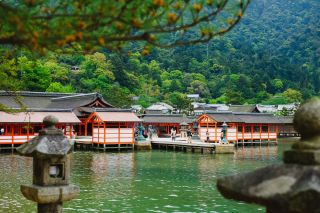
Anyone and everyone who goes to Japan has probably seen the famous floating Torii on Miyajima Island – but far fewer see Mt. Misen for sweeping views over Hiroshima bay.
After taking the ferry back from Miyajima to the mainland (you want the Hiroden-miyajima-guchi station ), hop on the train to Himeji. We’ll spend the rest of the day here until the castle closes at 5PM. Upon arrival, lock your backpack in a coin locker and catch the bus to the castle from the train station.
For the uninitiated: Himeji Castle is perhaps Japan’s most famous and best-preserved castle. It’s meant to resemble a bird in flight, and is known as the “White Heron Castle.” It has survived extensive bombing of the surrounding city during World War II as well as a massive earthquake in the mid-nineties. Himeji is here to stay.
If you have time, there are also samurai quarters to explore in the vicinity. You can buy a combination ticket for the castle and the quarters at the entrance. Unfortunately we couldn’t make time to see those before leaving, but they’re reportedly really interesting.
Important! Check the train times to make sure you’ll be able to catch a train to Osaka shortly after the castle closes.
If there’s one place I feel I didn’t get enough time, I’d have to say it was Osaka. It’s got such a cool, alternative vibe when compared to high-heels-and-Prada Tokyo. It’s most famous for its street food, and it considered the foodie capital of Japan . If you’re here to eat everything in sight, Osaka is a wonderfully dangerous place to end up.
Where to stay in Osaka
If you have just one night in Osaka, there’s no other place to stay than Dotonbori . The neighborhood’s eponymous street is THE definition of the loud and chaotic Japan. The first thing that happens as you approach is that you smell SO much food. Street vendors cook takoyaki in giant, metal trays filled with fried balls of dough and minced squid. If you don’t come hungry to this street, you are making a huge mistake!
Besides food, this street is also famous for its moving, animal billboards. Cows, crabs, and pufferfish are just a few of the giant electonic puppets looming over the heads of pedestrians.
Things to do in Osaka
- See the famous Glico Man sign at Ebusu-bashi bridge. This is perhaps the most recognizable landmark in Osaka (that’s right: a giant illminated sign).
- Go to the Osaka Castle , one of the prettiest in Japan with its teal and gold coloring.
- Eat Honetsuki-dori ! This was one of my most memorable meals in Japan. You basically get two choices of chicken (young chicken or old chicken) and then you can choose from sides, which are mostly also chicken.
- As mentioned, eat the takoyaki!
- If you’re feeling adventurous (and spendy), you can splurge on a plate of Fugu (pufferfish, which can be deadly if not cooked by a licensed expert).
- Osaka also has a huge aquarium, which you can visit if you decide to spend more than a night in this city.
Don’t get too comfortable: after a lazy breakfast and a sobering view of Osaka by day, it’s off for a culture shock on top of your existing culture shock. We go from always-on Osaka to sleepy Takayama in the Japan alps.
You read me right: Japan has got its very own range of alps. It contains three mountain ranges: Akaishi mountains, Kiso mountains, and Hida mountains. We’re going to the latter, to the Hida region.
Absolutely do not forget to book the Wide View train for your ride through the mountains! You’ll get a train with enormous glass windows, perfect for day dreaming about your imaginary life in the Japanese countryside a la My neighbor Totoro .
For us, Takayama seemed the perfect place to check in to a traditional Japanese inn, called Ryokan . This has got to be one of the top experiences to try in Japan , and if you’re not in a big city like Kyoto, you can do it for a bit of a better price.
Why you should stay in a Ryokan in Japan
- You get to dress up in Japanese dress. You can put on a Yakuta (a summer kimono) while you eat your delicious, amazing, unidentifiable Japanese breakfast.
- Experience Japanese hospitality. Our hosts were so kind and hilarious. At times it was a challenge to communicate, but with patience and humor anything is possible.
- Onsen minus public nudity. If you aren’t familiar with the Japanese concept of onsen , it’s basically a super hot public bath where head-to-toe nudity is mandatory. You shower off before getting in, and they’re divided by gender. Our ryokan had a private onsen you could visit with your partner. It’s awesomeeee.
Be sure to consider Sumiyoshi Ryokan when you go to Takayama! Room rates start around 150 EUR so it’s not cheap, but it’s absolutely going to be the most memorable place you stay on your trip!
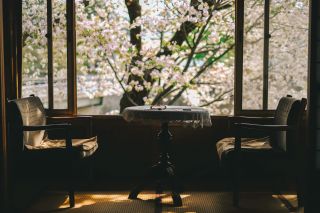
Staying in a Ryokan in Japan is supposed to be one of the top ways to experience authentic Japanese culture. But is it worth all the extra money, which can run up to a thousand dollars per night? Let's see!
All checked in and cozy? Here are some ideas of what to do during your time in Takayama.
Things to do in Takayama
- Stroll around the Edo-era merchant district . The houses are very well preserved, although many have been converted into souvenir shops.
- Try Hida beef , the local variant similar to Kobe beef. You can go to various grill-your-own joints for a fancy experience, or get a skewer for a couple bucks at the morning market.
- Visit the morning market for handcrafted souvenirs. There are two markets, but the one along the river is far better for souviners. You can get wooden carvings made from the Japanese Yew, chopsticks in all configurations and price ranges, and of course a lot to eat.
- Indulge in a box or two of sake! Takayama has a prominent sake industry, and you can recognize sake spots around town by the dried cedar balls that hang in front of the front door.
- Buy your Japanese souvenirs, period. This is where we bought our one serious souvenir from Japan, which is a gorgeous black and gold teapot. It cost around 80 EUR (which is a pretty standard price for teapots, believe it or not!)
- Visit “Little Kyoto”. Now that you’ve been to Kyoto, you’ll realize: Takayama’s temple district is nothing like that of sprawling Higashiyama in Kyoto, but there is one distinct difference: you have the place to yourself.
Enjoy breakfast in your Ryokan , check out the morning market, and in the early afternoon, hop on a bus to Shirakawa-go.
Shirakawa-go, is one of the tiny tiny villages where people still live in thatch-roof houses. Every 30-40 years the roofs are replaced by 200 community members and volunteers working quickly over two days. The town itself is a UNESCO World Heritage site, and you can go inside several of the thatched houses and learn more about life in the village.
What to know before visiting Shirakawa-go
- Shirakawa-go is visited by massive tourist crowds. No one in the blogosphere seems to admit this, but it’s a simple fact: Shirakawa-go experiences hit-and-run by tons of tourist groups.
- That said, your best option is to spend the night in Shirakawa-go in order to get a more authentic and private experience.
- Shirakawa-go’s scenic overlook is not accessible in winter. If you’re traveling to Japan in Winter, the location where you can see the entire valley at once is not accessible when the path is snowed in.
After visiting Shirakawa-go, spend your last night in Takayama. Enjoy breakfast the next morning, because it’s time to hit the road and head north.
I will start with this: If you’re not visiting Hirosaki during cherry blossom season, I’m not sure it’s worth it . The town itself is pretty lackluster, and it’s the park filled with 2,500 cherry blossoms which makes this location truly spectacular and yet under-the-radar for western visitors.
That said, Hirosaki is probably one of the few places where we really felt like we weren’t just one of thousands of western tourists. Almost everyone in the city was either Japanese, or traveling to Japan from a neighboring country in Asia. For that reason, it was really cool to visit somewhere that felt a little undiscovered by people like us.
The trip from Takayama to Hirosaki takes about 8 hours, so most likely, you’ll arrive in the early evening, with enough time to see Hirosaki’s cherry blossoms illuminated by night.
After spending the night in the park, grab dinner at
<a href="http://www.kadare.info” class="place” onclick="ga(‘send’, ‘event’, ‘Affiliate Link’, ‘Click’, event.target.getAttribute(‘href’));”
target=”_blank">Kadare Yokochō . This food hall is a favorite with locals, and offers a ton of options. You can read more about what to try here in my guide to Hirosaki.
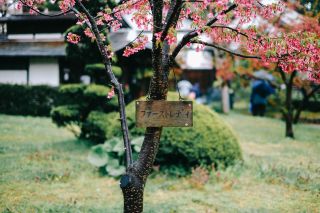
Few Western visitors ever experience northern Japan, but Hirosaki's immense Castle Park bursting with blossoms, bridges, and moats is an unbeatable reason to come north during Cherry Blossom Season. It's even illuminated at night. Come see for yourself!
The next day, it’s time to enjoy the park in all it’s bright and blooming glory. The park is overflowing with flowers, idyllic Japanese-style bridges, petal-filled moats, and one of the coolest sights: Sakura Tunnel .
I imagine this place also looks spectacular in Autumn, but I can only tell you: it’s gorgeous in Spring, and perfect if you’re making a late Spring trip, where the cherry blossoms in more southerly locations will have already gone.
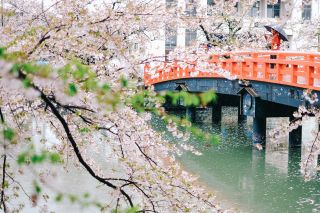
Catching a glimpse of sakura in Japan is more than a matter of timing and luck. When and where to see cherry blossoms all throughout Spring!
Tonight, take the train to Nikko, Japan, a town a short way from Tokyo but packed full of historic locations and natural wonders!
I made a critical mistake when coming to Nikko. I came during Golden Week, which happens at the beginning of May. During this time, the entire country of Japan is basically on vacation, and of course, where do they go on vacation: why, Nikko!
And it’s no wonder: Nikko was once a favorite retreat for the emperor, once he had moved his residence from Nara to Tokyo. As a result, Nikko has some of the most concentrated famous sights in Japan. In fact, a huge swath is a designated UNESCO World Heritage Site. For a small town, this place has got a lot going on.
Things to do in Nikko (AKA more shrines 😄)
- Shin-kyo – The most famous bridge in Nikko (pictured above). There’s a fee if you want to cross it, but perfectly good photos can be taken fo’ free.
- Tosho-gu – This group of buildings that comprise the Tosho-gu shrine comprise several buildings. Each structure offers something different. Here are a few of them:
- Yomeimon (Gate of Sunlight) – Perhaps the climax of Nikko’s temple district, this gate is unique because it’s just so gaudy . Gold everywhere, super ornate. The only problem is that it’s currently under rennovation until March 2019.
- Naikiryu (Crying Dragon) – Enter the Yakushi Hall at Tosho-gu and see, painted on the ceiling, an enormous dragon. It’s believed that the sound of wooden blocks clapping together in this room sound like the dragon is crying (depends on how imaginative you are if you ask me!)
- Kegon Waterfall – I didn’t have time to see this myself, but if you stay a little longer in Nikko, you can take the trip here. Nikko has a few other waterfalls, but Kegon is easily the most popular.
Now, after all of this, I was honestly left pretty overwhelmed by Nikko. 99% because the crowds were so dense, it was totally uncomfortable to view some of these places. The other 1% was probably actually being underwhelmed because of some of the construction that covered the coolest structure, Yomeimon .
Actually, I wanted to LEAVE. Luckily, Nikko still had something waiting for me…
Kanmangafuchi Abyss
After a tasty and expensive slice of cheesecake and coffee at Nikko Coffee , we embarked on a walk to the Kanmangafuchi Abyss . This natural canyon in Nikko is like the polar opposite of Tosho-gu . Somehow no one else knew that there was this natural treasure just a kilometer away from the popular shrines. It turned out to be one of the most beautiful places in Japan .
On your way in, these statues line the path to the gorge. It’s said that it’s not possible to count the name number of Bake-jizo on your way in as on your way out. You’ll just have to try for yourself! (Spoiler: I failed, but I don’t blame any inanimate objects for that).
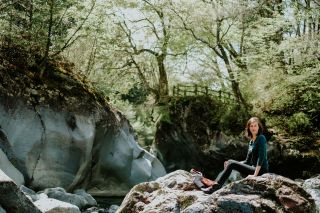
With UNESCO World Heritage sites galore, Nikko is a popular day trip from Tokyo. But the best part of Nikko just a little over a kilometer away from the most popular shrines, in a small gorge with its own shrines, whirlpools, and waterfalls called Kanmangafuchi Abyss.
Enjoy your time in Nikko, because after this it’s back to the big city! Pick up your stuff from the hostel, hop on a train, we’re going to Tokyo…but for real this time.
Day 12 and 13: Time for Tokyo
A lot of people who come to Japan spend a lot of time in Tokyo. I mean, it makes sense: it’s got the most restaurants per capita in the world, you could spend a lifetime exploring every conceivable experience this city can offer. That said, I didn’t try to do Tokyo hardcore. For one, I actually visited friends while here, which tends to make everything a little less go-go-go. On the other hand, there is just so much there, your chances of “making a dent in Tokyo” are miniscule, so why try!
Ideas for what to do in Tokyo
- Ascend the Tokyo Skytree. If you’re scared of heights (like me), this place is going to make you SO NERVOUS. The highest point in the city, on a clear day you can see Mt. Fuji which is 100 kilometers away.
- See the faithful Hachiko statue at Shibuya station. Perhaps you’ve heard the story of the faithful dog that waits for years at the train station, even 9 years after his owner has passed. If you want to see this world famous symbol, head here – also a popular meeting place!
- Take a walk through the Yoyogi Park. You’ll see buskers, groups of friends, maybe even the famous
<a href="https://www.youtube.com/watch?v=BLl9GERTMYg” onclick="ga(‘send’, ‘event’, ‘Affiliate Link’, ‘Click’, event.target.getAttribute(‘href’));”
target=”_blank">Tokyo rockabilly dancers .
- See the Shibuya Crossing. One of the most famous sights in Tokyo, this crosswalk is the busiest in the whole world. If you’re in the area, be sure to check it out – you can get a view over it from a 2-storey Starbucks across the street.
- Visit the Tokyo National Museum. Learn more about the culture and history associated with Japan in this museum. It’s got art, statues, scrolls, outfits, armor, pottery – so many things you can see develop over time with the Japanese people.
- Eat a meal at the Tsukiji Fish Market . If you missed it on your first night, now’s the time to come back! Wake up at the crack of dawn to see the daily haul of tuna, or come by in the evening to grab some dinner.
- If you haven’t gotten enough of shrines, check out Meiji Shrine. Easily the most popular shrine in Tokyo! Unlike so many shrines, admission here is free.
- Do some luxury shopping in Ginza. Essentially every world famous fashion brand has a flagship store in this shopping district. If you’re a luxury traveler, this might be the perfect place to pick up your Tokyo souvenir.
- Go to Harajuku and feel extra ordinary. This area has some of the most eccentric people you’ll see in the city, with the very best outfits and hairstyles. It’s a must-see area if you love people-watching!
- Stock up on electronics in Akihabara. Known affectionately as Electric Town, Akihabara is a bright and loud neighborhood and home to the largest electronics store in the world, Yodobashi Akiba .
- Got more time in Tokyo? Find more things to do in this Tokyo 5-day itinerary or go to one of many amazing day trips from Tokyo .
After your last day in Tokyo, take the train to Kawaguchi-ko and sleep at the base of Mt. Fuji. Wake up early the next morning to enjoy the mountain!
Day 14: Spend the day at Mt. Fuji and fly home in the evening
It’s the last day, you can do it! Get up as early as you can muster to see Mt. Fuji in the morning light, reflected in Lake Kawaguchi. Conventional wisdom states that your best viewing of Mt. Fuji happens first thing in the morning, but for us, the mountain became more visible as the day went on. By the end of the day, it was clear and big and blue.
I’ve gone in-depth about the best places to view Mt. Fuji , especially if you’re going in Spring, but one thing I can’t help but mention here is the Pink Moss Festival ! You can take a bus here from the main station in Kawaguchi-ko, and travel to a spot closer to the mountain that is just covered in pink flowers.
In terms of booking tickets to the festival, I just happened to discover it thanks to a brochure in my hotel. Check the website for admission tickets. There’s also tons of different ways to get to the location by bus, just check on the website’s “Access” page.
In 2019, the Pink Moss Festival is happening from April 13th - May 26th ! That means you can still visit this year if you’ll be arriving between now and the end of May.
How cute is this? There’s even a mini-Fuji made out of flowers! After you’ve had your fill of flowers and too-perfect shots of Mt. Fuji, take a bus back to down and spend any free time you have walking around the lake and walking around town. Get your last matcha ice cream or any last-minute Fuji-themed souvenir.
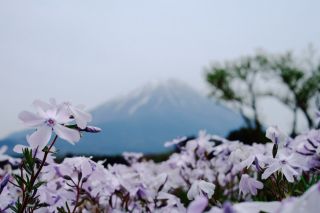
Spring is one of the best, most magical times to see Mt. Fuji of the whole year. Here are several vantage points that offer the most impressive view of "Fuji-san", plus tips on predicting Mt. Fuji's visibility.
Alas! It’s time to take the train back to Tokyo, transfer to transport that’ll take you to your airport, and start the long journey home.
And that’s a wrap!
Have you ever been to Japan? Or are you planning a trip RIGHT NOW? Would love to know about anywhere I missed in my itinerary or what you would do differently! Leave a comment with your thoughts!
Did you find this post useful? Pin this post for later!

About the author
Hi there! I'm Monica, an American expat living in Germany for over six years and using every opportunity to explore the world from my homebase in Berlin. My goal is to capture my memories in photos and posts that show how easy it is to start from scratch and travel the world by working abroad.
Follow along on Instagram , Twitter , Bloglovin , & Facebook .
You might also like...

Is it really worth staying in a Ryokan in Japan?
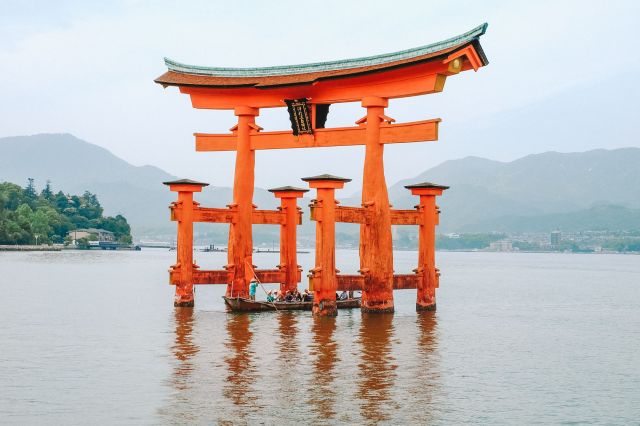
15 beautiful places you must visit in Japan
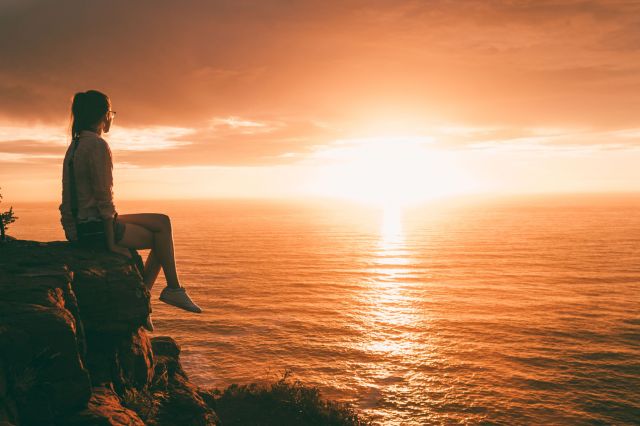
A Super Efficient 2-week South Africa Itinerary
Nomadic Matt's Travel Site
Travel Better, Cheaper, Longer
Japan Travel Guide
Last Updated: February 18, 2024
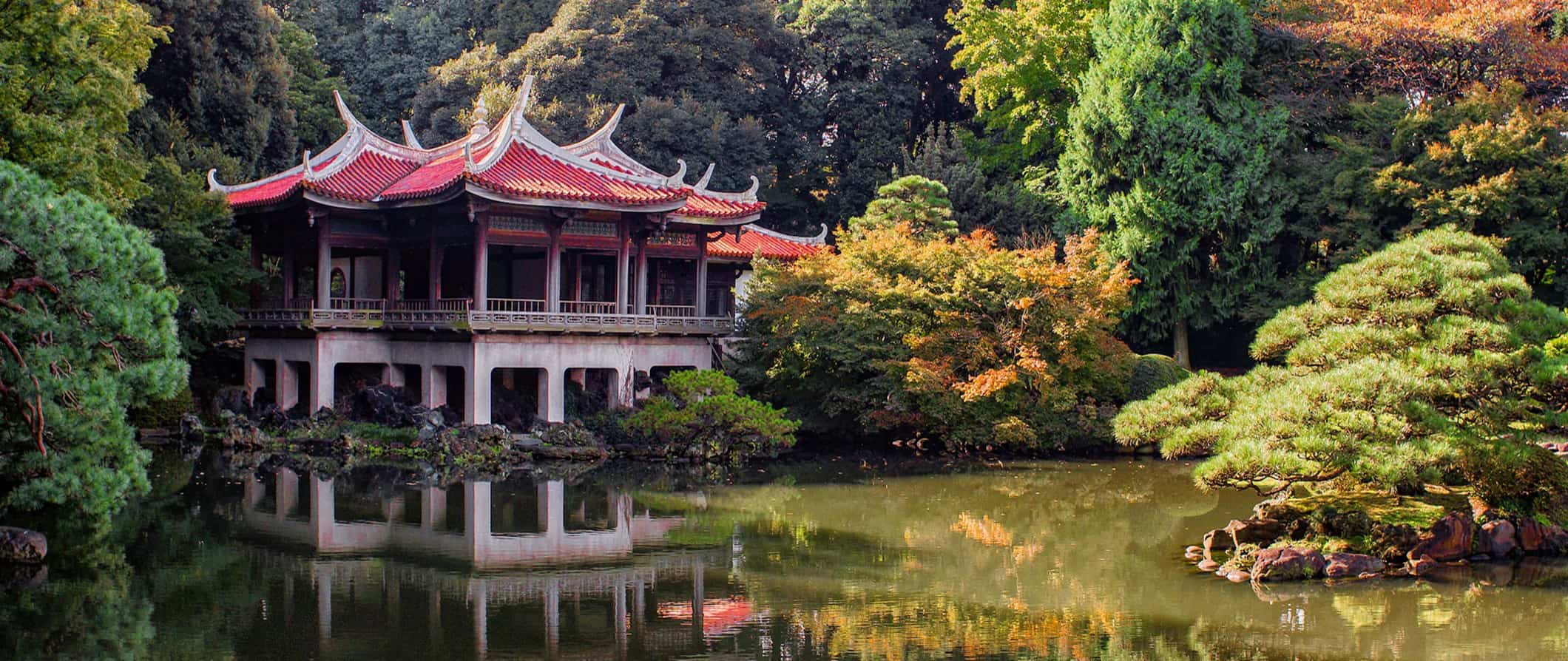
It was a lifelong dream to visit and, when I finally did, it lived up to all my expectations. Since that first visit, I’ve been there over five times. Japan is a country that blows everyone away. From the food to the people to the architecture and everything in between, I’ve never met someone who didn’t go to Japan and fall in love with it.
A lot of people delay visiting Japan because they think it’s super expensive. And, while some aspects of traveling there are expensive, there are plenty of ways to make it affordable. I was actually shocked how easy it was to see Japan on a budget .
This Japan travel guide can help you plan an affordable trip so you can see more, eat more, and spend less.
Table of Contents
- Things to See and Do
- Typical Costs
- Suggested Budgets
- Money-Saving Tips
- Where to Stay
- How to Get Around
- How to Stay Safe
- Best Places to Book Your Trip
- Related Blogs on Japan
Click here for City Guides
Top 5 things to see and do in japan.
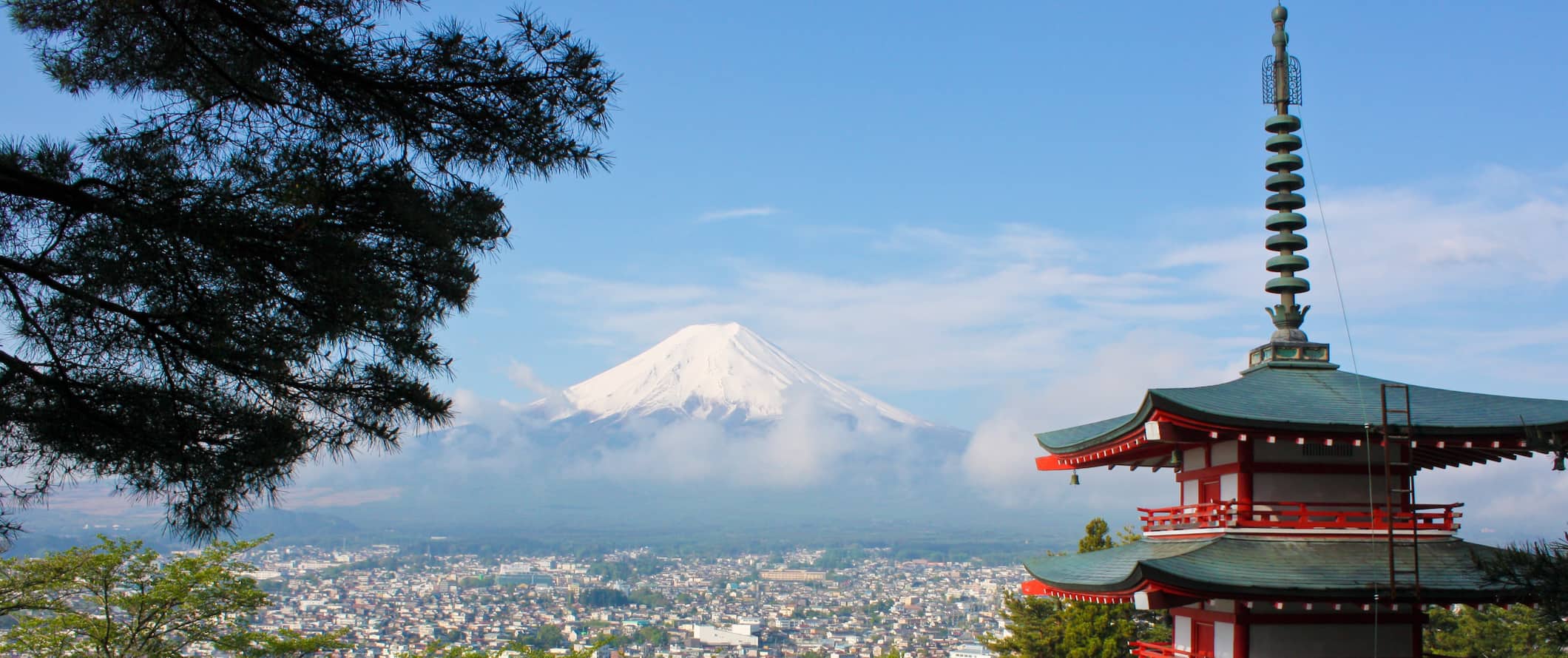
1. Explore Tokyo
Tokyo is one of the best cities in the world. Here you will find shrines, palaces, temples, hip clubs, fancy cocktail bars, weird fashion, and, of course, incredible people. Tokyo is a fast-paced, futuristic city. Be sure to also hit some of the quirky-themed cafés, wander the Harajuku district, walk across the iconic Shibuya crossing, and admire the Imperial Palace. Visit my detailed guide for more information .
2. Wander Kyoto
Boasting beautiful temples and Japanese gardens, Kyoto is one of the most popular destinations in Japan. This place definitely lives up to the hype because it retains much of the traditional lifestyle and is a good juxtaposition to fast-paced and high-tech Tokyo. See as many temples as possible , wander the enchanting bamboo forest of Arashiyama, (just get there early to beat the crowds), and do some hiking here. It’s a city not to be missed.
3. See Hiroshima
In 1945, the first atomic bomb to be used in combat was detonated in Hiroshima . Around 80,000 people were killed instantly and tens of thousands more died afterward due to radiation exposure. Visit the Hiroshima Peace Memorial (Genbaku Dome), which was the only building left standing after the bomb was dropped on August 6, and learn about one of the most controversial events in human history. I found the museum’s photos and artifacts sobering and eye-opening, and yet a must-see if you want to understand modern Japan. You can also take a cycling tour around the city to learn more about the bombing and its aftermath.
4. Climb Mount Fuji
This 3,776-meter (12,389-foot) mountain is located near Tokyo. As Japan’s tallest mountain, it is often covered by fog and clouds during the day, so ascents tend to happen early in the morning or overnight. In fact, some 400,000 people take part during the short climbing season that is only from early July to mid-September. If you’re visiting outside of the climbing season or just don’t want to hike the mountain, there are many tour providers that offer day trips from Tokyo from around 12,000 JPY.
5. Visit Sapporo
The gateway to Japan’s northern island of Hokkaido, this city is famous for its surrounding mountains, thermal baths, ski resorts, and lengthy beer brewing history. Hosting the 1972 Olympic Winter Games put the city on the international map, and it remains hugely popular for its cold-weather sports. It’s also home to the hugely popular Sapporo Snow Festival, where you can see world-class ice and snow sculptures each February (over two million people attend!). Although Sapporo is very much a ski haven, I also loved going in Spring because of the lush greenery and in particular, the thousands of Japanese cherry blossoms in Moerenuma Park. Don’t miss the Beer Museum and be sure to take the train to the coastal town of Otaru for uni (which is harvested there).
Other Things to See and Do in Japan
1. visit the tsukiji and toyosu fish markets.
Tokyo’s fish markets start bright and early at 4am. Here you can see the frenzied buying and selling of the world’s largest tuna market. Tsukiji was the original market but, as of 2018, the inner fish market moved to Toyosu and is now known as the Toyosu Fish Market. However, the outer market (where you can find food and shops) is still at Tsukiji. You can take a guided tour to learn about its history, how it works, and even learn how to roll sushi in a workshop at the end. Shops start opening around 6am so it’s a perfect place to go when you have jetlag.
2. Spend a day in Kyoto’s Gion District
Otherwise known as the Geisha District, this neighborhood is filled with fascinating historic architecture and is a good area for window shopping. Geishas (traditional professional entertainers) have worked here for centuries, and if you’re lucky, you may be able to spot one going to or from a social engagement at one of the establishments. (Just note that photographs are forbidden on the narrow alleys to prevent harassment of the geishas.) You can also take a nighttime walking tour .
3. Explore Nara
Located just one hour from Kyoto , Nara is famous for its 1,300 “wild” deer that freely roam Nara Park. The Japanese consider deer to be messengers of the gods, so they are free to roam the city (their horns are cut short, so they can’t hurt people). There are vendors selling crackers all around the park, so you can feed them by hand. While here, be sure to take in the world’s largest wooden building, Todai-ji, which dates to the eighth century and was reconstructed in the 1700s. Most travelers visit Nara as a day trip from Kyoto, but I suggest staying at least a night to really see everything.
4. See Osaka
Osaka is the third-largest city in Japan and its financial heart. It’s also a big foodie hub. Mouthwatering sushi and sashimi, Kobe beef, Japanese barbecue, and flavorful ramen can all be found here in abundance. There are also popular specialties like okonomiyaki (a savory pancake with egg and vegetables) and kushikatsu (skewered kebabs). You can take a food tour for around 12,000 JPY or just wander and eat.
Beyond the food, don’t miss Osaka Castle. While it’s not the original (this version dates to 1931), it’s nevertheless an impressive sight. It’s home to a small but insightful museum and an observation deck that offers some picturesque city views.
5. Relax in Ueno Park
Established in 1873, Tokyo’s Ueno Park is a great place to spend the day. It’s the perfect spot to see the cherry blossom trees (April is the best time of year if you hope to catch them in full bloom). Year round, you will find events on the weekend, people hanging out here on a beautiful day, and plenty of museums to visit. The park is home to the Tokyo National Museum, a couple art museums, and a zoo. You can also take a three-hour architecture tour around the park .
6. Admire the Imperial Palace
The Imperial Palace is home to the emperor of Japan (whose lineage stretches back over a thousand years). It was built on the site of the former Edo Castle, which was originally constructed in the 15th century. Though you can’t go inside the palace itself, the surrounding grounds and park are beautiful, and you can watch the changing of the guard. You can visit select parts of the grounds on a 75-minute guided tour at 10am and 1:30pm Tuesday-Saturday. The Imperial East Gardens are free and open daily except Mondays, Fridays, and holidays. There’s also a lot of free walking tours that take you around and give you a history of the palace.
7. Visit Miyajima Island
Miyajima is a UNESCO World Heritage Site located about an hour outside of Hiroshima, known as “Shrine Island” because of its temple and iconic floating torii gate. Itsukushima Shrine, the main one here, dates back to the 12th century. There’s also a five-story pagoda that dates back to the 15th century, and the tranquil Momijidani Park, one of the most beautiful maple valleys in the country. And, like Nara, there are plenty of deer here too. A trip to the island can easily be made into a full day if you hit the walking trails nearby. And be sure to hike up Mount Misen — it’s a great workout, and the views are stunning! There is also a cable car to the peak you can take for 2,000 JPY round-trip.
8. Tour Bitchu Matsuyama Castle
At 430 meters (14,100 feet), not only is this Japan’s highest castle but it’s also its only remaining original one (most were destroyed in fires or during World War II). The castle was originally built on a nearby mountain in 1240 by Akiba Shigenobu. In 1929, restoration work began, and it is now a popular tourist site. Admission is 500 JPY for just the castle or 1,000 JPY for the castle, temple, and nearby samurai houses. If you’d like to patronize the Takahashi Folk Museum and Yamada Hokoku Museum, the entire combined ticket costs 1,500 JPY.
9. Go on the temple pilgrimage
The 88 Temple Pilgrimage (also known as “Shikoku Henro”) is an ancient route that circles the island of Shikoku, one of Japan’s four main islands. Under consideration for UNESCO status, the route stretches 1,200 kilometers (745 miles) and can take between 30 and 60 days. Pilgrims typically wear special white robes and carry a walking stick so they stand out (locals take pride in helping and welcoming pilgrims so standing out is a good thing). It’s one of the only circular pilgrimages in the world, with roots dating back over a thousand years. Between 150,000 and 200,000 people do the hike each year. In addition to the 88 official temples, there are also 20 additional sites you can visit as well. Most pilgrims hike between March-May or October-November since the summer is too warm. If mobility is an issue, you can also explore the route via car or bus, which takes around 10 days.
10. Explore Nikko
Located two hours north of Tokyo in the mountains, Nikko has welcomed worshippers of both Buddhist and Shinto traditions for centuries, so there are many temples and shrines in the woods to visit. Nikko is also the home of the imperial summer palace (the only imperial residence opened as a museum) and the resting spot of Tokugawa Ieyasu, the first shogun of Tokugawa Shogunate (1603–1868). You’ll also find lots of waterfalls in the area and a beautiful lake to go boating on. The trails at nearby Nikko National Park offer excellent hiking. Don’t miss Nikko Toshogu, Kegon Falls, Ryuzu Falls, Shinkyo Bridge, Lake Ch?zenji, Kanmangafuchi Abyss, and the Imperial Palace! Only a few hours from Tokyo, Nikko is a really nice destination for two or three nights.
11. Stay in a ryokan
A ryokan is a traditional Japanese bed-and-breakfast, usually found in the more scenic regions. They date back over 1,200 years and are known for their traditional tatami floors, communal baths, sliding doors, and cozy interiors. Ryokan s make for an intimate and unique Japanese experience, featuring included meals and traditional Japanese robes (called yukata ). Beds are traditional futons, and there is usually a common area where you can make tea and chat with the owner.
12. Soak in an onsen
Natural hot springs are widespread throughout the country, and can be found both indoors and outdoors. They are a great way to “soak in” some traditional Japanese culture. Each has a different mineral composition. Expect to pay around 1,000 JPY for a budget bathhouse. (Just note that many do not allow people with tattoos or require tattoos to be covered. They are also separated by gender.) Hakone is the most popular onsen destination as it’s just 90 minutes away from Tokyo and is nestled into the mountains. Other popular choices include Beppu, Yufuincho, Noboribetsu, and Ibusuki.
13. Explore Daisetsuzan National Park
If you make it all the way up to Hokkaido (the northern prefecture of Japan and second-largest island), be sure to spend some time exploring Daisetsuzan (“Great Snowy Mountains”) National Park. Located around two hours from Sapporo, the park offers numerous trails, and some of the most rugged and beautiful landscapes in the country. It’s also one of the last remaining places in Japan to see brown bears. The most popular hike here is Mount Asahidake, a challenging volcano that takes 3-4 hours. The park is a far cry from the tourist trail and usually just sees Japanese visitors, so you’ll get to enjoy a spot locals favor.
14. Relax in Okinawa
If you need a break from the fast pace of Japan, hop on down to Okinawa Prefecture, considered “the Hawaii of Japan.” Life proceeds at a much slower pace here, and the climate is subtropical. Even Naha, the biggest city in the region, is laid-back. Okinawa is famous for its diving opportunities as well as World War II sites and memorials. From Okinawa Honto (the main island), you can hop to other smaller islands by ferry, including some that are very remote and rarely see visitors (such as Iriomote or Kume). Camping, whale watching, and hitting the beach are some of the most popular activities here.
15. Admire Kanazawa
Located on the west coast, Kanazawa is known for its incredibly well-preserved Edo-era (1603–1868) districts (the final period of traditional Japan). Home to under 500,000 people, the city is called “Little Kyoto” — but without the oppressive crowds. I think this is a really nice, off-the-beaten-path destination. Make sure to see Tsuzumi-mon Gate, admire Kanazawa Castle, and explore the geisha districts and samurai district (Nagamachi), where numerous preserved houses remain. Head to the Omicho Fish Market for fresh fish and seafood (there are dozens and dozens of stalls here). And if you want to learn more about Buddhism, visit the DT Suzuki Museum (Suzuki was a Zen Buddhist academic and philosopher who helped introduce Zen Buddhism to the West).
16. Hike in the national parks
Japan may be a small country but it’s preserved a lot of its natural landscapes. There are 34 national parks, each offering respite from the hectic and dense cities that Japan is known for. Nikko (mentioned above) is best for seeing fall colors; Daisetsuzan (also mentioned above) has lots of remote onsen and challenging trails; Keramashoto, located in Okinawa, has some of the best islands and beaches, as well as over 250 types of coral; and Yoshino-Kumano is famous for its cherry blossoms. There are a lot of parks to choose from! Try to see at least one!
17. Visit Takashima
Home to just 50,000 people, Takashima is just a short drive from Kyoto on the coast of Lake Biwa (the largest freshwater lake in Japan). The city boasts castle ruins, plenty of old shrines and Buddha statues, and a picturesque floating torii gate (similar to the one in Miyajima) at the Shirahige Shrine. There’s also a four-kilometer (2.5-mile) walking route lined with cherry trees. Moreover, this town is famous for its Hida beef, which I think is the best beef in all of Japan. For a fun day trip, head to Chikubushima, a small island on Lake Biwa where you can visit centuries-old temples as you hike around the island.
For information on specific cities in Japan, check out these city guides:
- Hiroshima Travel Guide
- Kyoto Travel Guide
- Tokyo Travel Guide
Japan Travel Costs
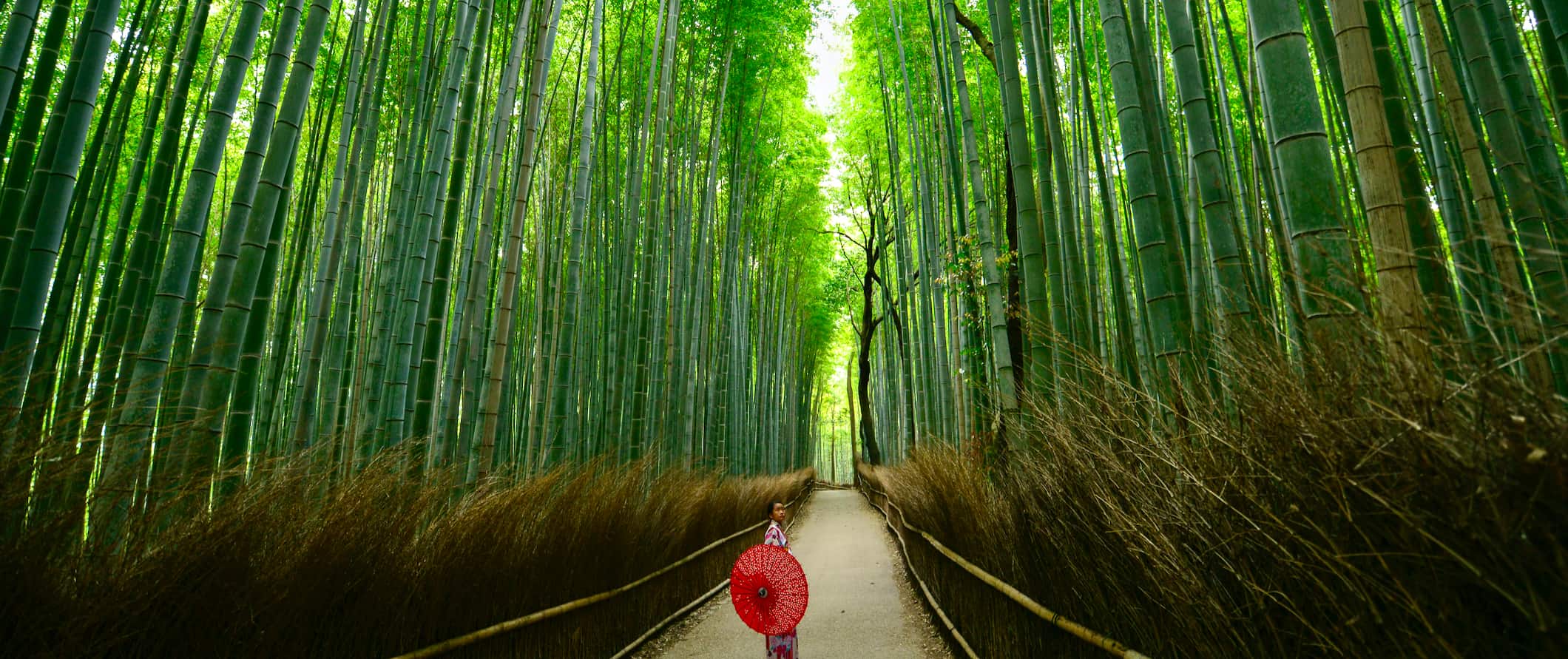
Accommodation – Expect to spend 2,500-4,500 JPY per night for a dorm room in a hostel (prices are on the higher end in larger cities like Tokyo or popular tourist destinations like Kyoto). Free Wi-Fi, private lockers, and self-catering facilities are standard in most hostels. But it’s uncommon for them to provide breakfast here. For a private room with a twin or double bed, expect to pay 6,500-15,000 JPY per night. Prices are generally the same year-round.
Capsule hotels cost 3,000-5,500 JPY for a tiny coffin-like pod that’s essentially just a bed, often with a small TV, light, and outlet to charge your devices. There are shared bathrooms and sometimes a small common room as well. It’s not fancy, but it’s a unique (and very Japanese) experience.
For (non-capsule) budget hotels, expect to spend 6,000-10,000 JPY per night for a double room. For Western hotel chains, expect to spend around 20,000 JPY or more per night. Note: For accommodation in Tokyo, add 50% to all these prices.
Airbnb is heavily regulated in Japan and, as such, there aren’t too many options. What rooms are listed are mostly hotels and guesthouses. Private homes/apartments usually start around 15,000-20,000 JPY per night, while private rooms (i.e., hotel rooms) run 8,000-10,000 JPY per night and up.
If you are looking for a more unique experience, consider staying at a ryokan , a traditional Japanese bed-and-breakfast. While they are more expensive than a standard hotel, it’s a unique and memorable experience, as you’ll get to sleep on traditional futons and tatami mats.
Food – Japanese cuisine is world-renowned and has even earned a spot on UNESCO’s Intangible Heritage List. While each region has its own specialties, rice, noodles, seafood, and seasonal produce all feature heavily no matter where you are. Plus, there’s izakaya (small plates), yakitori (grilled food), curry bowls, BBQ, and so much more. One of the best things about visiting Japan is the food.
Food in Japan is relatively inexpensive so long as it’s not imported (fresh fruit will blow your budget!). The most common cheap eats are using curry, donburi (bowls of meat and rice), or ramen. Curry and donburi bowls cost 500-700 JPY while ramen or soba noodles are usually around 1,200 JPY. Okonomiyaki (a Japanese pancake with noodles or rice) is between 1,000 and 1,300 Yen.
Fast food (think McDonald’s) is around 800 JPY for a set menu. You can also find plenty of cheap meals and prepackaged items at 7-Eleven (locals actually get a ton of food here as it’s delicious and quick). Noodles, rice balls, tofu, and prepackaged sushi are all available for only 250-500 JPY per item. (Trust me, it’s good!)
Most sit-down restaurant meals are going to cost you 2,000-3,000 JPY. Sushi conveyor belt restaurants (which are super fun) will run you 125-600 JPY per piece. Quicker lunch spots are going to be around 1,500 Yen.
Fine dining is a tradition rooted in Japanese culture, and kaiseki ryori is a style of high-end, multi-course Japanese dining that originated in Kyoto. It costs about 8,000-10,000 JPY for a set menu of seven courses, covering everything from chicken to Wagyu steak to sushi.
High-end omakase sushi restaurants (where dishes are selected by the chef) will set you back at least 10,000 JPY, though more likely closer to 20,000 JPY. (In Tokyo, the best ones are 30,000 JPY.)
Domestic beer is around 450-550 JPY, and sake is about 800-900 JPY per glass. A cocktail will set you back about 1,200 JPY, though at the famous cocktail bars in Tokyo, expect to pay closer to 1,600 Yen per drink. A latte or cappuccino is 500-600 JPY, and a bottle of water is 100-130 JPY. Soda is around 200 Yen.
Expect prices to be higher in the bigger cities and cheaper in the countryside.
Buying groceries costs around 5,000-6,000 JPY per week for basic staples like rice, vegetables, and fish. However, given the availability of such cheap food, it’s doubtful you’ll go grocery shopping to prepare your own meals.
Backpacking Japan Suggested Budgets
If you’re backpacking Japan, plan to budget 7,000 JPY per day. This assumes you’re staying in a hostel dorm, cooking some of your meals, eating at the cheap restaurants and takeaways, visiting free museums and temples, and using public transportation to get around.
On a more midrange budget of 16,000 JPY per day, you can stay in nicer accommodations, eat out more liberally, indulge in more drinks, visit more attractions, and, overall, just have some more breathing room in your travels! On this budget, you’ll be able to do most things.
On an upscale budget of 28,000 JPY per day or more, you can stay in traditional Japanese accommodations or two-star hotels, eat at nicer restaurants each day, splurge on some meals, enjoy drinks as often as you want, take tours, and, overall, just afford whatever you want!
You can use the chart below to get some idea of how much you need to budget daily, depending on your travel style. Keep in mind that these are daily averages — some days you’ll spend more, some days you’ll spend less (you might spend less every day). I just want to give you a general idea of how to make your budget. Prices are in JPY.
Japan Travel Guide: Money-Saving Tips
I think Japan’s reputation as an expensive country is overstated. Outside of accommodation and transportation, it’s actually really affordable. Is it super cheap? No. Is it super expensive? Not at all. There are plenty of ways to lower your costs and all non-imported food is really inexpensive. Here are some ways to save money when you visit:
- Visit the free attractions – With its countless museums, galleries, shrines, temples, historic neighborhoods, and parks, Japan is filled with opportunities to immerse yourself in its culture without spending a Yen. Moreover, many of the nation’s parks and gardens are also free. Start with them and you’ll fill your days on the cheap!
- Get a JR Pass – The bullet trains in Japan are ridiculously expensive, with one-way fares costing hundreds of dollars. If you plan to do a lot of traveling around the country, get the JR Pass , which allows you unlimited train travel and can save you a ton of money. It comes in 7-, 14-, and 21-day options. (Keep it mind it can only be purchased outside of Japan, so be sure to plan ahead.)
- Take the bus – Buses are a far more economical option than the trains. They cost a fraction of the price. For example, the unlimited Japan Rail Pass costs 29,650 JPY for seven consecutive days of travel, but this is far more expensive than using the bus. But buses take a lot longer. For example, the two-hour bullet train ride from Tokyo to Osaka becomes a 10-hour bus ride. Bottom line: if you have the time, take the bus.
- Shop at the 100-yen stores – There are many 100-yen shops around the country. They all sell meal sets, groceries, water bottles, toiletries, and household items. Store names vary by region, so ask your hotel or hostel reception where the nearest “Hyaku En” store is located.
- Eat at 7-Eleven – 7-Eleven, Family Mart, and other convenience stores have a lot of pre-made meals that make for a cheap lunch or snack. The food is actually really good and you’ll always see locals dipping in and getting a quick lunch or snack here. Don’t be afraid to at them.
- Cook your own food – Many hostels have kitchens where you can cook your own meals. Combining this with shopping at the 100-yen stores will drastically cut your food costs.
- Eat curry, ramen, and donburi – These dishes are the best option for eating cheap, filling meals. These cost from 400 – 1200 Yen (ramen is 1200). Shops specializing in these dishes are all over the country so you can easily find them. They are on every corner and the cheapest way to eat on a budget.
- Stay with a local – Using hospitality sites like Couchsurfing allows you to stay with residents, so you not only get a free place to stay but you get to interact with someone who can share their insider tips.
- Buy food before grocery stores close – After 8pm, many supermarkets discount their fresh food, as they have to get rid of it by law. You can save up to 50% on almost all ready-made meals. It’s a great cheap dinner.
- Hitchhike – Japan is one of the world’s safest countries, and many locals are curious enough to pick up foreign visitors. Hitchhiking isn’t really practiced by Japanese, so you will stand out as a tourist, which will increase your chances of finding a ride.
Where to Stay in Japan
There’s a lot of affordable accommodation in Japan, especially if you avoid Western style hotels and chains. To help you save money on accommodation, here’s my list of the best hostels and budget hotels in Japan:
- Hostel Chapter Two Tokyo (Tokyo)
- Hotel Century Southern Tower (Tokyo)
- Backpacker Hostel K’s House Kyoto (Kyoto)
- Gojo Guest House (Kyoto)
- The Pax Hostel Records (Osaka)
- Roku Hostel Hiroshima (Hiroshima)
- Guesthouse Akicafe Inn (Hiroshima)
- WeBase HAKATA Hostel (Fukuoka)
How to Get Around Japan
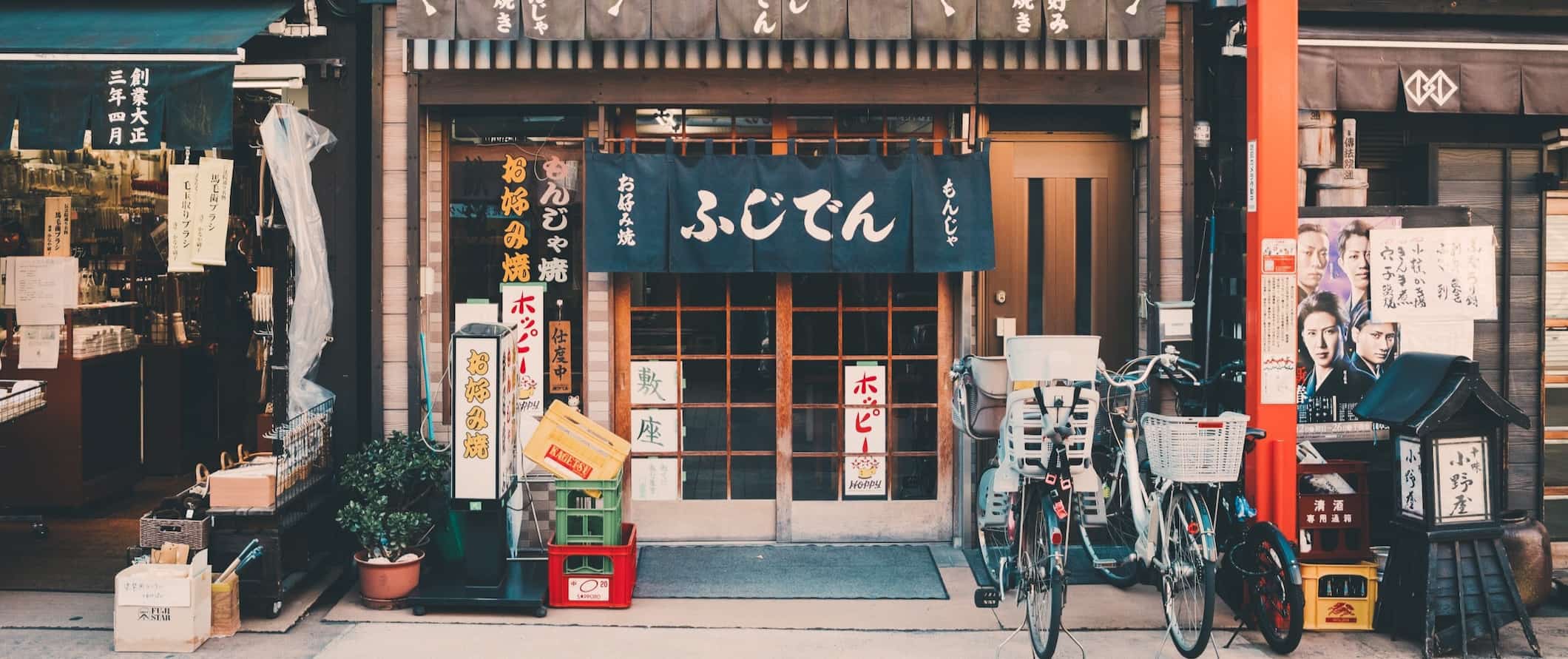
Public transportation – Metro or bus tickets cost 150–300 JPY for a single journey. (The price varies by distance and may often be higher.) Fares are usually around 220 JPY to travel across Tokyo but less for shorter distances. In most major cities, you can buy a day pass, which gives you unlimited travel for 24 hours for around 800-1,100 JPY.
Train – Train travel is the quickest way to get around Japan. The bullet train is awesome, comfortable, and super-fast — but it’s not cheap. Individual tickets can cost hundreds of dollars. In order to reduce your train costs, get a Japan Rail Pass , which is indispensable for travel here.
Even if you just get the seven-day pass, it’s the same price as a round-trip train ticket from Osaka to Tokyo. Moreover, the JR trains also serve urban areas and so can be used within cities. I used my pass to get around Kyoto and Tokyo instead of buying metro tickets.
So, even if you aren’t going to do much traveling around Japan, buying a pass is better than buying individual tickets. While the high price of the pass can cause sticker shock, the alternative is worse.
Additionally, be sure to download the Navitime app . It has offline maps, train and public transit routes, and info on train stations. It’s a lifesaver when trying to figure out how to get around the country.
Bus – Buses are a less expensive alternative to the bullet train system in Japan, but they take more time. For example, the two-hour bullet train ride from Tokyo to Osaka becomes a ten-hour bus ride. The price for that seat is 4,500-8,000 JPY, but at some point, you need to think about how much your time is worth.
There are also bus passes that offer unlimited travel and begin at 10,200 JPY for three nonconsecutive days of travel. You can use these two websites to book your bus journeys:
- Willer Express
- Japan Bus Lines
If you have more time than money, take the bus. Otherwise, I’d say splurge and take the train, because they really are much faster and much, much more comfortable.
Flying – Generally, flight prices are on par with bullet train tickets. ANA, one of the country’s two main carriers, offers special last-minute fares via a hidden page on its website , usually for around 14,000 JPY for a seat. It’s only available to foreigners and can sometimes be cheaper than the flights you find on booking platforms, especially for longer routes around the country.
Flights from Tokyo to Okinawa are around 23,000 JPY (round-trip) while those from Tokyo to Sapporo are around 16,000 JPY (round-trip).
Car rental – With efficient public transportation and nationwide bullet trains, renting a car here really isn’t necessary. However, if you do need one, multi-day rentals start at 6,000 JPY per day. Just remember that people drive on the left here! For the best car rental prices, use Discover Cars .
When to Go to Japan
Temperature and weather vary drastically across Japan, meaning it’s always a good time to visit some part of the country. While most of Japan does have four seasons (including snowy, freezing winters in the north), Okinawa and the islands in the south are warm year-round. It gets cold in Tokyo, but it generally doesn’t snow.
Expect warm, humid weather from June through August, with temperatures hovering around 32°C (89°F). Japan also gets a lot of rain, mostly in the summer months, from mid-June to mid-July. It gets a little drier in August, before the precipitation picks up again in September. Typhoon season occurs from May to October. Japan is well-equipped to handle all types of typhoons, but be sure to purchase travel insurance in advance !
Overall, there’s no real bad time to visit. Winter is awesome for skiers or snowboarders, spring is famous for its cherry blossoms, summer is full of festivals, and fall has brilliant autumn colors and nice temperatures. I personally prefer spring and fall, as the summer heat and humidity is pretty oppressive.
How to Stay Safe in Japan
Japan is a very safe country. There’s virtually zero chance you’re going to get robbed, scammed, or hurt here. Your biggest issues will most likely come from other foreigners who get drunk and are causing trouble.
Solo female travelers should generally feel safe here, but the standard precautions apply (never leave your drink unattended at the bar, never walk home alone intoxicated, etc.). Japan does have a problem with groping, especially on packed trains. Most train companies now have “women-only” cars during rush hour (you’ll see pink signs indicating where women should board).
Scams in Japan are nonexistent. No one is going to rip you off. The listed price is the listed price and the same for everyone. There are no tourist prices here.
Your main risk here is from Mother Nature. Earthquakes and typhoons aren’t uncommon, so make note of exits when you arrive at your accommodation. Download offline maps to your phone, as well, in the event you may need to navigate the city during an emergency.
If you do experience an emergency, dial 110 or call the nonemergency Japan Helpline at 0570-000-911.
The most important piece of advice I can offer is to purchase good travel insurance. Travel insurance will protect you against illness, injury, theft, and cancelations. It’s comprehensive protection in case anything goes wrong. I never go on a trip without it, as I’ve had to use it many times in the past.
Japan Travel Guide: The Best Booking Resources
These are my favorite companies to use when I travel. They consistently have the best deals, offer world-class customer service and great value, and overall, are better than their competitors. They are the companies I use the most and are always the starting point in my search for travel deals.
- Skyscanner – Skyscanner is my favorite flight search engine. They search small websites and budget airlines that larger search sites tend to miss. They are hands down the number one place to start.
- Hostelworld – This is the best hostel accommodation site out there with the largest inventory, best search interface, and widest availability.
- Agoda – Other than Hostelworld, Agoda is the best hotel accommodation site for Asia.
- Booking.com – The best all around booking site that constantly provides the cheapest and lowest rates. They have the widest selection of budget accommodation. In all my tests, they’ve always had the cheapest rates out of all the booking websites.
- Get Your Guide – Get Your Guide is a huge online marketplace for tours and excursions. They have tons of tour options available in cities all around the world, including everything from cooking classes, walking tours, street art lessons, and more!
- SafetyWing – Safety Wing offers convenient and affordable plans tailored to digital nomads and long-term travelers. They have cheap monthly plans, great customer service, and an easy-to-use claims process that makes it perfect for those on the road.
- LifeStraw – My go-to company for reusable water bottles with built-in filters so you can ensure your drinking water is always clean and safe.
- Unbound Merino – They make lightweight, durable, easy-to-clean travel clothing.
- Japan Rail Pass – This is a flexible transportation pass used for navigating Japan. Similar to the Eurail pass in Europe, it turns expensive bullet trains into budget-friendly modes of transportation. You honestly can’t visit Japan without one.
Japan Travel Guide: Related Articles
Want more tips? Here are all the articles I’ve written on Japan travel to continue planning your visit:
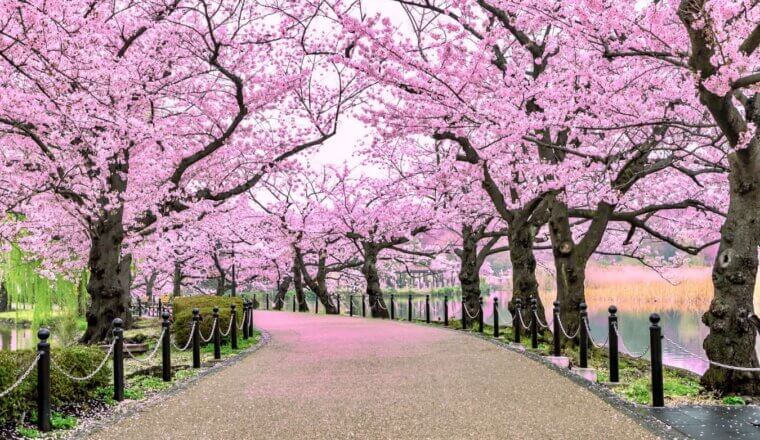
The Perfect 7-Day Japan Itinerary for First-Time Visitors
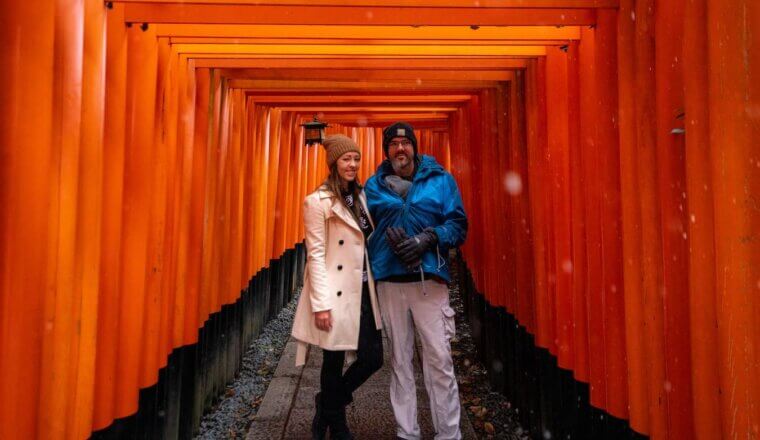
How to Travel Japan with a Baby
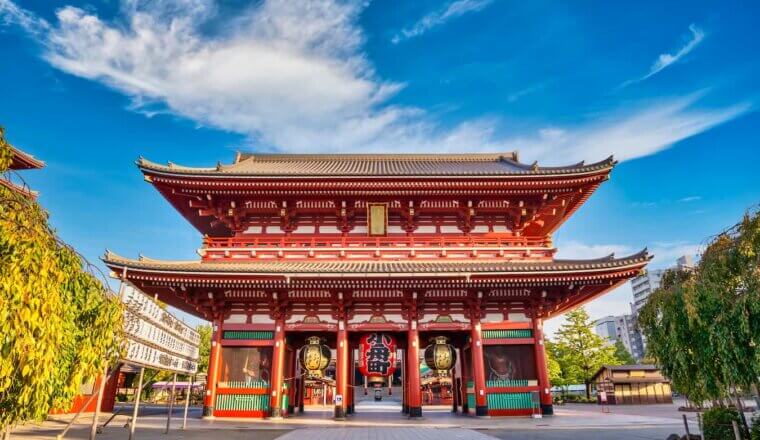
Where to Stay in Tokyo: The Best Neighborhoods for Your Visit
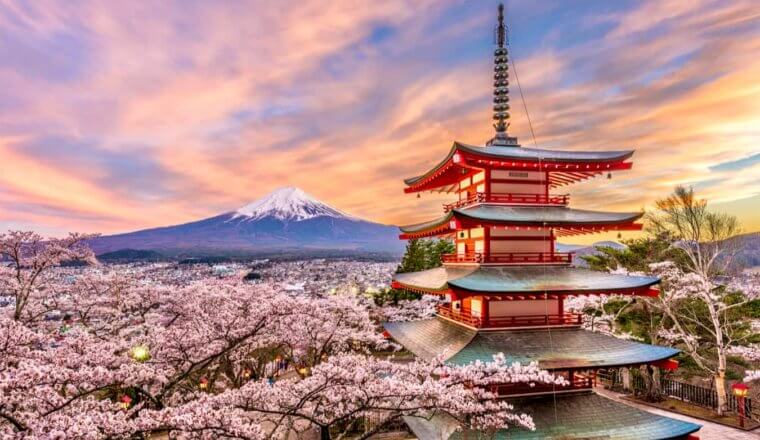
The Ultimate Japan Itinerary for First-Timers: From 1 to 3 Weeks
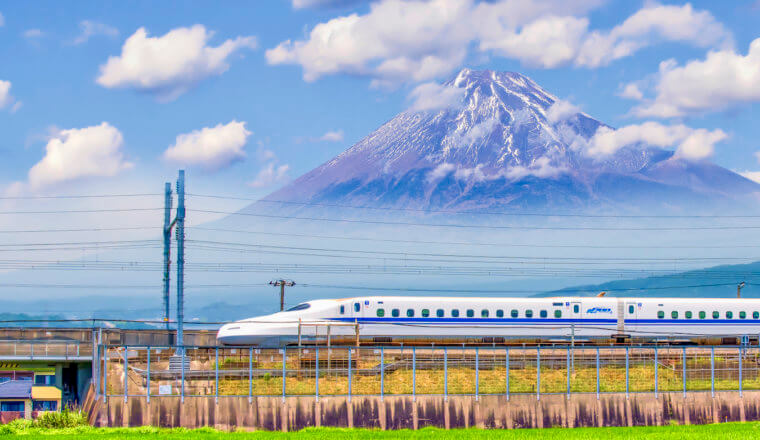
A Complete Guide to the Japan Rail Pass
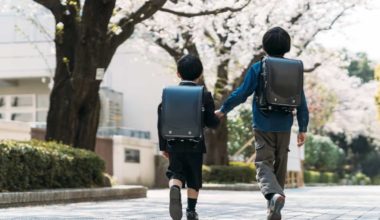
How to Teach English in Japan
Get my best stuff sent straight to you, pin it on pinterest.
- Where To Stay
- Transportation
- Booking Resources
- Related Blogs
- South Africa
- Afghanistan
- North Korea
- Adventure + Outdoors
- Amusement Parks
- Backpacking Trips
- Boating + Cruises
- Budget Travel
- Bus + Train Travel
- Coasts + Islands
- Country Trips
- Fall Vacations
- Family Vacations
- Green Travel
- Heritage + History
- Honeymoons + Romance
- Inspiration + Guide
- Landmarks + Attractions
- LGBT Travel
- Markets + Bazaars
- National Parks + Reserves
- Nature + Wildlife
- Parks + Gardens
- Pets + Animals
- Photography
- Airlines + Airports
- Budgeting + Currency
- Business Travel
- Celebrity Travel
- Customs + Immigration
- Deals + Rewards
- Family Travel
- Hotels + Resorts
- Luggage + Packing Tips
- Offbeat News
- Photography Tips
- Responsible Travel
- Solo Travel
- Tech + Gear
- Travel Etiquette
- Travel Warnings
- Bars + Clubs
- Celebrity Chefs
- Restaurants + Cafés
- Wine + Vineyards
- Beach Hotels
- Boutique Hotels
- Hotel Openings
- Hotel Reviews
- Luxury Hotels
- Mountain + Ski Resorts
- Spa Resorts
- Vacation Rentals
- Asia Cruises
- European Cruises
- Festivals + Events
- Museums + Galleries
- Style + Design
- Travel’s Best
- Hotel with Agoda.com
- Hotel with Booking.com

India travel tips — 25+ what & things to know before…

Must eat in Hong Kong — 7+ must eat & must…
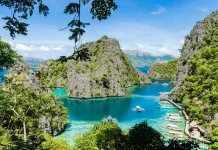
Coron itinerary 5 days — What to do & how to…
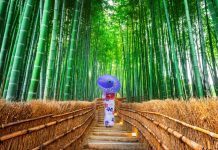
Arashiyama travel blog — The fullest Arashiyama travel guide with top…
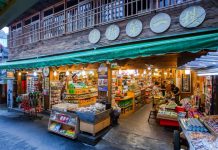
Explore Fenqihu old street — What to do in Fenqihu in…

India trip tips — 9+ things to know before going to…

All about tips in Nepal — How much to tip in…

Cambodia travel tips — 15+ what to know & things to…

When is the best time to visit Kyoto? — The best,…

Must eat in Georgetown — 10+ famous, must-eat & best street…

Must eat in Melaka — 10+ famous Malacca street food &…

Hong Kong Soya sauce Chicken Rice and Noodles — The first…

Top hotels in Siem Reap — 8+ best places to stay…

Top hotels in shanghai — 15+ best hotels in Shanghai

Top hotels in Malacca — 10+ good & best hotels in…

Top places to stay in Bali — Top 10 best areas…

10 must-know things for your best first time European river cruise

Top 3 best luxury cruises in Halong Bay, Vietnam

Cherry blossom festival Korea 2024 — Top 5 cherry blossom festivals…

Ghibli museum blog — The fullest Ghibli museum guide for first-timers

Kyoto festival — Top 10 best events & most famous festivals…

National Palace Museum Taipei blog — What to see in National…

Japanese waterfall — Top 10 most beautiful waterfalls in Japan in…

19+ most beautiful towns in Europe every tourist need to visit…

Georgia travel photos — 20+ captivating photos show Georgia is heaven…

Explore Damnoen Floating Market — The oldest floating market of Thailand

Visiting Fenghuang Ancient Town — One of the most charming ancient…

Mekong Delta travel blog — Beyond rivers of Southwestern Vietnam

14 reasons why you should travel when you are young

Shigaraki Tanuki – An animal symbol of good luck in Japan

Living in the charms of cave houses in Andalucia, Southern Spain

20+ jaw-dropping tiny homes around the world
Japan travel blog — the fullest japan travel guide for first-timers.
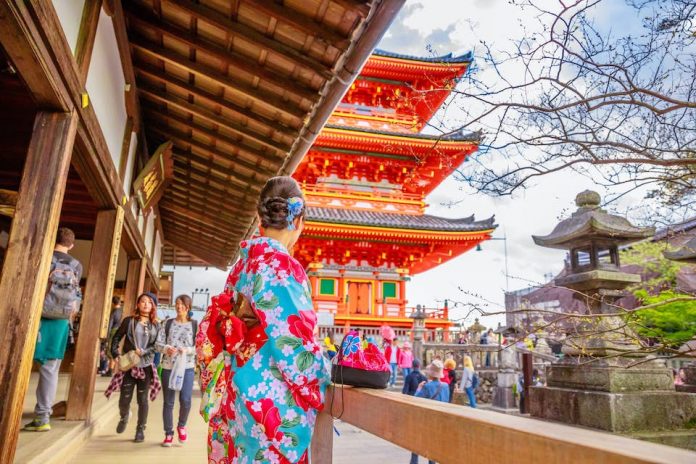
Japan is a country with so many worth places to go. For the first time, most visitors are only interested in some famous places such as Tokyo, Kyoto or Osaka. But Japan has a lot of interesting things more than that. From cities covered with cherry blossoms, the famous Mount Fuji, to small villages with unique nuances unmistakable anywhere. You can exploring Japan with just 7 days, enough to visit 2, 3 major tourist cities. Or 2 weeks (until the visa expires) to travel more, or spend a whole month to travel across the beautiful Japan. In order to have a full meaning trip and especially to ensure the budget does not exceed too much, you need a very details plan and preparation.
Arashiyama travel blog — The fullest Arashiyama travel guide with top things to do in Arashiyama
- Tokyo best parks — 10+ best & most beautiful parks in tokyo
- Yamanashi blog — The Yamanashi travel guide & top things to do in Yamanashi
- When is the best time to visit Kyoto? — The best, worst, affordable & best season to visit Kyoto
- When is the best time to visit Japan? — The best, worst, cheapest, affordable & best season to travel to Japan
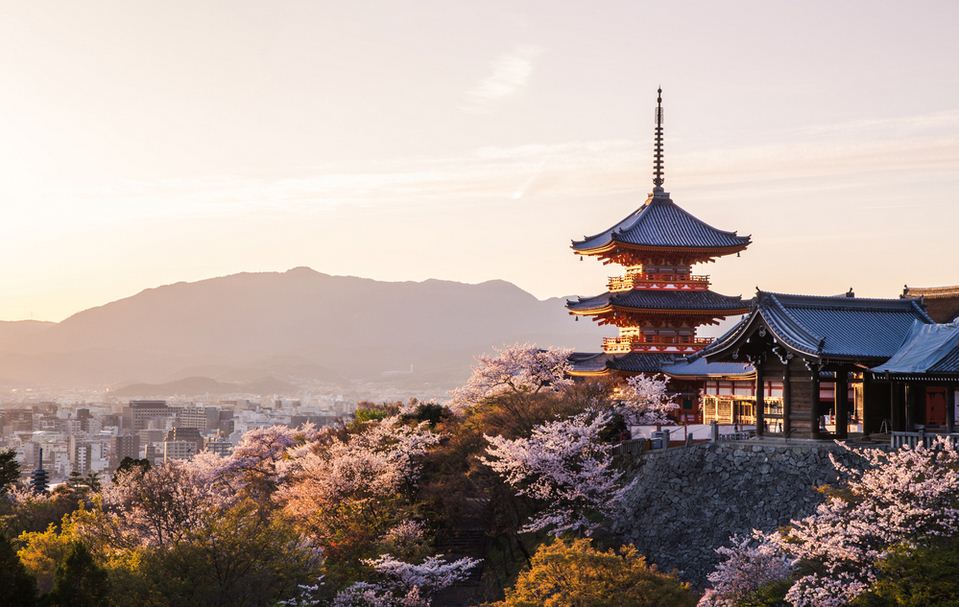
So, is Japan worth visiting, how to visit Japan, what to do in Japan and how to plan a budget trip to Japan for the first-time perfectly? Let’s check out our Japan travel blog (Japan blog) with the fullest Japan travel guide (guide to Japan, Japan tourist guide, Japan city guide, Japan guide) from how to get to Japan, best places to visit, best time to come, what to eat as well as top things to do in Japan to help you maximize your trip as follows!
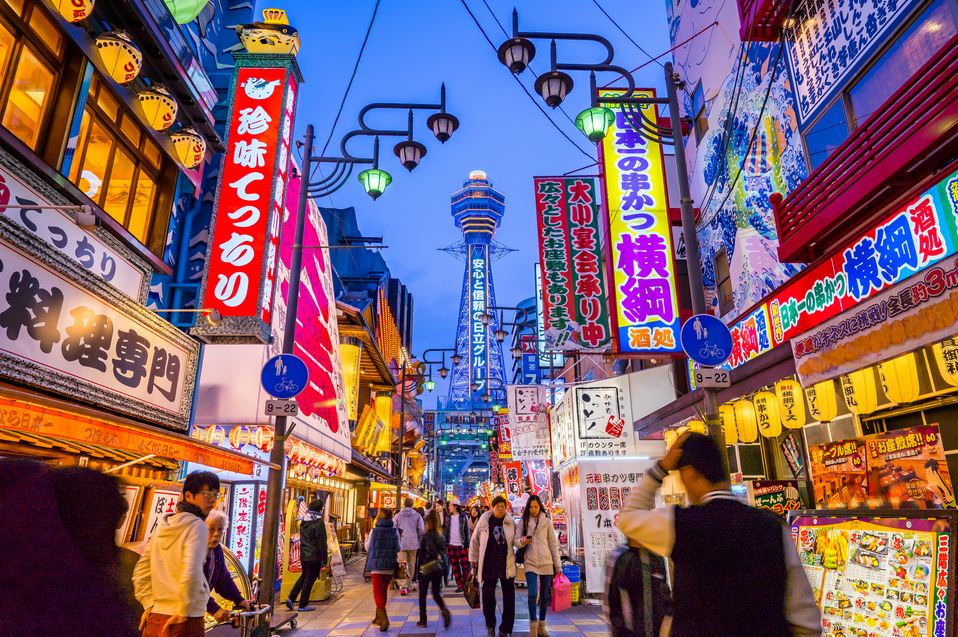
Japan travel guide: Making a feasible itinerary when traveling to Japan
Honestly, to going to all the beautiful spots in Japan can take several months. With a normal visa period of only 15 days for Vietnamese tourists you will have to consider the places to go, the places must visit.
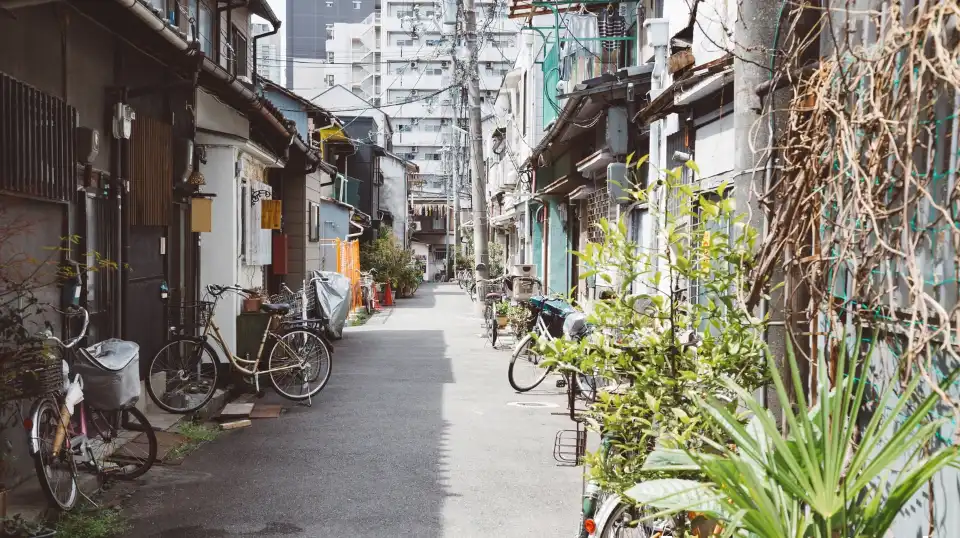
Japan is inherently a collection of many isolated islands in the ocean, with some largest main islands and many small islands surroundings. There are many tourist destinations in Japan, the most famous are still Tokyo, Osaka, and Kyoto. But there are also many other places from north to south, from Sapporo in Hokkaido region in the North to Toyama, Kanazawa, Fuji Mount, and Hakone in central Japan. The South also is plenty with Kobe, Himeji, Fukuoka, Hiroshima, Okinawa…
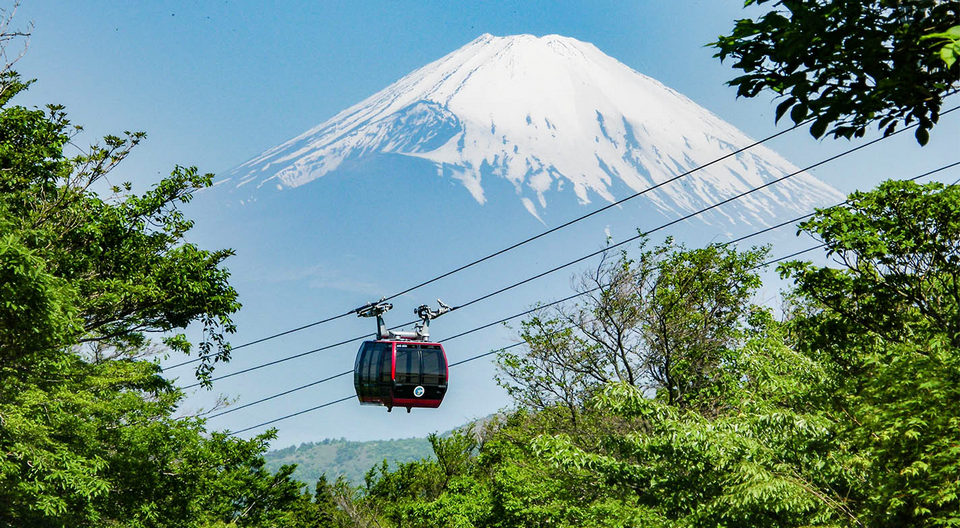
If you only have 7 days in Japan for the first time traveling, you can choose a simple itinerary with 3 big cities including Tokyo, Osaka, and Kyoto with a 7-day JR Pass ( We made a 7-day itinerary here ). If you have more time with 10 days, you can consider to explore more nearby areas such as Mount Fuji area near Tokyo, or Kobe, Nara, Himeji near Osaka. Or it is more simple, if you are decided to travel multiple times, each time is about 7-10 days, you should explore each region for each time with the JR Pass for that region, do not go too far to avoid paying high travel costs. We also made a 10-day itinerary here .
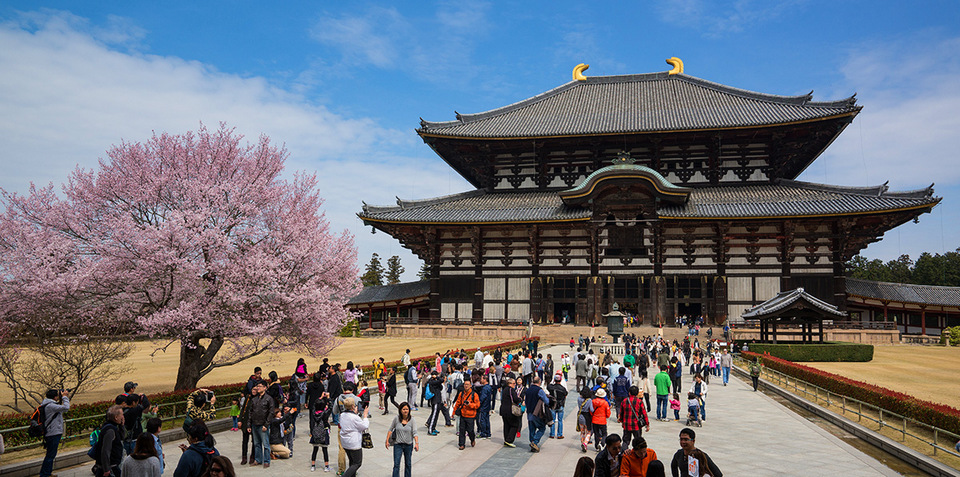
The best itinerary still is traveling for 15 days, actually it is not too long, but it is enough. Please refer to my 15-day trip itinerary to Japan here .
Japan travel blog: When is the best time to visit Japan?
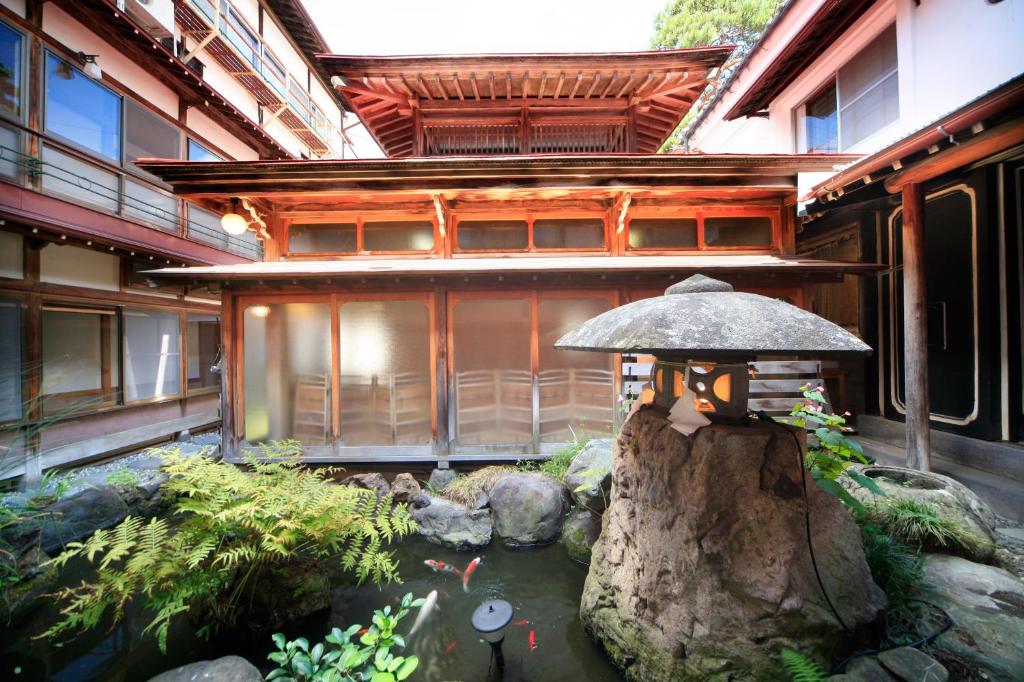
In Japan, there are many festive seasons and tourist seasons, each with a different feature. Traveling in each season means you will choose for yourself a unique and different time which only that season own in that year. If I love photography, I would only divide Japan into two separate seasons: Cherry blossoms season and red leaves season (momiji season).
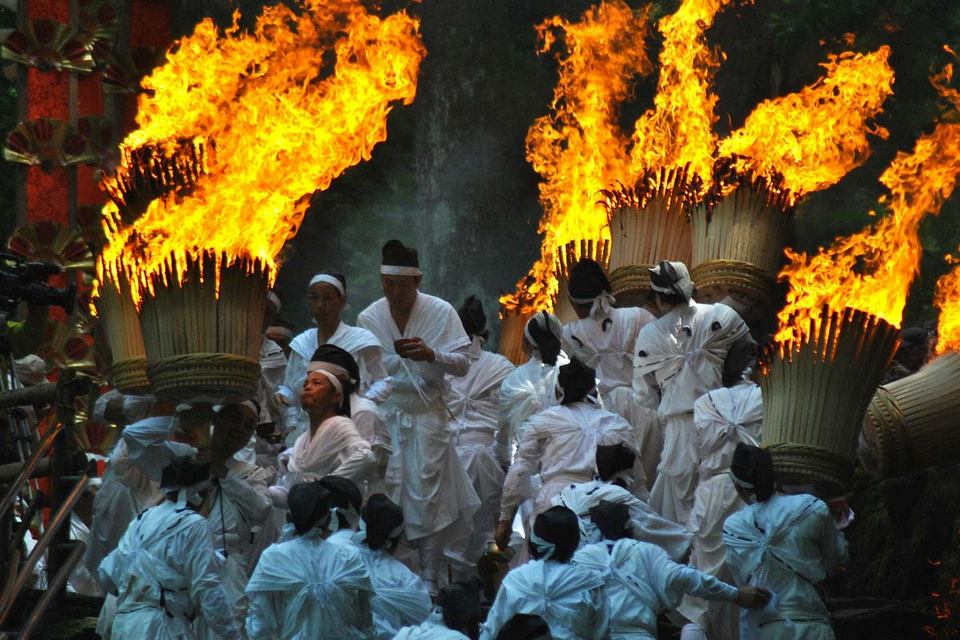
Spring – Cherry blossom season lasts from March to May
This is the time for cherry blossoms – Sakura blooms throughout Japan, from the coastline regions to the high mountains. However, the cherry blossoms only bloom most strongly in about 20 days from the end of March to the middle of April every year. You should watch the cherry blossoms forecast in Japan to update frequently.
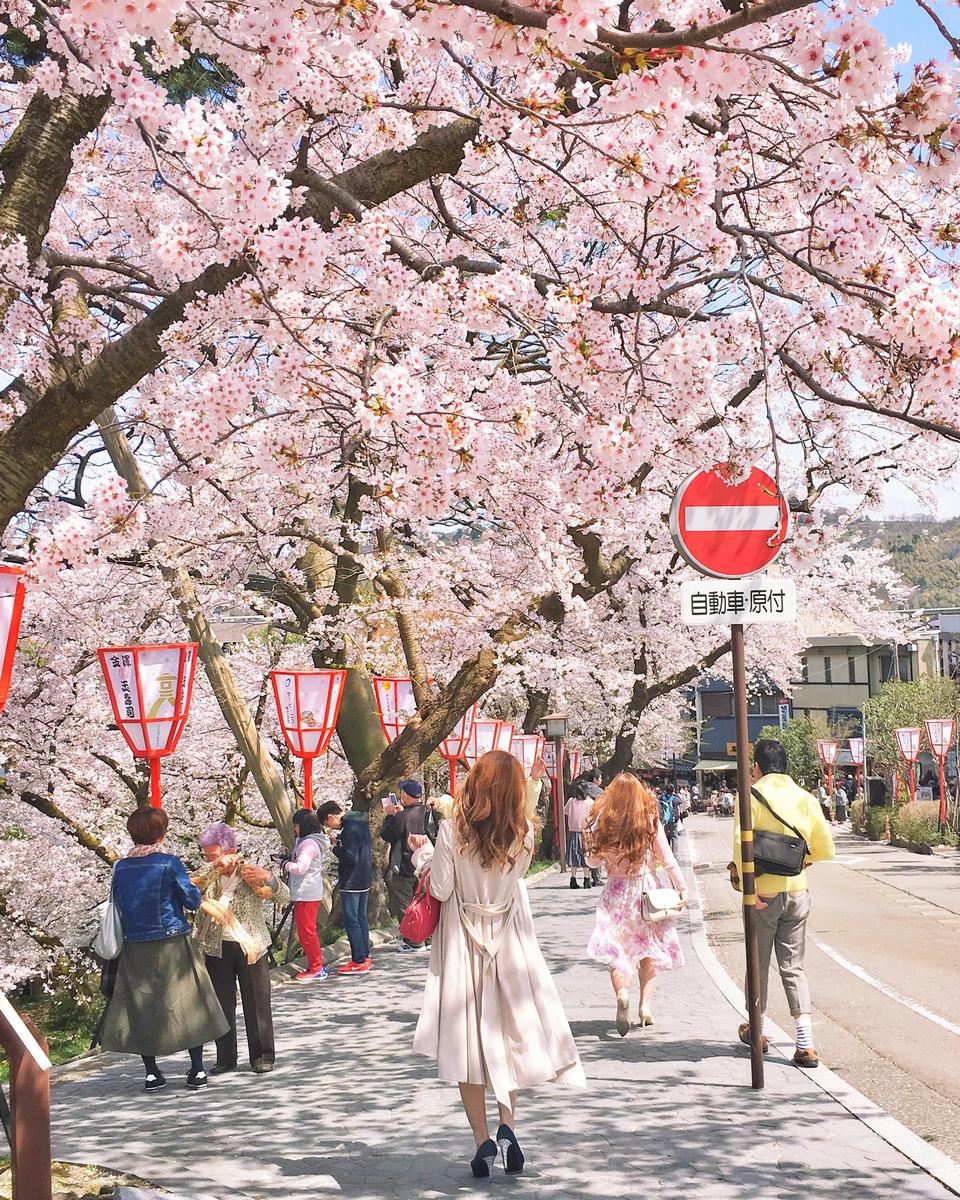
This is also the peak tourist season in Japan. Tourists from all over the world flock to Japan, extremely crowded, sometimes you have to hustle and jostle, very tired. At the end of March it was still very cold, and cherry blossom usually only bloom when it started to get warmer. Cherry blossom festivals are held everywhere.
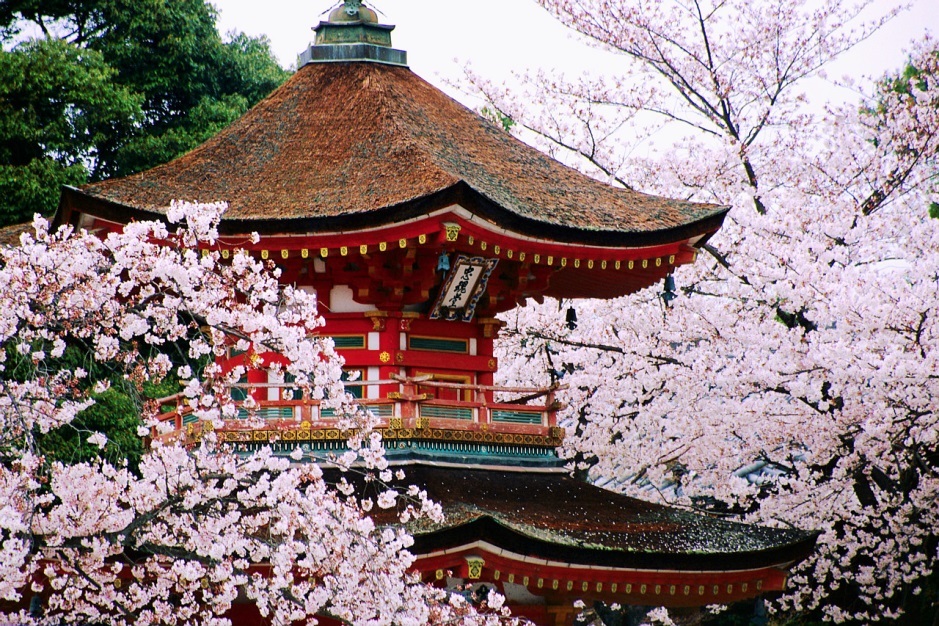
Summer from June to August
This is a period with quite hot weather, with it rains a lot. You might consider to participating in a number of festivals such as fireworks, Mount Fuji climbing. In addition, going on vacation this season is also very interesting with many cool locations in high mountains and dreamlike beaches.
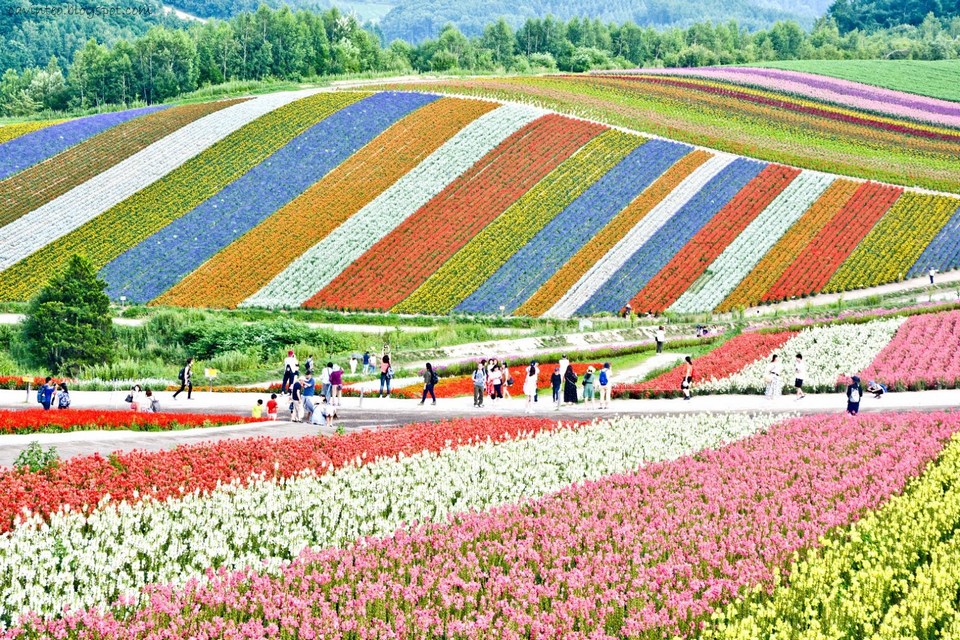
Fall from September to November
The season of red leaves (momiji) usually begins in October, the scenery is full of romance that any lovesick lover must flutter. If you are a photography enthusiast, this is a time not to be missed, the forests are filled with red leaves like colorful paintings.
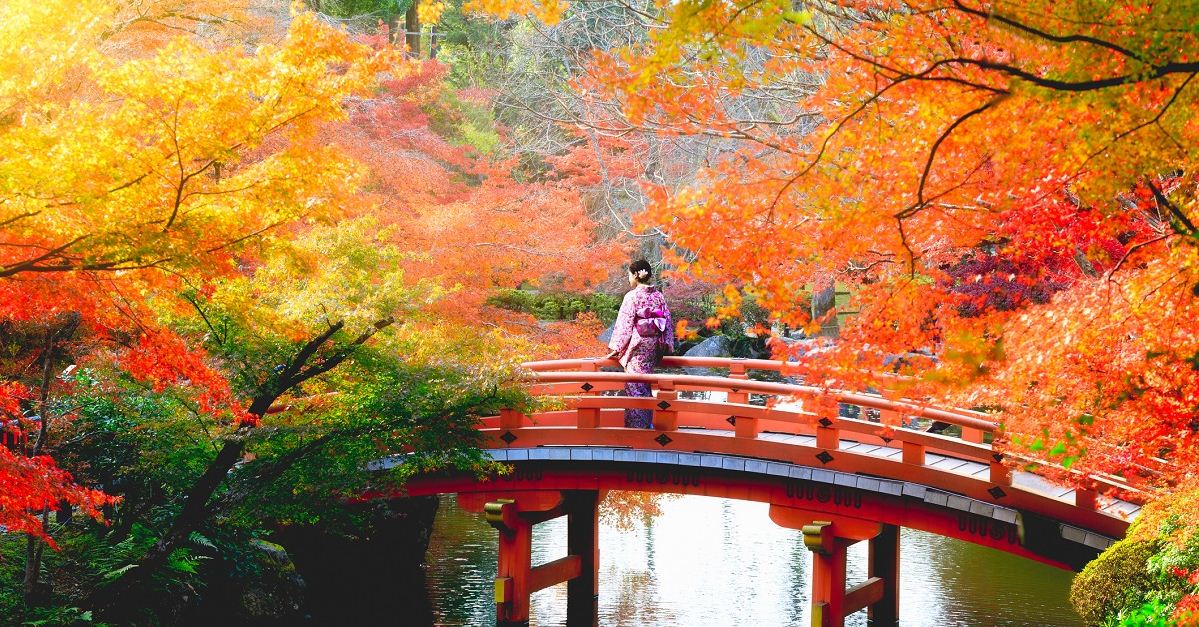
Winter from December to February
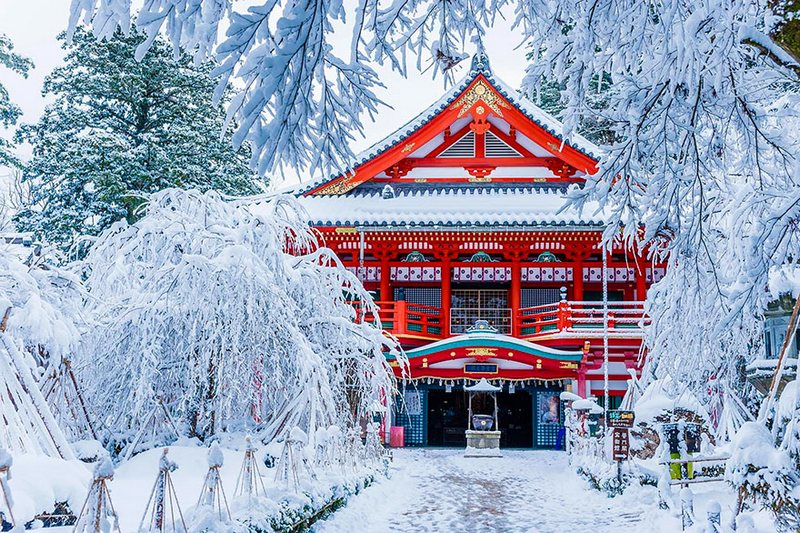
Although the weather is quite harsh in this season, visitors less coming to Japan. But this is the time for those who want to feel a Japan with tranquility, drowning in thick white snow. You can choose this time to skiing, choose the resorts in the high mountains for restingn, onsen bathing – a specialty of Japan.
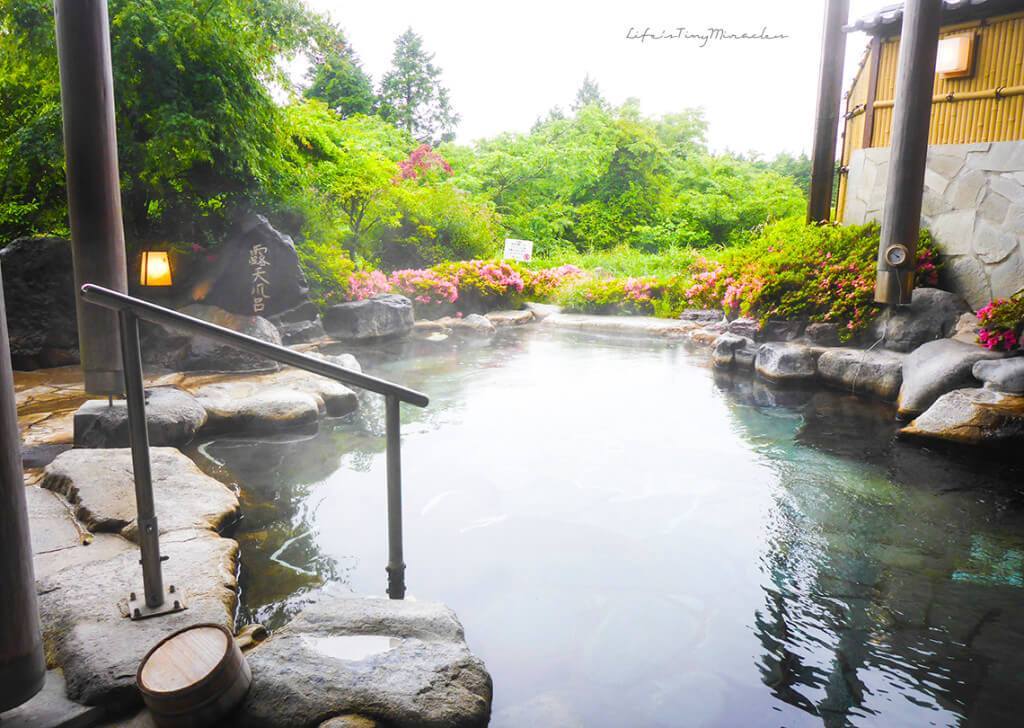
Japan guide: Flying from Vietnam to Japan
First you need to determine which city to fly to in Japan first on your journey. There are 2 major cities that flights from Vietnam or other cities in the world to the most are Tokyo and Osaka with Narita and Kansai airports respectively. If you are planning for an itinerary to go to both cities, you can choose roundtrip tickets to one of these two cities, buy JR Pass to travel to the two cities and it only takes 3 hours.
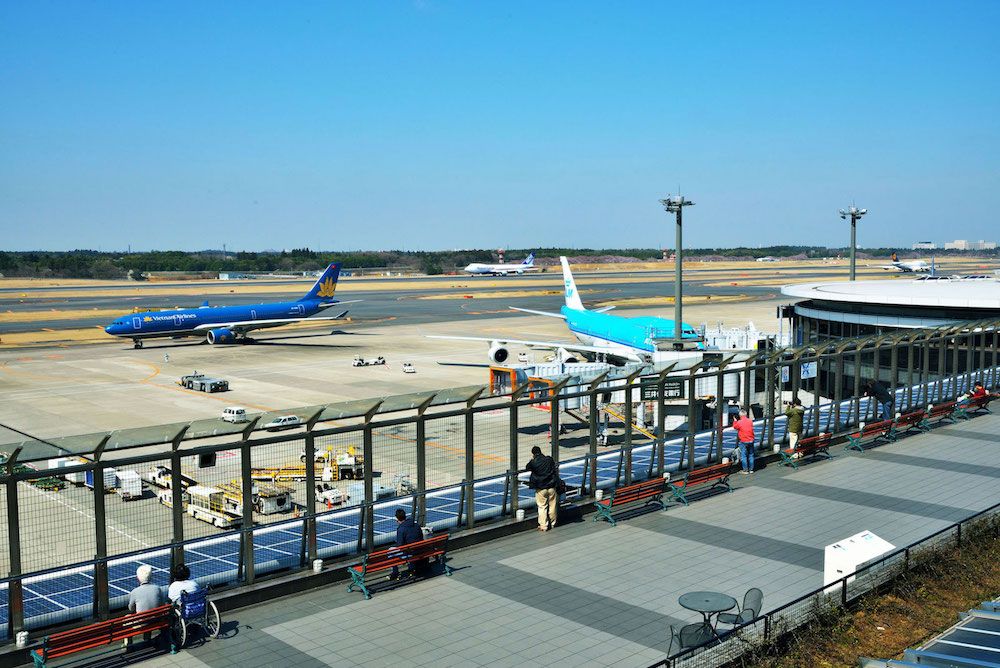
There are many airlines operating the flying routes between Vietnam and Japan, the most popular ones are Vietnam Airlines (VNA) and Vietjet. VNA air tickets are generally quite high, around $430 – $860/round trip. During the peak season when cherry blossoms, the tickets are even higher.
If you want buy cheaper airfares, you can consider flying with Vietjet. If you are lucky enough to hunt for cheap tickets of $0, the round trip tickets to Tokyo or Osaka and are only about $172 – $215/roundtrip. Another tip is that you can wait until the departure date and go to the travel forums, hunt for tickets of those who have bought cheap tickets and resell. Usually, those who have purchased cheap tickets for a long time but have could not get visa and they wishing to resell.
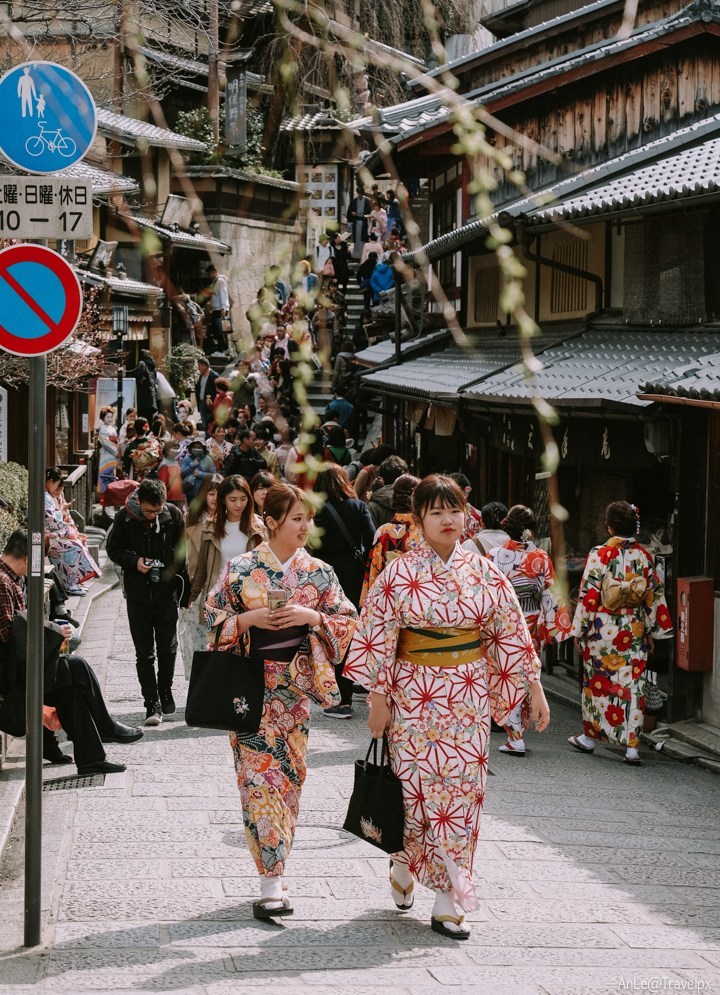
Japan travel guide blog: How to getting around Japan?
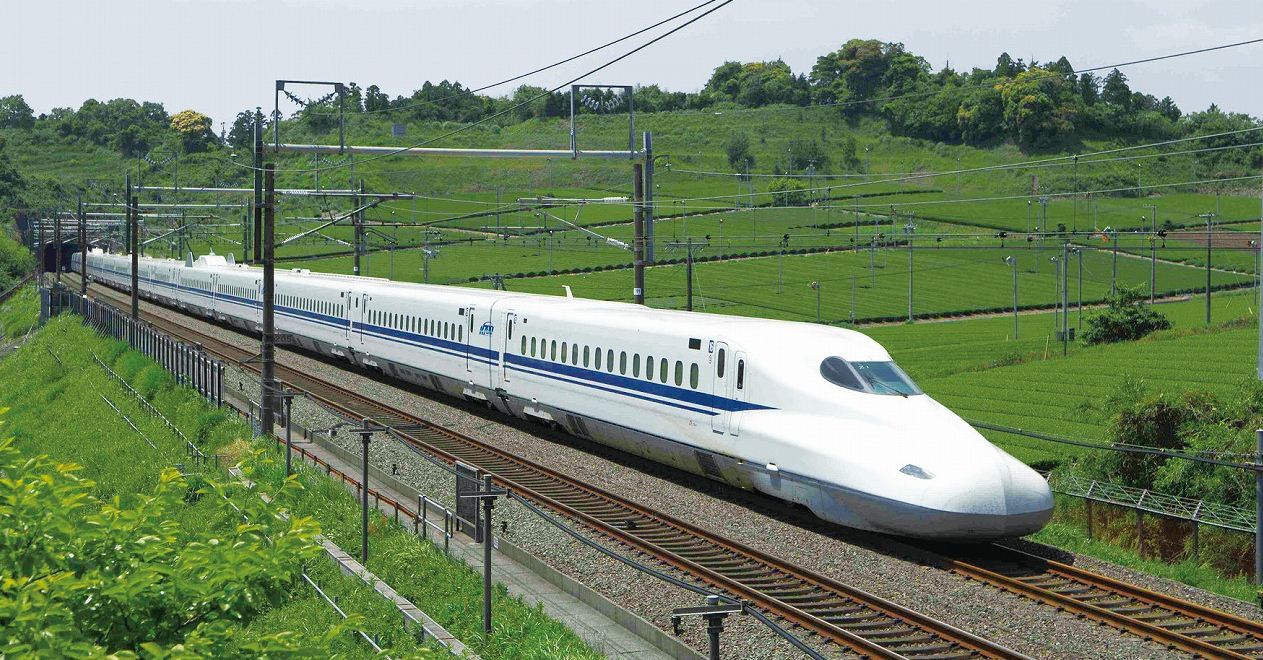
Firstly, you need to find out an overview of Japan’s transportation. Travel in Japan is very convenient between provinces and major cities with railway system spread throughout the country. Just like in Europe, Japan has the following basic types of trains:
- Shinkansen bullet train (Super high speed train): The train travels between provinces and major cities in Japan with speeds up to 320km/h.
- High speed train transports passengers between provinces/cities.
- Regional train (local train): Traveling around a region or between localities around a certain province.
- Train in the city: Metro, subway travel in a certain city (will be more detailed guide in articles sharing travel experience of each specific city)
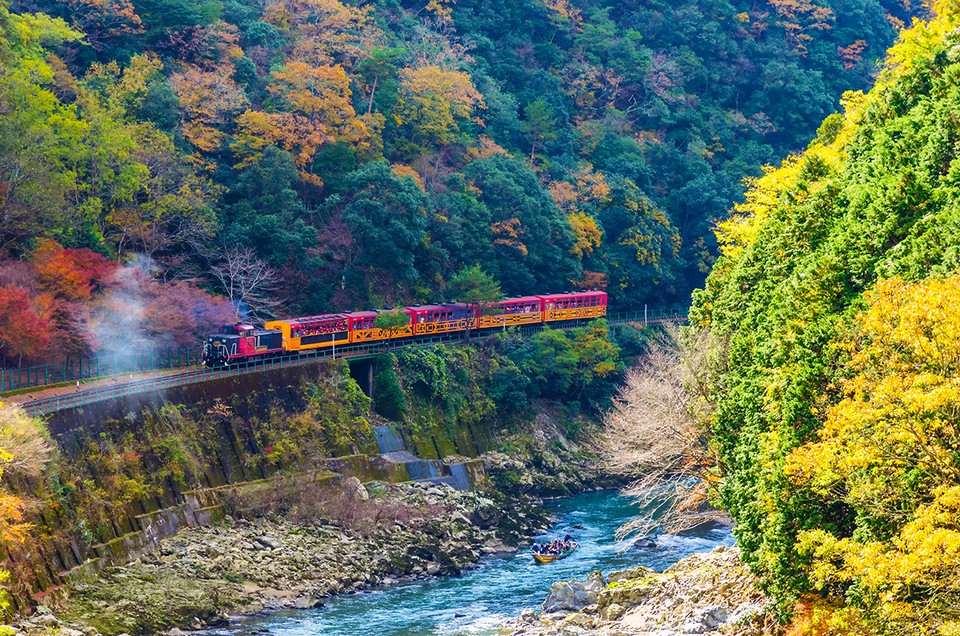
That are about the types of trains, but also you need to know that the cost of travel in Japan is extremely expensive. If you come to Japan and only stay in one city, no need to worry. But if you go with an itinerary of 7-10 days, each city stays for 2-3 days, you should consider buying Pass (day ticket) that is not limited travel in a region or the whole of Japan.
Using the JR Pass when traveling in Japan
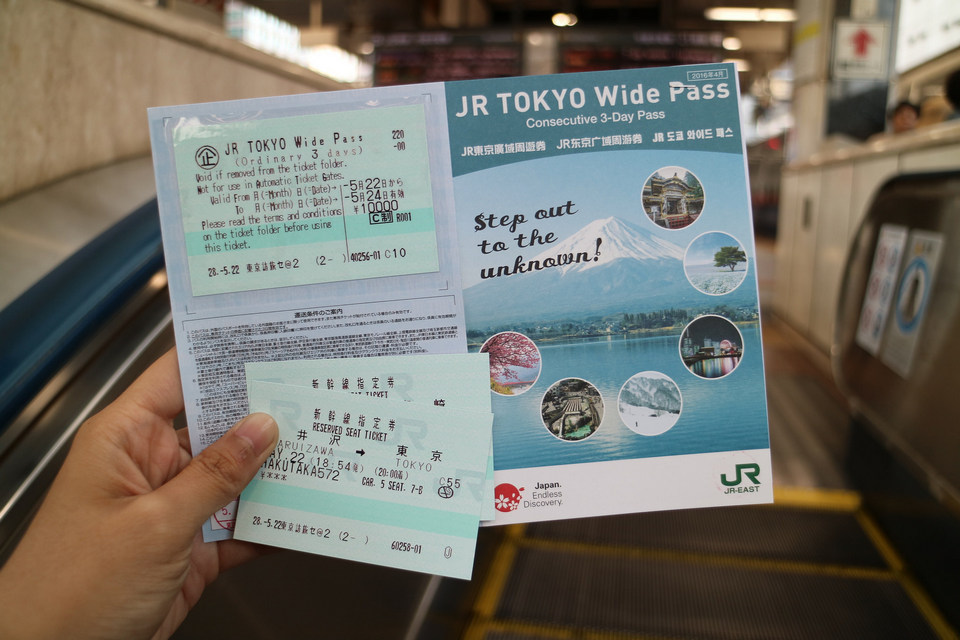
JR Pass is a type of train ticket of Japan that is sold only to foreign tourists (holding a non-Japanese passport). Visitors can use this pass to travel across Japan using the high speed trains, slow trains with validation in the pass without limited travel times.
Read more about the JR Pass here: JR Pass — Top 11 things about Japan Rail Pass you need to know.
How to buy JR Pass?
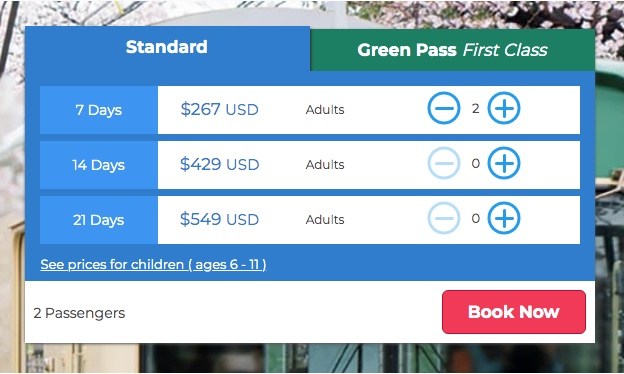
You can buy it right in Vietnam through the authorized distributor of JR Pass. Depending on the number of days you traveling in Japan, or the number of days you plan to use the pass for optimal selection, select the JR Pass type (7-day, 14-day and 21-day passes with prices of $267, $429, and $549 respectively) ). After payment is completed, the seller will deliver the “exchange order” to your home.
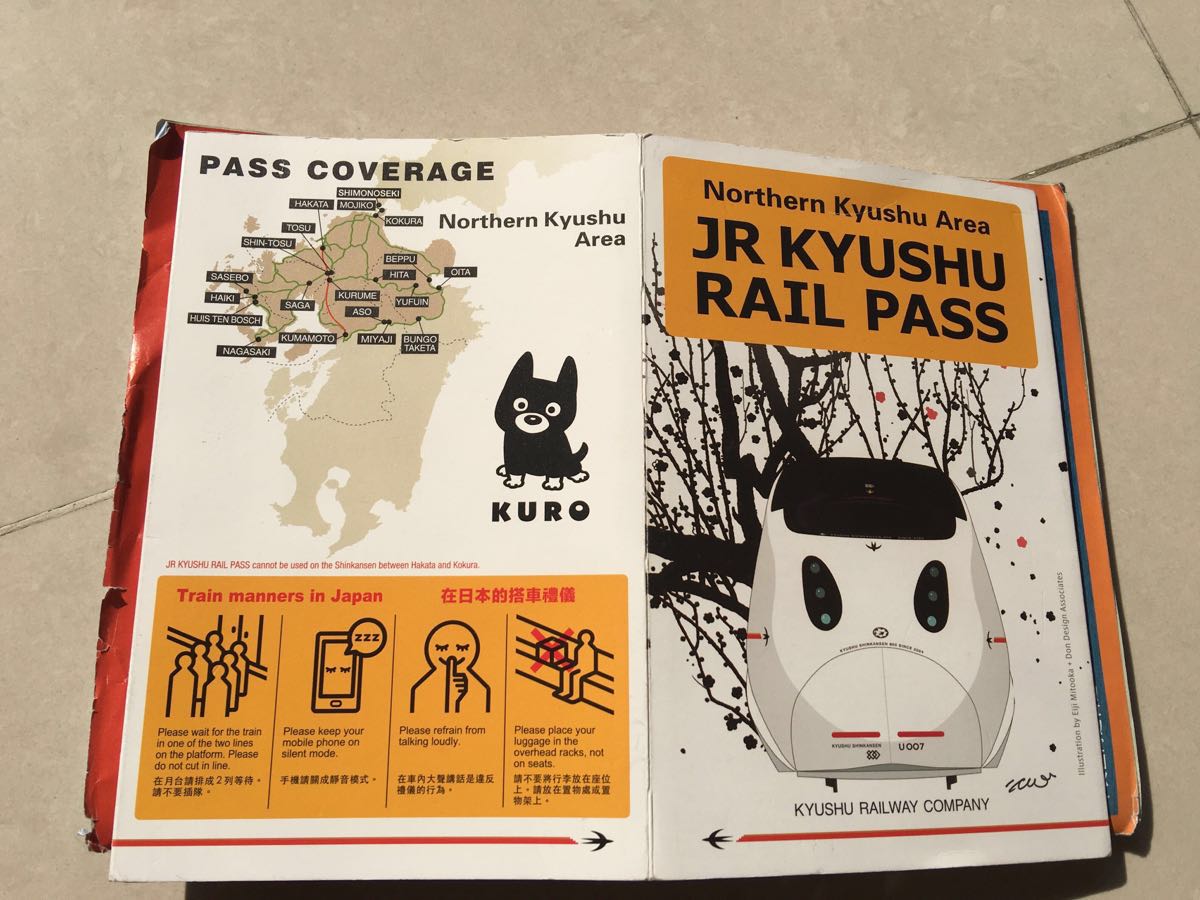
After flying to Japan, you will bring this Exchange order to the JR Pass counter at the airport to exchange for a hard card. The effective date of the Pass will be decided by you, depending on your schedule.
You can also buy JR Pass in advance with cheaper price here: JR Whole Japan Rail Pass (Consecutive 7, 14, or 21 Days).
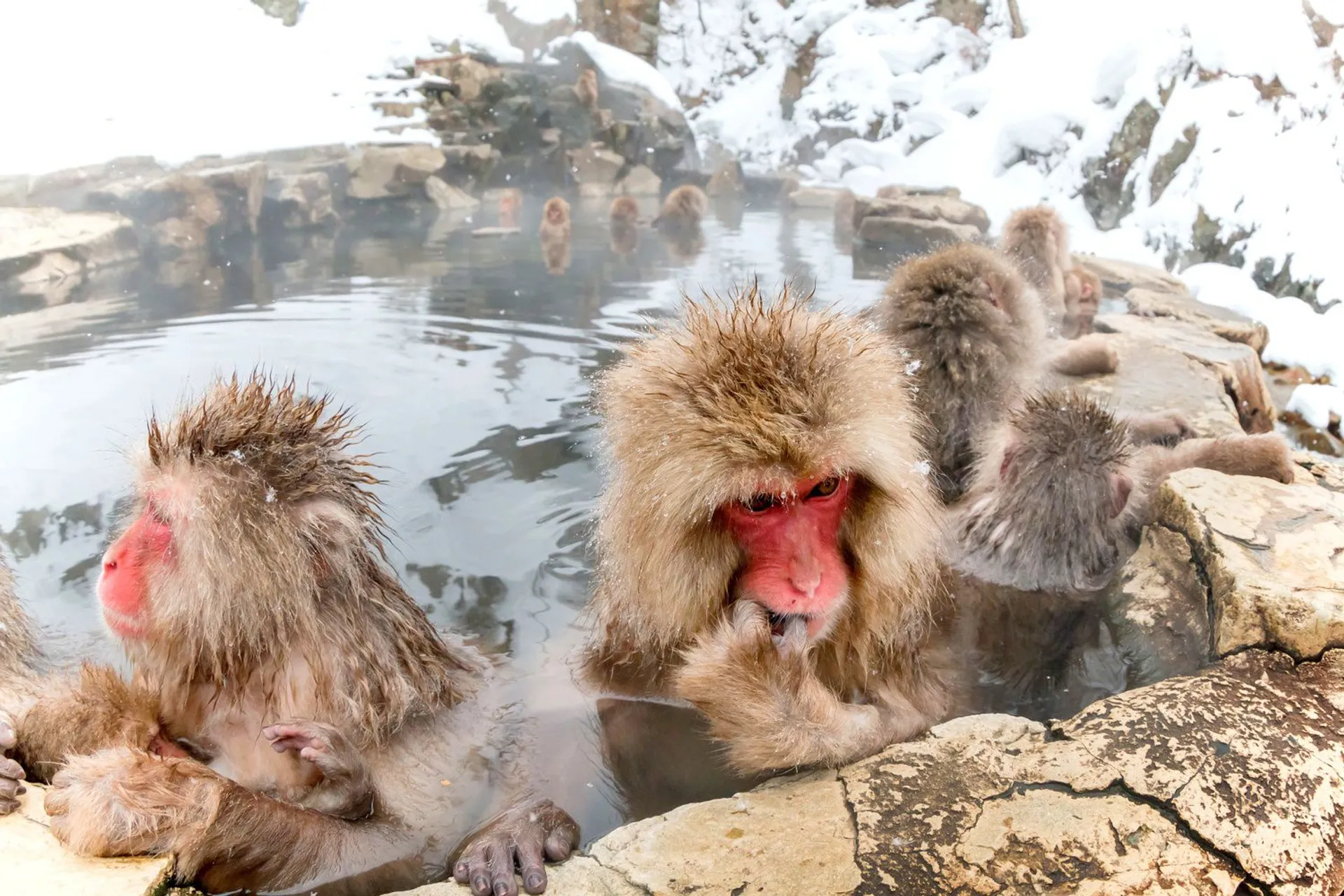
My trip lasted 15 days, so I bought the 14–day JR Pass. With this pass I can use a lot of long routes, and also the local trains, regional trains, .. wherever there is the JR line is jumping up. Which can be listed here as:
- Osaka: Take 2 times from Kansai Airport to the city center and back, take the JR train from Osaka to Kobe, Himeji and return.
- Kyoto: Take the train from Osaka – Kyoto, from Kyoto to Arashiyama bamboo forest. There is JR line in Kyoto, so you can access many attractions with the JR Pass.
- Takayama: Take the train from Kyoto to Takayama (not Shinkansen but this is a very long route).
- Tokyo: Take the Shinkansen from Kanazawa to Tokyo. From Hakone to Osaka.
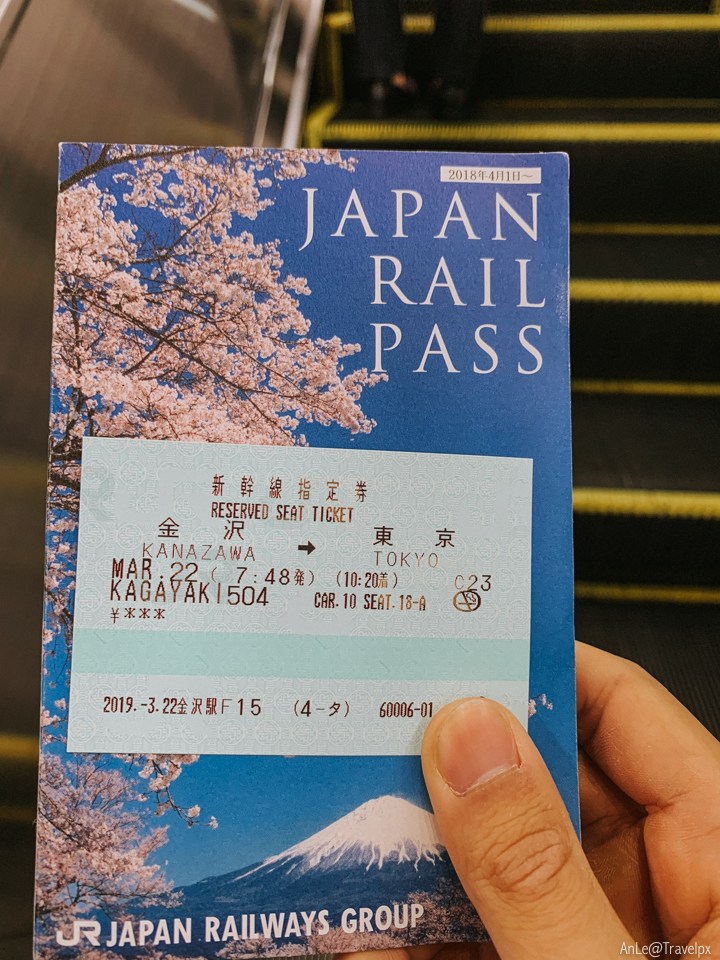
JR Pass 14 days I bought $410, it is also quite profitable compared to buying single tickets on each route. For example, buying single tickets for Shinkansen Osaka – Tokyo route will costs ~ 15.000 Yen/way, round trip is 30.000 Yen. In addition, I also travel a lot of other long and short distances which also exceed the purchase amount of $410 of JR Pass. And the most important thing was that I was able to travel freely without hesitation about buying expensive or cheap train tickets.
Japan travel blog: Where to stay in Japan?
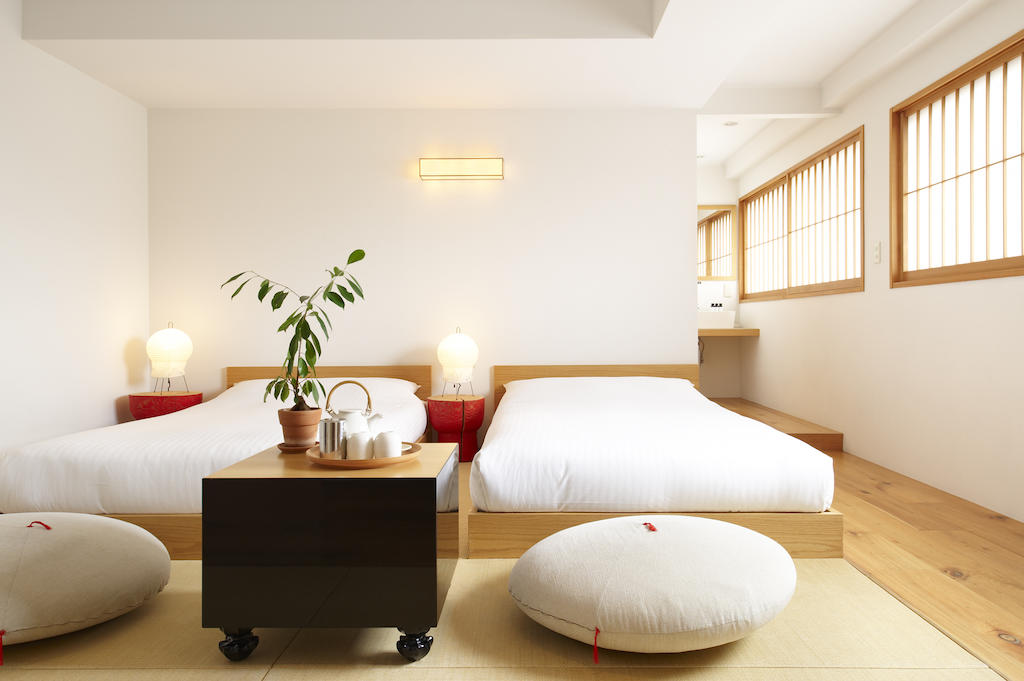
Coming to Japan, you should stay in the traditional homestays to experience like a true local Japanese. In addition, you can stay in a luxurious 5-star hotel in the traditional style, to enjoy both the superior service and the local culture.
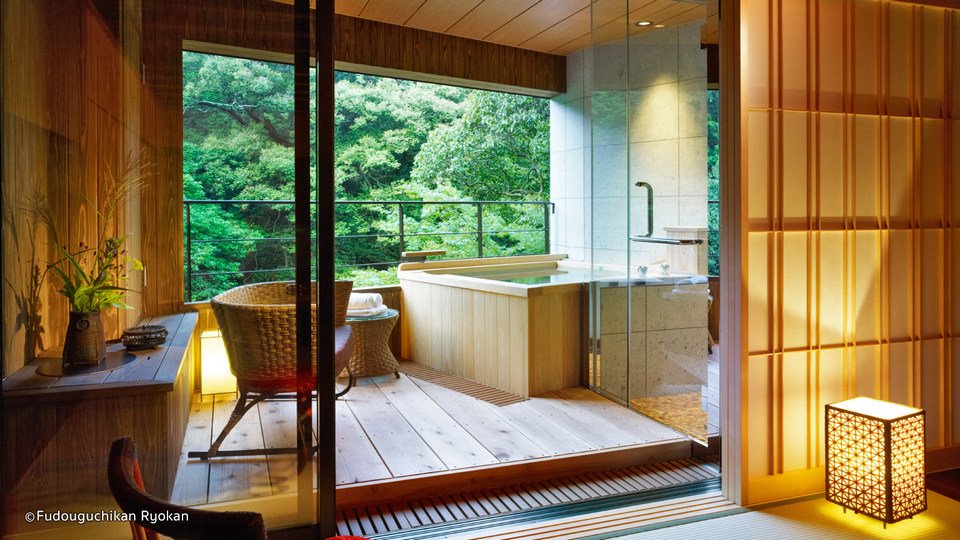
For booking sites, I still use the traditional tools are Booking.com , Agoda.com for hotels/hostels and Airbnb for homestays.
Hostel in Japan for solo travelers and backpackers
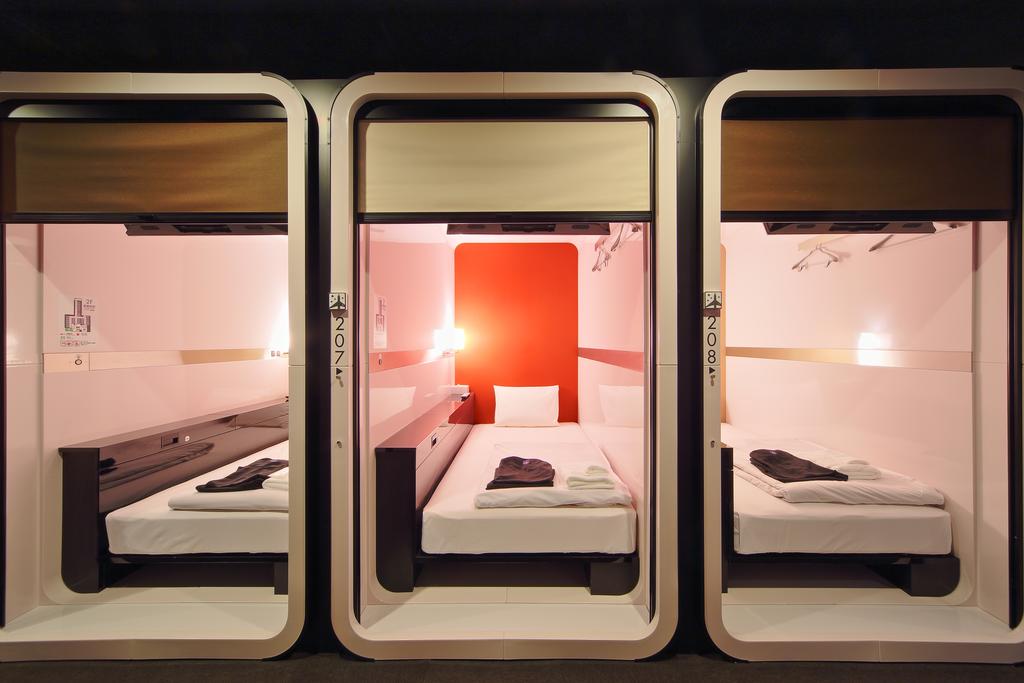
In this trip I stayed at both hotel and hostel, but most worth mentioning probably are the two largest hostel systems in Japan are First Cabin and 9Hours. These are hostel chains that are worth learning from architecture to how to manage and operate.
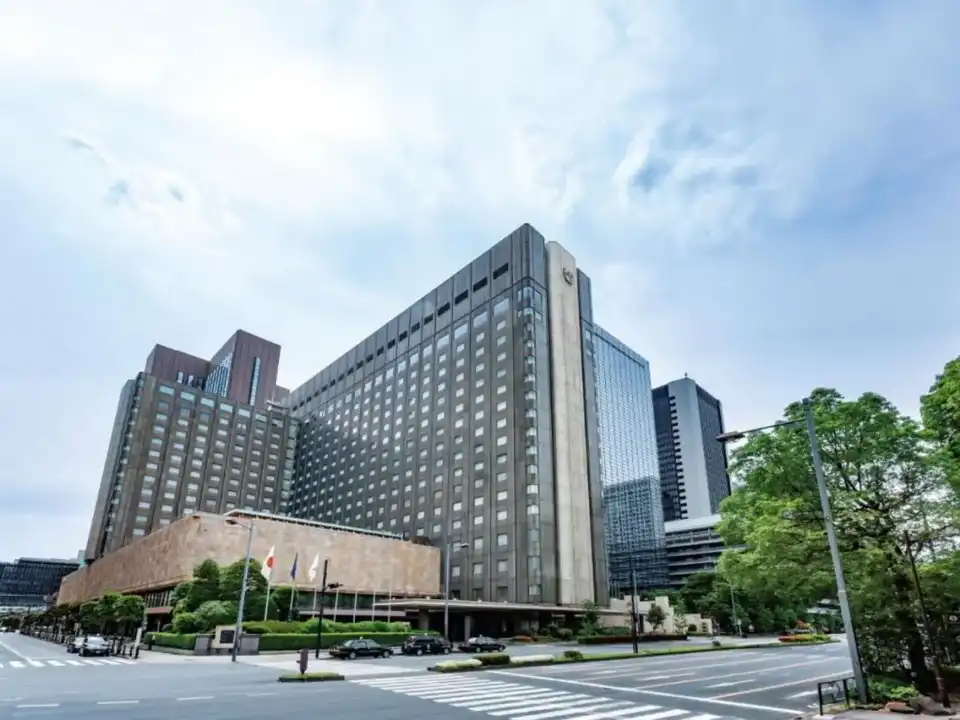
First Cabin, I stayed 1 night in Osaka and 1 night at Kansai airport. And 9Hours, stay 3 nights in Takebashi – Tokyo. Can compare a bit about these two systems as follows:
- These are 2 hostel systems with a wide network throughout Japan, especially in big cities like Osaka and Tokyo , from the center to the suburbs. Beautiful design from the campus to each dorm.
- Amenities are super complete, equipped no less than 5-star hotels. You will not have to bring anything from home when you are here, because they are equipped with towels, shampoo, shampoo, dryer, comb, … and all day wear clothes (forgot I still have to bring underwear ^^).
- First Cabin excels at dorm. The sleeping area is much more spacious, equipped with a television in the bedroom and fairly spacious shared bath (onsen type but not onsen ^_^).
- 9Hours seems to maximize profits by building a dense dorm system, 2 layers on a floor. But 9Hours has a more unique management style, each guest will have a separate closet located in the Rest Room. Everything from guests’ luggage is stored here, you only bring in the dorm what is needed because the dorm doesn’t have a proper lock. if compares with First Cabin is a bit inconvenient because luggage is not 100% safe, despite having a locker in the bedroom.
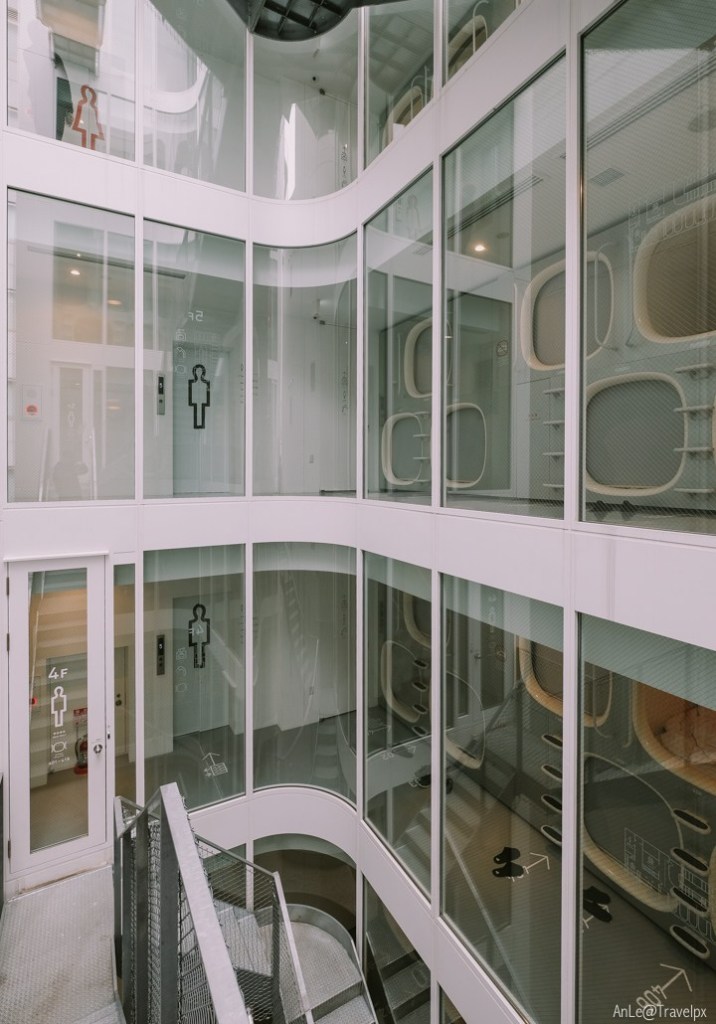
Japan travel blog: What, where and how to eat in Japan?
Continued reading…
Related articles
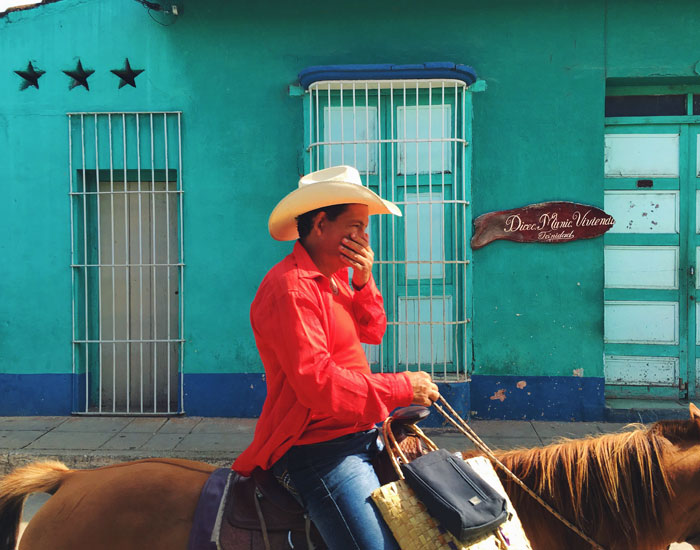
RELATED ARTICLES MORE FROM AUTHOR
India travel tips — 25+ what & things to know before traveling to india, coron itinerary 5 days — what to do & how to spend 5 days in coron, explore fenqihu old street — what to do in fenqihu in a day trip.
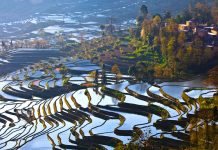
Where to go in Kunming? — 15+ top Kunming attractions & best places to visit in Kunming
Must eat in melaka — 10+ famous malacca street food & must try food in melaka.
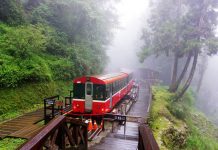
What to do in Alishan? — 5 top attractions & best things to do in Alishan, Taiwan
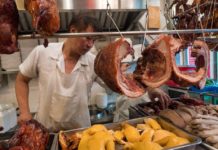
Hong Kong food culture — Hong Kong cuisine tells the historical story of the whole land

Melaka food blog — Experience Melaka delicacies, arrived at by Trishaw
Editor picks.

India travel tips — 25+ what & things to know before...

Must eat in Hong Kong — 7+ must eat & must...

Coron itinerary 5 days — What to do & how to...
Popular posts.

What to buy in USA? — 17+ must buy in USA...

Must buy souvenir in Taiwan — Top 17+ most famous, cheap...

Must buy in Korea — Top 23 cheap, famous & best...
Popular category.
- Inspiration + Guide 1457
- Trip Inspiration 468
- Thailand 209
- Food + Drink 208
- Coasts + Islands 193
- South Korea 168
- Vietnam 166
- Travel Photos 144
- Work for Us
- Terms & Conditions
- Privacy Policy

Click the prefecture you want to know more about!

- Popular destinations
- Hidden places in Japan
- Tours and workshop
- Food and drink in Japan
- Itinerary in Japan
- Places to visit in Tokyo
- Food and drink in Tokyo
- Seasonal events
- Tours & workshops
- Tokyo This Week
- Day trip from Tokyo
- Itinerary in Tokyo
- Places to visit in Kyoto
- Food and drink in Kyoto
- Itinerary in Kyoto
- Day trip from Kyoto
- Travel tips
- Accommodation
- Cultural tips
- Transportation
- Tokyo Tours
- Kyoto Tours
- Kimono Rental
- Fukushima Tours
- Mount Fuji Tours
- Tour Package
- Media Kit(English/日本語)
- Skip to main content
- Skip to primary sidebar

Destinations
- Plan Your Trip
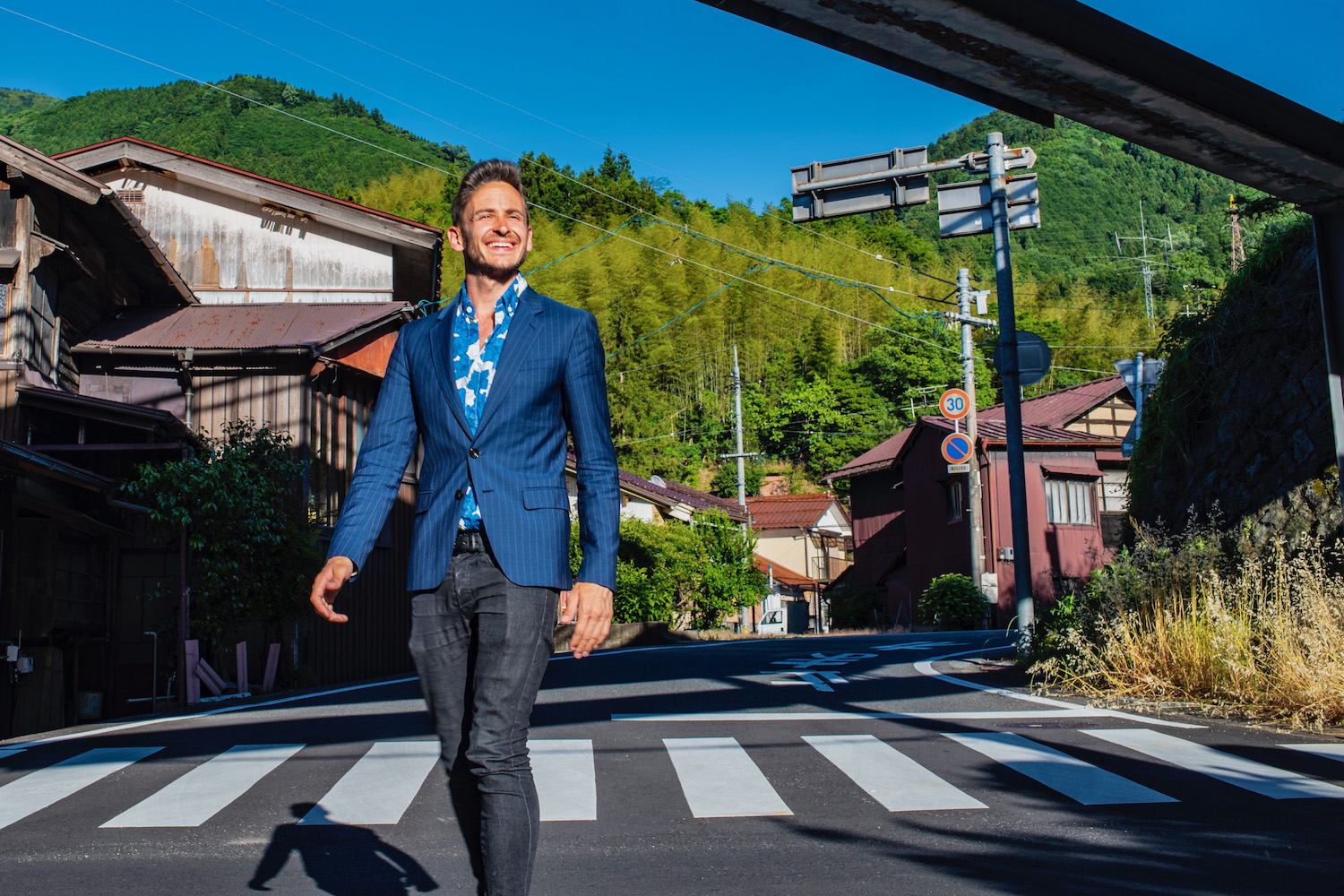
The Japan You’ve Been Looking For
April 10, 2024 by Robert Schrader Leave a Comment
Looking for the real Japan? Look no farther than the San’in region.
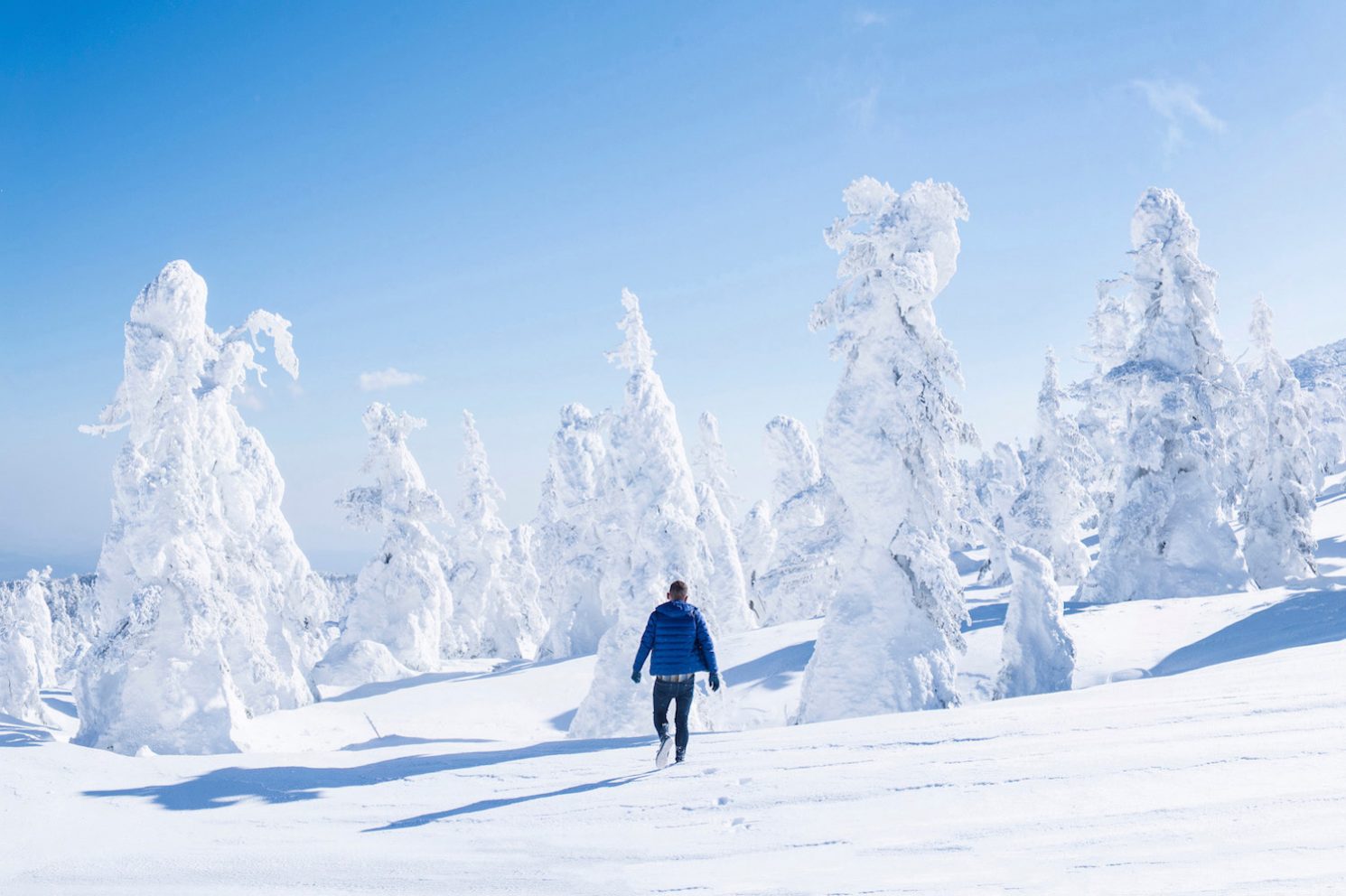
Thrilling Tohoku
Tohoku is Japan’s most underrated region.

Yokohama Starts Here
April 8, 2024 by Robert Schrader Leave a Comment
Yokohama is a place where you could stay the night, but that most people see on a day trip instead.
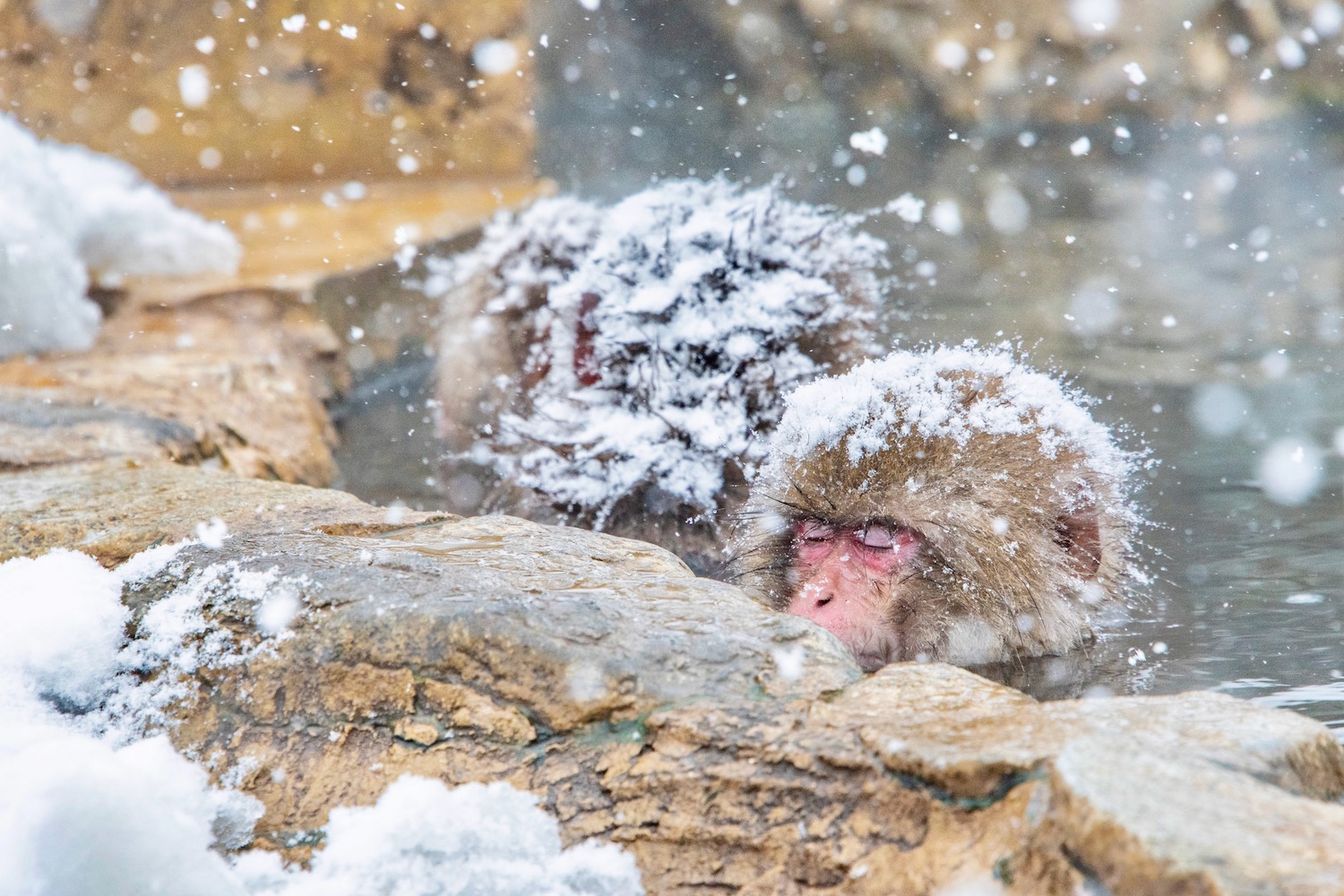
Monkeying Around in Japan
I’m well-equipped to tell you where to see snow monkeys in Japan, and to inform you about the how and when of your trip as well.
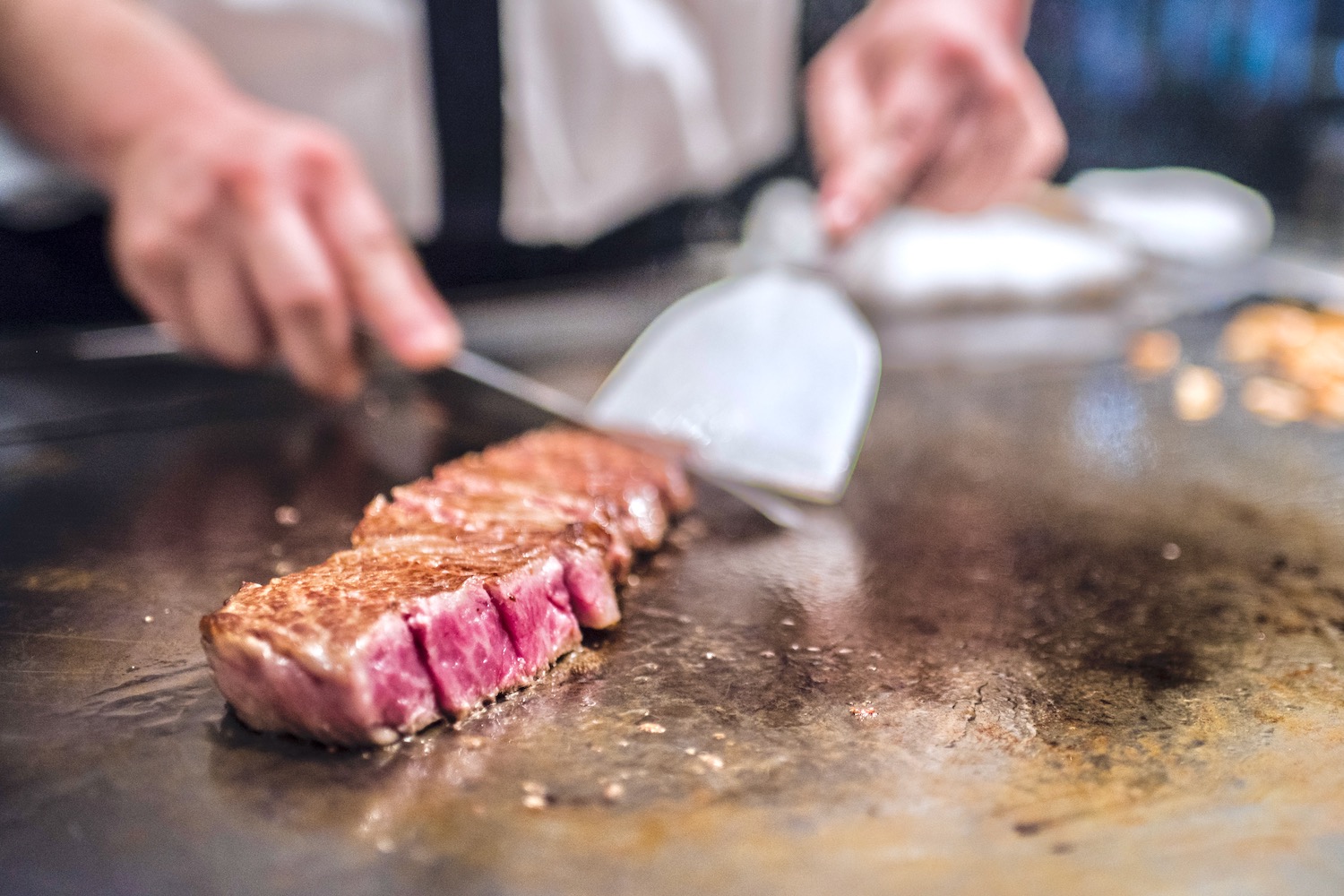
Kobe’s Best Beef
Where you eat your beef in Japan is more important than where the cow lived or died.
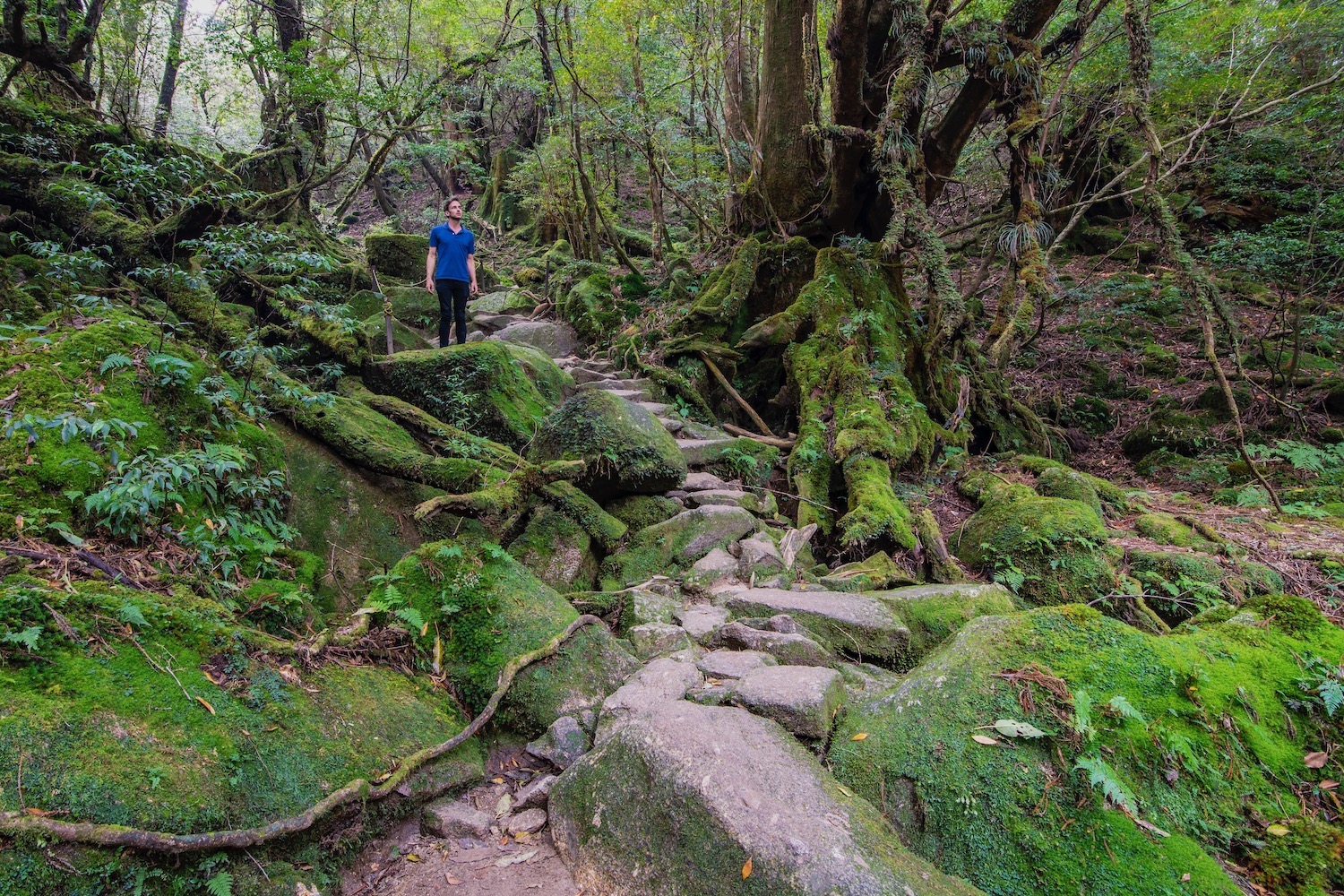
The Truth About Yakushima
April 5, 2024 by Robert Schrader Leave a Comment
Is Yakushima island worth visiting?
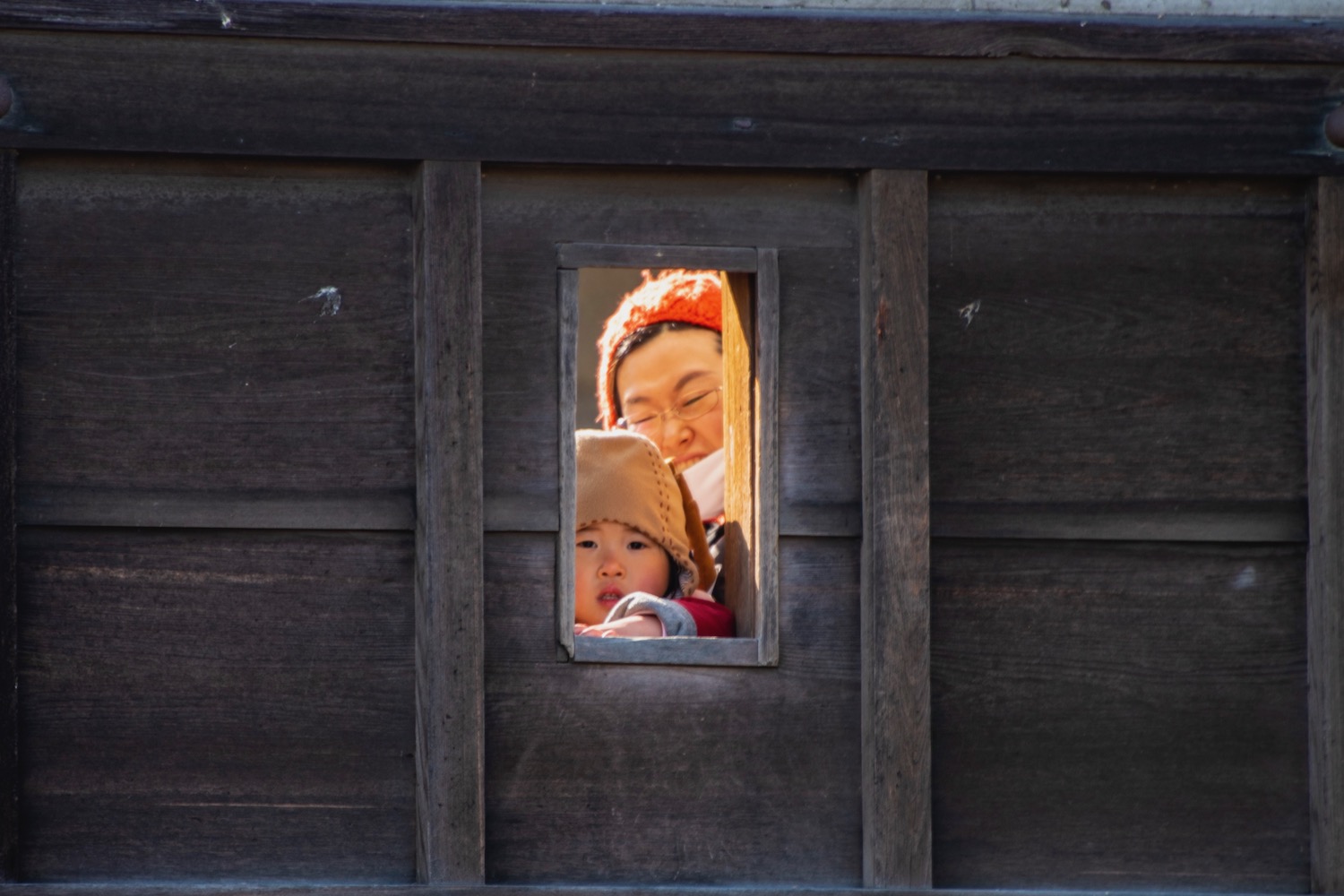
Why You Should Visit Marugame Castle
March 22, 2024 by Robert Schrader Leave a Comment
Is Marugame Castle worth visiting? Yes, and not just because its original tenshu is intact.
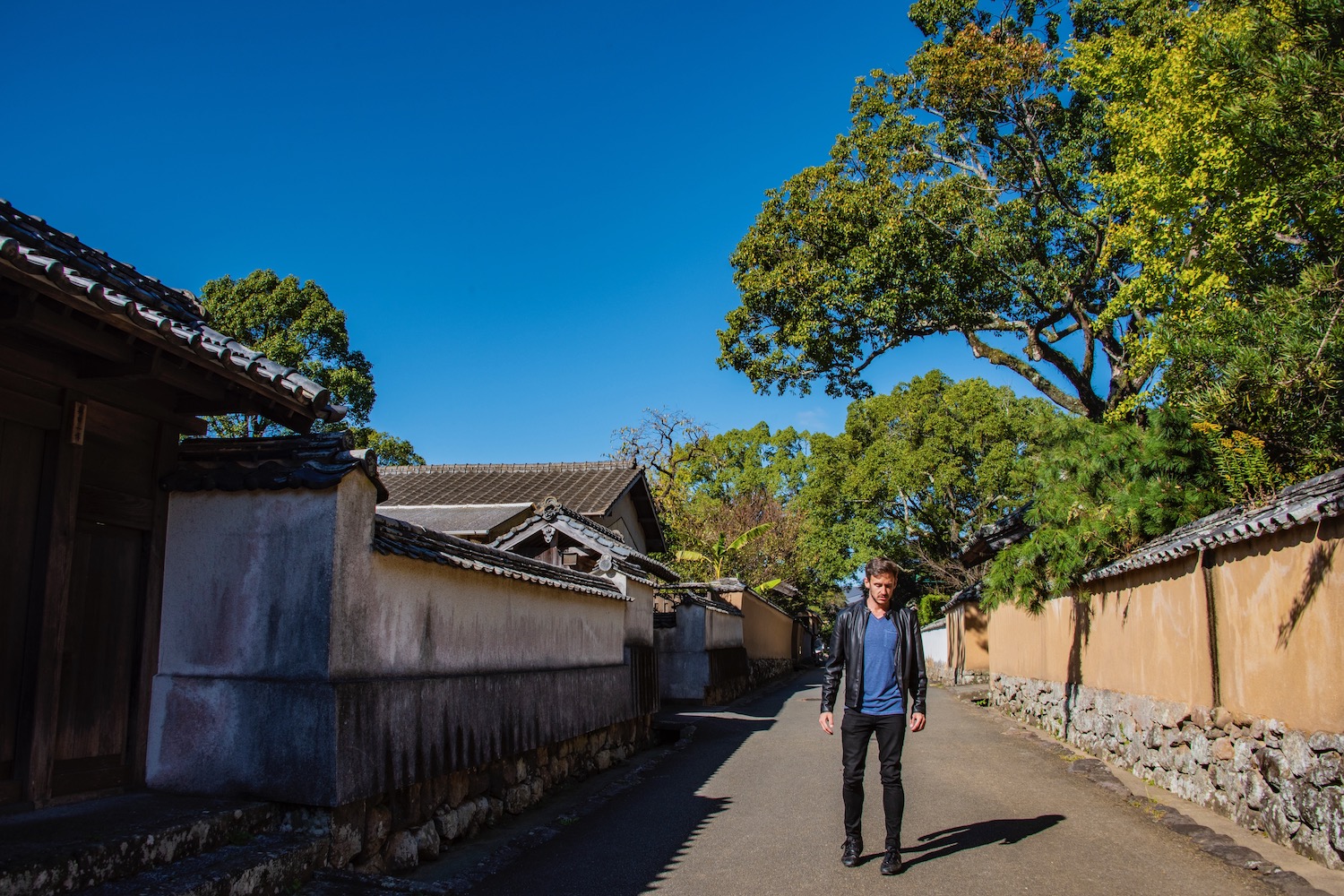
This May Be Japan’s Most Overlooked Peninsula
March 19, 2024 by Robert Schrader Leave a Comment
Much of off-the-beaten-path Kyushu is almost completely devoid of foreign tourists.
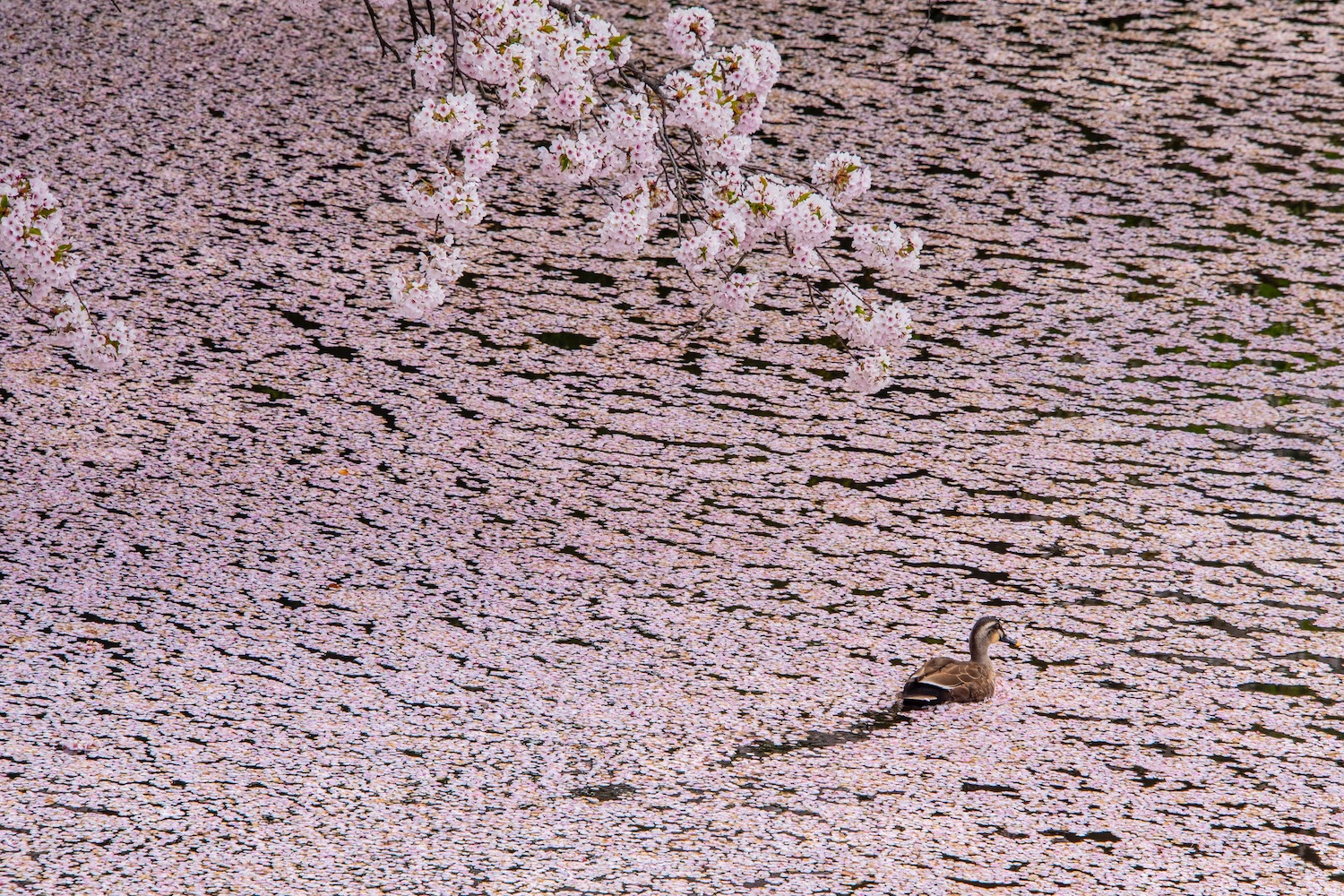
Hirosaki is More Than Its Famous Castle
February 5, 2024 by Robert Schrader Leave a Comment
Things to do in Hirosaki (and, especially, just outside the city) far exceed the images you see on postcards.
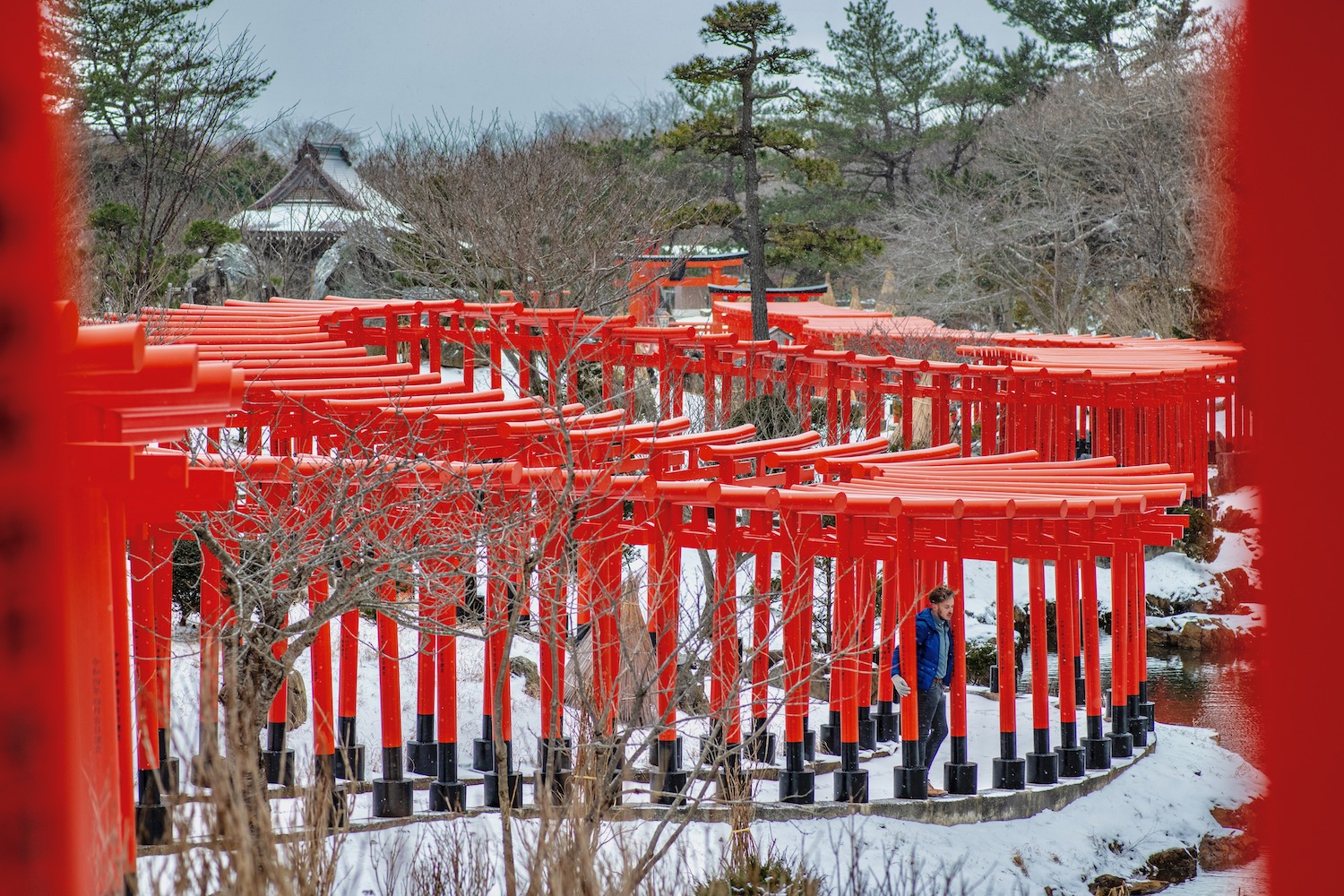
The Man in the Snowbank
February 4, 2024 by Robert Schrader Leave a Comment
Without the threat of punishment, there is no joy in flight.
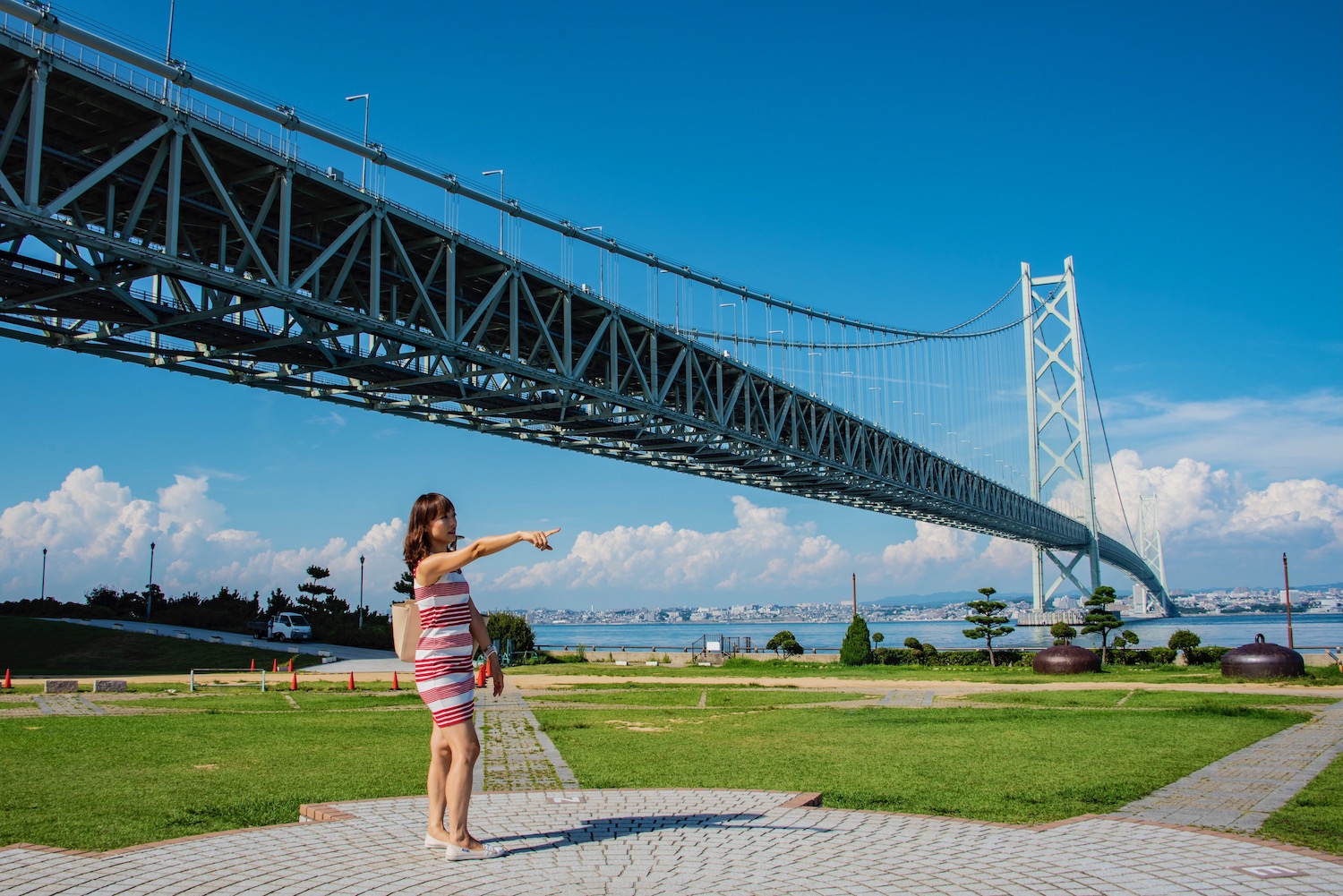
Shikoku’s Little Brother
February 2, 2024 by Robert Schrader Leave a Comment
Like many places in Japan—and like Japan more broadly—Awaji is a lot bigger than it looks on the map.

The Truth About Golden Week
January 31, 2024 by Robert Schrader Leave a Comment
Can you travel during Golden Week in Japan?
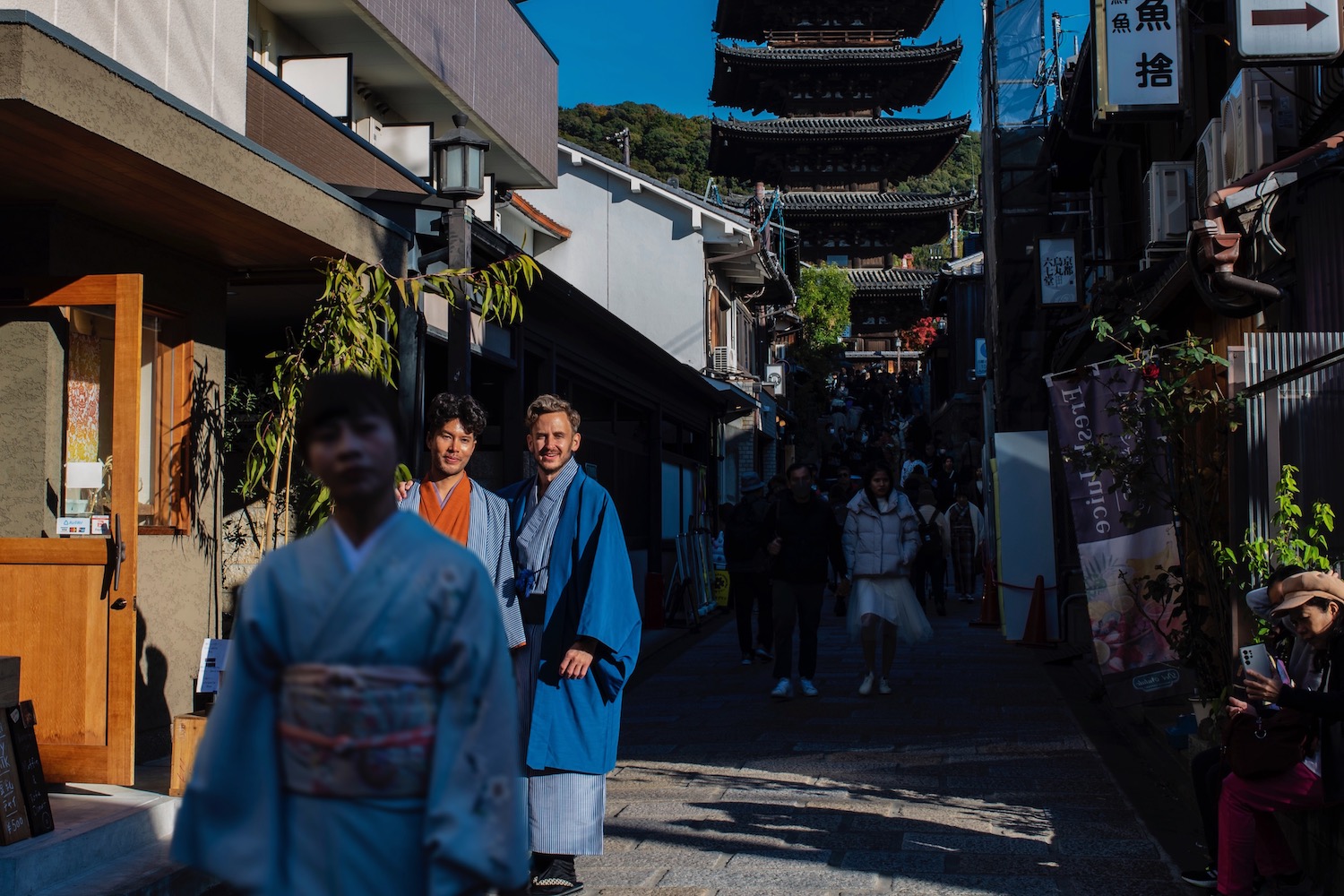
Everything You Need to Know About Kimono in Kyoto
January 15, 2024 by Robert Schrader Leave a Comment
Kimono rental in Kyoto has never been easier.
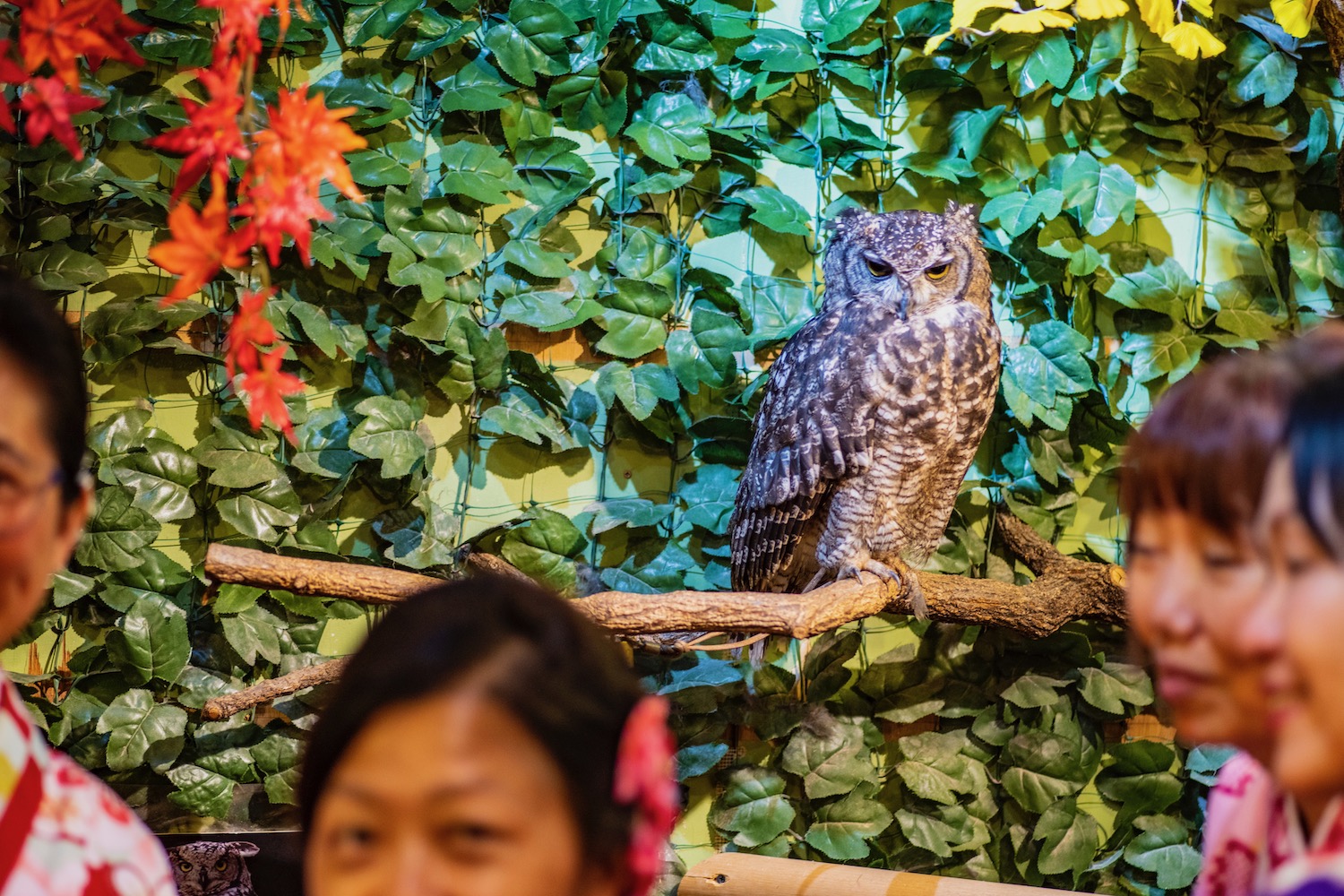
Are Japan’s Animal Cafes Ethical?
The short answer is no.

How to Buy Train Tickets in Japan
By the time you navigate away from this article, you’ll be ready to board the Shinkansen.
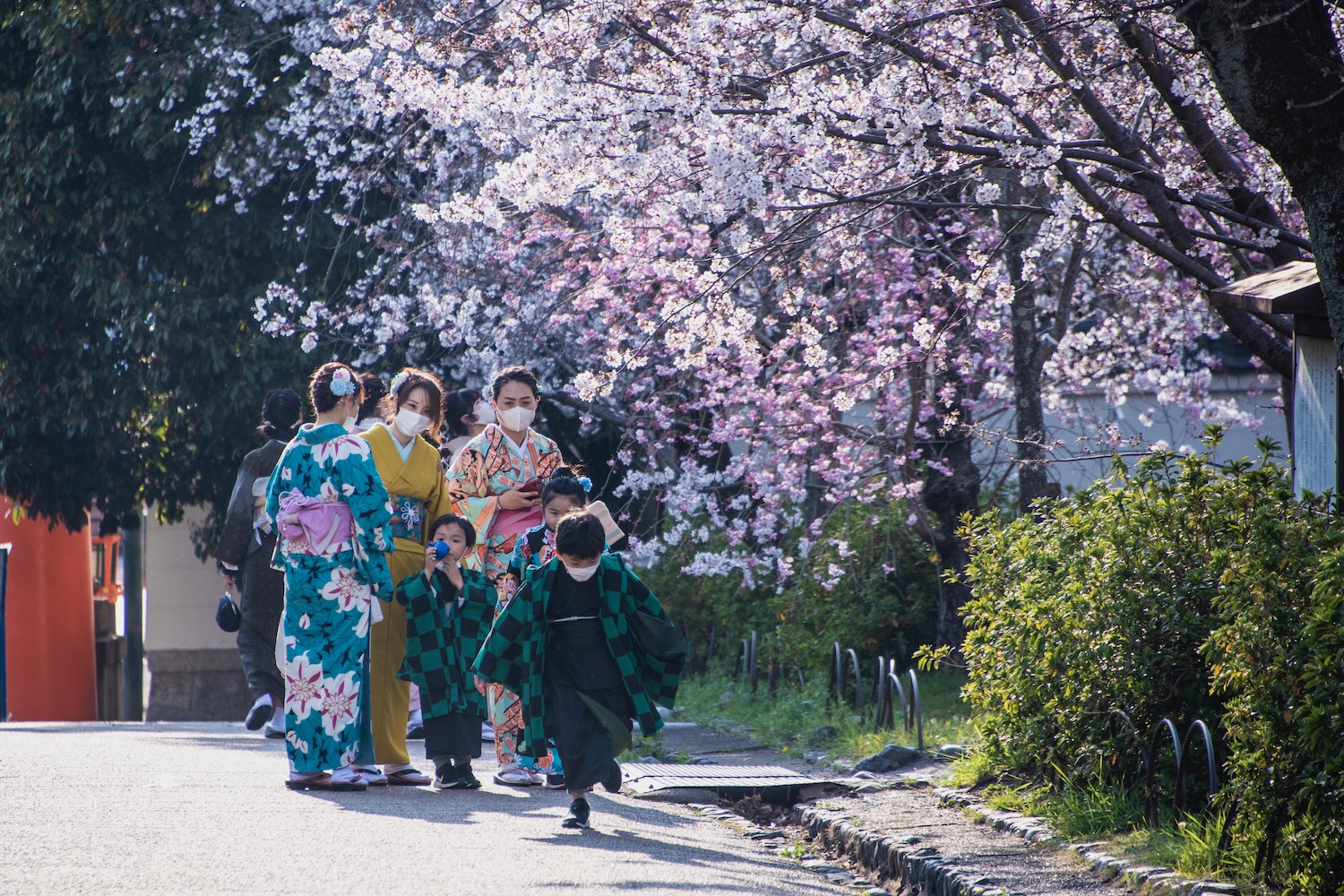
The Truth About Masks in Japan
A lot of people have the wrong idea about masks in Japan.
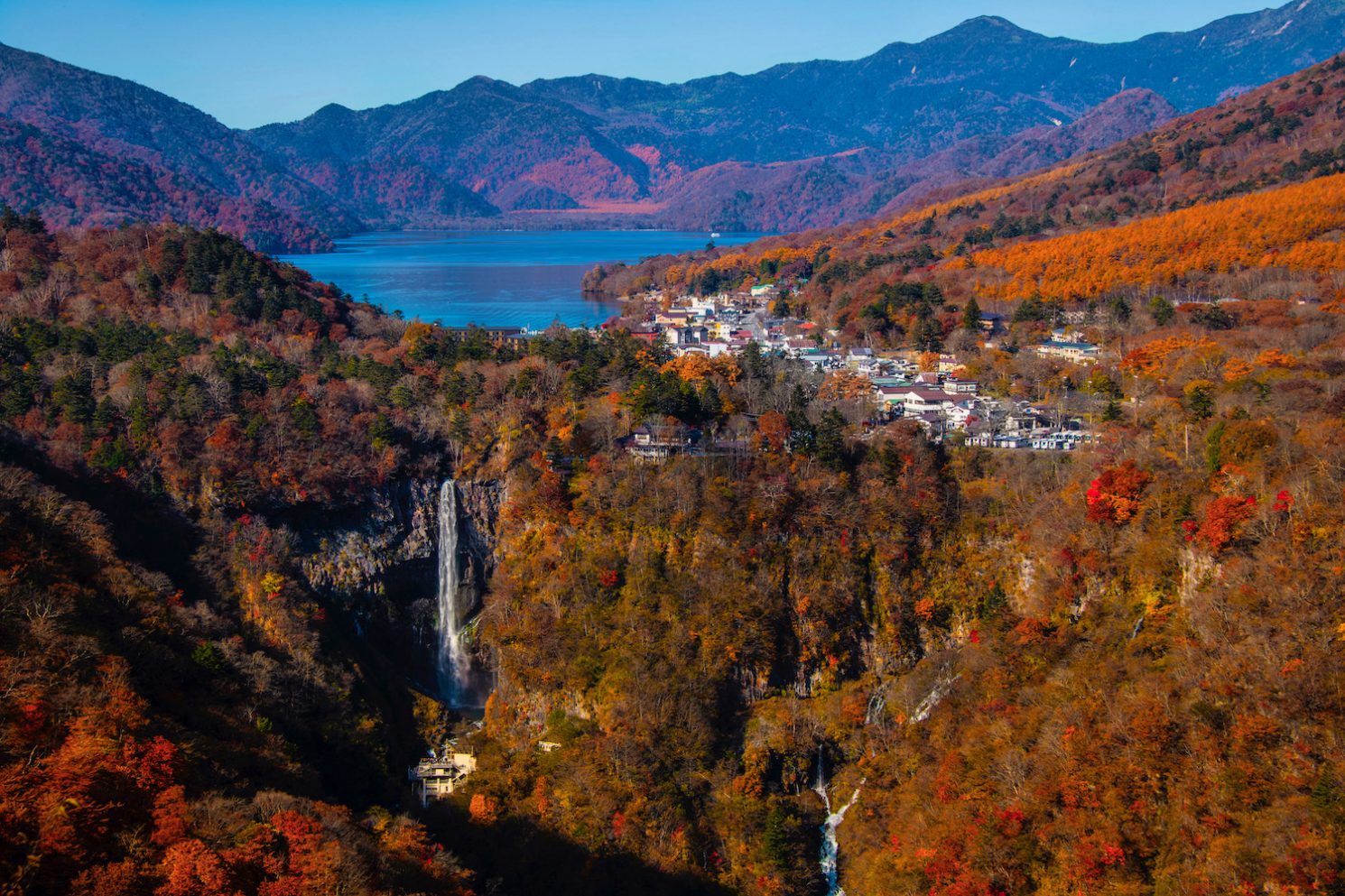
When to Visit Japan
January 14, 2024 by Robert Schrader Leave a Comment
There’s no universal answer to the question of the best time to visit Japan.

Another Taste of TokyoTreat
January 11, 2024 by Robert Schrader Leave a Comment
When the TokyoTreat box arrived at my door just before Christmas, I felt a familiar excitement.
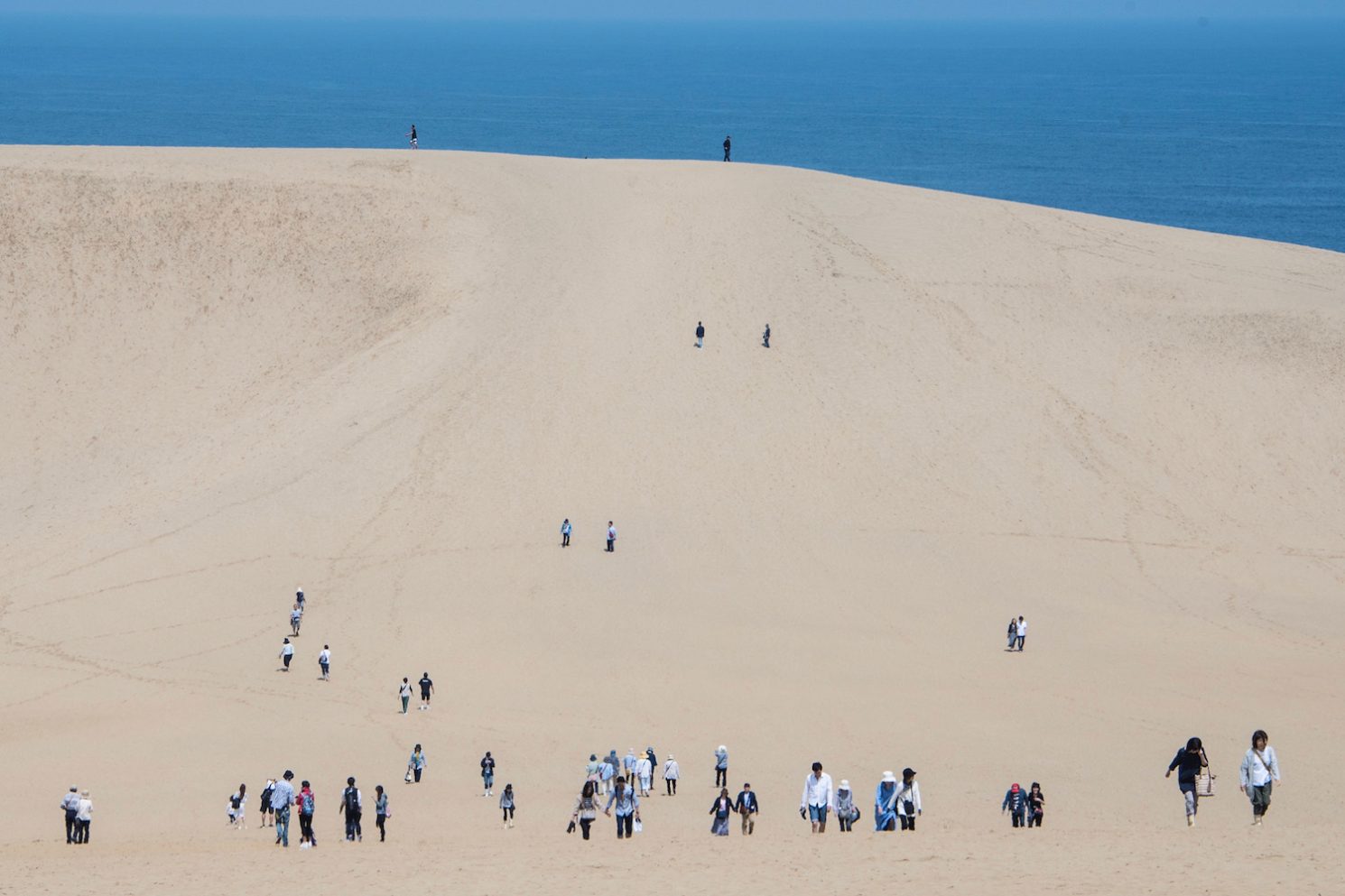
Become the Woman in the Dunes
January 8, 2024 by Robert Schrader Leave a Comment
The Tottori Sand Dunes are absolutely worth visiting, whether or not you get a chance to read the book about them before you get there.
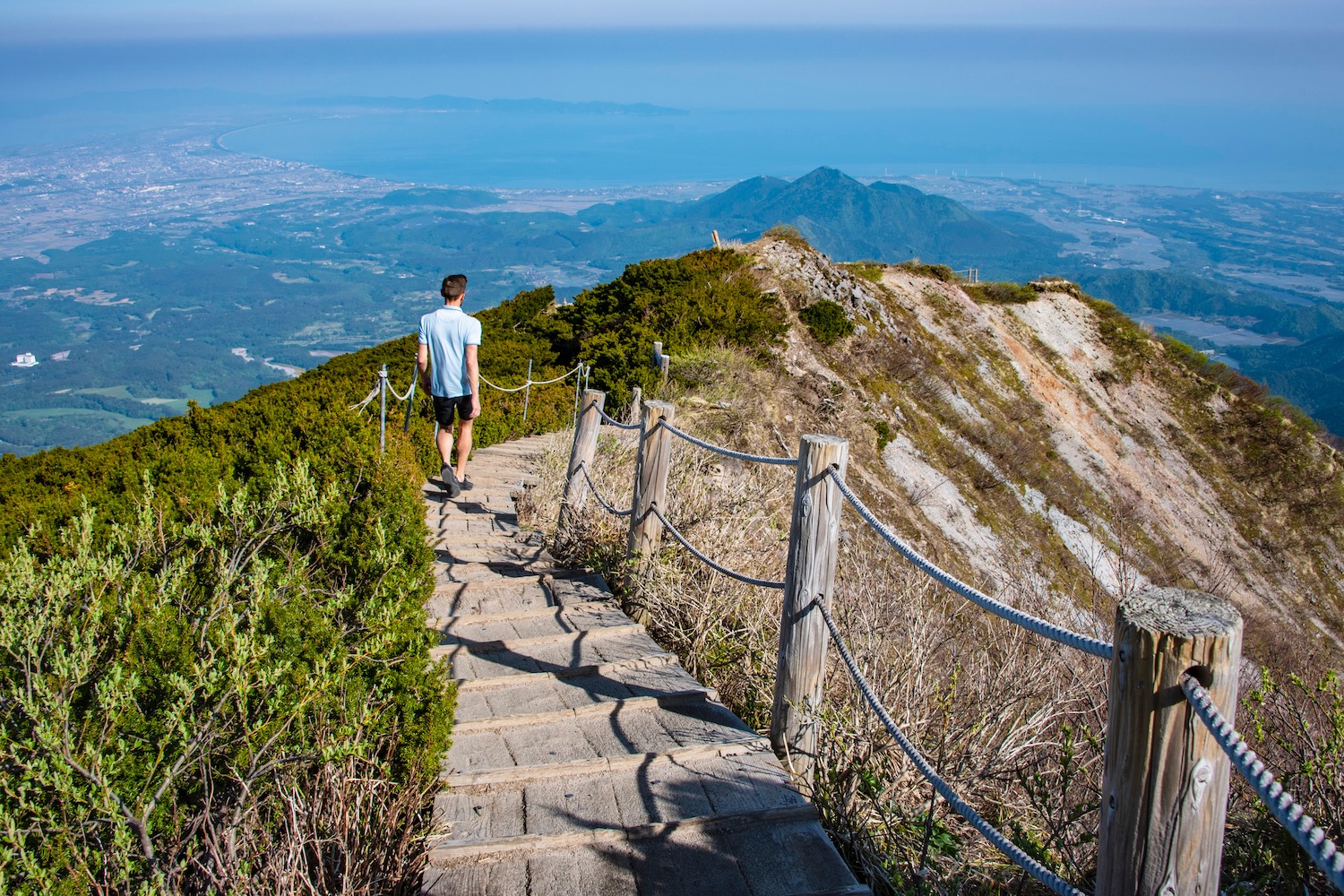
Why They Call It “Hoki-huji”
In fact, Mt. Daisen has very little in common with Mt. Fuji
- Interim pages omitted …
- Go to Next Page »
Plan Your Japan Trip

Subscribe to email updates!
Words, images and design ©2018-2024 Robert Schrader, All rights reserved. Read Privacy Policy or view sitemap .

A complete 7 day itinerary for Japan
Japan is a country I have long wanted to visit, with incredible mountain scenery, one of the world’s most chaotic & quirky cities (Tokyo), a long history of culture & tradition, and of course incredible cuisine with authentic sushi on offer everywhere you turn.
I have been asked many times over the past few years of blogging why I have not yet been to Japan, with the answer being that I was just waiting for a time that was right. This is a country I wanted to see as a whole over at least 2 weeks, instead of just flying in for a quick city trip to Tokyo or a ski trip in one of Japan’s famous ski resorts.
When I came across the Splendours of Japan Tour with Trafalgar (who I have travelled with previously in Peru ), it seemed like a great opportunity to take one of my parents overseas to visit Japan, as I knew either of them would appreciate the culture and history unlike anyone else I knew – so I booked my dad a plane ticket, told him to pack his bags, and we were off!
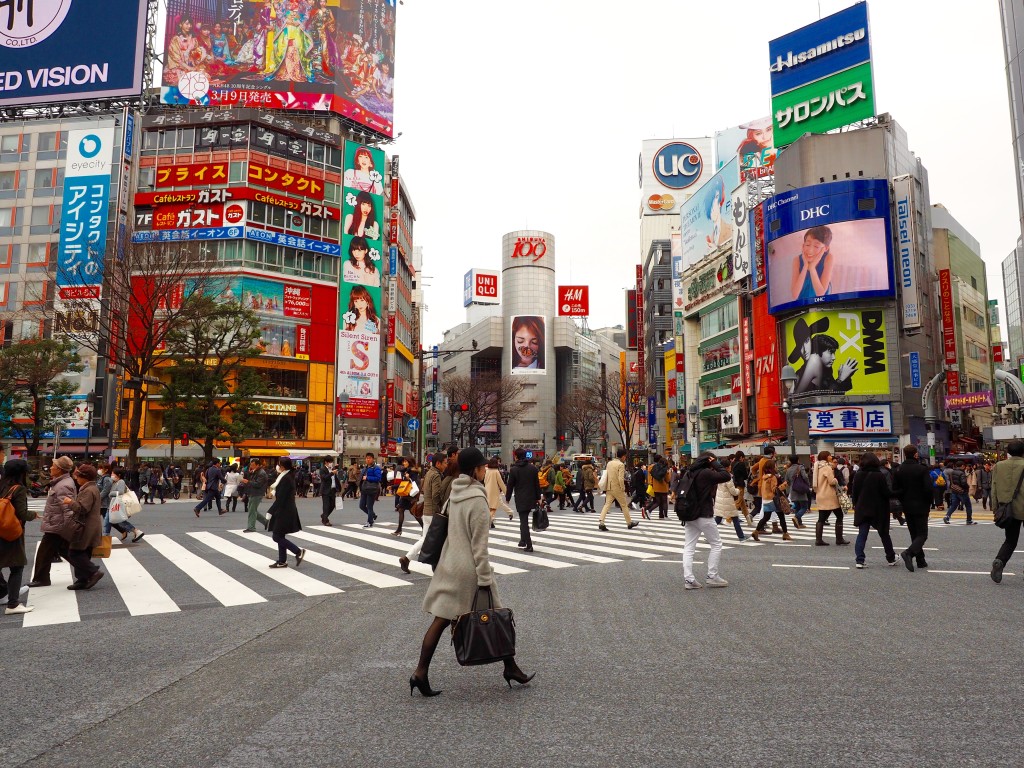
My Trip to Japan: Tokyo
Japan’s capital Tokyo is weird, wonderful, and at time completely whacky – but that is precisely what makes it such a sought after city for international visitors.
Our trip started in Tokyo as it is the main gateway to Japan and a great city to spend a few days discovering its many pockets – from the hustle and bustle of Shibuya & Shinjuku, over to the quiet peace and serenity of Japan’s public parks, and all the way through to Tokyo’s gaming district; Akihabara.
Be sure to allow yourself at least 3-5 days in this city as there is much to see and do – including tourist hot spots like the Mieji Shrine; Sensō-ji temple; Ueno Park for remarkable cherry blossom viewing in Spring; Harajuku for young fashion, nearby Omotesando for grown-up fashion, Tokyo Tower for impressive views at sunset, and if you have more time, day trips to Tokyo Disneyland, Disney Sea, or nearby Mt. Fuji.
For our Tokyo hotel we stayed at New Hotel Otani and I would highly recommend it, though for location I would have preferred to be position in Shibuya or Shinjuku.
Further reading:
A Quick Guide to Tokyo
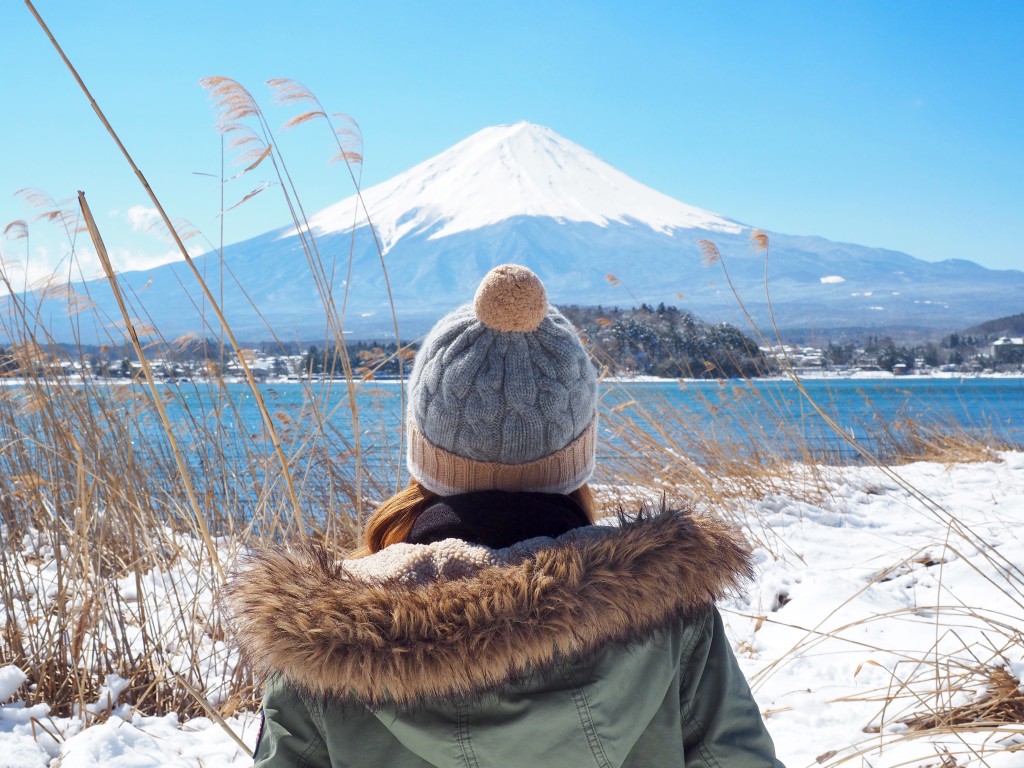
Mt. Fuji Day Trip
After enjoying all of the chaos and craziness that is Tokyo, allow yourself one day to get out of the hustle and bustle and escape to nearby Mt. Fuji to view the impressive mountain where many Japanese and foreign guests make their climb to the summit each year.
Whilst here enjoy great views (weather dependent) from Lake Kawaguchi and enjoy a delightful blueberry + vanilla soft serve from the gift store.
Onwards from Mt. Fuji we proceeded to visit Hakone, a small village on lake Ashi, which also offers great views of Mt. Fuji from afar by taking the cable car to the viewing platform.
Further Reading:
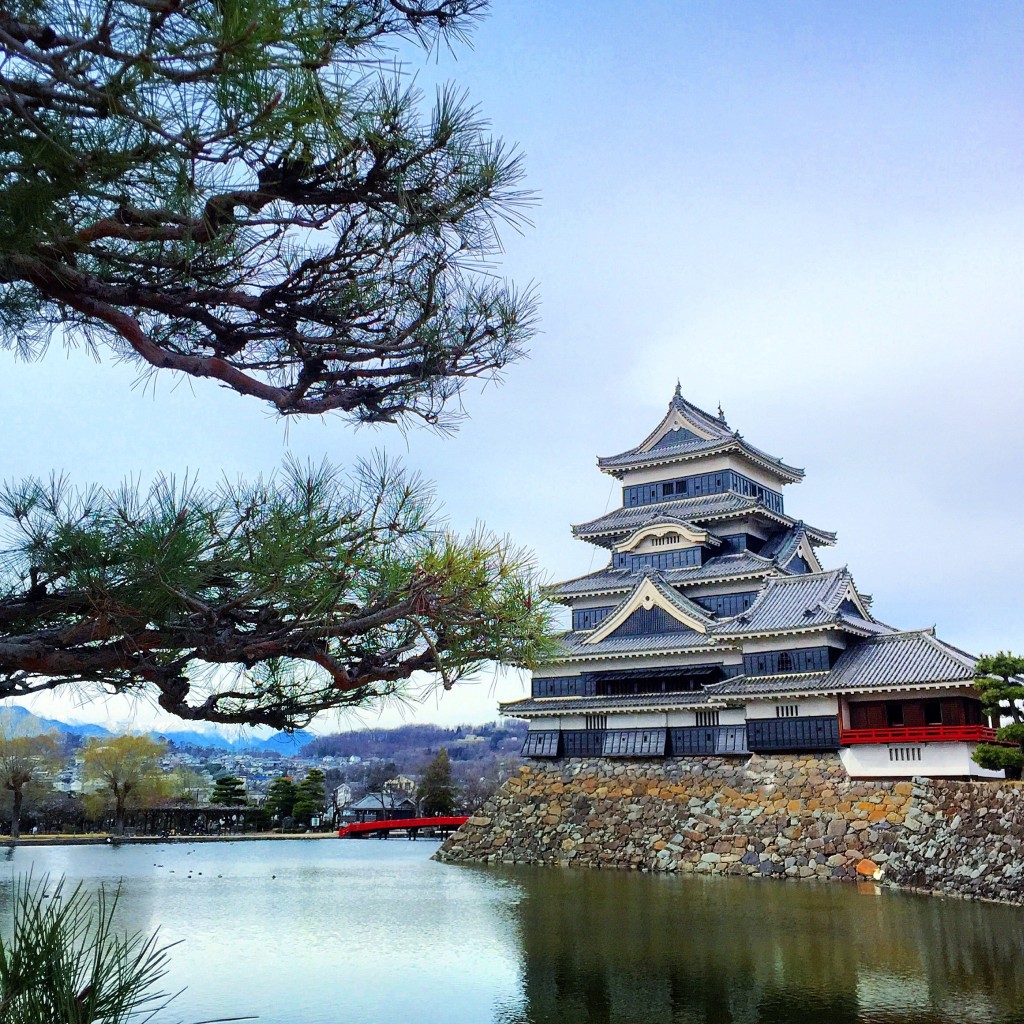
Matsumoto Castle (En route to Takayama)
After 3 nights in Tokyo (I would suggest booking at least 1-2 more nights to allow time to see/do everything in Tokyo), we made our way by bus to Takayama via Matsumoto Castle – one of Japan’s most picturesque castle. Also known as crow’s castle due to its black exterior, this castle is entirely built of wood and as per Japanese tradition, built completely without nails (it pieces together like a jigsaw puzzle and can be entirely pulled apart and put back together).
There isn’t a great deal to see beyond the castle, so after a quick look inside and walk around the grounds, it was onwards to Takayama in the same day!
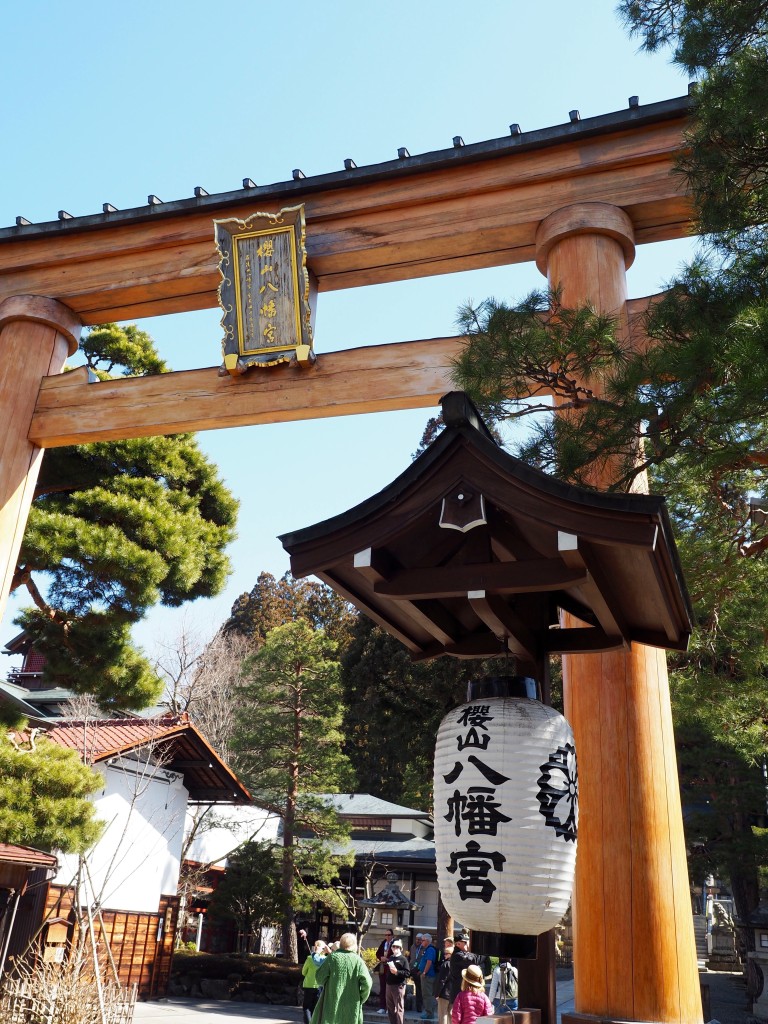
This gorgeous little city known as Takayama is the gateway to the Hida region. One day to explore this city is enough time to see most points of interest, though if time is on your side this would be a great town to slow down and spend a couple days immersed in Japanese culture and traditions.
Soft serve ice cream plays a big role in Takayama with many flavours available on the many street – don’t be afraid to try them all! There are also some great Izakaya restaurants here (casual Japanese food), offering a great chance to try regional food.
For our hotel in Takayama we stayed at the three-star Hida Plaza Hotel . I wouldn’t particularly recommend it and I believe Takayama is a great location to try a traditional Ryokan whilst in Japan.
A Quick Guide to Takayama
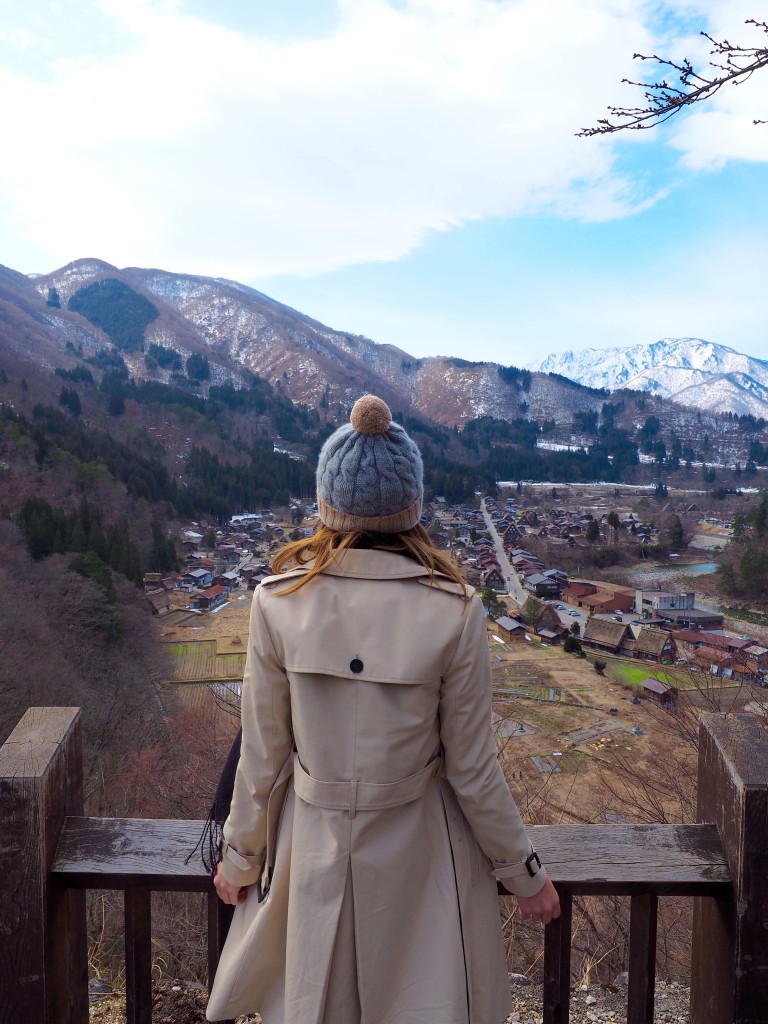
Gokoyama & Shirakawago
After two nights in Takayama, we made our way through countryside villages toward the busy city of Kanazawa – but as is often the case, today was all about the journey to get there.
En route we stopped at two traditional villages – characterised by thatched roofs and traditional wooden houses. These two villages are UNESCO World Heritage listed as they portray Japanese traditional in its truest form – so be sure to take plenty of photos!
Onwards we stopped at a Nomura House, a traditional samurai house where we learned the history of the local region, ongoing traditions and the history of the samurai.
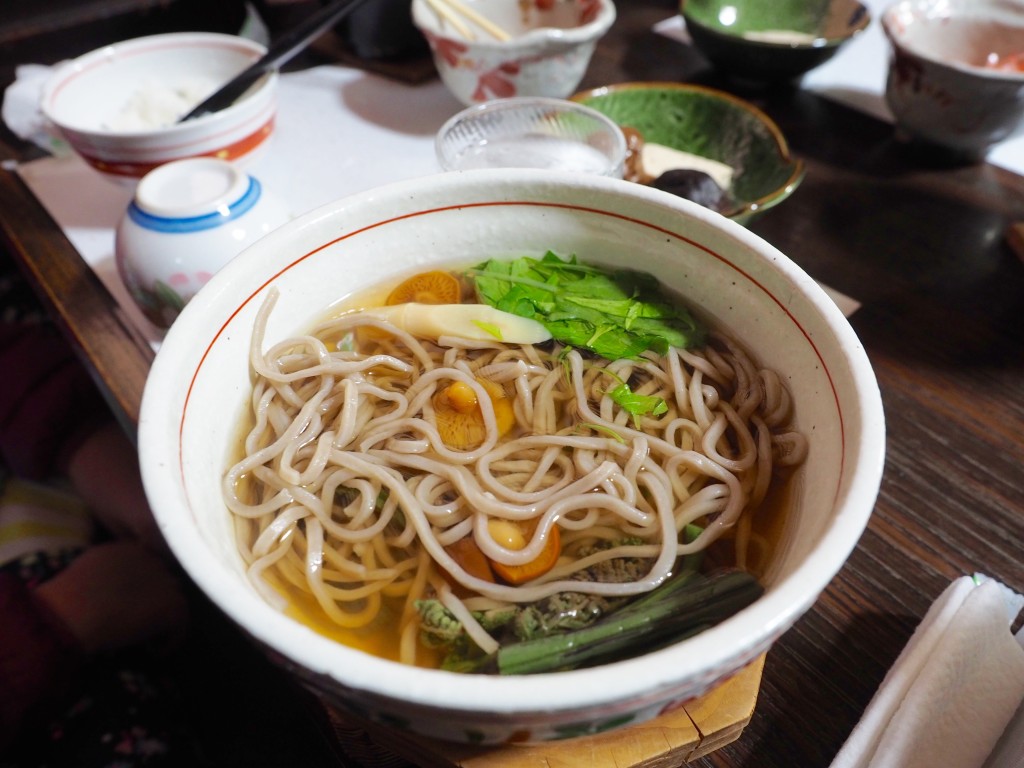
Sadly I have only a couple of rainy, not-so-clear photos to show from our time in Kanazawa, as we experience rained for the two days we were though and thus mostly stayed indoors.
Should you be received in Kanazawa with sunshine, be sure to visit Kenroku-en, regarded as one of Japan’s three most beautiful gardens and just next door is Kanazawa castle, which is also worthy of a visit.
Kanazawa is a larger city (with multiple Starbucks and McDonalds if that gives any indication!), so I would recommend just one day to explore here, to allow for more time in the countryside or cities that have more to offer in terms of sightseeing and culture – like the next stop; Kyoto!
For our hotel in Kanazawa we stayed at the Kanazawa Tokyu Hotel , which I would highly recommend for both location & a fantastic buffet breakfast!
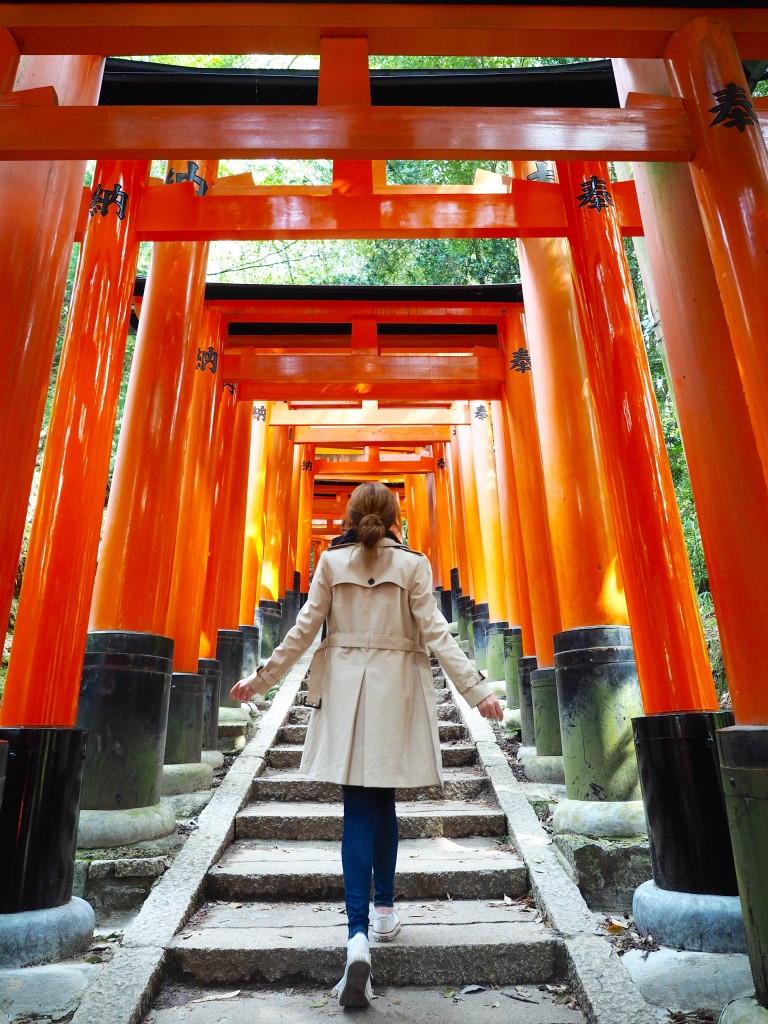
Once the capital of Japan, Kyoto is as idyllic as one could ever imagine Japan to be. Although the charm of Kyoto lies beneath the bustling city that it is today, when you take the back streets you soon begin to discover the history, culture and traditions that live on in Japan to this day.
Be sure to wander through Gion, Kyoto’s most renowned Geisha district and an absolute mecca for green tea (matcha) lovers! Here green tea comes in any and all forms – ice cream, parfaits, frappes, hot lattes and more!
Kyoto is also home to the famous Fushimi Inari Taira – an incredible shrine of thousands of red torii gates that line the 4 kilometre stretch to the sacred Mt. Inari. Nature lovers will enjoy the bamboo groves, whilst those looking for a city escape can always make a quick trip to Osaka – just a 30 minute express train ride away!
For our hotel in Kyoto we stayed at the Hotel Nikko Princess which I would highly recommend due to the large rooms, amazing service (particularly from the concierge), great location and a great breakfast buffet.
A Quick Guide to Kyoto
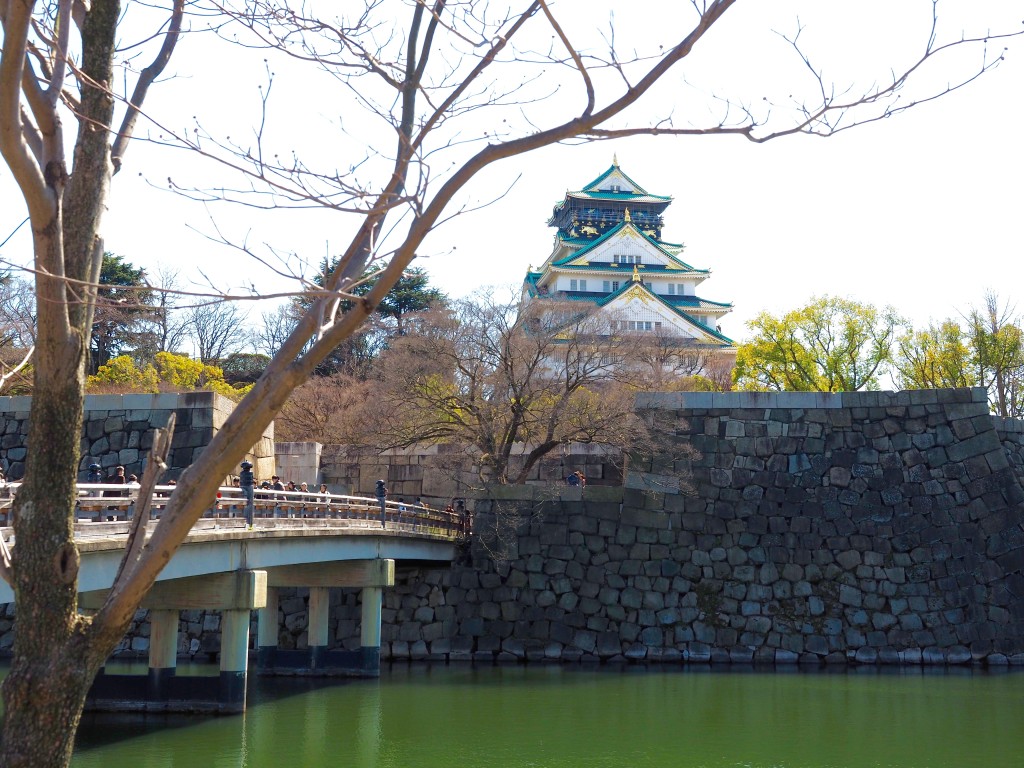
Although Osaka wasn’t on our itinerary for the tour, we had an extended stay at the end in Kyoto, which allowed for a spontaneous trip to nearby Osaka (30 minutes by express train from Kyoto). The trip happened completely by chance, as we were sat in our hotel room making a plan for the following two days, deciding when would be best to visit each location for less crowds, particularly as it was a public holiday that day. All of a sudden we made the decision to head out of Kyoto to nearby Osaka and experience the hustle and bustle of now my absolute favourite city in Japan.
My favourite areas to explore in Osaka were Shinsekai and Dotonbori. Shinsekai felt like a time warp as you quite literally step back in time to a Japan that time forgot, but of course with the added colour and livelihood of the 21st Century! Dotonbori is the main tourist thoroughfare in Osaka which is also home to the best street food in Osaka (and some of the best in Japan), whilst allowing plenty of opportunities to spend some cash.
A Quick Guide to Osaka
World of Wanderlust experience the Splendours of Japan Tour as a guest, however my opinions and oodles of photos are all my own!
Brooke Saward founded World of Wanderlust as a place to share inspiration from her travels and to inspire others to see our world. She now divides her time between adventures abroad and adventures in the kitchen, with a particular weakness for French pastries.
Find me on: Twitter | Instagram | Facebook
Incredible places would be great for students to visit in their winter vacations. Students will get to learn many things about these places.
*early next year
Hi Brooke! I love your Japan travel blog! Planning to go there early next week. Btw, may I ask what camera do you use? Your photos are fantastic!
Great post, japan is so calming even though i haven’t been there by reading your post i feels like i was also there. hope i can visit there soon and try alot of ramen, thankyou!
Great blog! Thanks for sharing informative and complete japan itinerary.
Japan always make me dream…and you made that too with your post and pictures!! I really can’t wait for restrictions to go away, the first place i’m gonna visit are Gokoyama e Shirakawago for sure!

Los Angeles
Plan a trip
First trip solo
Packing guide
20 Best Places for Solo Female Travel
Travel after a break up
20 Places in your 20’s
WAYS TO TRAVEL
Solo travel
Adventure travel
Luxury travel
Learn a language
Become a blogger
Boutique Japan
The Boutique Japan Blog

Japan’s Best Boutique and Luxury Hotels & Ryokans

The best hotels and ryokans in Japan range from charming traditional inns in the countryside, to stylish design hotels and…

Traveler’s Guide to the JR Pass (Is It Worth It?)
The Japan Rail Pass (or JR Pass, for short) can be a good way to get around Japan, but many…

Japan’s Best Matsuri (Festivals)
Matsuri, festivals in Japan, are often spectacular, filled with color, exuberance, and tradition. Japan has perhaps more unique festivals than…

Major Holidays and Peak Travel Seasons in Japan
If you’re considering a trip to Japan during one of the country’s peak travel seasons, be aware that things can…

We’re Hiring an Operations Specialist
Do you love travel and spreadsheets? Boutique Japan is hiring a Full-Time Operations Specialist to join our talented remote team.…

A Guide to Ekiben: Eating & Drinking on Japan’s Trains
Japan is renowned for its world-class rail and outstanding cuisine, and one of the best ways for travelers to experience…

We’re Hiring a Sales Specialist
Boutique Japan is seeking an experienced and ambitious Full-Time Sales Specialist to join our talented remote team. If you have…

Hiking the Historic Nakasendo Trail: 3 Days in the Kiso Valley
Winding through Japan’s central mountains, the 17th-century Nakasendo Trail leads travelers along ancient stone forest paths, through preserved Edo-era villages,…

Japan Ends Covid Requirements for Tourists
Japan’s borders reopened to independent travelers in the fall of 2022, and since then visiting Japan has been virtually as…

Family Travel in Japan: 25 Ideas for Exploring Japan with Kids
Japan is fun, fascinating, and safe, making it one of the world’s best destinations for family travel. Whether you’re traveling…

Traveling to Japan with Food Allergies and Dietary Restrictions
Japanese cuisine is a huge reason so many of our travelers visit Japan, but what about traveling through the country…

Things to Do in Matsumoto: Culture in the Japanese Alps
I arrived in Matsumoto on a cold night, the chill of winter still enveloping the streets, a breath of rain…
- The Process
- Testimonials
- Work with Me
- Start a Blog
- Yearly Roundups
- 101 in 1001 Goals
- how to start a travel blog
- tips for new bloggers
- write me a guest post!
- Work With Me
A Passion and A Passport
Proving Travel is Possible with a Full-Time 9-5
10 Days in Japan: A First-Timer’s Complete Japan Itinerary
last Updated: March 7, 2024 hiroshima japan kyoto miyajima nara osaka tokyo
FYI: Affiliate links may be sprinkled throughout the awesome, free content you see below. I’ll receive a small commission when you purchase from my links (at no extra cost to you), which I’ll totally blow on adult things like boba tea and avocado toast. As always, thanks for the support.
Looking for the best way to spend 10 days in Japan? You’re in the right place!
Continue reading for tons of first-hand tips, recommendations, and a complete 10 day Japan itinerary, which can easily be turned into two weeks in Japan if you’ve got a few more days. I absolutely LOVED my time in the country, and with some proper planning, I can guarantee you will too.

Japan is over-stimulating and over-whelming in the best way possible. An absolute thrill to the senses.
From the shiny bright lights of Tokyo’s Akihabara District to the serene temples and zen gardens in Kyoto , Japan is a country where the past and the future collide more than you initially realize.
I can promise you that every bite of food will be better than the last, and you’ll be saying oishi (“delicious” in Japanese) during every meal.
If you can visit during cherry blossom season, you’re in for a real treat – the streets will be lined with the most beautiful bunches of white and pale pink flowers you’ve ever imagined, which in turn makes the country smell absolutely phenomenal.
Japan is quite literally the most fascinating country I’ve explored to date. (And I just hit my goal of 30 countries by my 30th birthday a few months ago!) #killingit
I’d love to spend more time in Japan, and am highly encouraging everyone I know to discover this little piece of Asia sooner than later. So today, I am sharing with you my 10 day Japan itinerary, all heavily researched (for hours!) before my trip and followed pretty much to a T.

Overview of this 10 Day Japan Itinerary
When I initially started planning my trip, I was worried that 10 days in Japan wouldn’t be enough. Thankfully, I proved myself wrong and was able to see and do oh so much , as well as stuff myself silly with all those Japanese snacks I had heard so much about. [Spoiler alert: bring stretchy pants.]
The country is filled with so many fascinating areas, but 10 days in Japan will give you enough time to see the highlights. To be completely honest, this Japan itinerary is rather jam packed, yet highly efficient (I promise!), although I suggest slightly modifying it if you’d like a more relaxed trip or are traveling with kids.
While we’re at it, check out all my travel planning tips right over here!

This Japan itinerary starts in Tokyo , makes a day trip to either Kamakura, Nikko, or Hakone, then ventures south to Kyoto , with day trips to Nara, Osaka, Hiroshima, and Miyajima Island. Distances really depend on the mode of transport you use, with bullet trains being the fastest.
- Days 1-3 : Tokyo
- Day 4: day trip from Tokyo
- Days 5-6: Kyoto
- Day 7 : Nara and Osaka
- Day 8 : Miyajima and Hiroshima
- Day 9 : morning in Kyoto → Tokyo
- Day 10: Tokyo in morning/afternoon → airport
Japan is a decently large-sized island country located in Eastern Asia, being slightly smaller than California . Rest assured, the entire country is connected via trains. In my experience, Japan may have the most efficient and well-connected public transportation system in the world (and that’s coming from someone who spent their childhood riding the extensive New York City subway).
Despite holding the title for the 10th most populated country in the world (aka: it’s crowded), you can still find some peace and solitude in the many gardens and temples located just about everywhere.
Pre-Travel Guide to Japan
Where to get the best flight deals to japan:.
I swear by Skyscanner and Google Flights , and always always always use these two sites when looking for airfare. The option to watch prices and get email notifications are top notch and one of my favorite features of the two.
Always check budget airlines that may not be listed, especially if you are coming from other areas in Asia with shorter flight times. A great list of budget airlines can be found here .
For reference, we flew premium economy on China Airlines with a short layover in Taipei for about $1200 round trip from San Francisco – during Easter and cherry blossom season – but I saw deals for under $800 in coach. [I’m not complaining about the upgrade that my husband insisted on buying, but know that cheaper flights are out there.]
If you’re coming from the East Coast USA, flights will be a bit more expensive but shouldn’t be more than $500 more or so.

Where to stay:
In an effort to keep things simple (and avoid changing accommodation every night or two – what a pain!), this itinerary will have you staying in 2 main areas (Tokyo and Kyoto).
I highly advise booking accommodations near centrally located train stations in each as it’ll be easiest for the day trips mentioned in the 10 day Japan Itinerary below.
I opted to stay near Shibuya Station in Tokyo, as it’s centrally located and easy to reach other districts. In Kyoto we stayed near Kyoto Station as we were taking a bunch of day trips and wanted to be able to walk to our accommodation easily after a long, busy day on the road bullet train.
- Luxury: Cerulean Tower Tokyu Hotel
- Mid-Range: Shibuya Excel Hotel Tokyo
- Budget: Shibuya Tokyu Rei Hotel
- Check out other hotels in Tokyo here.
- Luxury: Hotel Granvia Kyoto
- Mid-Range: Kyoto Century Hotel
- Budget: Rihga Royal Hotel Kyoto
- Check out other hotels in Kyoto here.
- Yado Kiramachi
- Kyoto Takasegawa Bettei
- Muromachi Yutone Kyokoyado
Airbnb is also a great option and a good way to save some money if you’re spending a few nights in one spot (always check the cleaning and booking fees, as these can greatly increase the price should you only need a 1-night stay).
New rules regarding Airbnb rentals were implemented in June 2018, and now listings must be registered and display a license number on their booking page. Thankfully all current listings on Airbnb are compliant (the company removed any which failed to register in 2018), so you can be sure your booking is absolutely legit.
While I’d love to recommend the Airbnbs we stayed in during our trip to Japan, they are no longer available. However, there’s tons more to choose from – just check out the Airbnb website .
First time using AirBnB? Sign up with THIS LINK to get $30 off your first stay!
When to visit:
There’s never a horrible time to spend 10 days in Japan, but each season has their pros and cons.
Spring : If you’re hoping to see the ever-so-beautiful cherry blossoms, April is your best bet. That being said, it’s also the month most people visit Japan for that very reason. I visited in early to mid-April, and while yes it was crowded, the beauty of the cherry blossoms found throughout the country was well worth it.

Fall : Autumn is another wonderful time to visit Japan, as you’ll get to experience the vibrant fall colors (bright red leaves) from September to November.
Summer (June to August) is hot, humid, and rainy (although the rain tends to dissipate in early July), while winter (Dec-Feb) is generally cool, sunny, dry and great for snow-sports in the mountains.
Note that weather varies dramatically throughout the country, so be sure to plan accordingly especially if you visit higher altitudes.
Read Next: When to Visit Japan (Weather, Seasons, Festivals, and Crowds)

How to get Japanese Yen:
I highly advise you to NOT exchange your money at a currency exchange kiosk before or after you land as you won’t get the best rates. Instead, take out local currency (Japanese Yen) at the airport via ATM machine.
If you travel quite frequently, consider applying for a Charles Schwab bank account. The company refunds any and all fees associated with foreign transaction ATM withdrawals. You’ll pay no ATM fees anywhere in the world, including your home country. It’s what I’ve been using for years and it’s saved me 100’s in unwanted pesky fees.
Surprisingly, considering it’s crazy-advanced technology and all, Japan is mostly a cash society; yes, we were exceptionally wowed by that! Expect your credit card to get rejected at most places (especially small eateries and of course street-food stands) and be sure to carry enough Yen with you.
If you’re coming from the US, an easy way to figure out USD to JY is to move the decimal point two spots to the right >> 100Y = approximately $1USD. Just for quick reference, 10,000Y = approximately 100USD.

How to Get Around Japan:
If you’re visiting Japan from elsewhere in the world (i.e. you are not a resident of Japan), you are able to purchase a JR train pass for varying amounts of time. The JR pass gives you access to all of the trains, most Shinkansen lines (bullet trains), the ferry to Miyajima, and a few other transportation lines. Options include 7-day, 14-day, and 21-day.
I used a 7-day JR pass during my trip, and I highly advise you to do the same if you’ll be following this 10 day Japan itinerary. The Green Car option, while a bit more expensive, is JR’s version of “first-class” and most definitely worth it in my opinion. Note that it does not cover all bus routes/lines and some local trains, but these only cost about 100-300Y ($1-3USD), so no biggie.
If you plan on using a JR pass, you NEED to purchase it before you enter the country . Once you arrive in Japan, there is no option to buy it. And when I say no option, absolutely NO option at all.
Once you purchase the pass (which must be done outside of Japan) you will receive a voucher in the mail (within a few days) which you will then exchange upon your arrival in Japan at a designated JR ticket booth in major train stations.
Buy your Japan Rail Pass here (it’s the company I used and our voucher arrived promptly in the mail). There was free delivery straight to our home which I greatly appreciated, and once in Japan we saved a ton of money on the Shinkansen (high-speed bullet train), and breezed through the JR rail stations like a boss.
I can’t imagine doing Japan any other way than with a JR Pass. Check out the options (standard and green pass) here.

UPDATE — Buying a JR Pass in Japan : The Japan Rail Pass be will sold at a higher price point and on a trial basis in Japan through October 1, 2023 at major stations and airports. However, if you know you’ll be using one, miiiight as well save a bit of money and purchase it beforehand from a trusted company . There’s really no reason not to.
The public transportation system in Japan is top-notch, and although extremely overwhelming (at first, trust me), it’s by far the best (and most cost effective) option for getting around throughout the country.
Electricity and Power in Japan:
Japan uses the same 2-pronged electrical outlets as found in the USA. If you’re coming from America, note that some electrical devices use a three-pronged plug.
It’s also important to understand that the amount of voltage is different and you’ll need a converter (different than an electrical adapter) to change the amount of electricity pushed to each device if you plan on bringing anything which uses an excessive amount of power (including hair dryers, curling irons, and/or straightening irons).
If you don’t want to worry about this, I suggest you invest in dual-voltage devices made especially for travel like this dual-voltage blow dryer , dual-voltage mini straightener , and this dual-voltage curling iron .

Using a Pocket Wifi Router in Japan :
If you’ve done any research on Japan, you probably came across something called Pocket Wifi . What is it exactly and why should you consider getting it for your trip to Japan?
Pocket Wifi is exactly as it sounds — a small portable device that you can keep in your pocket (or purse/backpack/day bag) that provides wifi to all your devices (cell phone, iPad, computers, etc). And the best part? One Pocket Wifi will power up to 10 devices, so you can share the same Pocket Wifi with your family and friends.
Since wifi is less common in Japan than in other countries (surprising, right?!), this handy little device does wonders! You will be able to find free wifi in your hotel/ryoken, Starbuck locations around the city, and some other restaurants, but I always recommend having your own, especially if you’re visiting any smaller cities. Do note that some ryokans and older hotels might only have LAN cable internet access, instead of wifi, so you’ll definitely want a Pocket Wifi there!
You’ll use wifi on your phone for just about everything in Japan — train schedules, getting around, translating important phrases, making FaceTime calls to family, etc. You don’t wanna be without it when you need it!
And they make it so super easy — the Pocket Wifi will be delivered straight to your hotel in Japan! Once you’re done with your trip, use the convenient prepaid envelop to return your router from any address in Japan. Couldn’t be simpler than that!
Check out the benefits and purchase your Pocket Wifi here. Honestly, a life saver!
Useful Japanese Phrases:
- Hello/Good Afternoon: konnichiwa
- Good bye: sayonara
- Delicious: oishi
- Thank you: arigatō
- Please: kudasai
- Where’s the toilet: benjo wa doko desu ka?
- Does anyone speak English? Eigo no hanaseru hito wa imasen ka

Packing tips for Japan:
Clothing : Seaso ns are kind of temperamental in Japan, and you may be wishing you brought different clothing. Therefore, I highly suggest you pack layers for your trip to Japan. An umbrella (cute ones here , here , and here ) and light raincoat (like this or this one ) are recommended as well.
We encountered much more rain during our 10 days in Japan than we had originally planned for, and I’m glad I brought along a raincoat. If you don’t want to stuff a coat in your luggage, consider bringing along a poncho just in case.
Electricity and Power : As noted above, most of Japan’s electrical outlets are the 2-pronged “Type A” type (100 Volt, 50-60 Hz).
If you have a device with a 3-pronged or European/UK-style plug, you may need a travel adapter (for all devices) and power converter (for high powered devices like a hair straightener or blow dryer).
Pack comfy shoes that are easy to take off. You’ll need to slip off your shoes at various temples, at the airport, at ryokans, and some restaurants. My favorite ones here (on sale), here , and here .
I also suggest bringing along socks if you don’t want to go barefoot… These sushi socks are quite cute and perfect for the occasion… 🙂
Small throwaway bags for garbage. You won’t find many garbage cans around Japan in general, and it’s expected that you keep your trash on you until you can throw them away. Keep a small bag in your purse/backpack for this purpose. A small foldable tote is perfect for this, and can be used for spontaneous shopping trips.
Pack light. Navigating Japan is much easier when you have a small suitcase, especially since Japanese trains (and train stations) do not cater to travelers with a lot of luggage. In addition, there’s not as many elevators or escalators as you might wish, so remember, you may be carrying your luggage up and down a few flights of stairs.
I recommend traveling with a small rolling suitcase (one that fits in the overhead bin on an airplane like this one or this one ) and a backpack (I have this one and love it).
Stay organized with packing cubes , which also help you fit more into smaller suitcases (I’m able to fit about a months worth of summer clothing using packing cubes and packing strategically).
Language : If you’re up for it, you can also consider taking along a small Japanese Phrase Book . The language is quite difficult, and Google Translate (which won’t work without wifi or a cell plan) saved our butts far too many times.
Japanese written language uses characters, which you’ll see all over the place. Thankfully, most signs are written in phonetics using the alphabet we use.
We were also surprised by the low number of people who speak any English. Save yourself some frustration and pack a lightweight phrase book in your bag. Interested in learning some Japanese before your trip?
This book looks like loads of fun, and I’m actually thinking of buying it before my next trip back to the country. (The Japanese language is difficult you guys, just trust me.)
Travel Insurance for Japan
Yes, you need this. I always recommend purchasing travel insurance before your trip. You never know what might happen (flight delays, lost baggage, illness), and travel insurance definitely helps with all of those unfortunate unexpectancies.
I highly recommend the companies World Nomads and SafetyWing . I’ve recently been buying coverage with SafetyWing since they cover pandemic-related costs (which most travel insurance companies do not do).
Whenever we travel, we always buy a short term plan (depending on how many days/weeks we’ll be away) before leaving for any trip! Even if you don’t end up using it, peace of mind is 100% worth it in my opinion.
Find plan options and pricing here (and at only a few bucks a day, there’s no excuse not to!) I always say, if you can’t afford travel insurance, you can’t afford your trip. It’s that easy.
Buy your travel insurance now — don’t wait until it’s too late!
10 Days in Japan: A Complete Japan Itinerary
And now, the fun part! The 10 day itinerary in Japan!
Day 1: Arrive in Tokyo!
You’ll most likely be flying into Narita Airport and will need a little over an hour to get into the city center via the Narita Express. After such a long flight (with lots of time difference), it’s best not to plan much on this first day – hello, jetlag!
I suggest exploring the area you’re staying in (my suggestions: Shibuya or Akihabara) and devouring your first Japanese dinner of either ramen or pork Katsu.

During my stay, I opted for an AirBnB in Shibuya , which has an epic nightlife with tons of stuff going on, restaurants included (even if “partying” isn’t your thing- it sure ain’t mine!). Use this first afternoon/night to relax and rest up, as the rest of this itinerary will be go-go-go!
Day 2: FULL DAY IN TOKYO (West Side)
Today’s all about modern Tokyo ! You’ll be exploring the western districts of the city, including Shibuya, Harajuku, and Shinjuku – just saying these names are fun! You can either walk from district to district as they are fairly close together, or buy single use train tickets to hop between each.
DO NOT USE YOUR JR PASS YET as it will expire before you finish needing it later on during the trip. Train tickets within Tokyo are not very expensive, and you won’t be needing many today anyways!
Stop 1: Shibuya

If you opted to stay in Shibuya, you won’t need to take a train here! Shibuya is Tokyo’s version of Times Square , and with all the bright lights and massive amounts of people, it’s easy to see why. Be sure to check out the world-famous Shibuya Crossing , where 100’s of people scramble across the street at once.
For the best view above, head to Starbucks (you’ll need to order something before going upstairs), or find the Keio Inokashira Line at Shibuya Station for another perfect view.

Also say “Hello” – or Konichiwa — to Hachiko (the most loyal dog in the world statue) at Shibuya Crossing and do some shopping at Tokyu Hands .

Meiji Shrine shouldn’t be missed as well, which is the Shinto shrine that is dedicated to the deified spirits of Emperor Meiji and his wife, Empress Shōken. You’ll be seeing lots of shrines and temples during your time in Japan, and Meiji is a great one to start with!
If you’re lucky, you may even witness a traditional Japanese wedding ceremony! I, however, was not so lucky.
Stop 2: Harajuku
If you want to get a taste for Japanese street style, visit Harajuku. On Sundays, you can see traditional Harajuku Girls dressed in elaborate costumes and anime – so fun! Try and spot the girl in the photo below all decked out in costume. If you can’t make it on a Sunday, you can get a feel for Japanese street style any day of the week.
You can reach Harajuku by taking the Yamanote line to Harajuku Station, although it’s not a far walk from Meiji Shrine.

Walk down the famous shopping street of Takeshita Dori , where you’ll find a whole mess of fun stores and fun cafes. Note that most shops don’t open until 11am, but if you’re following this itinerary, you’ll probably arrive here around 1pmish or so.
Be sure to try a crepe – the unofficial street food of Harajuku, which you’ll find all over Takeshita Dori! We also visited a hedgehog café and played with them for about 45 minutes or so. A super quirky and super weird area, definitely not meant to be missed!
Read Next: Top Things to do in Harajuku

Stop 3: Shinjuku
Shinjuku is the largest neighborhood in Tokyo (dubbed the crazy entertainment district), and you’ll find thousands of restaurants, shops, entertainment, and other attractions that you could easily spend all day here.
With limited time, we spent a decent portion of the afternoon and night here and felt that was sufficient enough to see the highlights.

Many people opt to see the ever-so-popular Robot Restaurant , which I’ve heard is an other-worldly experience, but after reading reviews, we decided against it. Do your own research and decide for yourself whether this show is worthy of your time and money.
Whether you decide to spend part of the evening at the Robot Restaurant, I highly encourage you to make a visit to Omoide Yokocho , commonly known as Piss Alley.
Piss Alley is a small network of alleyways along the tracks northwest of Shinjuku Station filled with dozens of tiny eateries serving ramen, soba, sushi and yakitori. Just pick one with open seats and go in – they’re all worthy of some stomach real-estate.

Consider the free observation deck on the 45th floor of the Tokyo Metropolitan Government Building , visit Shinjuku Gyoen (a large public park near Shinjuku Station being a perfect cherry blossom spot – check on hours, we missed the entrance by about 20 minutes 🙁 ), and find an epic view of the area from the pedestrian overpass near the northwest corner of the Shinjuku station.

Day 3: FULL DAY IN TOKYO (East Side)
Now it’s time to experience the more traditional side of Tokyo , including Sensoji Temple and Ueno Gardens. Another bird’s eye view can be seen today, at nearby Tokyo Skytree.
If you’re staying in Shibuya like I did, you’ll need to take the train from Shibuya Station to Asakusa Station (35-45 min on train) via the JR Yamanote Line to Ginza or Asakusa Line. Make sure to purchase single tickets – do NOT activate your JR pass yet!
Asakusa and Sensoji Temple

Asakusa is the spiritual heart of Tokyo and a good place to start your day! Sensoji Temple is the main attraction here, and you’ll start your morning journey at the Kaminarimon Gate .
As you walk toward the temple buildings, check out the historic Nakamise Dori shopping street, pick out some souvenirs and grab a Japanese snack (or two!) before exploring Sensoji Temple.
Consider drawing Omikuji (written fortunes) while here. If you’re up for it and are interested, check out the surrounding old-fashioned neighborhoods around Asakusa.

Sumida Park and Tokyo SkyTree
If you’re visiting during cherry blossom season, I highly advise you to visit Sumida Park , which is an absolutely wonderful spot to see the flowers in bloom! It was one of the least crowded public parks we went to and FULL of cherry blossoms!
I cannot recommend this spot enough! Bring a snack or two and sit on a blanket for the ultimate experience. We got sakura donuts from Mister Donut (located all around), and ate our flower-themed treats amongst the cherry blossoms.

Next up – Tokyo SkyTree , the tallest tower in not only Japan, but the entire world! At 634m (2,080 feet), the complex has two observation decks with great views over the city. There’s even a glass floor for any of you brave souls! Expect a cue, so plan on spending a bit of time here. The Tokyo Skytree is about a 20 minute walk or a 5 minute train ride from Asakusa.
If you don’t wanna wait in line, I highly encourage you to book your skip-the-line Tokyo SkyTree ticket in advance. You can even upgrade to include the Tembo Galleria.

End the afternoon at Ueno Park , another large public space located in central Tokyo and another lively cherry blossom spot. There are more than 1000 cherry trees of multiple varieties lining its central pathway and lots of temples and shrines here to check out, as well as museums and a zoo if those are of interest to you.
You’ll most likely want to take the JR train from Tokyo SkyTree to Ueno Park.

Akihabara District
Wake up because we’re off to Tokyo’s crazy Akihabara District! Spend the evening perusing the many electronic shops, including Yodobashi Akiba – the world’s largest with nine stories stuffed with hi tech equipment – for geeks with money.
You’ll also find Japan’s diehard fan anime culture here, with stores devoted to anime and manga; just be sure to keep kids away from the adult-only sections (I wondered at first why all the anime was butt naked)!
You could easily fill up a whole afternoon and night in Akihabara, from its maid and Gundam cafes, gaming centers (check out Super Potato Retro Shop if you want to be transported into the 90’s), and just gazing at the bright lights.

Day 4: DAY TRIP from Tokyo — 3 Options
Today you’ll activate your JR pass and start putting it to use! Now that you’ve explored Tokyo, get out of the busy city center and explore another nearby area. There are numerous day trips you can take from Tokyo , and depending on your interests, you may want to visit more than one!
Unfortunately this ten day Japan itinerary only allows for one, but if you have another day or two to spare, you could easily do all three.
I opted for Kamakura because of the rainy and cold weather, but I would have loved Nikko or Hakone had the weather been more cooperative that day. With two weeks in Japan, you can most definitely do all three if you’d like.
Here are my three recommended day trips from Tokyo:
1) Kamakura

Don’t miss the Great Buddha of Kamakura (at Kotokuin Temple), easily the most popular attraction in the area, and literally hard to miss at 44 feet. Here you’ll find the second largest Buddha in all of Japan.
Another site not to miss, and only a few minute walk from the Great Buddha – the Hase Dera Temple , which is a beautiful temple located on a hillside overlooking the ocean.

There’s also a bamboo forest at Hokokuji Temple , similar to that in Kyoto, and it’s possible to see Mt. Fuji on a clear day from Kenchoji Temple.
Once you’ve had your fair share of temples, or are just hungry for some lunch, head on over to Komachi-dori , the busiest commercial street in Kamakura. Try the local specialty of Shirasu-don , (a Whitebait rice bowl), which you’ll easily find in numerous restaurants on the busy street.

Not interested in venturing to Kamakura alone and prefer a group tour? Looking back, I wished I booked a tour. Although it wasn’t too far away, we got a bit confused on the train and wasted a bunch of time trying to navigate our way to Kamakura, and then even more time once we arrived.
Many of the tours include other highlights like a tea ceremony and a view of the Bay, which we missed by going alone. I recommend these (from Tokyo) which cover all the top attractions:
- Full Day Trip to Kamakura, Yokohama, and Tokyo Bay (from Tokyo) : Not only does this day tour from Tokyo take you to all the highlights of Kamakura, but you’ll also get to have lunch in Yokohama’s bustling Chinatown, visit the traditional Japanese-style sunken garden of Sankei-en (including tea rooms!), and admire the modern cable-stay Yokohama Bay Bridge.
- 5 Hour Nature and History Walking Tour: This walking tour follows a hiking route from Kita-Kamakura to Hase-dera Temple, passing many historic temples and shrines. You’ll be able to enjoy some wonderful panoramas from a hiking trail that offers views in all directions. Note that transportation is not included.
Literally sick of the city and need to get some nature into your life? Nikko may just be your answer. Full of ancient moss, stone lanterns, vermillion gates, and towering cedars, there’s a reason why this area is one of Japan’s most visited areas.

Located about two hours north of Tokyo, Nikko is the site of the famous Toshogu Shrine , the mausoleum of Tokugawa Ieyasu (VIP in Japan), and numerous other temples and shrines. Don’t miss the famous Shinkyo bridge , the beautiful Nikko National Park (on a sunny day), Kanman-ga-Fuchi Abyss, and Kegon Falls .
I’m quite bummed we didn’t make it here as all the photos look absolutely spectacular, but now I’ve got another reason to return to Japan!

Trying to fit in a lot during your one day in Nikko? Consider a group tour which gets you around easily to all of the highlights.
Day Trip Options here:
- From Tokyo: Nikko World Heritage Full-Day Tour : Explore the beautiful mountain landscape of Nikko, Japan, experience the majesty of the Tamozawa Imperial Villa, bow to the three golden Buddah’s at the Rinnoji Temple, explore the surrounding landscape with a trip to Kirifuri Falls, and have a relaxed Japanese lunch at a local restaurant.
- Nikko: Autumn Leaves and World Heritage Full–Day Tour : Discover the beautiful autumn leaves and world heritage of Nikko. During your full-day tour by air-conditioned coach, visit Nikko’s natural sights, Senjo-gahara and Kegon waterfalls, and Nikko Toshogu Shrine. Perfect during those autumn months!
If you have more than 10 days in Japan, check out these additional day trips from Tokyo .
If seeing Mt. Fuji is on your bucket list, then I definitely recommend making the day trip to Hakone.
Once arriving, you have a whole slew of options to fill your day, including the Hakone Tozan Cable Car for stunning views, the Hakone Ropeway for even more epic views, Owakudani with views of Mt. Fuji on a clear day, and a small Buddhist alter.
You can also take a Hakone Sightseeing Cruise and spend time at the Hakone Open Air Museum (art gallery). Brave? Try a black egg!

If you’re not up for heading to Hakone alone , there are numerous day trips from Tokyo that leave the transportation and planning up to someone else. You’re on holiday – treat yourself and save yourself the hassle! I recommend the followings tours:
- From Tokyo: Mt. Fuji and Hakone Day Trip by Shinkansen : Spend a day trip traveling to Mt. Fuji, Japan’s most famous symbol and highest mountain. Enjoy the view from the 5th Station before visiting the nearby resort town of Hakone, known for its onsen hot springs. Return to Tokyo by bullet train!
- From Tokyo: Mt. Fuji and Hakone Tour with Bullet Train : Get spectacular views of Mt. Fuji and its surrounding mountains on a day trip from Tokyo. Cruise across Lake Ashi by boat and take the ropeway up Mt. Komagatake. Relax in the hot springs resort of Hakone, and then catch the bullet train back to Tokyo.
However, note that seeing the mountain is never guaranteed and it’s possible you may make the trip only to be disappointed. Some months out of the year have higher chances of visibility, including the winter months. If it looks like a questionable morning with lots of clouds, I highly suggest you alter your plans and opt for either Nikko or Kamakura instead.
Day 5: MORNING BULLET TRAIN TO KYOTO then EXPLORING
First Bullet Train Ride!

*Note that you’ll be required to make a seat reservation if you have opted for the Green JR Pass. Make this reservation when you first exchange your JR voucher for a ticket, or the night before leaving for Kyoto. Don’t wait until the morning of because it’s possible the reservation desk will not be open yet.
Get up nice and early, grab some breakfast in the station/on the way to the station, and take a 7:00/7:30am bullet train from Tokyo Station (you may need to transfer at Shinagawa Station) in route for Kyoto!
If you take this early morning train ride, you’ll arrive in Kyoto around 10:30am or so, which is necessary if you want to see a bunch of Kyoto sites today. Once you arrive in Kyoto, put your luggage/bags into a coin locker (roughly 500-900 Yen for two suitcases for the entire day) and get exploring!
A note about Kyoto’s public transportation: Unlike Tokyo, Kyoto relies on large public buses. We were unaware of this and unfortunately caught off guard when we couldn’t take fast trains to get around. Give yourself some extra time as it’ll take longer to get around. Embrace it – look outside the window on the bus and take in some local Kyoto life.
Arashiyama Area
Catch the bus to the Saga-Arashiyama Station , where you’ll be hanging out for a few hours. First up, Tenyru-Ji Shrine and its accompanying zen garden. So many beautiful plants and flowers (nicely labeled in both English and Japanese) here, such as the Japanese wisteria, which you’ll never see outside of Japan.

Once you exit the garden, you’ll come across the Arashiyama Bamboo Grove/Forest . Walking through the Bamboo Grove is definitely one of the essential experiences to have in Kyoto so don’t pass it up!
The grove is much smaller than I thought, taking roughly 15 minutes to walk through, but is absolutely excellent for photography.
Walk through slowly to take it all in, and don’t forget to look up at the towering bamboo! Bring a wide-angle lens and if possible, a go pro, in order to include as much of the bamboo in your photos!

Before you head to the Monkey Park (coming up next!), you’ll most likely come across a lovely area with small eateries and a beautiful, green emerald lake. A good spot for some photos in my opinion! 🙂 We enjoyed a few vending machine coffees and teas here (you’ll be doing that everywhere in Japan too, you’ll see!).
Read Next: Top Things to do in Kyoto and Attractions

Next up, walk to the Iwatayama Monkey Park ! Yes, it’s about a 15-20 minute walk completely uphill to reach the park, but definitely worth it! Just be aware, the Google Maps directions to this attraction are wrong.
The entrance to the park is simply near the orange shrine gate at the south side of the Togetsu-kyo bridge. Look for a cartoon picture of a monkey and you’re golden!

The park is a nice change from the temples and shrines you’ll be seeing a lot of in Kyoto, and it’s so much fun to feed the monkeys for only 100Y. There’s also a wonderful view of Kyoto from up here.
Before anyone gets mad at those pictures of the monkeys “behind bars”, please know they are free to roam wherever they’d like throughout the park, and us humans are actually put in an enclosed area when feeding them. This is to protect both the animals and us.
We could have easily spent hours watching the monkeys and admiring the view, but off to the Golden Pavilion it was!
Golden Pavilion (Kinkaku-ji)

If you’ve got more time today, take the bus to the Golden Pavilion , which is super impressive and made entirely of gold! Reflected in the lake, it’s no wonder this is one of the top things to do in Kyoto.
Make sure to try some Japanese flavored ice cream here, such as green matcha and/or black sesame, my new favorite! It’s guaranteed to be crowded, but very, very worth it in my opinion.

*Don’t forget to head back to Kyoto Station to collect your bags before heading to your hotel or AirBnb for the night!
Day 6: FULL DAY IN KYOTO
Nishiki Market

Start the day at the Nishiki Market – known for its different food stalls where you can try all kinds of Japanese cuisine and treats.
Stroll for an hour or so up and down the streets of the market, stopping whenever something tickles your fancy. The market is a great place to dive into some of the more unusual dishes – don’t be a chicken, try them!

However, absolutely don’t leave the market without trying tako tamago – the infamous candied baby octopus stuffed with a quail egg. It tastes way better than it sounds – I could have eaten three!
Want a taste of those cutesy animal donuts you’ve possibly seen all over the internet? You can try them here – at Floresta Donuts . I had a hard time eating mine as it was just too cute to bite into! Quite possibly my favorite thing I ate during our 10 days in Japan! SO cute!

After your fix of Japanese delicacies and donuts, walk on over to Gion, Kyotos famous geisha district. If you’re lucky you may spot a real true-life geisha , although they tend to walk fast to their destination and don’t like to show their face.
However, if you do spot one, but courteous and don’t obviously follow them or point your camera directly to their face. Show respect for their culture. I wasn’t so lucky and didn’t spot any on my trip.
Higashiyama District
End the day at the Higashiyama District, the world famous hub of Kyoto’s best-known shrines and temples. And let me tell me, this place is worth checking out. It’s one of my favorite areas in all of Kyoto .

Make sure to walk down Sannenzaka and Ninensaka – the two most beautiful streets in the district, with numerous souvenir shops and eateries. It can get rather crowded during the day (for good reason!), so we chose to come a bit before dusk had encountered a less cramped experience.
Still cramped, but less cramped than I imagine mid-day would be. You’ll find some eats on the walk – make sure to try a sakura cream puff !

Kyomizu-dera Temple , a listed UNESCO site, should be next on your list. Again, it’s quite busy, but the view out over a sea of trees is hard to beat – just imagine this during cherry blossom season (absolutely to die for!) And yea, try an onigiri maki – an emoji in the wild!

Finish off this (long and tiring) day by walking part of the Philosopher’s Path (found on Google Maps as Tetsugaku-no-michi) , a path that runs along a narrow river and is lined with more cherry blossom trees than you can ever imagine!
You’ll end at the Silver Pavilion, although not as fancy and intricate as the Golden Pavilion, and not even lined in silver, but still impressive nonetheless.
Day 7: DAY TRIP TO NARA AND OSAKA
It’s time for some day trips today, and we’ll be crossing off two in one day’s time! Head to Nara from Kyoto Station (via JR Nara Line – roughly 1 hour on the express train), then after seeing some of the top temples, head on over to Osaka and eat everything!
Get ready to interact with some deer in Nara Park , which can be found all throughout the area and are literally impossible to miss! And oh yea, those crackers you see being sold on the street? Those are for the deer, not us hungry humans!

A few temples to see: Todaiji (must visit Unesco World Heritage Site with super tall Buddha), Kasaguga Taisha Shrine (the most important shrine in Nara), Kofukuiji Temple, and Gangou-ji Temple. If you’ve had enough of temples by this time, head over to Osaka and skip a temple or two.
Tip : Get the Nara Kotsu one day pass (it’s more of a wooden plague you can wear around your neck if you please) for 500 Yen. This sightseeing bus brings you around to the top attractions in Central Nara, and is good for most of the buses you see throughout the city.

Off to Osaka for the rest of the day! Many people skip Osaka as they think it’s just another large city like that of Tokyo, but we absolutely loved our few hours here! Don’t skip it!
First up, the ever-so-beautiful Osaka Castle , one of Japan’s most famous landmarks! Get off at Osakajokoen Station.
Note that the castle may very well be closed by the time you reach it depending on how long you spend in Nara (last admission is 4:30pm in April, a bit later in the summer months), but the outside alone is worth the train and short 20 minute walk!
Next up, Dotonbori Street ! It’s an absolute madhouse full of people, shops, and eateries, and an absolute must-do while in Osaka. Be sure to look up and admire the moving animal billboards found on the buildings.

Osaka is the food capitol not just of Japan, but of the entire world. Hence, you’ll want to eat everything in sight (just leave some room for a Kobe beef dinner). Try beloved regional dishes like okonomiyaki, takoyaki (fried octopus balls – tastes way better than it sounds), udon, and hiyashi ame ginger drink.

Rule of thumb: if there’s a long line, the food is out of this world. Wait and you’ll be rewarded.
If you want to get some shopping on, head on over to nearby Shinsaibashi, the city’s premier shopping district. We chose to skip the shopping and focused on stuffing our faces 😉
Great dinner suggestion: Tsurugyu. This place is all about Kobe beef , and is super fresh and decently priced. Expect to pay around 5,000Y per person, drink included. Reservations are highly recommended, although we somehow got extremely lucky and were able to sit at the bar – but don’t count on this!

Day 8: DAY TRIP TO MIYAJIMA AND HIROSHIMA
Get ready for another jam-packed day. Yes, it’ll take a while to get here, but trust me, on a clear, sunny day, it’s 100% worth it and absolutely beautiful.
Take an early morning bullet train to Hiroshima, which takes roughly 2 hours from Kyoto Station, then a local JR train to Miyajimaguchi Station, then finally the JR ferry to Miyajima. All included in your JR Pass .

You can choose to visit either Miyajima or Hiroshima first, but I highly recommend visiting Miyajima during high tide to see the gate “floating” in the water. Check tide schedules online.
If you opt for Miyajima first (again, tide dependent), and take an 8am bullet train out of Kyoto Station, you’ll reach Miyajima by approximately 11am.
Head straight to the tori gate (after some deer interaction of course, yes there’s deer here and they’re SUPER friendly, just watch your food).
You’ll want to snap a million photos because this place is just so damn beautiful it’s hard not to! You can also check out the floating shrine as well, which we loved and was unlike any other shrine/temple we saw in Japan!

Spectacular views your thing? Take the Miyajima Ropeway (~15 minutes, $17 roundtrip) for better-then-great views of the whole area from the top of Mt. Misen . There’s a bus at the base of Miyajima Island which will take you to the ropeway station fo’ free as well if you’re already feeling super tired from your journey.

Before heading back to the ferry, pick up some ice cream (green tea or black sesame, you are in Japan!) – perfect on a hot, sunny day.
Take the ferry back to Miyajimaguchi Station, then the JR train to Hiroshima. Note that you’ll need to either take a tram or buy a Hiroshima Sightseeing Hop-On, Hop-Off Loop Bus “Meipuru-pu” to get around in Hiroshima super easily – which is free of cost for JR pass users .
We took the sightseeing bus to Hiroshima Castle , and then to the area with the A-Bomb Dome , Children’s Peace Monument , and Peace Memorial Museum and Park . The museum was closed by the time we arrived, but we were still able to wander around at the memorials and pay our respects.

End this super long day eating okonomiyaki at Okonomimura , a humungous multi-level eatery with tiny stalls of different shops making varieties of the famous pancake. Just for reference, we made it back on a bullet train around 8:30/9pm, getting back to Kyoto around 11pm. Told you it was a long day. 😉

Day 9: KYOTO THEN BULLET TRAIN BACK TO TOKYO
Today’s your last day in Kyoto, so it’s time to do those last-minute things you missed, including the Fushimi Inari Shrine. Put your bags in coin lockers at Kyoto Station before heading out for the day (just don’t forget to pick up before the bullet train heading back to Tokyo!)
Morning/Afternoon in Kyoto
1. Fushimi Inari Shrine (Taisha): COME EARLY BEFORE THE MASSES ! No matter how tired you are, do not skip Fushimi Inari Shrine! To get here, you’ll need to take the JR Line (Nara or Keihan Main) from Kyoto to Inari Station.
The shrine is comprised of over 10,000 beautiful orange-y red tori gates arching over a scenic, possible 2-hour-long walking trail. You don’t need to do the entire circuit, but definitely make it past the initial arch as this is the most populated one due to its close proximity to the start.
Make sure to notice the numerous fox statues along the shrine grounds, as they are thought to be Inari’s messengers and hold much importance to this area. And get some inari sushi if you’re a bit hungry – look how cute they are! Definitely one of my favorite things we did during our 10 days in Japan.
Read Next: Alllll the best things to do in Kyoto

2. Nijo Castle: One of Kyoto’s most popular and impressive sights, and a wonderful place to walk around on your last official morning in the city. The grounds are large with numerous fortifications, a lovely castle, beautiful moat, and gardens.

Inari Shrine to Nijo Castle: Head back to Kyoto Station, then take the JR Sagano train to Nijo stop
3. To-Ji Garden and Temple: Depending on your groups level of tired-ness, you may choose to skip these gardens (which are a 15 minute walk from Kyoto station). We were too pooped from the week’s festivities to even think about wandering around here, and let’s face it – I saved myself an hour or so of complaints from my husband.
We both get a little grumpy when the tiredness kicks in. If you do decide to go, you’ll find the tallest wooden pagoda in Japan, a lovely garden with a koi fish pond, and some beautiful cherry blossoms. Next time for me!
Bullet Train to Tokyo
Once you’re done with your activities in Kyoto, back on the Shinkansen (bullet train) to Tokyo it is!
The bullet train from Kyoto to Tokyo takes around 3 hours or so, and with our stomachs grumbling already, we opted for a dinner of bento boxes to take on the train with us. You’ll find a handful of stalls in the train station selling a wide variety of food options, with bento boxes being absolutely perfect for the long train ride!
Since you’ll only be in Tokyo for one additional night and will need to take the train from Tokyo station to Narita International Airport the next day, I suggest staying in the Ginza area, 1 or 2 stops on the train depending on which line you take.
It also lets you explore a new area the next morning before heading off to the airport.
Recommended hotels in Ginza:
- Luxury : Millenium Mitsui Garden Hotel (where we stayed and we absolutely loved it! – and less than $150 a night!)
- Mid-Line : Solaria Nishitetsu Hotel Ginza (super chic upscale hotel at affordable rates in a great location)
- Budget : Tokyo Ginza Bay Capsule Hotel (if you don’t know what a capsule hotel is… go check that out!)
Day 10: SUSHI BREAKFAST AND OFF TO THE AIRPORT
Before heading out for the day, it’s a good idea to check out of your hotel to avoid rushing back for the mid-morning check-out time, and be sure to ask your hotel to store your bags (which you’ll pick up later before heading off to the airport).
Sushi Breakfast at Tsukiji Market

On your last official morning after 10 days in Japan (cue the sad face), there’s nothing better than an authentic sushi breakfast! And no better place to get fresh sushi than at the Tsukiji Fish Market – the world’s largest, busiest fish market!
Note that the Tsukiji Fish Market is comprised of two parts – the inner market (the Uogashi wholesaler market) and the outer market. The inner market is where you’ll find the early-morning wholesale tuna auction (think 4am, yes, really that early), while the outer market is for all of us foodies hoping to satisfy our taste buds with some seafood goodness.
While Daiwa Sushi and Sushi Dai are two of the most common sushi shops in Tsukiji Market, the lines are astronomically long. We picked a place at random and had a wonderful experience – the fish was fresh, service was adequate, and prices were competitive.
You won’t find mediocre sushi anywhere in this area, so decide for yourself (and your hungry belly) if waiting in those long lines is worth it.
If you have a little extra time and wanna learn about Japanese food culture and the market in general, consider signing up for a Tsukiji Outer Market Food and Drink Walking Tour . You’ll sample bonito, katsuobushi, dashi stock, sushi, sake, fresh tuna, local omelets (my all-time fave) and so much more. I so wish we did this as we didn’t learn much about the market and honestly didn’t even know where to begin on our own — there’s so many stalls and we didn’t know half of the foods!
Next time we’re in Japan I REALLY wanna take this combined tour of the Tsukiji Outer Fish Market and sushi-making class! I love taking cooking classes when I travel (I’ve made macarons in Paris, egg tarts in Lisbon, and tamales in Mexico so far), so I think sushi in Japan is next for me!
Shopping in Ginza
After filling up on some sushi (and ice cream, because, why not?!), head back to Ginza for some upscale window shopping. This district is home to the most expensive shopping and real estate in Tokyo – kind of like New York’s Fifth Avenue, but with more lights!
Off to the Airport

Depending on your flight time, you may have a bit more time, but it’s always wise to get to the airport extra early for international flights.
Head back to your hotel, collect your bags, head to Tokyo Station, then to Narita Airport (takes approximately 1 hour via Narita Express), have one more Japanese meal at the airport, and say goodbye to this eclectic yet charming country.
If you have any questions on this 10 day Japan itinerary, please ask below in the comments! If you follow this itinerary (exactly what we did), I can promise you not only will you see so much in such a short period of time, but you won’t be stressed out planning either! 🙂
TRAVELING TO JAPAN SOON? Don’t forget travel insurance! I’m a big fan of World Nomads and SafetyWing when traveling abroad.
Recently, I’ve been mostly using SafetyWing since they cover pandemic-related claims (most travel insurance companies do not). Be sure to protect yourself from possible injury, lost baggage, travel delays, and theft before it happens. Learn more and Sign up here.
Did you know that …
When you purchase something through our links, we earn a small fee (but you still pay the same) ! Win-win! If you found this article useful, consider using the links within the article or below. Thanks for your support!
- Book a hotel
- Best place to find tours
- Second favorite place for tours
- Favorite travel insurance
- Book a rental car
- My favorite packing items on Amazon
- Start your very own blog!
Feel free to share this 10 day Japan itinerary with a friend (just copy and paste the link!), and get started planning your trip! Have you been to the country before? What were your favorite things to do in Japan?
Photos via Day 1a | Day 2 and Steam Fire at Asakusa | cherry blossoms | Akihabara | Hakone 1 and 3 | Hakone 2 |
Leave a Reply Cancel reply
Your email address will not be published. Required fields are marked *
Save my name, email, and website in this browser for the next time I comment.
September 23, 2020 at 10:18 pm
Great post! We are planning to visit Japan around cherry blossoms season next year. Your 10-day itinerary seems perfect. We might add 3 to 4 days to it as we love to follow the slow pace when we travel 🙂
September 23, 2020 at 10:47 pm
You’re gonna have the best time ever – I wish I could go back and do my entire itinerary again! An extra few sounds would be perfect; we had to rush around a lot!
April 13, 2021 at 11:26 pm
Very elaborate Japan guide! Hope to visit this wonderful place in the near future!
March 27, 2022 at 5:54 am
Thanks so much, this was very helpful, and fun to read. I’ve been once by myself and hope to return with my wife. If it’s not too personal, what was the total cost of the trip for two?
April 4, 2022 at 6:16 pm
Hi Bill! So glad the post was helpful! Unfortunately it’s really hard to say the total cost, as it greatly varies depending on what hotels you choose, activities you do, and restaurants you eat at! With that being said, the street food is absolutely phenomenal and a great way to save a bit of money! We loved it all!
April 7, 2022 at 1:22 am
such an amazing post and trip, wish i can go there very soon. thankyou for sharing 🙂
July 18, 2022 at 8:44 am
I am so very grateful for your post. I have been researching for months and this is the most helpful post I have found! We will be traveling to Japan April 2023 for my sons graduation present. We will only have 7-8 days there. If you were to take off 1-2 days which would they be. Right now I am thinking one less day in Tokyo but not sure what else to eliminate.
July 20, 2022 at 6:58 pm
So glad you found it helpful! I would cut off the day trip from Tokyo, and eliminate a day in Tokyo like you suggested. You can see the main highlights of Tokyo in 2 long, jam packed days. It’ll be a very hectic and tiring trip, but you’ll see a lot in just a week! I cannot wait to go back to Japan! Enjoy your trip — sounds like it’ll be a special one!
August 29, 2022 at 1:19 pm
I’m planning a trip to Japan and this has been super helpful! One question though, did you mainly find lodging in just Tokyo and Kyoto? And you did day trips out of those cities but would return back?
August 29, 2022 at 8:42 pm
Hi Francesca — yup, did exactly that! I stayed in Tokyo and Kyoto and did day trips! SO much to see! Have such a great trip! I cannot wait to go back to Japan!!!
October 1, 2022 at 10:40 pm
Hey! your post is SUPER helpful for my 10 day trip I want to take in April 2023! But I was curious if you visited any hot springs or passed by any while on your trip? I want to go to one with my boyfriend and have a relaxing dip 🙂 I look forward to the trip and your trip sounds like something we would follow to enjoy our time! thnk you 🙂
October 2, 2022 at 4:33 pm
Hey there! We didn’t have time for any on our first trip, but spent a few days at an onsen in Mt. Muji on our second trip! Highly recommend adding that in if you’re looking for some peace and quiet! It was incredible!
August 9, 2023 at 9:19 am
Hi! Which onsen do you recommend?
November 1, 2022 at 11:18 am
Can u suggest a place to do one day of kintsugi lesson. I love your itinerary and plan to follow it to the T. And will definitely share my experience once I am back… I have about 13 days…one last thing..anything that a vegetarian can eat
November 6, 2022 at 2:26 am
Excellent guide! May I know is the 7-day JR pass one-way only (Tokyo -> Kyoto)? Do we need to buy another ticket/pass for the bullet train from Kyoto back to Tokyo?
November 6, 2022 at 4:32 pm
The JR pass works for all directions! As long as it’s still within the 7 days if you buy the 7 day pass! You can use the pass as many times as you want within the time frame you buy it for. It’s great!
November 27, 2022 at 10:18 pm
love your itinerary! i’m planning to visit japan in december and wondered if the disneyland in tokyo was worth it?
November 28, 2022 at 7:47 pm
Hi Rama! How exciting! I’ve never been to Tokyo Disney so unfortunately cannot comment! Have a great trip! Japan is easily one of my favorite countries!
January 19, 2023 at 12:04 pm
This post is amazing! We are planning a trip to Japan and this has everything. Thank you so much for taking the time to share your experiences!
January 20, 2023 at 5:15 pm
Of course, so glad it’s helpful! Let me know if you have any questions! We loved our trips to Japan and can’t wait to go back!
February 9, 2023 at 2:03 pm
Thank you so much for sharing, this is super helpful! I was wondering, if you were to have stayed at a ryokan during this trip, when / in which city would you recommend staying? I’m currently planning a 10 day try and would like to follow your itinerary but also want to squeeze in a stay in a ryokan!
March 22, 2023 at 6:38 am
I just wanted to thank you. My wife and I returned last night from our first trip to Japan, 11 nights in total. We followed your itinerary almost to the letter, including all three day trips from Tokyo – Kamakura, Nikko and Hakone.
It was an extra special trip for us, celebrating my 50th birthday, and your itinerary made the incredibly intimidating task of knowing how to structure a short trip to Japan, manageable and endlessly rewarding.
I commend you for your excellent research and wanted you to know how valuable of a service you are providing!
March 28, 2023 at 7:06 pm
Just to be clear, you’re recommending just two home bases during the ten days in Japan: Tokyo and Kyoto? We’re going in October and are booking hotels. So – one hotel in Tokyo and one hotel in Kyoto from which we see those cities and take day trips. It’s that simple?
April 5, 2023 at 11:07 am
Yup — makes it so much easier than booking a different hotel for every night! 🙂 The train system is amazing in Japan and you can easily get to so many day trips from both major cities.
April 26, 2023 at 3:42 pm
We are planning a trip to Japan in April 2024 and I came across you blog post. Amazing post and your detailed itinerary is very helpful. I’m wondering if there is any advantage of choosing Narita vs Haneda airport. We will be flying from SFO and have options to both.
April 27, 2023 at 2:05 pm
If you can find a flight to Haneda for a decent price, I’d actually choose that! It’s much closer to Tokyo itself. However, more airlines fly into Narita. I’ll be looking into Haneda for my next trip! 🙂
May 9, 2023 at 4:22 pm
Thank you so much for this very helpful itinerary. My husband and I are planning to visit in early December to celebrate my 60th birthday. Your suggestions and recommendations were very helpful and I will definitely be using them. Thank you again.
May 9, 2023 at 5:54 pm
Glad it was helpful! That’s so exciting — what a special spot for a birthday! Have the best time, and let me know if you have any questions!
May 21, 2023 at 2:06 am
We are booked on a cruise around Japan for 10 days but coming in earlier to do some land tours and hopefully see things we will not be able to do on the cruise. All your information was so informative and will be looking more into it all. We will be leaving Sydney Australia on 23rd March 2024 specifically for Cherry Blossom time.
August 9, 2023 at 9:17 am
Hi! We are flying to HND arriving June 8th at 21:05. We depart from NRT June 20th. I haven’t booked any accommodations yet. I’m trying to follow your itinerary. How many nights would you recommend in Tokyo and Kyoto? Should we stay in another city for a few nights to reduce traveling time? Regarding the JR Pass, we fall in between the 7 day and 14 day pass. I’m thinking the 7 day pass should be enough if we start using it day 4 or 5. Thank you!
November 5, 2023 at 2:56 pm
Hi Jess. Your itinerary was the inspiration for my first visit to Japan last month with my niece. We followed the majority of the 10 days outlined including all of the daytrips except for Hakone. Your suggestions were excellent because each day trip was unique and memorable. Your tips on where to purchase the local currency, the JR train pass as well as the packing tips were incredibly helpful. We also made it a point to try every single one of your foodie recommendations. Black sesame and Sakura were definitely our favorite Japanese flavors for ice cream. Nishiki Market, Golden Pavilion in Kyoto, the floating shrine in Miyajima, the Great Buddha statues at Kotokuin in Kamakura and at Todaji in Nara, Okonomimura in Hiroshima, Fushimi Inari Shrine were absolute highlights. Thank you so much for sharing this well-researched and well-organized itinerary that helped us make the most of our truly breath-taking adventure in Japan.
November 8, 2023 at 12:16 am
So glad it was helpful and that you had an amazing trip to Japan! Every time I go back I’m already planning my next trip! Such a wonderful, diverse country!
December 18, 2023 at 4:02 pm
Hello, I want to make sure I understand your itinerary. At the beginning, does it call for 4 or 5 nights in Tokyo?
January 16, 2024 at 12:46 pm
What would you add to this itinerary if you travel with 12 and 13 year old children?
January 20, 2024 at 10:56 pm
Hi there! I don’t have kids so not sure I’m the best person to ask! There’s tons of things to do in Tokyo for people with all different interests though.
February 20, 2024 at 5:16 am
Fantastic info for a possible first time visitor. Thanks so much! Just querying the following part of your page though:
“If you’re coming from the US, an easy way to figure out USD to JY is to move the decimal point two spots to the right >> 100Y = approximately $1USD. Just for quick reference, 10,000Y = approximately 100USD.”
If I move the decimal place to the right for 100.00Y that equal 10000 USD based on the above. Should that have said “move the decimal place two spots to the left (which would = 1.00)
February 20, 2024 at 5:19 am
Ignore all that.. I now see it from the US point of view – i.e. move the US decimal point two spots to the right to get JPY. Sorry! Great site, really appreciate ethe information.
March 7, 2024 at 3:50 pm
what is the latest the bullet trains operate for example taking a day trip from Kyoto to Osaka at what time do you have to head back? Is there a website were we can see this?
You may also love...

Subscribe To The Newsletter
FOR TRAVEL INSPO and FUN
No spam, only fun!
Favorite Destinations

- About Jessica
- How to Plan a Trip
- Fave Travel Companies
- Shop My Faves
Destinations
- World Travel
- San Francisco
- Northern California
- Southern California
- Central Coast
- Work With Us
- Blogging Bootcamp

- Van Conversion Academy
- Campervan Shop
- Campervan Rentals
- Plan a Trip
- Itineraries
- Destinations
- Responsible Travel
- Family Travel
- Budget Travel
- Scuba Diving
- Travel Credit Cards
- Digital Nomad
- Teach English Abroad
- Blogging Resources
- Income Reports
- Travel Shop
- Meet Katie & Ben
- About Two Wandering Soles
- Personal Stuff
- Portfolio & Press
Best Time to Visit Japan: When to Go & When to Avoid!
Home » Blog » Travel Tips » Best Time to Visit Japan: When to Go & When to Avoid!
Choosing the best time of year to visit Japan can be downright overwhelming. Each of Japan’s 4 distinct seasons has its draws and drawbacks (some more than others!). We’re going to break down exactly what to expect during winter, spring, summer, and fall so you can choose the best time to visit Japan based on your travel style and interests.
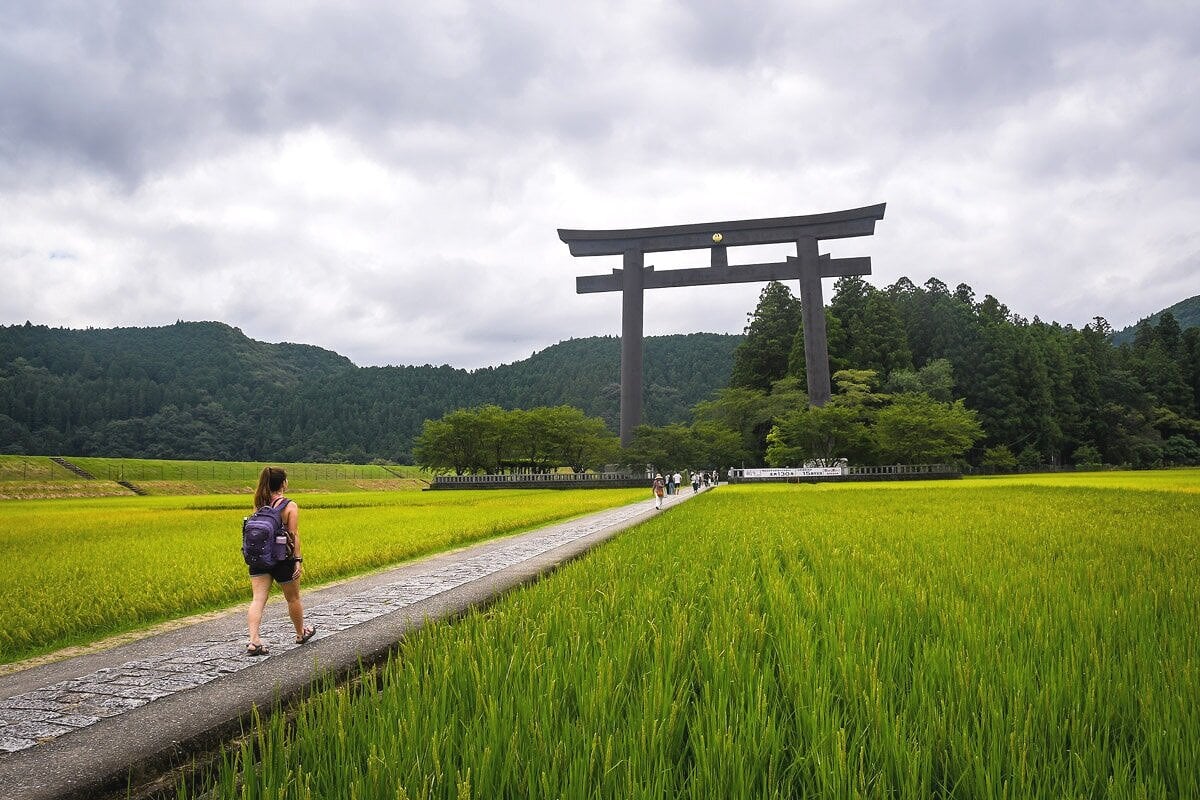
Japan has four distinct seasons: You’ve got the famed cherry blossoms in the spring, festivals in the summer, vibrant foliage in autumn, and powdery snow come wintertime.
So this begs the question:
What time of year is best to visit Japan?
In short, you’ll have the best chance of comfortable weather and fewer crowds in early spring (March – early April) and in autumn (late October – November). Our personal pick would be to visit Japan during November; but more on that later…
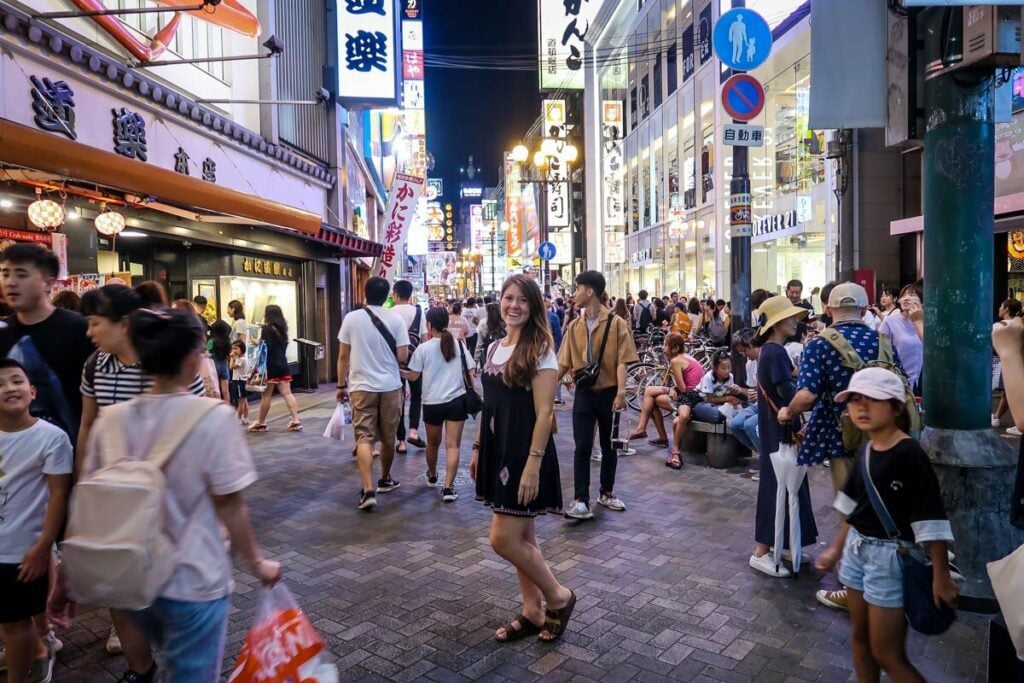
Let me backup… Truthfully there is no correct answer, as each season has its own unique draws (and drawbacks too).
But we’re not going to just leave ya there, hangin’.
We’re going to go over the pros and cons of visiting Japan during each season to help you decide which time of year is ideal for YOU.
Just staying in Tokyo? We have another article about the best time to visit Tokyo , specifically!
Answer these questions to get started:
- Do you mind hot weather?
- What about cold weather?
- Are you easily bothered by crowds?
- How much of your time do you want to spend outdoors?
- Which would you rather see: cherry blossoms or colorful fall foliage?
Thinking about your answers to these questions is going to help you start to determine when to visit Japan.
Best time to visit Japan guide
Our experience, japan geography overview, weather in japan.
- Rainy season in Japan
- Typhoon season in Japan
- Best time of year to view Mt. Fuji
- Seasons in Japan
- Holidays and festivals in Japan
- Best time to travel based on activity
- How many days to spend in Japan
- What to pack for Japan
Overall BEST time to visit Japan
Want a quick recommendation? Jump down to see our personal advice for the best time to visit Japan. Plus, we’ll share what times of year we’d avoid visiting!
- Our Recommendation…

The ultimate Japan packing list
If you’re planning a trip to Japan, we have the ultimate resource for you!
This FREE PDF download includes everything you’re going to want to pack for your Japan trip, including what NOT to bring, plus tons of insider tips!
Sign up for our ultimate Japan packing list now and get a copy sent straight to your inbox.
We visited Japan in summer, fall & winter
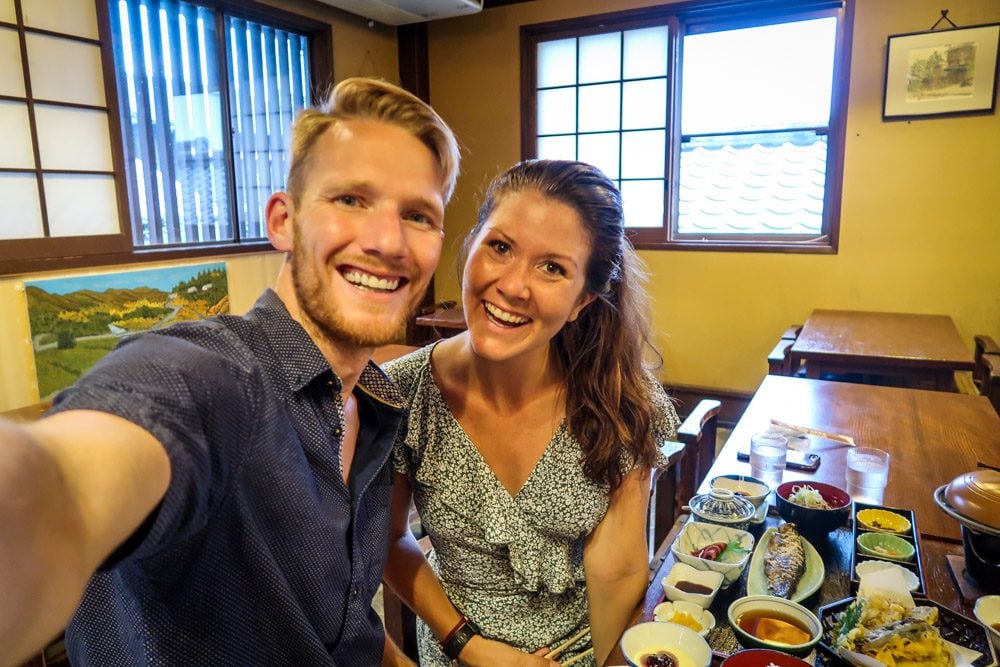
When: mid-August (2019)
Our experience:
- Very hot and humid in most places
- Lots of Japanese tourists and international travelers in the popular places
- We had a few days of typhoon weather
- Mount Fuji wasn’t on our route, but she was only visible for a handful of days of our trip, due to clouds.
- Felt too hot to be able to enjoy onsens as much as other times of the year
Would we recommend visiting Japan in August?
It wouldn’t be my top recommendation, honestly. I found it very hot and muggy, and I would much prefer visiting when the temps are more comfortable.
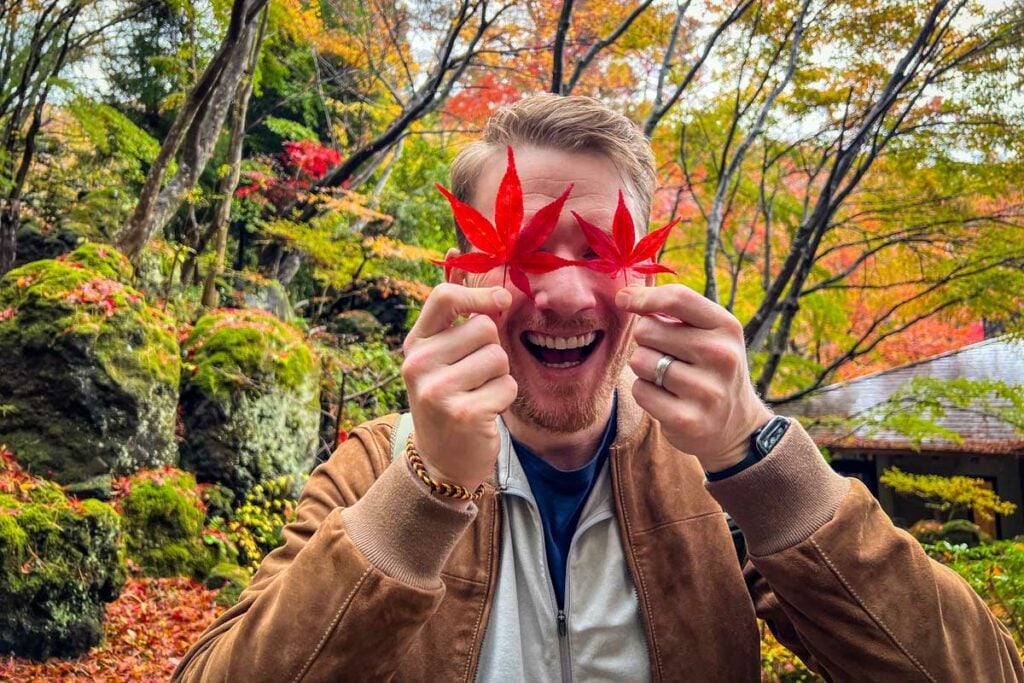
When: mid-November (2023)
- Comfortable temperatures and no humidity
- Colorful foliage in some areas (it differs quite a bit throughout the country)
- During our 3-week trip, we had a little light rain , but not much
- Clear views of Mount Fuji
- Perfect weather for soaking in onsen
- Crowds in popular areas for foliage viewing, but nothing overwhelming
Would we recommend visiting Japan in November?
Absolutely! Autumn is perhaps my all time favorite time to travel anywhere — and Japan is no different. I think autumn will always be my favorite time to visit Japan!
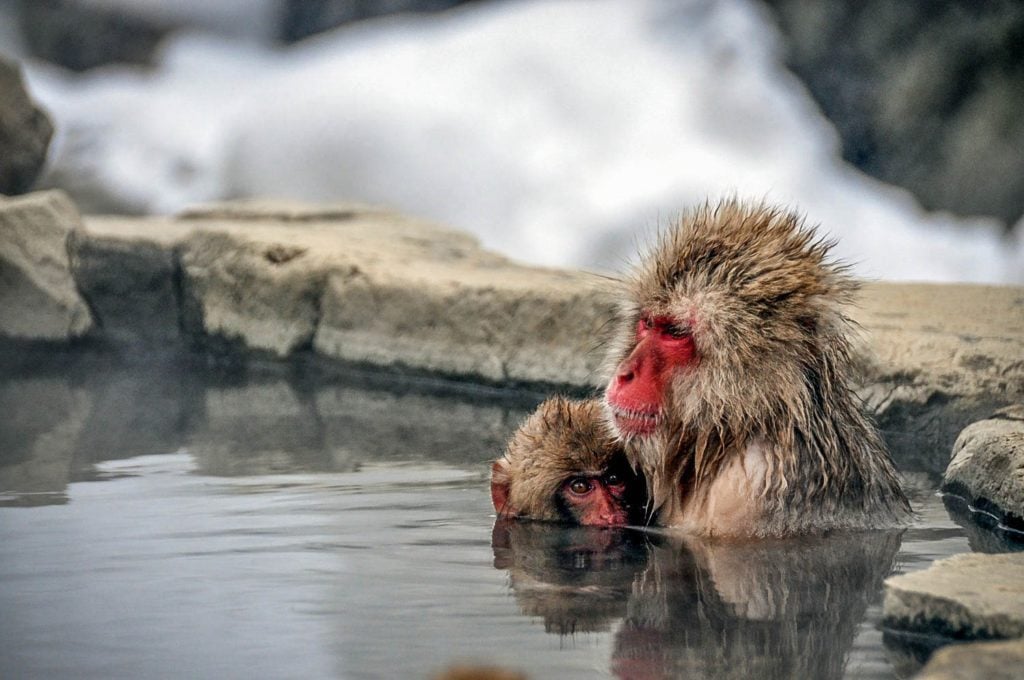
When: early February (2015)
- Mild winter temperatures (we’re used to very cold winters, and this wasn’t bad for us)
- Snow in the mountains was magical
- Even though winter is said to be the best time to view Mount Fuji , she was covered in fog when we visited
- Onsens were very enjoyable (we had a private outdoor onsen while it was snowing, which was amazing!)
- Obviously the cities are still busy (because they’re highly populated), but the amount of tourists was lower than other seasons
- Good deals on accommodation since it was outside of peak season
- We saw a few plum blossoms in Tokyo that were blooming early, which was a pleasant surprise!
Would we recommend visiting Japan in February? Yes! I think winter is one of the best times to visit Japan and it’s very underrated. Next time we visit in the winter, I want to add more outdoor onsens and a snowboarding trip in the legendary Japanese powder!
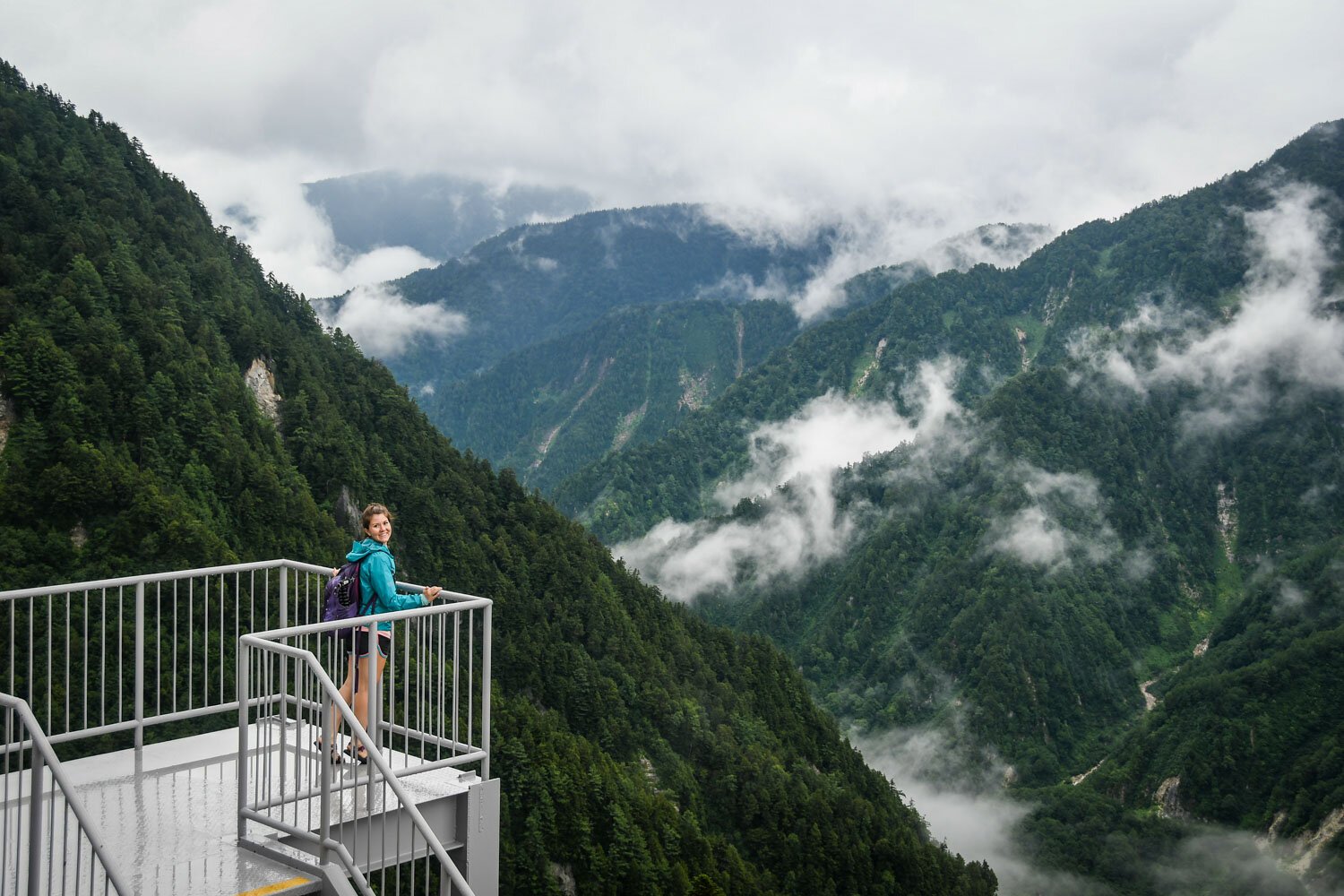
While not a large country exactly, Japan spreads more than 1,800 miles (2,900+ kilometers) north to south, from the island of Hokkaido in the northeast all the way down to the island of Okinawa in the southwest.
A distance that large means the weather from north to south varies quite a lot. Hokkaido can be freezing while the subtropical island of Okinawa can be experiencing a beach day.
For the purpose of this article, we’ll mostly be discussing the weather on the island of Honshu.
Located in the middle of the country, Honshu is where Tokyo , Osaka and Kyoto are all located, and is where most international travelers will start and end their trip, especially if it is your first time in Japan .
Another thing to take into consideration is that Japan is a very mountainous country. Common sense tells us that when you venture to higher elevations, you’ll find colder temperatures.
Fun Example: We went up into the Japanese Alps in August and found a drastic temperature swing: 95°F (35°C) at sea level to 65°F (18°C) in the mountains. This same area has snow until as late as early July. Crazy, huh?!
Psst! If you’ll be traveling more throughout the country, be sure to check out our bucket list of crazy fun things to do in Japan !
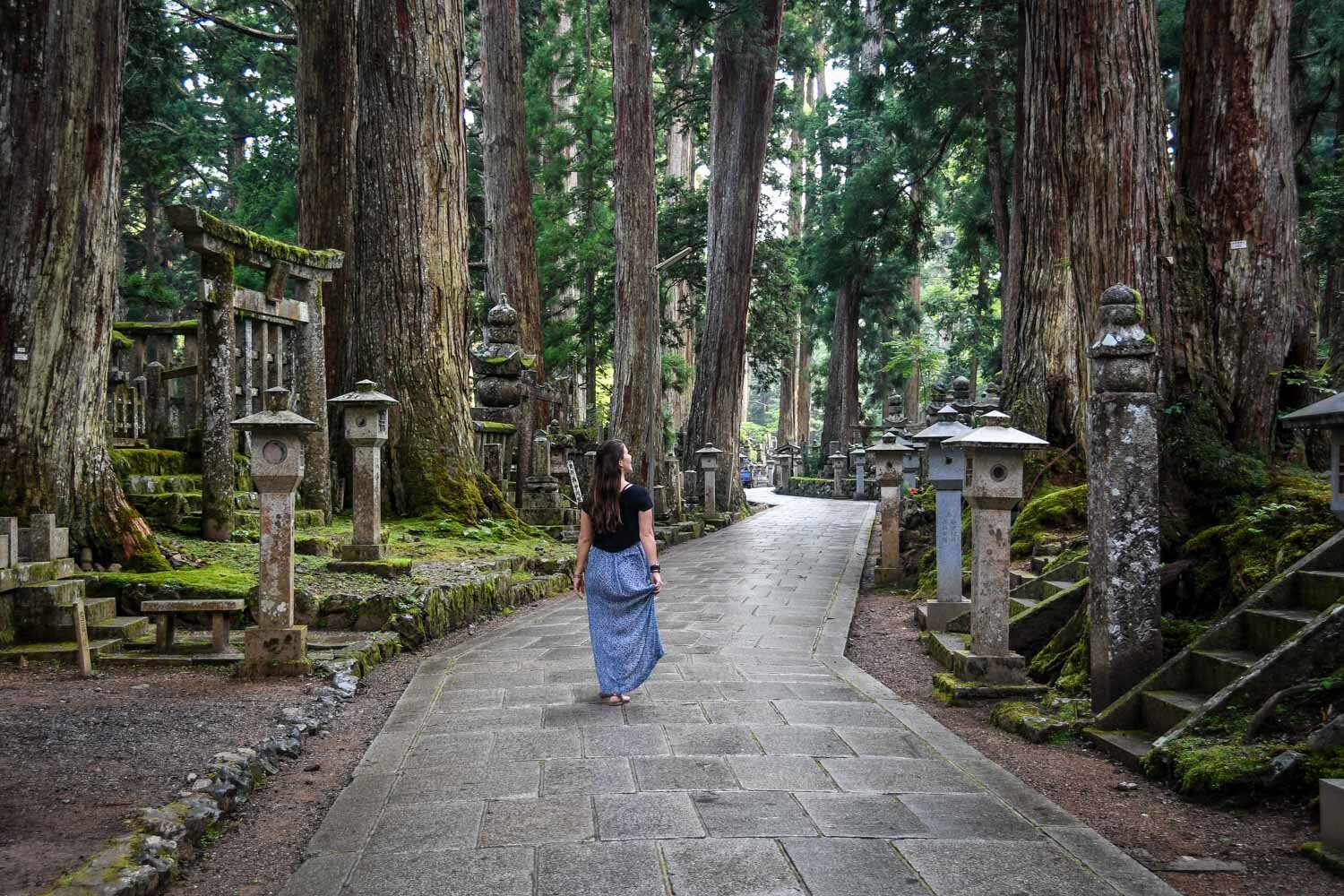
Let’s chat about the sun, the snow, the rain, and those dreaded typhoons. We’ll go over what type of weather you should expect throughout the year and describe our experience with a typhoon.
We’re also going over some important information if you are interested in viewing Mount Fuji.
Spoiler alert: You won’t be able to see this iconic mountain for much of the year.
Stats on Japan weather & seasons:
- Hottest month in Japan: August (average 80°F/41°C)
- Coldest month in Japan: January (41°F/5°C)
- Rainiest months in Japan: June and September
- Driest months in Japan: December and January
- Most crowded month in Japan: late April – early May (aka “Golden Week”, explained in the section about Spring )
- Least crowded months in Japan: January – early March are the least popular times to visit, which can mean cheaper prices and less crowds
Note: Again, these stats are for the central island of Honshu. If you are planning to visit the northernmost island of Hokkaido, or Okinawa in the very south, be sure to look up their specific weather, as they vary from the rest of the county.
Rainy season in Japan: Early Summer
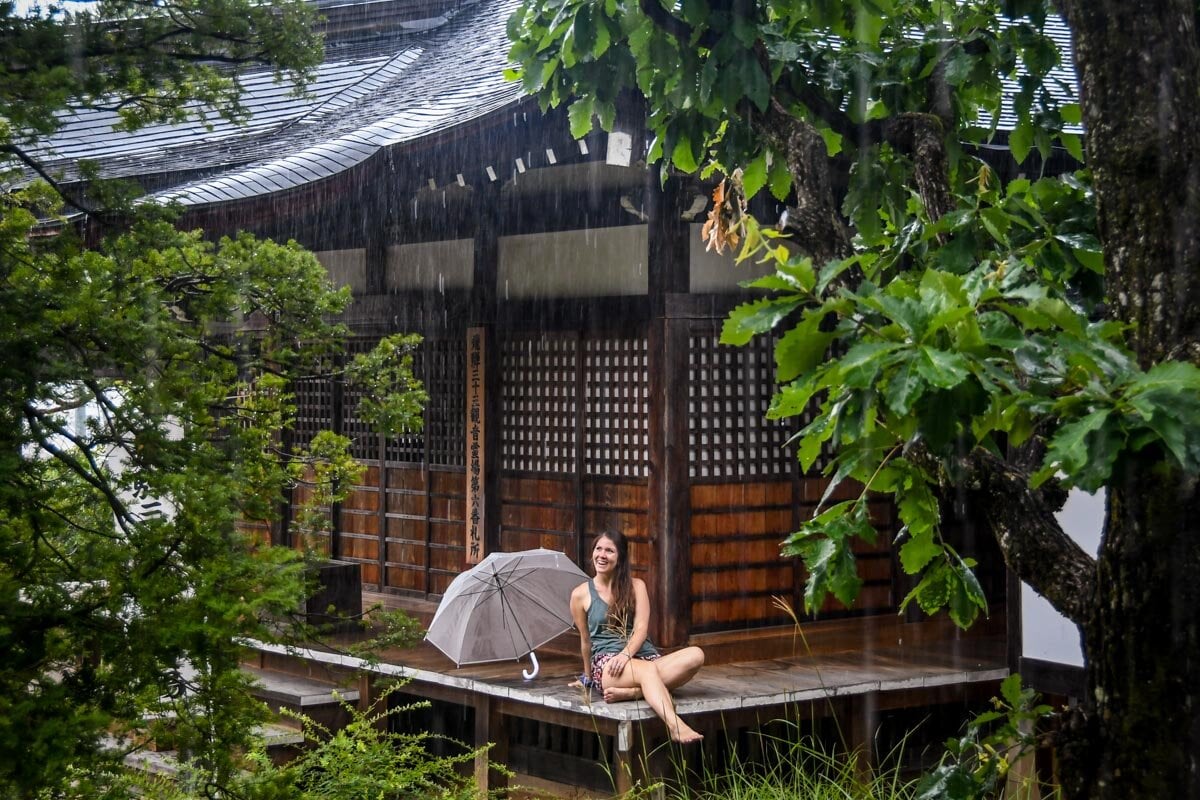
The majority of the country experiences a rainy season from June through mid-July.
The good news is that during the rainy season, there’s a roughly 45% chance of precipitation each day (data from Tokyo), meaning you’ll have some dry days too! Some of those rainy days will be heavy, while others will be sunny before or after the rain.
Interesting Fact: Tokyo is one of the rainiest big cities on earth! In fact, it has more than double the amount of annual rainfall as London. Say whaaaat?!
Despite rain, you’ll find life goes on as usual in Japan, as locals are used to it. Do as the Japanese do and buy an umbrella to stay dry!
Typhoon season in Japan: Late Summer
Late May through October is known as typhoon season in Japan, with the majority of typhoons occurring in August and September. Data from the last 30 years show that an average of 11 typhoons approach the coast per year.
What is a typhoon?
A typhoon is a tropical cyclone. They are formed in the same way a hurricane forms, and the only real difference is the location at which they occur .
What is a typhoon like in Japan?
We visited Japan during the month of August, which as you now know is the peak of typhoon season. And one typhoon made landfall during our visit.
So how bad was it, really?
This was our experience:
The entire day leading up to the typhoon was sunny with blue skies, and we both had this feeling that it wouldn’t be that bad.
But everyone was talking about it and how strong it would supposedly be. There was talk about trains shutting down, and we had a food tour cancel on us because restaurants were closing up shop.
But it’s beautiful outside, we thought naively. We put on rain jackets, grabbed our one umbrella and headed into town just as a drizzle began to start.
Soon, the winds increased and the rain started really coming down. But the trains still ran, and we decided to go catch a movie. By the time we got out of the show, the streets were mostly empty and the rain was really pounding, so despite our umbrella and rain jackets, we got completely soaked.
By the next morning, blue skies started peeking out from behind clouds and by the afternoon you would never know what had happened the previous night.
What to expect: Heavy rainfall and high winds, canceled and/or delayed trains, canceled tours. In some cases, it may only interrupt a day or two, and in others it might have longer-lasting effects. You should expect some plans to change since Japanese people take typhoons very seriously.
Best time of year to view Mount Fuji
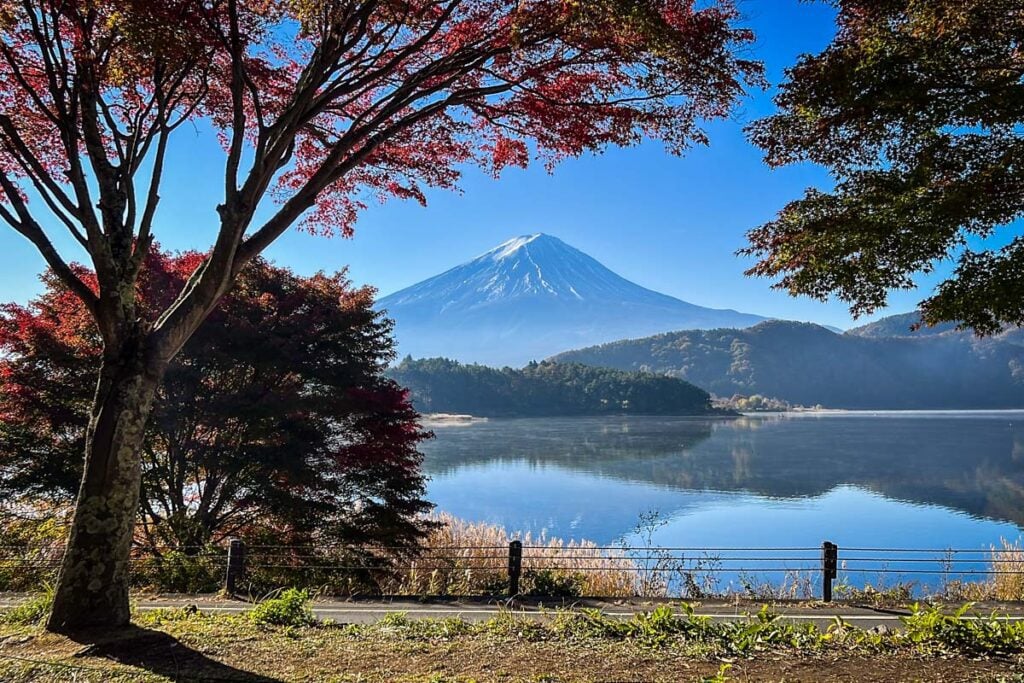
Many visitors to Japan will want to glimpse the country’s most famous mountain, and for good reason — it’s absolutely stunning, and seeing Mount Fuji in person will be one of the highlights of your trip. That is, if you see her .
One thing many first-time visitors to Japan may not realize (ourselves included) is that Mount Fuji is notoriously shy. This means there is much of the year where your chances of seeing her are rare. Instead, this shy mountain will stay cloaked behind clouds and haze, only occasionally peeking through.
So what time of year will you have the best chance of seeing Mount Fuji?
- Best chances of seeing Mount Fuji: Based on data from years past, you will have the highest chance of seeing Mount Fuji between the months of November and February.
- Worst chances of seeing Mount Fuji: Alternatively, between April and August, you will have a slim chance of glimpsing this iconic mountain.
That said, nothing is promised when it comes to weather.
We visited Japan for the first time during early February, when we should have had a good chance of seeing Fuji. We spent the night in Hakone and bought the (not so cheap!) Hakone Day Pass to get close to the mountain, yet we only saw WHITE FRICKIN’ CLOUDS.

And on the other hand, we’ve known people who have seen Fuji peek out during July and August, supposedly bad months for viewing the mountain.
But if you’re looking to get that iconic shot of a clear sky day and the mountain towering in the background in her famous symmetrical grandeur, late autumn through early spring will be your best bet at capturing this sight.
Psst! Check out our list of the most beautiful places in Japan you’ll have to see to believe!
Japan’s seasons at a glance
Japan has 4 distinct seasons: The winter is cold and the summer is hot. If either of those would bother you, it’s easy to eliminate a season right off the bat.
Spring is famously known for stunning displays of cherry blossoms around the country . But when we say famous, we mean it. Japan gets very busy this time of year with domestic and international travelers, so if crowds bother you, this is another easy elimination.
Fall comes with spectacular autumn foliage , and while not as crowded as cherry blossom season, it’s not an unpopular time to travel.
Jump to the season you’re interested in to read more about what to expect:
Winter in Japan
Spring in japan, summer in japan.
- Autumn in Japan
We’re going to go over what to expect during each season in detail so you can better plan your trip to Japan.
But before we dive in…
Did you know there are 72 “seasons” in Japan?
The traditional Japanese calendar was split up into 24 sections, and each of those were further divided into 3 subsections, creating 72 “micro seasons” .
These micro-seasons last 5 days, and the names of some of them are poetic:
- Frogs start singing (May 5th – 9th)
- Great rains sometimes fall (August 3rd – 7th)
- Dew glistens white on grass (September 8th – 12th)
- Insects hole up underground (September 28th – October 2nd)
- Maple leaves and ivy turn yellow (November 2nd – 6th)
While this isn’t necessarily something people go by in modern times, it’s a good reminder that the weather and atmosphere changes very often in Japan and it’s important to be prepared for it all.
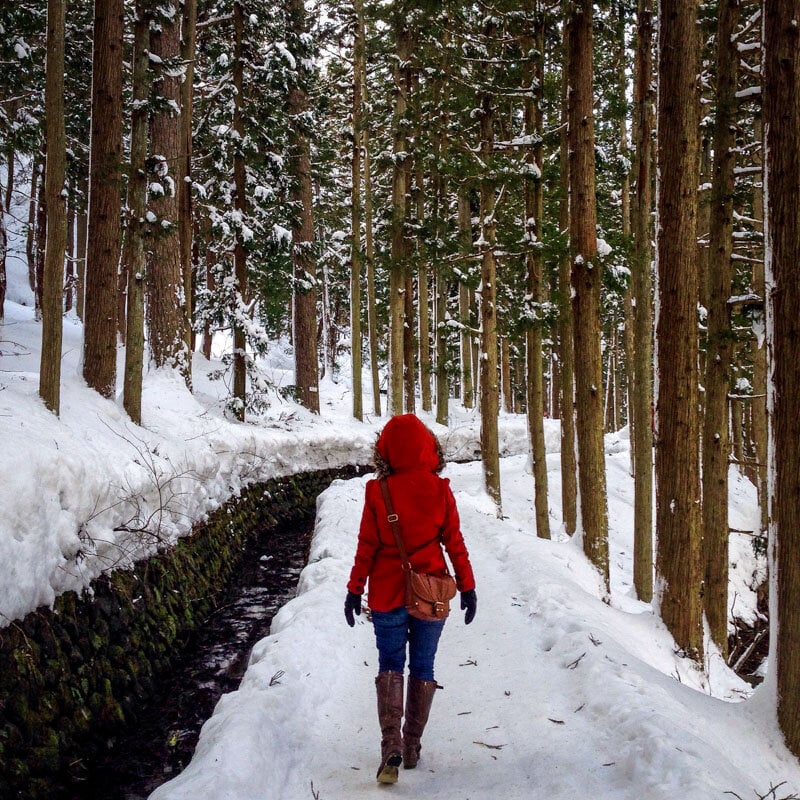
During the winter months, major cities like Tokyo, Osaka and Kyoto tend to enjoy mild temperatures, but you can find snow and colder temps in the mountains and on Hokkaido (the northernmost island in Japan).
Crowds tend to be fewer during the winter season, except for at the ski resorts where outdoor enthusiasts will be spoiled with some of the best powder in the world.
Winter comes with sunshine and blue skies that are statistically the clearest they’ll be all year long.
While winter may not be the first season you think of traveling, there’s actually a ton to do, and we think it is a great time to visit Japan .
- When is winter in Japan? December – February
- Typical weather in Japan during the winter: Dry, cold, & sunny
- Average winter temperatures: 35 ° F – 55 ° F (Tokyo) (2 ° C – 13 ° C)
- least crowded season, great for visiting Japan’s iconic landmarks
- Japan has great snow for skiing and snowboarding
- great time for onsens, snow monkeys and seeing scenic landscapes & villages dusted in snow
- cold weather, averaging around 43°F (6°C)
- some outdoor activities, like hiking and biking may be more difficult in the winter
Winter months at a glance
- December: Third coldest month of the year, lots of Bonenkai (“forget the year”) parties and celebrations. Ski season begins in Sapporo.
- January: Coldest month of the year, clear and sunny skies, snowy in the northern part of the country, best month for skiing and winter activities.
- February: Second coldest month of the year, still great for skiing in the mountains, yet you can start seeing spring plum blossoms further south in the country.
Best things to do in the winter in Japan
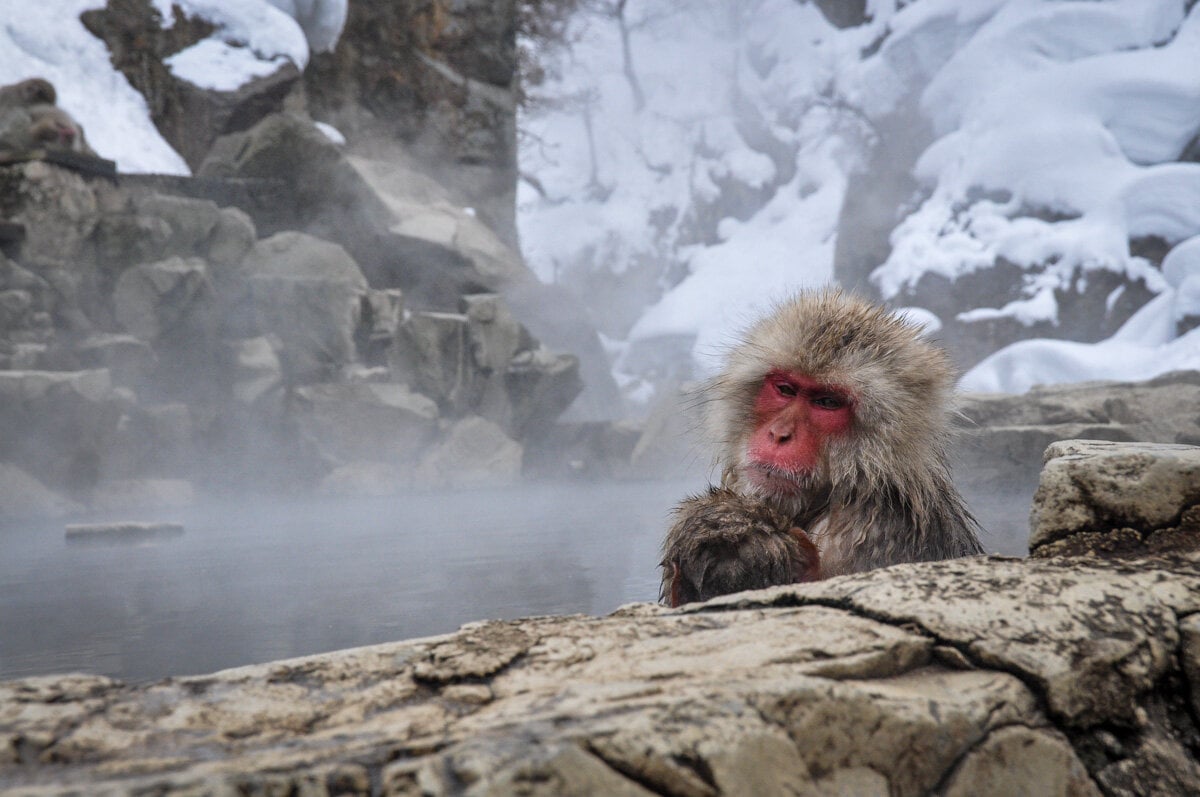
We have a huge list of all the best things to do during winter in Japan , but here are some highlights:
- Go skiing or snowboarding
- Visit traditional villages like Shirakawa-go , which is stunning after a fresh show
- Go to the Sapporo Snow Festival (held for one week in February)
- Soak in an onsen (natural hot spring)
- Fill your belly with hot ramen noodle soup
- See “snow monkeys” at Jigokudani Monkey Park
- View Mount Fuji
- Photograph famous sights with a blanket of snow
- Check out some of Tokyo’s best activities that take place indoors
Best times and places to ski in Japan
- Sapporo: December – March
- Nagano: January – February
Winter is the best season to travel to Japan if…
- …you don’t mind colder temperatures
- …you want to ski or snowboard
- …you want to avoid the crowds
- …you want to save money and travel during off-peak season
What to pack for winter in Japan
- Lots of layers, including a versatile jacket, gloves and a hat
- Warm and comfortable footwear and socks
- Sunglasses (remember, this season has the sunniest days!)
- Hand warmers (you can buy these pretty much everywhere in Japan)
- Ski gear (if needed)
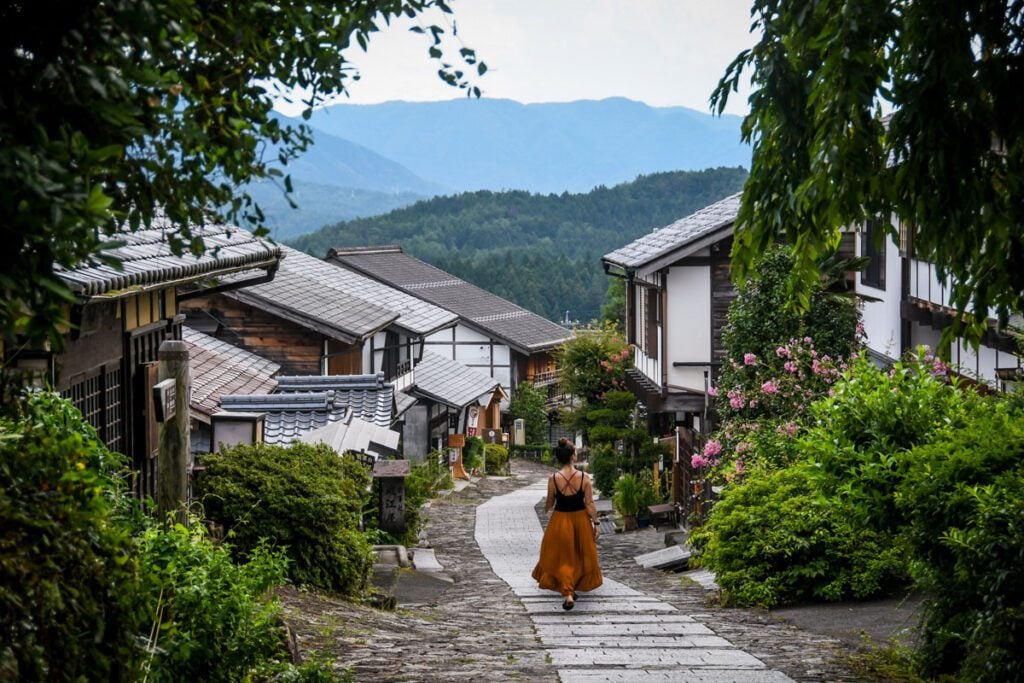
With stunning sakura (cherry blossoms) popping up all around the country and temperatures warming, it should come as no surprise that spring is a popular time to visit Japan. A very popular time, indeed.
If you travel to Japan in the spring, you’ll be rewarded with comfortable temperatures, beautiful blossoms, and crowds .
- When is spring in Japan? From March – May
- Typical weather in Japan during the spring: Nice during the day, but chilly at night. Mostly sunny days with a more showers near the end of May.
- Average spring temperatures: 40 ° F – 70 ° F (Tokyo) (4 ° C – 21 ° C)
- comfortable temperatures
- beautiful cherry blossoms
- crowded (make travel plans far in advance!)
- things may be more expensive since it is peak season
What is Golden Week in Japan?
“Golden Week” is a series of four national holidays that all fall within the same week from April 29th – May 5th every year.
- April 29, Showa Day: birthday of Emperor Showa, who ruled the country during World War II.
- May 3, Constitution Day ( Kenpo kinenbi ): called , this is the celebration of the Japanese constitution ratification in 1947.
- May 4, Green Day ( Midori no hi ): similar to Earth Day, this holiday honors the environment.
- Pssst! For everyone else out there wondering why they don’t include young girls in this, there is a “Girls’ Festival” (Hina Matsuri) on March 3rd.
Many Japanese people have holiday from work during this time, so it is a popular time to travel for both international and domestic visitors.
If your trip falls during these dates (or even a bit before and after), you’ll have the unique opportunity to see some celebrations and mingle with lots of Japanese travelers.
But be warned, you should start booking your accommodation well in advance because rooms sell out in popular places, like Kyoto, for example. You’ll also want to reserve seats on trains ahead of your trip, otherwise you’ll be out of luck.
Should you avoid visiting during Golden Week in Japan?
I’m going to be honest, I don’t think we would travel to Japan during Golden Week because of the insane crowds.
If you want to see Cherry Blossom but aren’t excited about the prospect of crowds, we’d urge you to avoid Golden Week, and instead travel to Japan during early March.
When and where can you see cherry blossoms?
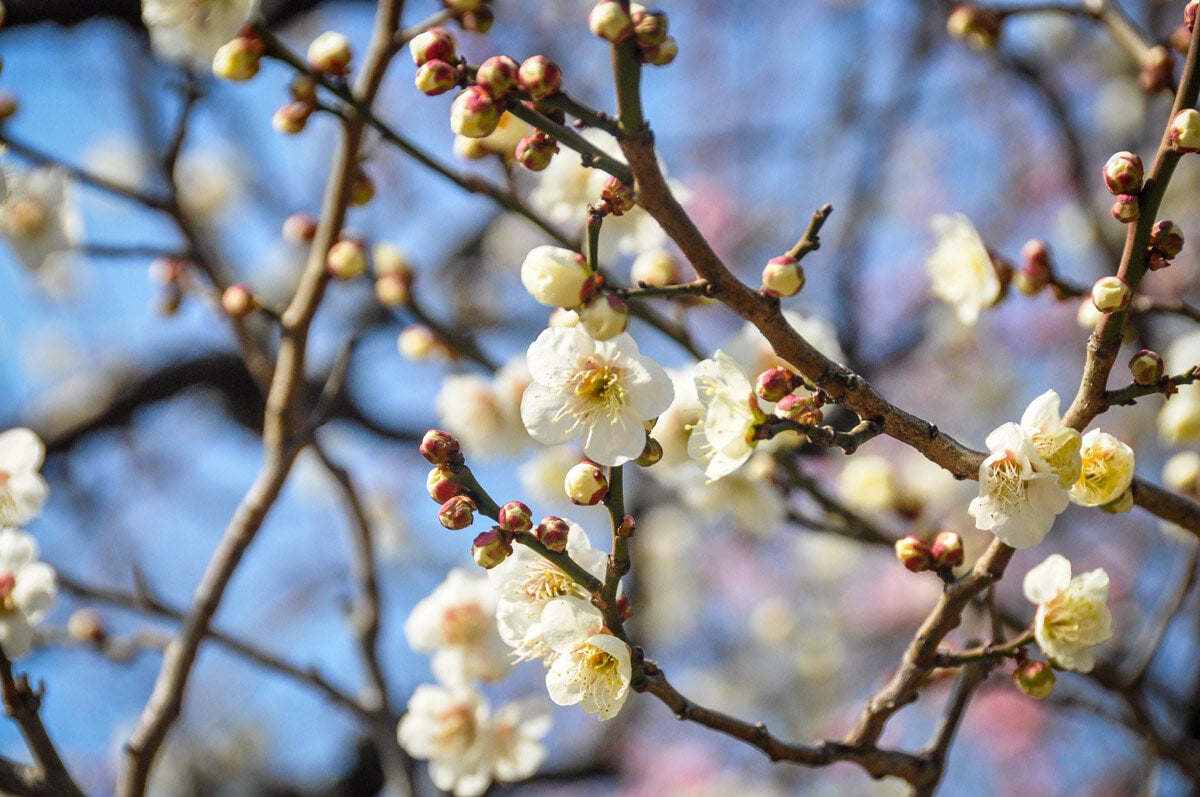
Cherry blossoms are only in bloom for roughly one week per location. They bloom at different times throughout the country, so if you want to extend the length of time you can view them, it’s best to travel south to north so you can see them for a longer period of time.
We have an entire guide to how you can see the cherry blossoms during Spring in Japan , but in short, here are some of the best times to go:
- Fukuoka: Late March – Early April
- Hiroshima: Late March – Early April
- Kyoto: First Week of April (very popular)
- Osaka: First Week of April (very popular)
- Tokyo: Late March – Early April (very popular)
- Kanazawa: 1st – 2nd week in April
- Matsumoto: 2nd- 3rd week in April
- Sapporo: Late April – Early May
Spring months at a glance
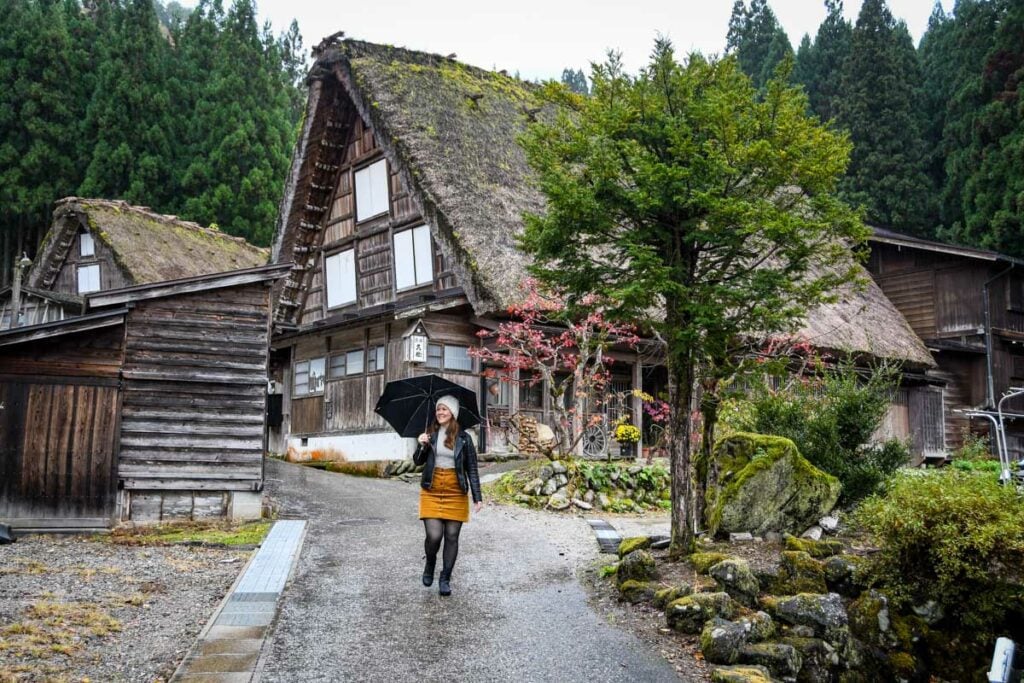
- March: Temperatures are still cool, but it noticeably warms throughout the month. Skiing season in the mountains is starting to wind down, and toward the end of the month the first cherry blossoms start to reveal themselves.
- April: This is the prime month for cherry blossom viewing, though many Japanese people have a whole week off from work (Golden Week), so most major cherry blossom sites will be incredibly crowded.
- May: Very nice weather during the month of May — warm temperatures and sunny skies. Though it is technically the start of typhoon season, strong storms are very rare during the month of May.
Best things to do in the spring in Japan
- Head to Kyoto to photograph sakura (aka cherry blossoms) of course!
- Catch a glimpse of Mount Fuji
- Try some interesting new foods in Japan
- Take a day trip from Osaka to Hiroshima to check out some of the city’s super important historical sites
Spring is the best season to travel if…
- …you don’t mind crowds
- …you want comfortable temperatures (not too cold or too hot)
- …you want to see the famous cherry blossoms
- …you can make your bookings well in advance
- …you don’t mind paying a bit more for hotels and tours during peak season
What to pack for spring in Japan
- Thicker layers if traveling in March
- Light jacket for April and May
- Comfortable walking shoes
- Hiking attire if you plan to hit the trails
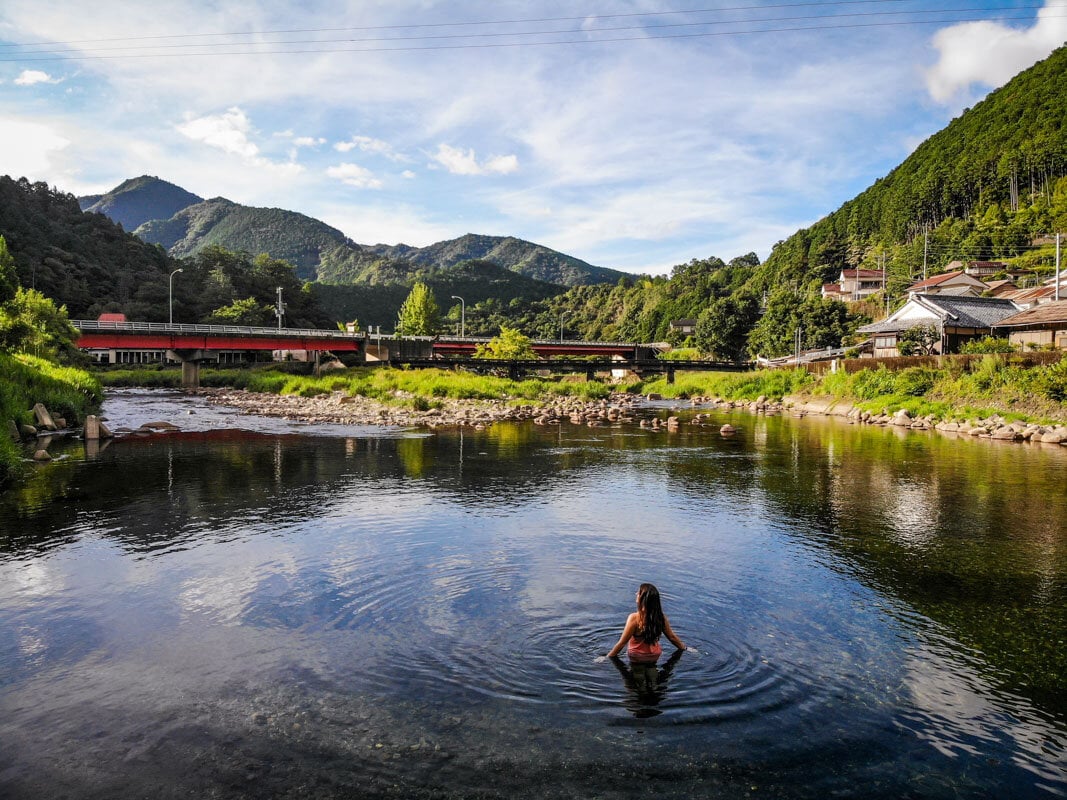
Summer in Japan is the time for festivals and celebrations. The summer spans from June to August, with August being the busiest travel month because school is out and many Japanese people travel over the Obon holiday (August 13-15).
(Unlucky for us, we unknowingly decided to visit Japan for our second time in August…whoops!)
Be prepare on ways to beat the humidity because it can get pretty sticky. Also it’s rainy season and the start of typhoon season, so don’t forget your rain jacket and umbrella
- When is summer in Japan? June – August
- Typical weather in Japan during the summer: Hot, humid, sticky, and rainy. But not as bad as everyone makes it out to be.
- Average summer temperatures: 70 ° F – 90 ° F (Tokyo) (21 ° C – 32 ° C)
- Festivals throughout the country during the summer months
- Prime season for outdoor activities like hiking
- great time to try scuba diving in Japan
- can get very humid
- rain is common at the beginning of summer (June – mid-July), and typhoons are common at the end of summer (August – September)
How bad is the heat in summer, really?
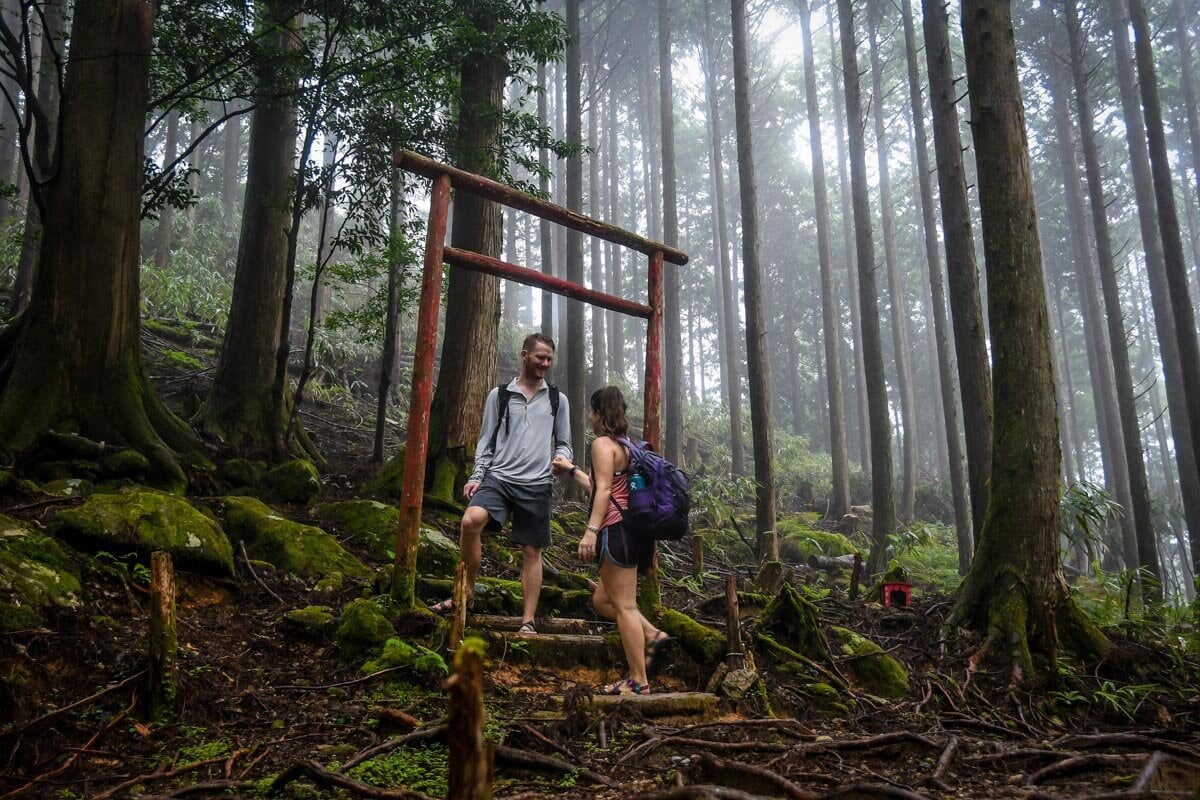
Over the last few years, I’ve realized I don’t handle extreme heat very well. I get tired and crabby much more quickly in the heat. Needless to say, I was very nervous about traveling to Japan during August — the hottest month of the year!
So what was it like?
Well, it did get pretty hot, like 98°F hot (37°C). And it did rain on us a few times but typically it would only last for 20-30 minutes and the rain would stop.
Some days were worse than others. After a rain, for example, it was actually pretty comfortable.
We’ve heard that summer in Tokyo is similar to summer in NYC, hot and humid. And Osaka in summer is similar to Washington D.C. in the summer, which is even more hot and humid.
Knowing what to expect is half the battle , and this way you can prepare yourself for it.
All of our accommodation (even in tiny villages) had strong AC, so we never had an issue with being comfortable at night.
Summer months at a glance
- June: The beginning of the month is quite nice, comparable to the weather in May. However, tsuyu (rainy season) starts around mid-June and last for about a month. It’s not rainy all day but there is a June gloom feeling that hangs around. Temperatures get warmer and the humidity increases as the month progresses.
- July: Starts out rainy because of tsuyu (rainy season), this only lasts until mid-July. Temperatures and humidity continue to rise as this is typically the second hottest month of the year. Great time to see festivals including Kyoto famous Gion Matsuri festival.
- August: The hottest month of the year in Japan. August is a good time to venture into the mountains to escape the heat. Many Japanese have August 13th-15th off because of Obon holiday, so try to avoid this time because it can get busy.
Best things to do in the summer in Japan
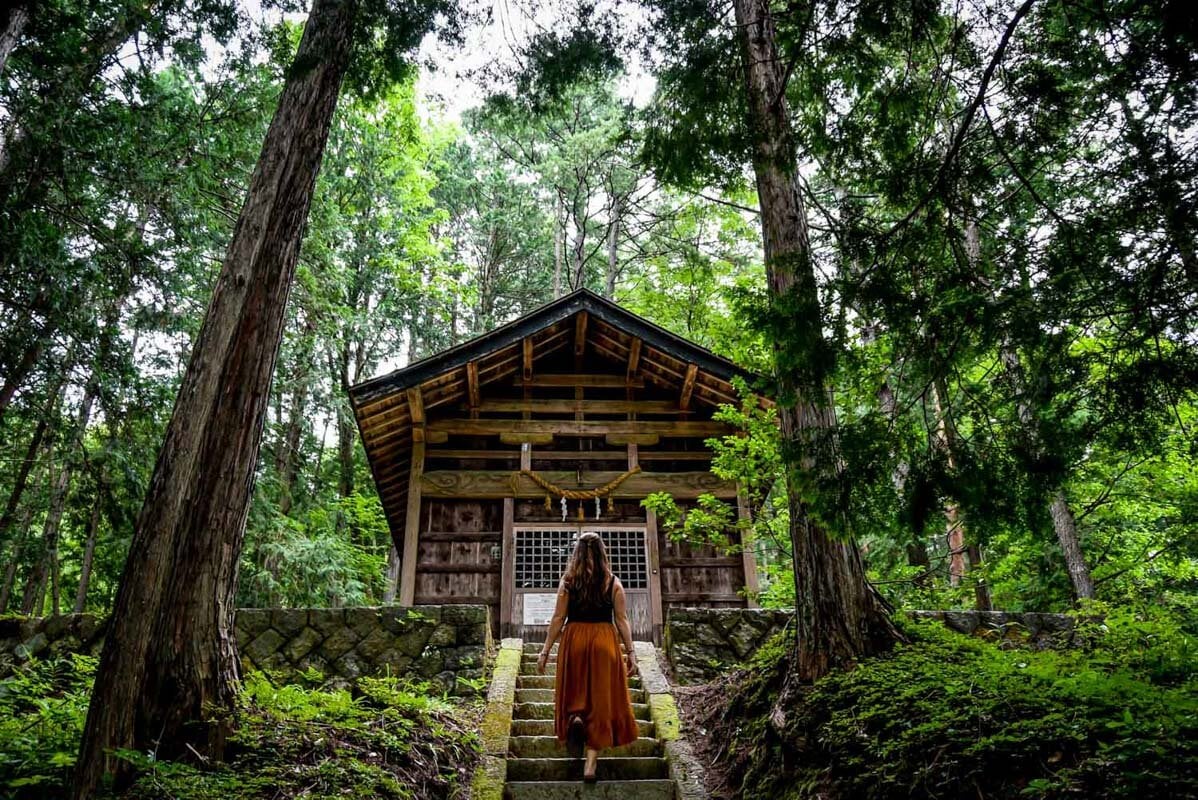
We have another guide to things to do during summer in Japan , but here are some top recommendations:
- Check out Tokyo’s digital art museum on a day that’s too hot or rainy to be outside
- Enjoy festivals including Kyoto’s Gion Matsuri and Osaka’s Tenjin Matsuri
- Go hiking through the Japanese Alps or venture up to Hokkaido
- Scuba diving (apparently the diving is actually really good in Japan!)
- Head to the beach
- Watch a baseball game
Ever thought of going scuba diving in Japan ? Being an island nation, the diving in Japan is actually quite good, and being an off the radar scuba destinations means less crowded dive sites! If you are visiting Japan in the summer time, you’ll have the best conditions for diving all over the country.
Summer is the best season to travel if…
- …you don’t mind humidity and a bit of rain
- …you like outdoor activities like hiking and biking
- …you want to experience cultural festivals
What to pack for summer in Japan
- Anti-chafing cream
- Hand-held fan (you can buy these all over and they make a nice Japanese souvenir )
- Deodorant, finding quality deodorant in Japan is very difficult (we switched to natural deodorant several years ago and will never go back!)
- Light, loose clothing that wicks sweat
- Umbrella for rain and shade
Fall in Japan
With typhoon season peaking at the beginning of September, the start of fall in Japan is typically rainy depending on where you are. However, the weather starts to clear up in October and by November the leaves are changing.
We visited Japan in November 2023 and put together this guide to autumn in Japan that’s full of useful info.
- When is autumn in Japan? September – November
- Typical weather in Japan during the autumn: Rainy in September and beginning of October because of typhoon season
- Average autumn temperatures: 50 ° F – 80 ° F (Tokyo) (10 ° C – 27 ° C)
- nice temperatures
- beautiful fall foliage in countryside
- September can be a pretty humid and rainy month, but it starts to get better in October
When can you see fall foliage in Japan?
The colorful leaves peak a bit later than other places in the Northern Hemisphere, like North America and Europe. The best display of autumn colors can typically be seen toward the end of November and even through the beginning of December.
You can find past and current reports of fall foliage here .
Autumn months at a glance
- September: peak of typhoon season in the southern prefectures, there can be airport and train delays. But it is the month with the least amount of visitors so it will be less busy.
- October: rainy in the beginning of the month but the temperatures start to drop making going outside more manageable.
- November: cool, crisp and dry time of year. Autumn foliage peaks near the end of November
Best things to do during the fall in Japan
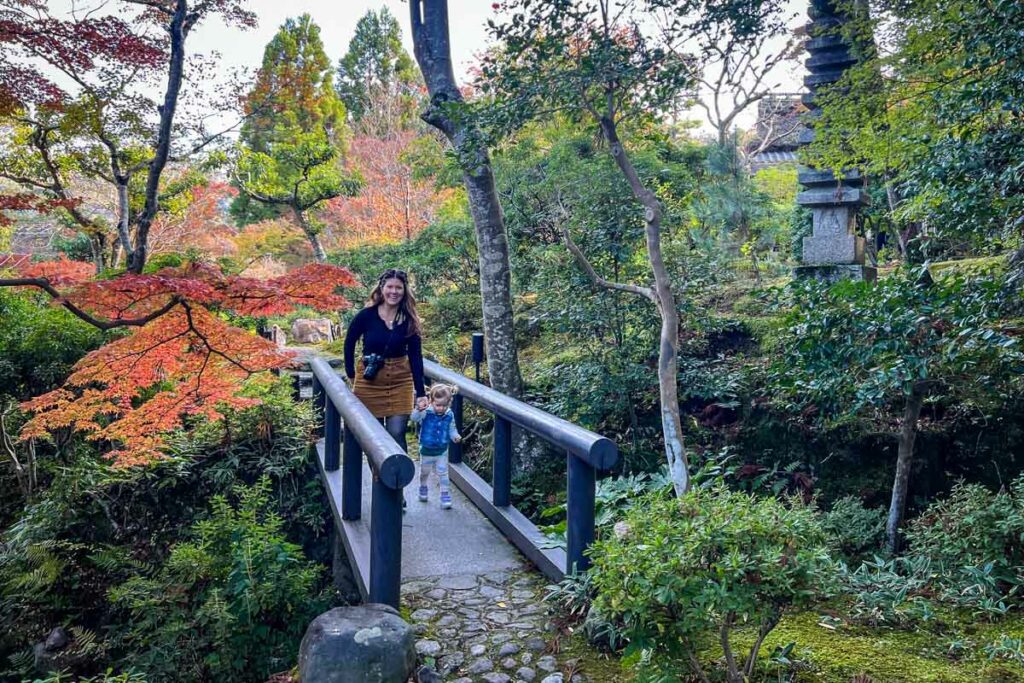
- Hike the Kumano Kodo Pilgrimage Trail
- Sneak some views of Mount Fuji
- See the fall foliage on the Tateyama Kurobe Alpine Route
- Eat sweet treats like deep fried maple leaves in Minoo Park
- Travel to Osaka for leaf peeping in the parks
Autumn is the best season to travel if…
- …you are seeking comfortable temperatures
- …you would like to see (and photograph!) fall foliage
- …you want to explore the major cities
- …you like to avoid crowds
- …you enjoy cool and crisp air
What to pack for fall in Japan
- Umbrella just in case it rains
- Light jacket for November
Holidays & festivals in Japan
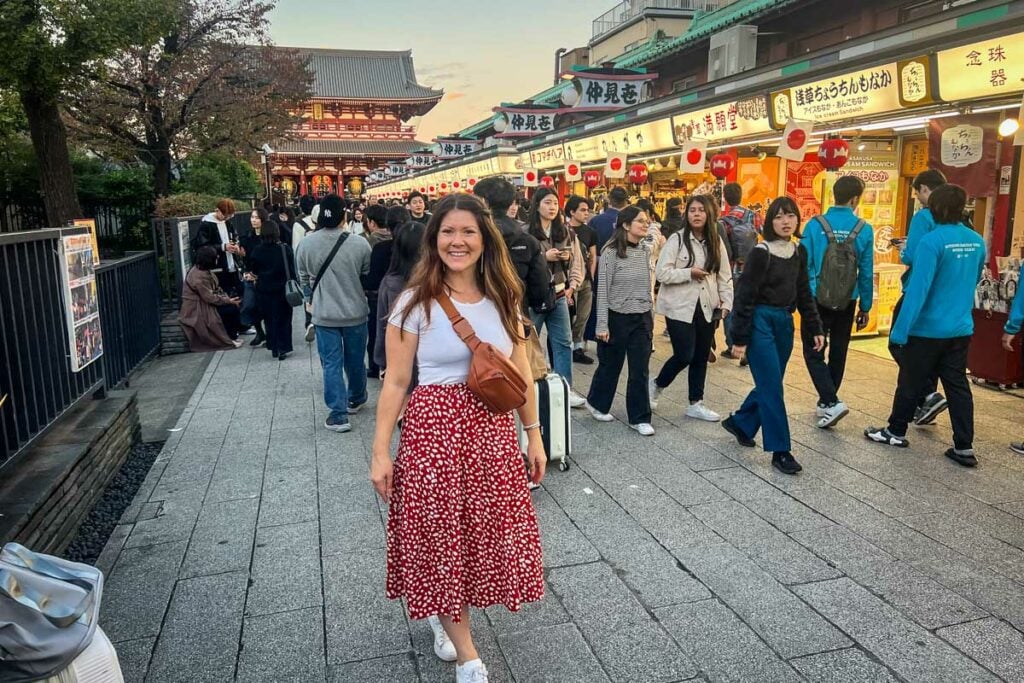
It’s a good idea to check the calendar before booking your flight to Japan, as there are many national holidays that can affect your travels.
Some of these festivals will be fun to observe, but they can also mean trains book up quickly and hotels mark up their rates for peak times.
Here are some of the (not all!) big holiday dates to know:
- January 1: New Year’s Day (people often travel on the days before and after)
- February 11: Foundation Day
- Around March 20 – 21: Vernal (Spring) Equinox Day
- April 29 – May 5: Golden Week
- 3rd Monday in July: Marine Day
- August 11: Mountain Day
- August 13 – 15 : Obon
- 3rd Monday in September: Respect for the Aged Day
- Around September 22 – 23: Autumn Equinox Day
- October 1: Citizens Day
- 2nd Monday in October: Health and Sports Day
- November 3: Culture Day
- November 23 : Labor Thanksgiving Day
- December 23: Emperor’s Birthday
Festivals in Japan
In Japan, festivals are called matsuri and they take place all year long. This is a list of some of the more unique festivals in Japan.
- Jan 15: Nozawa Fire Festival , in Nagano, Japan
- Feb 5-12: Sapporo Yuki Matsuri (Snow Festival), Sapporo, Hokkaido
- Late March: Sumo Wrestling Spring Basho , Osaka
- Early June: The Kaiko Kinenbi , Yokohama Port Opening Ceremony (Boat Races)
- July: Shonan Hiratsuka Tanabata Matsuri (Star Festival), Hiratsuka
- Late July: Tenjin Matsuri (Festival of the Gods), Osaka
- October: Warai Festival (Laughing Festival), Wakayama
Best time of year to travel to Japan based on activity
Check the list below to find the activities you’re most interested in doing while in Japan. See what time of year is best to help you decide when to plan your trip.
- Photography: Spring or Fall
- Beating the crowds: Winter
- Hiking: Spring, Summer or Winter
- Skiing/Snowboarding: Winter
- Onsens: Winter, Spring or Fall
- Scuba Diving: Summer
- Beach Hopping: Summer
- Spotting Mount Fuji: Late Fall, Winter, early Spring
- Festivals and Celebrations: All year!
In our opinion…
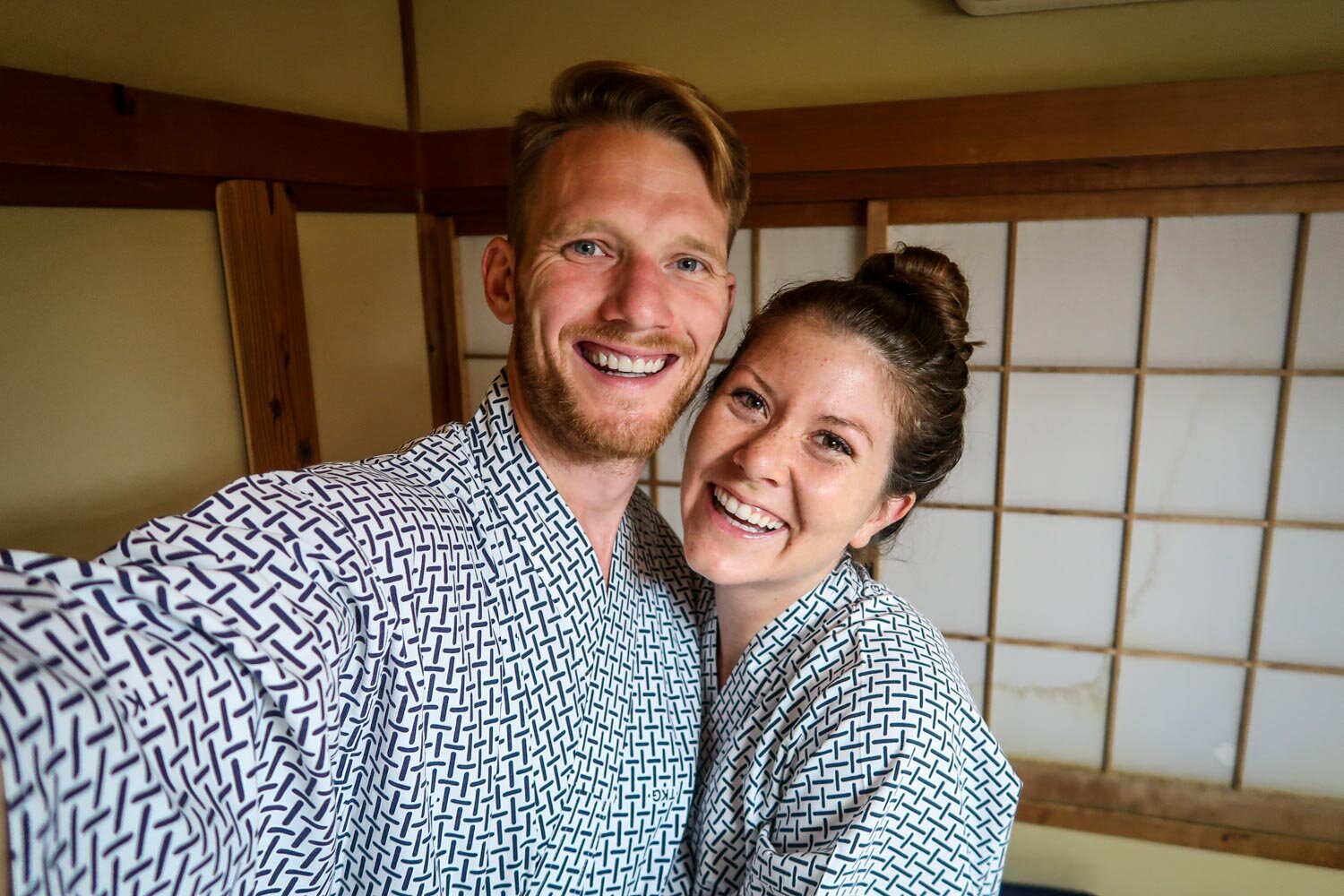
We’ve traveled to Japan in both the summer and the wintertime, and each had its own pros and cons.
Summer was hot and humid—like really humid—so we found ourselves sweating through our shirts daily. But we’ve been in hot and humid climates before, so honestly, it wasn’t anything we hadn’t dealt with before. But still, it wasn’t all that pleasant, and it wouldn’t be our season of choice.
The wintertime was picturesque in the countryside where the snow stuck to the ground. And in the big cities, we actually got many sunny, blue sky days which was a surprise. The cold temperatures made it fun to pop into cozy noodle shops or soak in hot onsens, whereas those activities were not quite so pleasant in the August heat.
We preferred winter over summer, because the crowds were fewer and we’re accustomed to cold weather, so we found it to be quite mild actually.
However, if we were able to choose, we would without a doubt, travel to Japan in the fall: early November, specifically.
November has a smaller chance of rain than October, and more comfortable temperatures than December.
The temperatures will have cooled off from the crazy summer humidity, yet it wouldn’t be too cold for hiking. It wouldn’t have quite the same crazy crowds as cherry blossom season brings. And fall foliage in Japan is something we’ve been dreaming about seeing!
Alternatively, early March would offer the beginnings of cherry blossom season, comfortable weather, and less crowds than those you’ll find late April and early May during Golden Week.
How many days do you need in Japan?
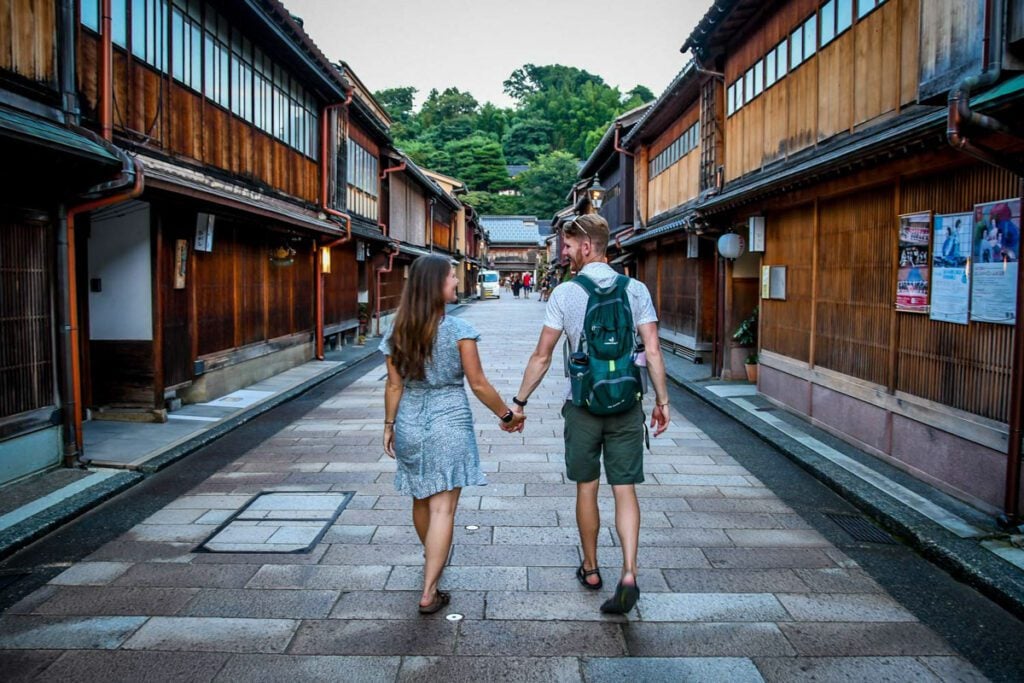
There’s so much to see and do in Japan that it can be overwhelming trying to decide how long your trip should be. Ideally, 2-3 weeks will give you enough time to see iconic and lesser-known sights as well as recover from a long travel day and potentially a big time difference.
But the ideal duration for your trip depends on several factors, including destinations you want to visit and your travel style. Our guide to how many days to spend in Japan will help you figure out how much time you need based on what you want to do.
What to pack for traveling to Japan
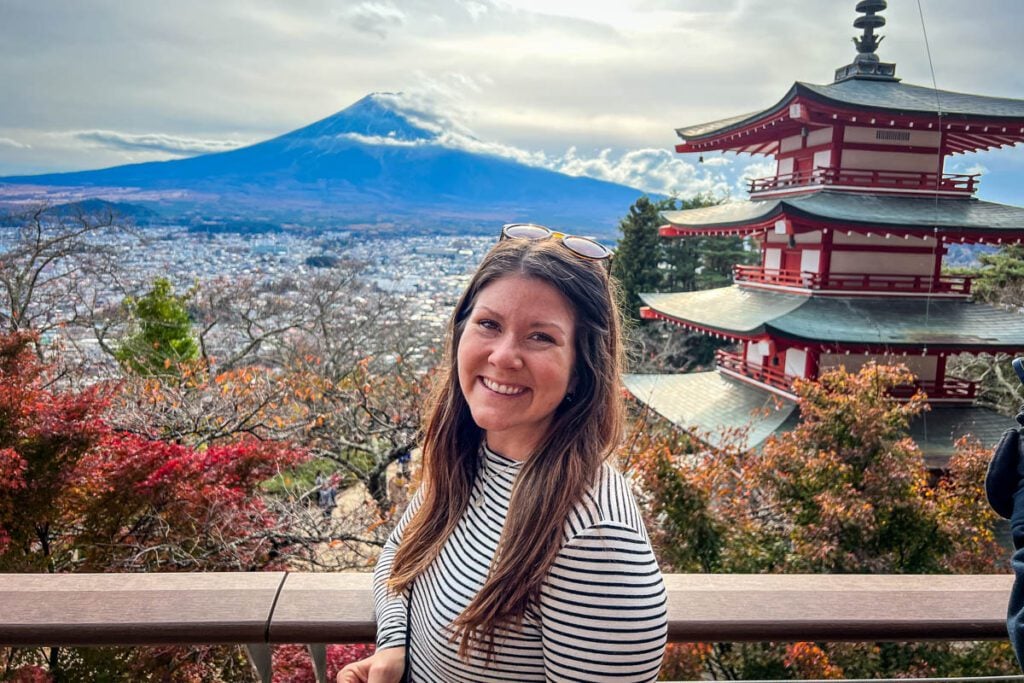
We know it can be overwhelming packing for a trip to a new destination. That’s why we spent hours creating these super helpful guides full of packing hacks and tips for traveling in Japan that you won’t find anywhere else:
- Our Japan packing guide lists all the essentials (many of which you might not think about), as well as what you should NOT pack for a trip to Japan.
- This article on what to wear in Japan will help you create a perfect capsule wardrobe for every season and let you in on some cultural taboos so you can be sure to dress appropriately.
- With this FREE Japan packing list PDF download , we’ll send checklists straight to your inbox for everything from clothing and toiletries (for both women and men!) to what shoes to pack and extra stuff you may want to have on-hand just in case. Click the image below to get your free copy!

More resources for traveling in Japan
We have TONS of resources on travel in Japan and destinations throughout the country. Check out our Ultimate Japan Travel Guide for all the answers to your most burning questions, or read some of our favorite articles below!
- Japan Rail Pass: Where to Buy & Is It Worthwhile?
- Trip to Japan Cost: Tips for Budget Travel in Japan
- Japan Pocket Wifi vs. Japanese SIM Card: Review & Comparison
- Best Japan Travel Apps
- Expert Tips for Visiting Japan (Dos & Don’ts!)
- Ultimate Japan Travel Guide: Everything You Need to Know for Your First Trip to Japan
- Helpful Japanese Words & Phrases to Know for Traveling in Japan
Save this article to Pinterest for later!
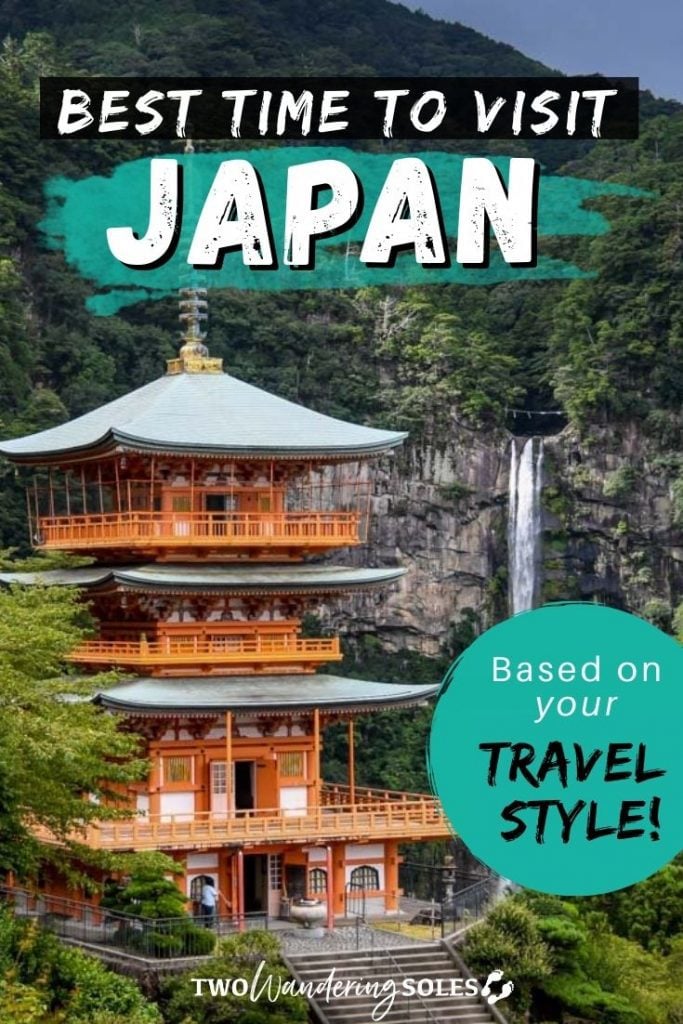
We’d love to hear from you!
What season sounds best to you? Why? Do you have any more questions after reading this article? We’ll try our best to bet back to you!
Comments (11) on “ Best Time to Visit Japan: When to Go & When to Avoid! ”
Such a nice article. Thanks for sharing
Thanks, buddy, I really want to visit Japan, and your post makes me more excited about the Japan tour
Thank you so much!! Love the recommendations and help!! Will Use this to Plan my trip
It was a nice post. Pictures were overwhelming !!!!!!
I want to travels Japan
Thanks for sharing
Awesome tips! 👌 My question would be, is there any pro or cons going the last week in May to beginning of June. Looking at 2 weeks. Fukuoka & Tokyo. 😊 TIA!
Did you end up going during that time? We’re going this year in that exact time; late My early June for two weeks.
Want to visit Japan for a conducted tour of 15 days and am thinking of mid September to early October.
Very well article. Thank you very much. This is the first article I read for the trip we are planning. The details were amazing. 🙂
Where was the picture under “summer months at a glance” (with Katie walking up the steps) taken? It’s absolutely beautiful, and I’d love to go there when I visit!
At first, all your pictures are Wonderful. Nice interpretation?
Leave a Reply Cancel reply
Your email address will not be published. Required fields are marked *
Save my name, email, and website in this browser for the next time I comment.

Japan is a such a brilliant Asian country to visit. We highly recommend that you visit multiple destinations in Japan as towns and cities offer different cuisines, scenery and culture.
To help you prepare for your Japan holiday, you can read our Japan Rail Pass post to figure out if a rail pass will save you money on your holiday.
Japan is a great destination for couples, friends, or for families. You can read all our best posts in this Japan travel blog section.
Japan with kids
Japan is an easy country to travel with kids.
Your Japan trip will cost you more money in comparison to other Asian destinations, however, the country is very safe, super clean, and really modern.
Many of the best attractions in Japan are outdoors and there are some brilliant theme parks as well.
There is a wide range of family hotels in Japan; most offer small hotel rooms though. You can find our list of great hotels for families in Tokyo here .
We personally preferred to rent bigger apartments through Airbnb instead.
For those of you who are taking a baby with you to Japan, you might find our Japan with a baby guide really helpful.
Japan Travel Guides
Japan is one of the best Asian countries to visit . So to get you started, find all our Japan travel guides below:
- Tokyo Blog Posts
- Kyoto Blog Post
- Kanazawa Blog Post
- Osaka Blog Post
- Nikko Blog Posts
- Kurashiki Blog Post
- Takayama Blog Post
- Shirakawa-Go Blog Post
- Miyajima Blog Post
Find all of our Japan Travel Blog Posts Below
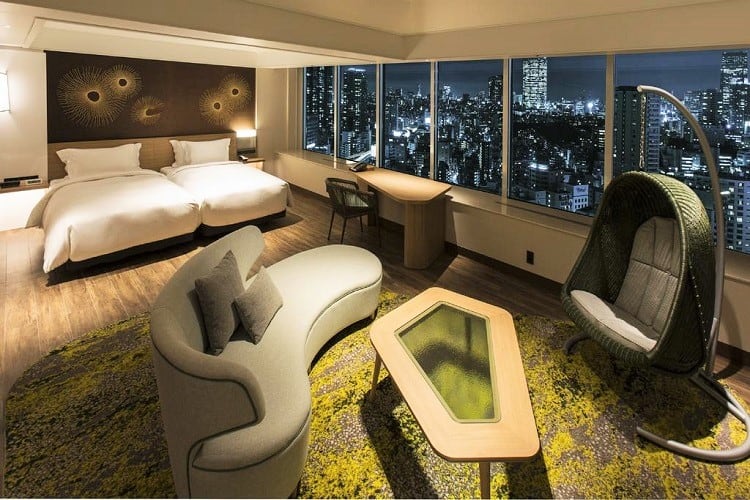
15 Best Family Hotels in Tokyo (2024)
Are you looking for the comfort of a hotel room and be as close to Tokyo’s attractions as possible? Our list of the top 15 best family hotels in Tokyo … CONTINUE READING
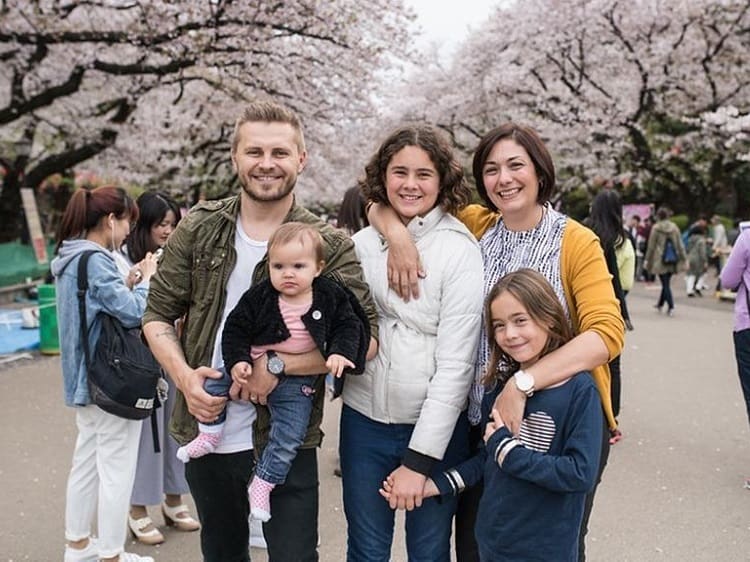
Kid-Friendly Japanese Food You Don’t Want to Miss
There’s so much about Japanese cuisine that fascinates visitors to the country. Sophisticated presentation, rich nutrients, and taste are just a few. Kids, on the other hand, are a little … CONTINUE READING
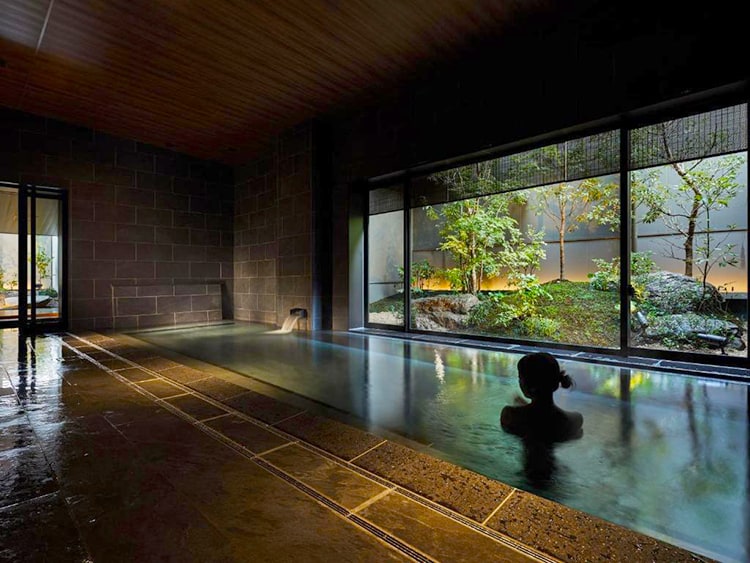
The 10 Best Tokyo Hotels With An Onsen (2024 Guide)
One of the best experiences you must try when visiting Tokyo is the onsen. There’s something truly special about submerging yourself in hot, therapeutic water that will leave you feeling … CONTINUE READING
5 Best Places To Visit In Japan For First Timers
Japan is a land of ancient traditions, modern marvels, and breathtaking natural beauty. From the bustling streets of Tokyo to the peaceful temples in Kyoto and the majestic Hiroshima Peace … CONTINUE READING
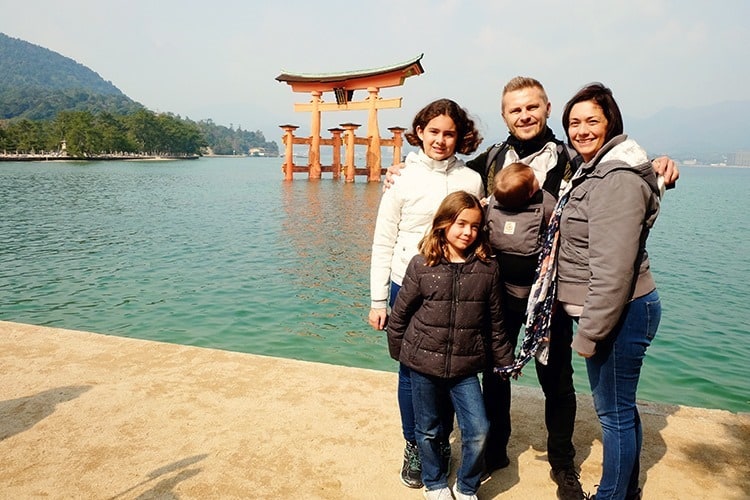
All About Japan’s Visa Policy for Family Travelers
Are you planning to visit Japan in the foreseeable future? The so-called Land of the Rising Sun offers a bounty of top places to go for international visitors, including the … CONTINUE READING
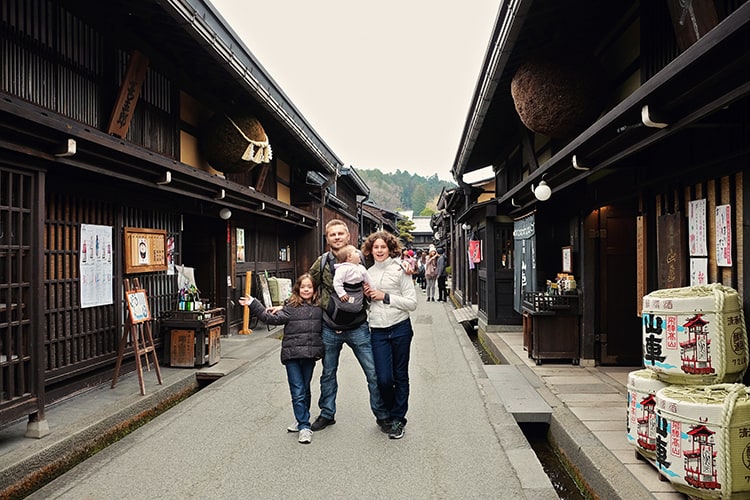
The Best Things to do in Takayama, Japan & Where to Stay
Traveling to Japan is a fun and exciting adventure, and while some people might picture the busy city of Tokyo when they think about where they should visit, there are … CONTINUE READING
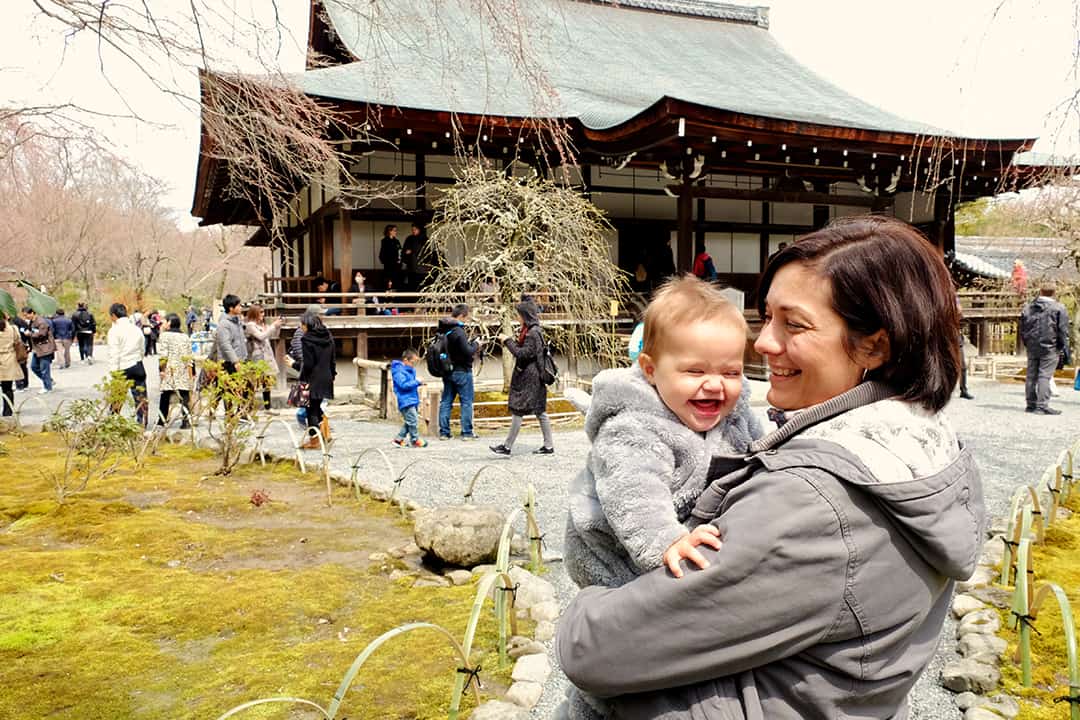
Traveling To Japan With A Baby Or Toddler: What To Know!
There’s no denying it: All countries are different. But believe it or not, Japan is somehow more different than most. Imagine a country where tipping is considered disrespectful; English is … CONTINUE READING
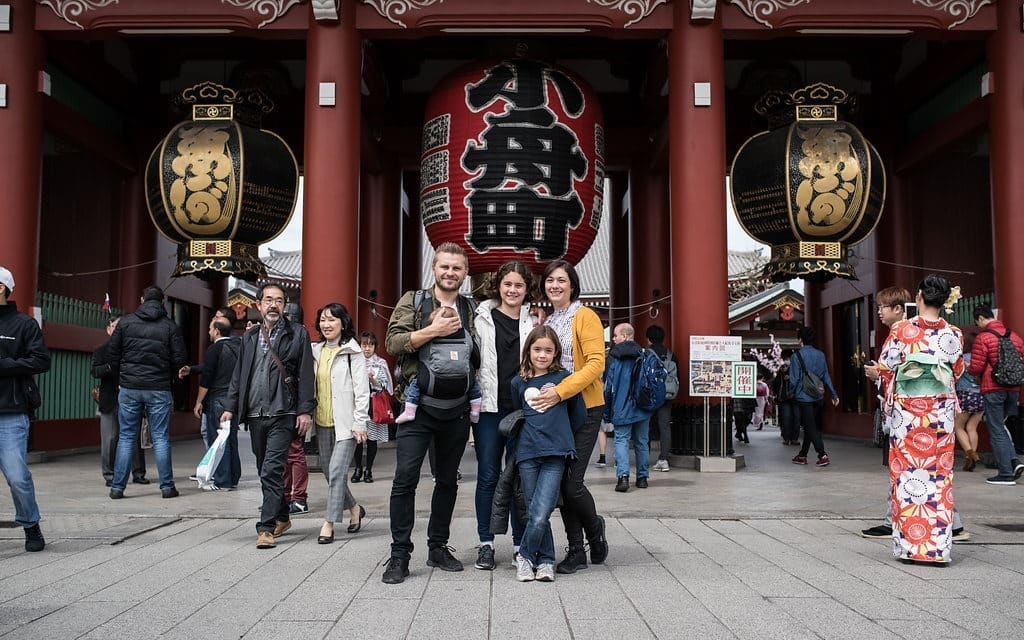
Everything You Should Know About Traveling To Japan
So you’re planning a trip to Japan, but can’t quite find the best information online? You’ve come to the right place! We’ve found the simplest, yet most informative Japan travel … CONTINUE READING
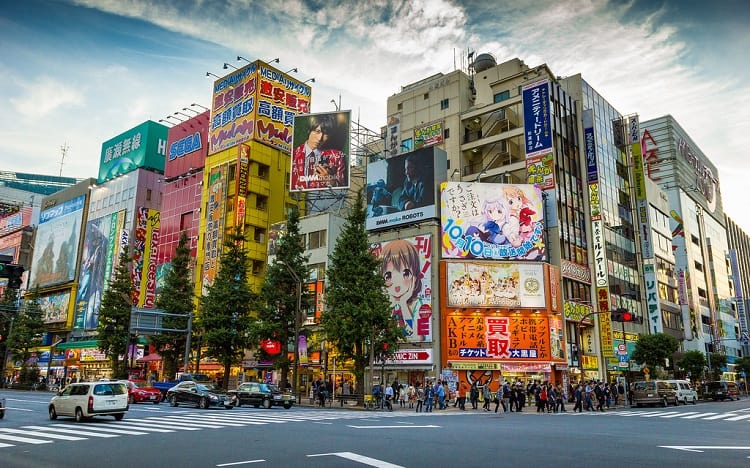
5 Best Tokyo Tours To Add To Your Itinerary
Looking to visit Tokyo, but don’t know how to go about it? Worry no more. We have the top five best local tours from Tokyo right here! Japan is an … CONTINUE READING
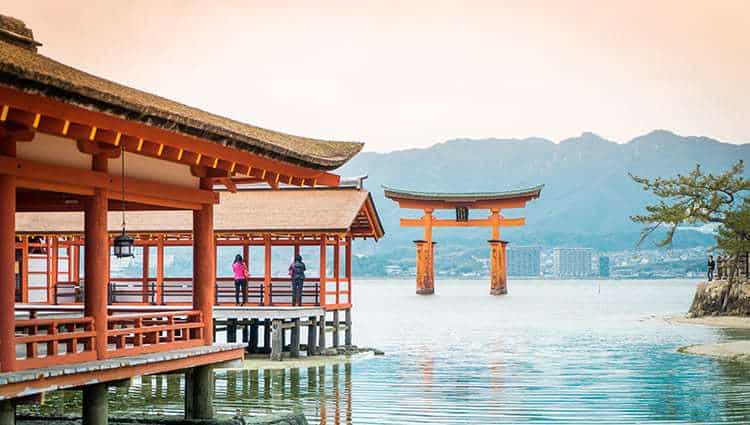
5 Best Things to Do in Miyajima Island with Your Kids
A trip to Japan will remain incomplete if you don’t visit Miyajima: The Island of Gods. It’s a small island located just outside of Hiroshima city and is most famous … CONTINUE READING
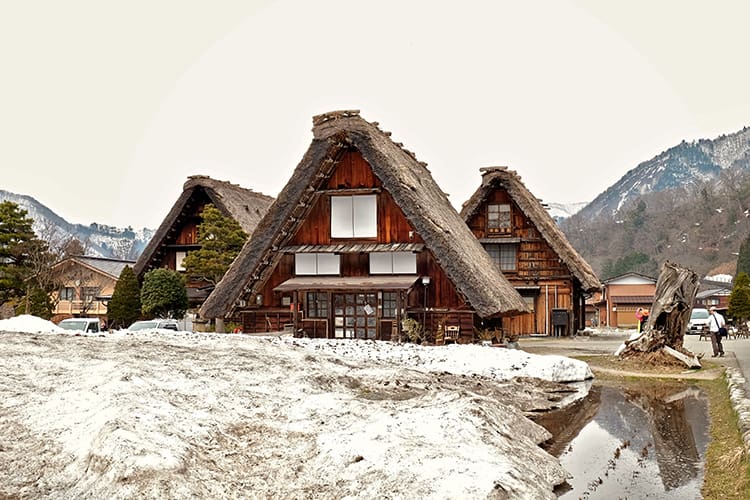
Picturesque Ogimachi Village in Shirakawa-go, Japan
Believe it or not, Switzerland isn’t the only country in the world with picturesque mountain hamlets. Far away from the neon-bright cities of Tokyo, Yokohama, Nagasaki and the rest, there … CONTINUE READING
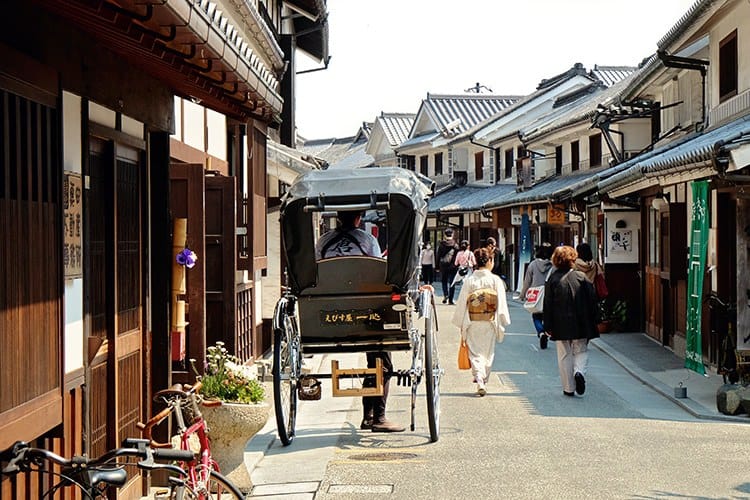
Kurashiki, Japan Guide: The most Picturesque Town in Japan?
Kurashiki, Japan is a city that seems like it has frozen in time. From 1600-1868, during the Edo period, Kurashiki was such an important merchant city that Shogunate directly controlled; … CONTINUE READING
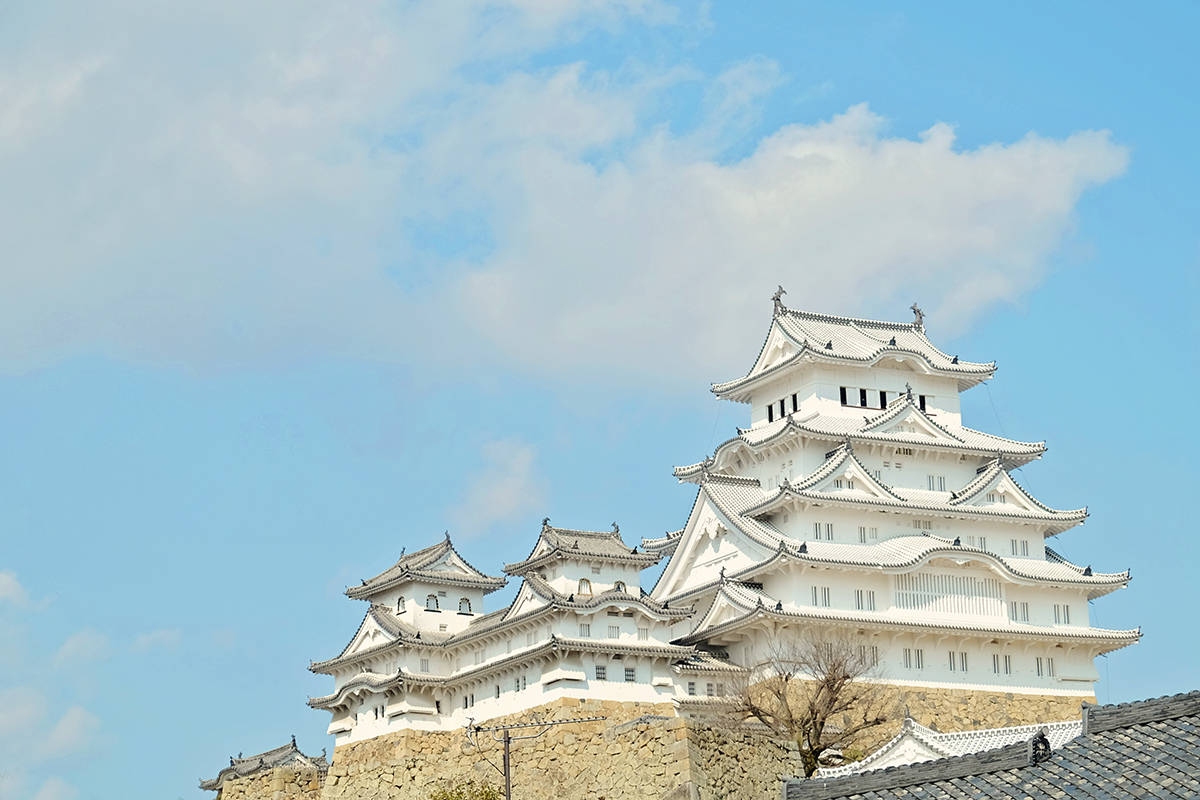
The Absolute Best Day Trips From Osaka (Not Be Missed)!!
Are you planning your Osaka itinerary and wondering what the best day trips from Osaka are?– Let us help you plan & book your Osaka day trips today!– Osaka in … CONTINUE READING
2024 - Wanderlust Storytellers. All Rights Reserved.
About Us | Contact Us | Work with Us | Privacy Policy | Disclaimer
* Disclaimer: Wanderluststorytellers.com is a participant in the Amazon Services LLC Associates Program, an affiliate advertising program designed to provide a means for sites to earn advertising fees by advertising and linking to amazon.com and other Amazon sites.
- Czech Republic
- Budapest, Hungary
- Amsterdam, Netherlands
- Switzerland
- Complete Japan Travel Guide
- Kanto Region (Tokyo, Hakone)
- Kansai Region (Osaka, Kyoto)
- Kansai Wide (Wakayama)
- Chugoku Region (Hiroshima)
- Chubu Japan
- Hokkaido Japan
- Kyushu Japan
- Jeju Island, South Korea
- KLOOK Promo Code & Voucher (2024 April)
- Agoda Promo Code
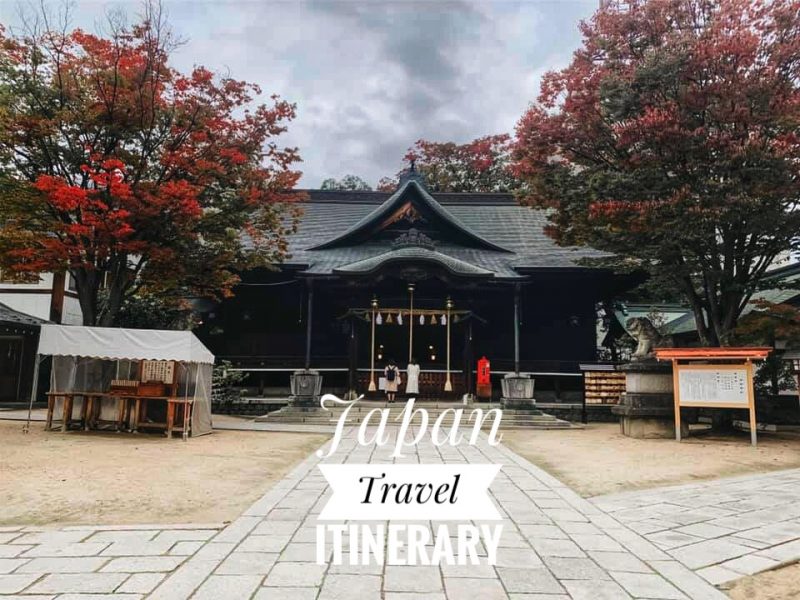
Japan Itinerary Blog: Perfect Travel Route for 7, 10, 15 Days
Last updated on April 5th, 2024
Are you planning a trip to Japan and looking for a Japan itinerary? Here we give you first-hand travel tips and recommendations for Japan, together with a perfect Japan travel itinerary for 7, 10, 15, or even 21 days with the best places to visit. All the recommended attractions are ideal to put into your travel plan that we consider to be the highlights of Japan for first-timers.
Land of the Rising Sun, Japan is an amazing country where ancient traditions and vibrant modern culture collide, awakening the curious corners of the mind, and pushing you to explore as much as possible. As a Japanese culture lover, I’ve managed to travel to Japan more than 10 times, either short-stay business trips, self-plan travel with families and friends, or even back-packing solo budget trip, I am never getting tired of visiting this amazing country.
There is so much to offer including the stunning natural scenery, hot spring onsen bath, traditional cultural towns, and vibrant futuristic cities. With the exquisite Japanese cuisine, mouthwatering fresh seafood, and regional delicious ramen, I can even make a trip to Japan just for Japanese food! Not to mention the seasonal activities that happening in Japan such as cherry blossom in spring, summer festival celebration, fall foliage during hall, and skiing and snowboarding in the winter.
In this Japan Itinerary , we’re covering a number of cities and towns that provide an immersive travel experience. It’s an active popular route for Japan itinerary that will take you through 4 regions and at least 8 cities. Each provides an opportunity to be wowed by the scenery, witness ancient history, expand your palate and discover unique Japanese culture. This Japan itinerary is flexible, feel free to extend or shorten your stay in the locations we recommend. In addition to recommended stops, we’ll be covering flights and transportation, recommended hotels, and activities.
We hope you find this Japan travel Itinerary blog helpful when planning your trip. Besides, this Japan travel guide is very compressive and long. For your convenience, I’ve compiled links to transportation, hotels, tours, and other services followed by different topics. Feel free to check on each section if you wish to know more about a specific topic.
Table of Contents
How Long to Spend in Japan?
One question that many potential visitors ask frequently is how long they should spend in Japan? And my answer is that it depends on what you want to see and how many places you want to visit . The country is vast and each region offers different things to do. I can spend days in Tokyo city alone and continually find new things to see and do.
Planning a trip to Japan ain’t an easy task because there’s just SO MUCH to explore . But, it is possible to enjoy the best of Japan with whatever time you have on your Japan travel itinerary. That being said, a two weeks Japan itinerary is the best way to explore some of the popular sights and get an introduction to some of the cities in Japan. But if you have more time to spend, then you can’t go wrong with taking advantage of it and extending your stay in this lovely nation.
One thing to keep in mind no matter how long you have to dedicate to your Japan travel itinerary is that it is impossible to see absolutely everything so make sure to prioritize what you want to visit, don’t rush for everything, and travel in leisure!
Best Time To Visit Japan
Any time! Japan is a ‘year round’ destination and each season brings a reason to visit Japan ! Whether it’s the famous sakura or cherry blossom season and pretty weather in the spring, the hot and liveliness of summer, the fall color changes of autumn, or the icy cold snowy festival of winter, you can’t go wrong traveling to Japan at any time of the year.
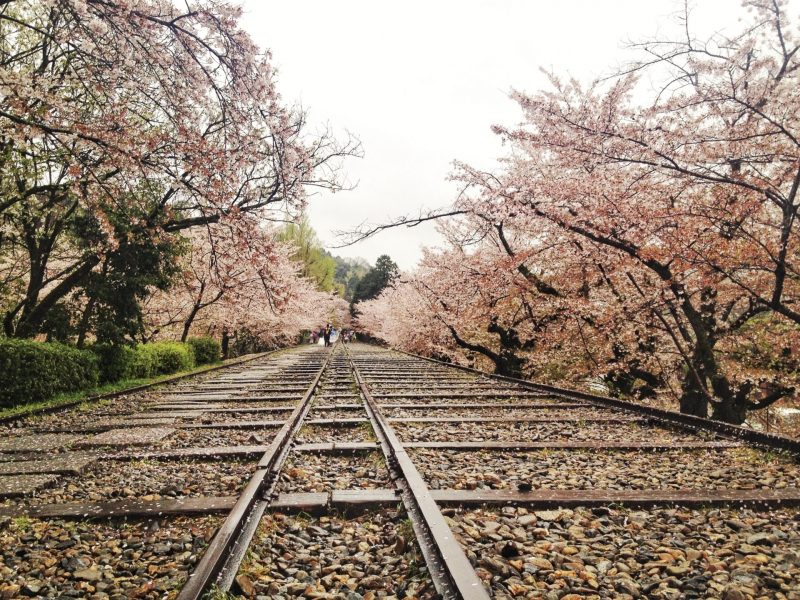
Visiting Japan in Spring : From March to May is the Spring season in Japan with little rainfall, clear skies, and mild temperatures. It is the best season to visit in Japan as it is the famous sakura blossom season that usually happens from late March to the beginning of April.
During these few weeks, this is the travel peak season in Japan, so expected higher price increases in accommodation and bigger crowds. But I assure you, that you won’t regret visiting Japan during the cherry blossom season as Japan is amazingly beautiful with everything clad in picturesque pink sakura. Japan’s National Holiday, Golden Week also falls in this season from late April to the first week of May.
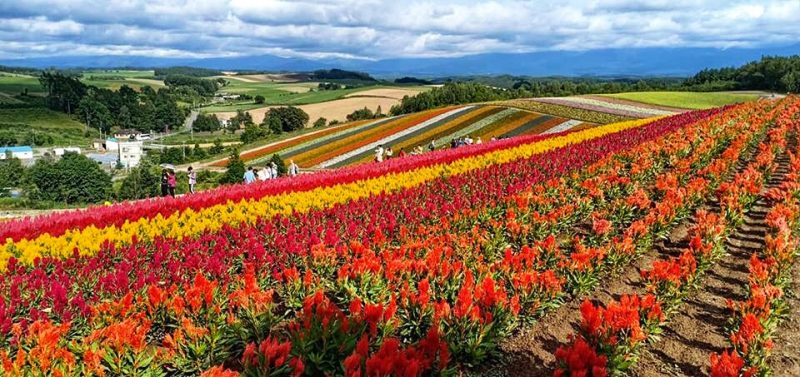
Visiting Japan in Summer : The summer season in Japan is started from June to August and the weather is hot and humid. The daytime temperatures are often higher and require paying more attention to physical well-being.
Summer in Japan is a great opportunity to experience the Japanese culture related to this season such as fireworks, festivals, and the Japanese love to plan their summer holiday in the cooler region such as Nikko, Hakone, and especially Hokkaido. Hokkaido’s flower field is one of the popular activities during Summer in Japan.
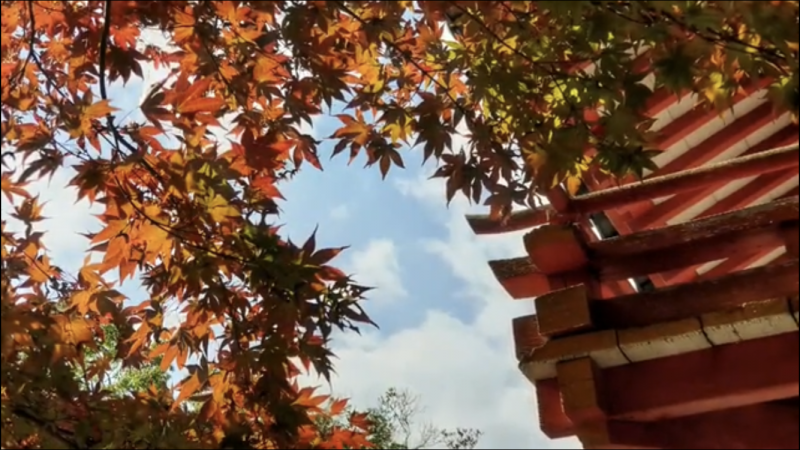
Visiting Japan in fall : From September to November, Autumn is the season of gorgeous fall foliage. The weather in fall is very comfortable and suitable for traveling in Japan but typhoons may occur between September to mid-October. So please note this and best to plan to visit Japan from late October to November.
Viewing the fall foliage, or “momijigari” in Japanese , is one of the most awaited activities in Japan with autumn leaves painting the whole country in crimson and gold. Kyoto is the best place for viewing the spectacular fall landscape.
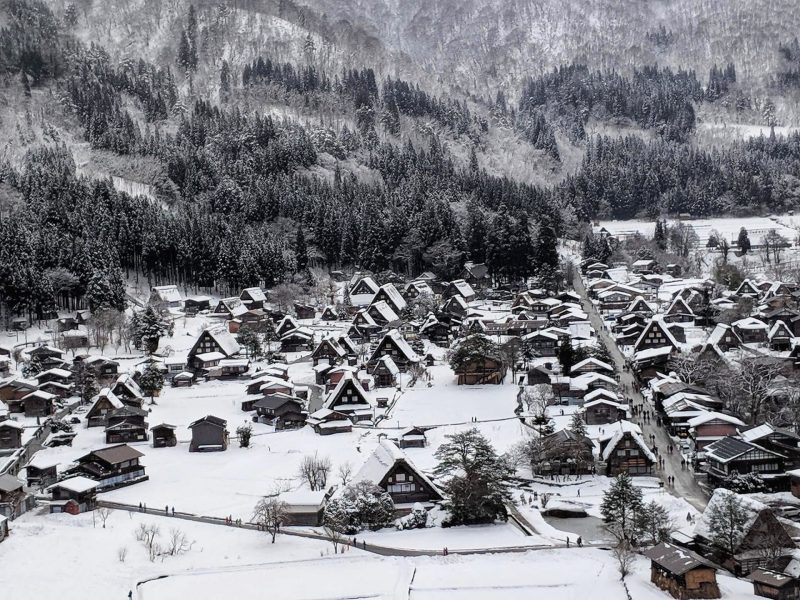
Visiting Japan in Winter : Starting from December to February is the winter season in Japan and it is the coldest season of the year. Winter illuminations started features all over Japan, it’s the best time for enjoying the hot spring. Imagine dipping in a natural hot spring and relishing in the beautiful winter scenery surrounding you.
Besides, Hokkaido is the best destination to enjoy the winter season in Japan with excellent ski resorts for winter activities and gorgeous snow festivals in Sapporo.
How To Travel in Japan
International visitors typically arrive at Tokyo’s Narita Airport (NRT), the busiest airport in Japan. Some may choose to arrive at Haneda International Airport (another airport in Tokyo and mostly for budget airline and domestic transfers), Kansai Airport (KIX) in South of Osaka, or New Chitose Sapporo Airport in Hokkaido.
Browsing through Skyscanner to get a cheap ticket to Japan
If you are landing at Narita Airport, there are a few ways to access Narita Airport and the Tokyo city area; by train, bus, private transfer, or taxi.

From Narita Airport To Tokyo
Few train companies running for the Narita Airport route. A faster train will be faster and more comfortable but also more expensive.
- JR Narita Express (N’EX), or JR Narita Line Rapid Train will head over to Tokyo Station.
- Keisei Skyliner, or Keisei Access Express, Keisei Main Line Rapid Limited Express to Downtown Ueno or Nippori Stations.
Pro Tips : Klook offer Skyliner ticket at cheaper price . Easy redeem at Narita, Ueno or Nippori.
Airport Limousine Bus is is the budget and most convenient option if your hotel is located at one of the drop-off points along the bus route. It greatly helps those with lots of luggage.
Go for a private transfer or taxi if you want the utmost convenience and ease, especially without having to drag your luggage around. This works best if you’re coming together with other people so that you can share the cost and save more. ( Book via Klook with best price offer )
Few considerations when you choose which mode of transportation, which is budget, time-consuming, Convenience, and where you heading to.
We have documented a Japan transport Guide to help you decide on your transportation from Narita Airport to Tokyo City – From Narita Airport To Tokyo: How To Decide Your Best Transport .
Getting Around in Japan
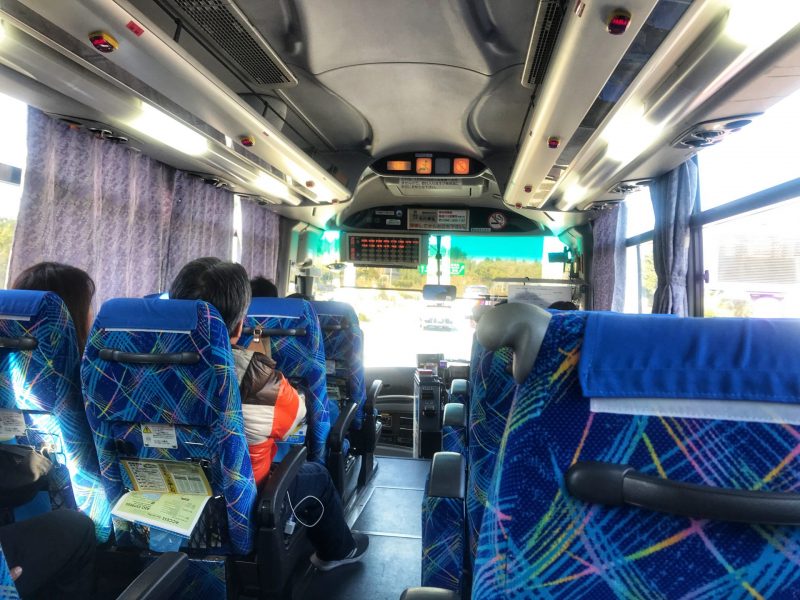
Japan has the best and most effective public transportation system in the world, making it easy to get around the country, either by high-speed train (Shinkansen), local train, bus, or self-driving .
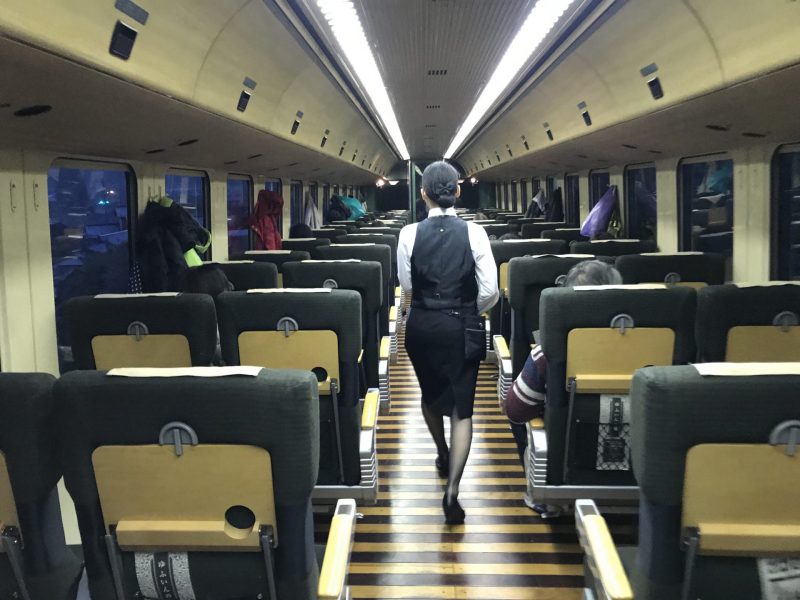
The Japanese train system is amazing with an extensive network of high-speed trains that can take you almost everywhere in Japan. Trains are typically reliable, comfortable, run on time, and are super fast. Train travel is the best option, for city-to-city transfer when you planning to move between the major cities. It can be done by bus but it would be much slower. Most of the time, we used the train to travel around Japan.
Check the Japan JR Pass to travel in Japan with hassle-free
Renting Car in Japan
If you want to have a bit more flexibility, have an easier time getting off the beaten path, or simply don’t want to be at the mercy of inconvenient train or bus timetables then renting a car could be a good option for you. While you don’t need a car in big cities and towns in Japan (all of the city centers are incredibly walkable and public transit is quite good), it can be really helpful if you want to get out into nature or visit some areas with fewer public transit connections such as Hokkaido and Kyushu.
Find and compare your rental car at RentalCars.com .
Self-driving is the best way to explore the regions especially if you are traveling with family and kids. If you’re interested in hiring a car in Japan, we recommend using RentalCars.com to find the best prices on a car rental. Different options and a wide selection of cars with price comparisons.
Besides, we also documented how to rent a car and drive in Japan. Read here for the Useful Tips on Renting A Car in Japan .
What is JR Pass?
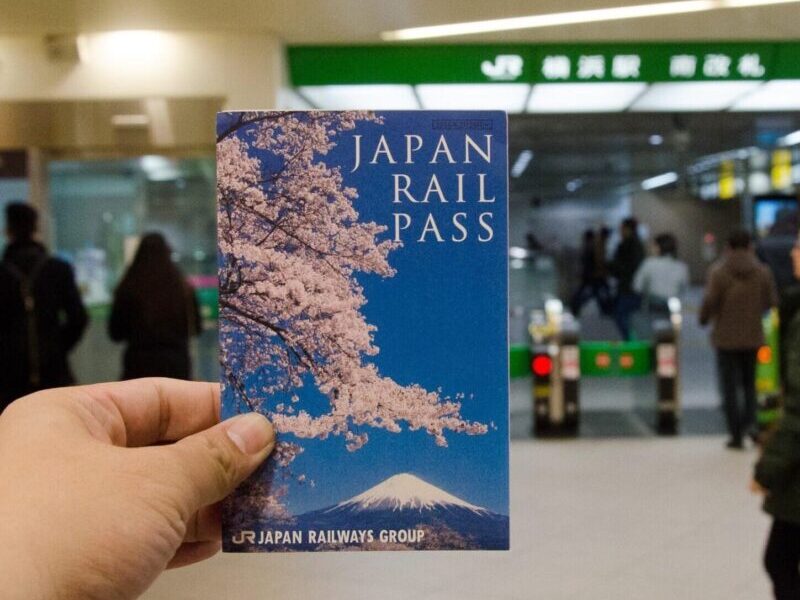
As a traveler planning on a DIY itinerary to Japan , for sure you heard about JR Pass . JR Pass is a form of rail pass that provides almost unlimited access to all JR trains in Japan for 7, 14, or 21 days. This is a unique train pass available only to foreign visitors that makes train travel much cheaper.
But take note, JR Pass is only valid for JR trains under Japan Rail Company . In Japan, many train companies are well-connected between and within the cities, and JR is one of the biggest and most comprehensive train companies with Shinkansen also under JR.
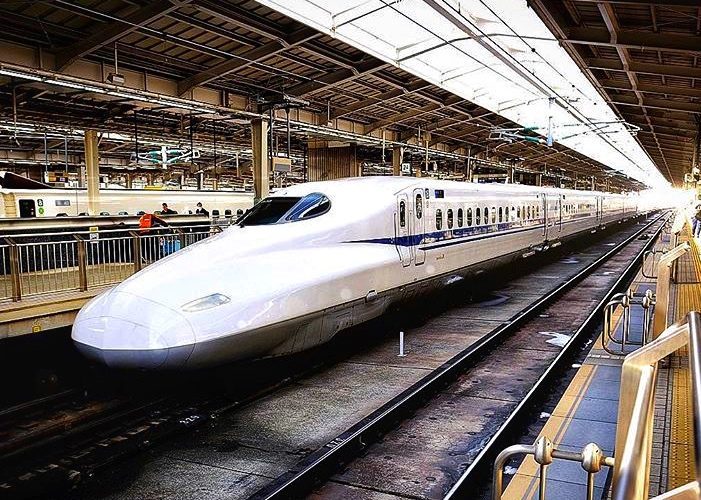
Getting a JR Pass makes sense ONLY if you are planning to visit multiple cities in Japan. The JR Pass is not cheap but the train fare between cities isn’t cheap too! You’ll be saving a lot more by getting a JR Pass. The pass is counting by days, so we recommend that you wait to activate your JR Pass until you are leaving Tokyo for long-distance train travel around Japan.
The easiest and least expensive way to buy the Japan Rail Pass is online from an official JR Pass vendor before you leave for Japan. It is considerably cheaper (10 to 13% cheaper) to get it ready at your home country compared to buying it on the spot. You can check out the latest prices for green and ordinary passes on Klook or Japan Rail Pass for more information.
Click here for prices & information on how to order and save with the JR Pass .
Japan Travel Tip : Due to the massive price increase for the Japan Rail Pass, travelers might find it harder to maximize the value of the JR Pass. This pass will only be worth the money if you plan to travel to many places in Japan. You can get the Point-to-Point Shinkansen Ride with a QR Code for a hassle-free ride.
Planning on Japan Itinerary
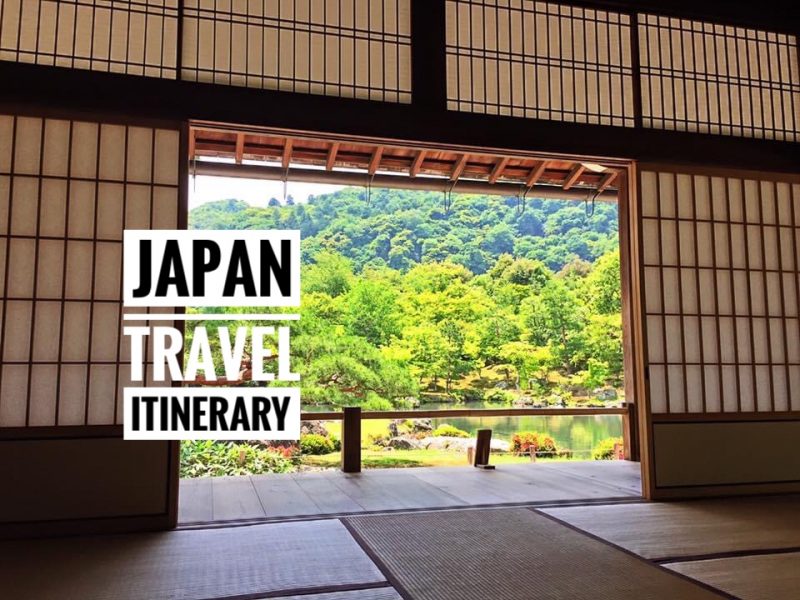
Although Tokyo, Osaka, and Kyoto are three of Japan’s most iconic cities, there are still many interesting places to explore. For first-timers visiting Japan, 2-weeks is the best duration to experience the highlight of Japan .
With two weeks in your hand, you can plan your Japan itinerary with the most popular travel route, Tokyo, Osaka, and Kyoto, and included some day trips from the big cities, such as Hakone, Nara, Uji, and more. You can also include some of the central regions and visit the traditional Japanese village if time permitted.
We will include the recommended day trip as part of this Japan itinerary travel guide blog. Besides, rest assured, this Japan itinerary can be also flexible if you only have less than 2 weeks in Japan. We will reduce the traveling time and guide you on where to stay in Japan, without keeping switching to hotels when traveling here.
Here are some sample Japan itineraries to visit Tokyo, Kyoto, Osaka, Nagoya, and Hiroshima area with travel tips at each session.
Our Japan itinerary (Popular Route) :
- Day 1 – 5: Arrived in Japan. Exploring Kanto Region in Tokyo and nearby day trips. (At least 3 Days)
- Day 6 – 11 : Heading to the Kansai region for Kyoto, Osaka, Nara, Uji, and more. (At least 4 Days)
- Day 12 – 18 : Proceed to Chubu Region to Takayama, Shirakawago, Kanawaza, and more. (At least 4 Days)
- Alternatively, further to the Chugoku region to visit the infamous Hiroshima and Miyajima (At least 2 days)
All different routes are the ideal itineraries to follow if you want to explore several Japanese cities in two to three weeks. You can easily pick 2 to 3 popular routes from above and combine some of the small cities and towns that we’ll be going to share in the below Japan travel blog which appeals to you the most.
Let’s start to check out this ultimate Japan travel itinerary!
Japan Itinerary 1st Stop: Kanto region
Start this classic Japan itinerary in the modern and urban Japan capital of Tokyo. This incredible Japanese city is popular for a reason: it is absolutely beautiful, energetic, easy to navigate, and packed with fun and interesting things to do.
This ultra-modern city has one of the world´s best and most amazing shopping, dining, and nightlife. It is also filled with Japanese history so that travelers also have the opportunity to cover quite a bit of ground and get to know this great city. There is plenty to do and see in Tokyo. Spend at least two to three full days in Tokyo city and do short day trips outside of Tokyo!
The ideal Japan itinerary in the Kanto region is as below :
Day 1: Harajuku, Shibuya, Shikuju, or Roppongi. Day 2: Asakusa, Ueno, and Akihabara. Day 3: Tsujiki Market/Toyosu Market, Tokyo Tower, and Odaiba. Day 4 – 5 : Short trip to Hakone, Kawaguchiko, or Nikko.
Further Read More : Tokyo Itinerary – What To Do in Tokyo .
Things To Do in Japan Itinerary (Kanto Region)
Tokyo is the place to experience the modern side and culture of this amazing country. It can be divided into eight exciting neighborhoods or 23 special wards, and each place offers different types of interesting things to do and see.
Harajuku, Shibuya, Shinjuku, Roppongi
Harajuku – Famed for its fashion scene, quirky culture, cosplay shops, and so much more! This is the place where Tokyo’s youth come to show off their latest fashion outfit and shop for new ones. But you can have both the traditional and modern culture on the same day.
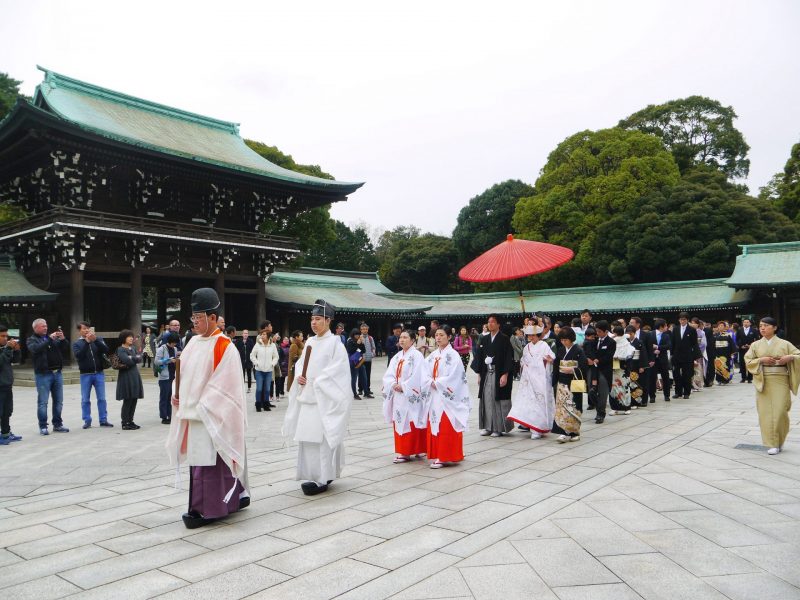
Start your day in the pleasant walk in Yoyogi Park toward to the Meiji Shrine, a historical Shinto Shrine in Tokyo located in Harajuku. You might even see the Shinto wedding if lucky!
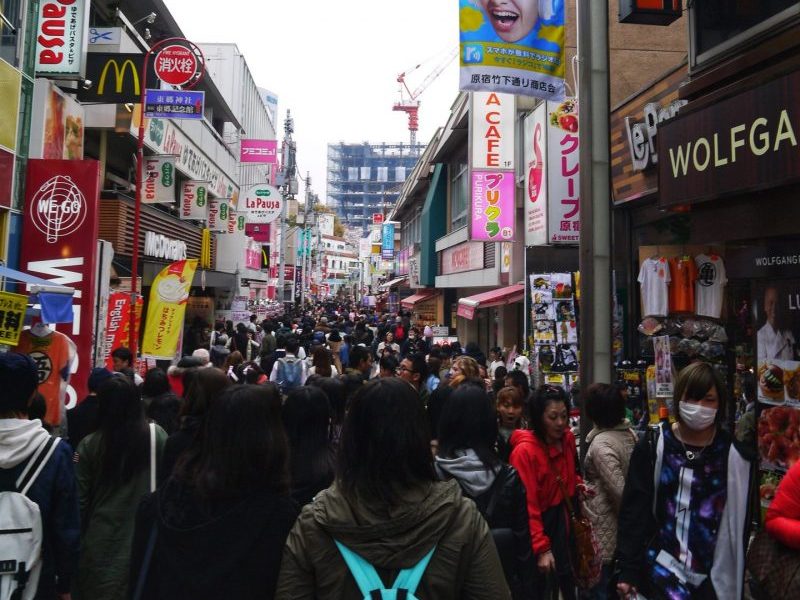
Next, walk across the street to Takeshita Dori that filled with captivating shops and cafes, trendy people, and street food. Then walking through the Omotesando, the Tokyo version of Champs Elysées, with designer boutiques and international fashion brands. The cat’s street, a more relaxed and hipper kind of vibe also hidden in the street of Harajuku.
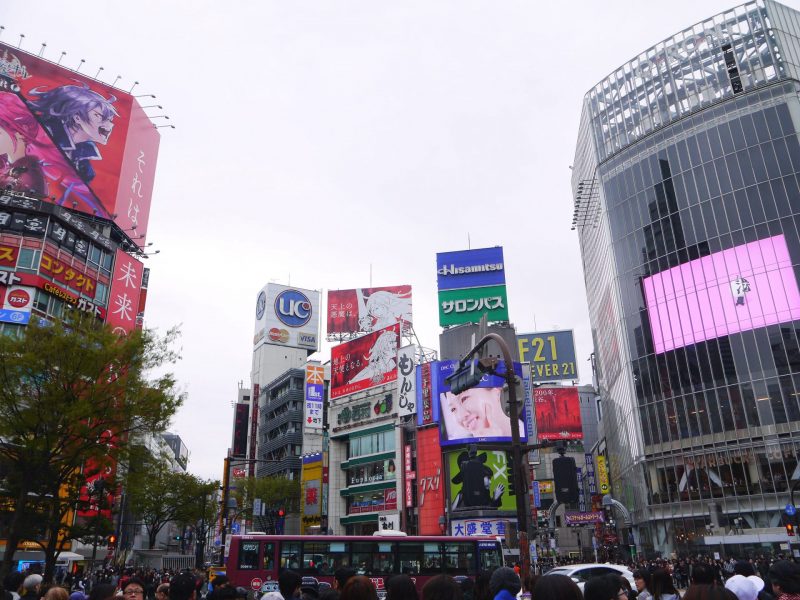
Shibuya – The center of Tokyo, along with Shinjuku. It is a major action and fun area with lots of restaurants, a shopping mall with a strong youth presence towards fashion and culture.
The famous Shibuya Crossing is found in front of Hachiko Exit, Shinjuku. Every few minutes the pedestrian light would turn green in this world´s busiest pedestrian and the entire crossing will be filled with a ton of people coming from all directions. A crazy scene that has been featured in many movies, video games, and music videos.
Don’t forget to check out the famous Hachiko Statue, a legendary Japanese dog who is famous for being extremely loyal.
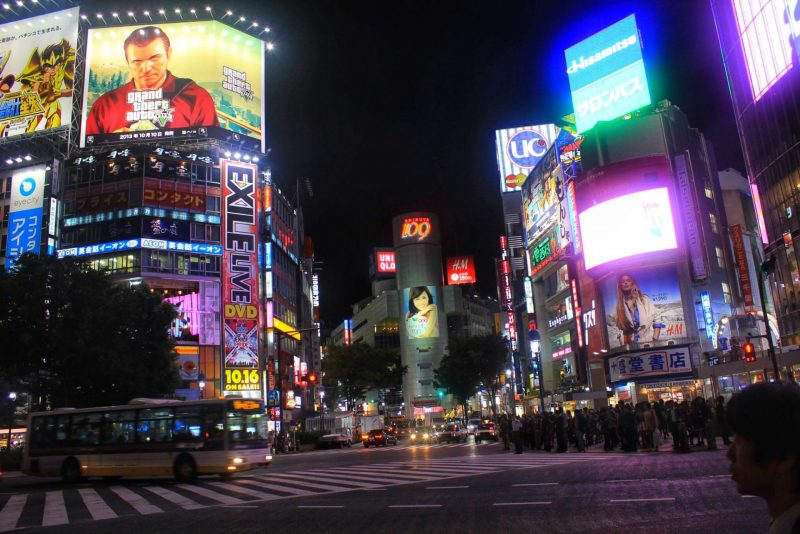
Shinjuku – Another major city center of Tokyo with the modern skyscrapers building surrounding. Go to the Tokyo Metropolitan Government Building for a bird’s eye view of Tokyo for free. In Shinjuku, you will also find Golden Gai and Memory Lane, and restaurant alleys that have been unchanged since the second world war.
The Memory Lane aka Omoide Yokocho or “Piss Alley” is featured varied tiny eateries and small izakaya, the best place to spend your dinner or supper with ramens, kushiyaki, yakitori (skewered grilled chicken), and more. You can drink Japanese beer, sake, or whiskey highball here! Having food in the Tokyo alley to feel nostalgic for traditional Japanese food.
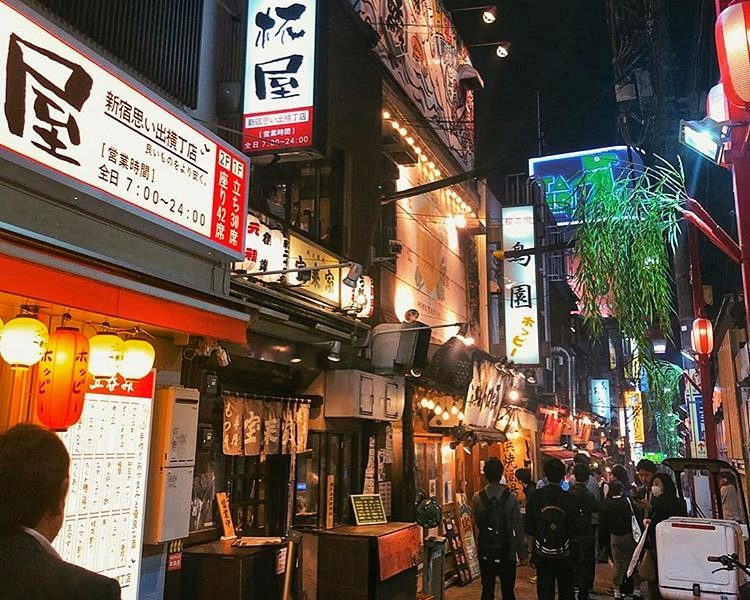
Roppongi – This area is famous for entertainment and nightlife with several galleries, shopping centers, and theaters. Together with Tokyo Metropolitan Government Building at Shinjuku and Tokyo Tower, Roppongi is featured with the best night view of Tokyo at Roppongi Hills. Just pick one of them for the best view of Tokyo city.
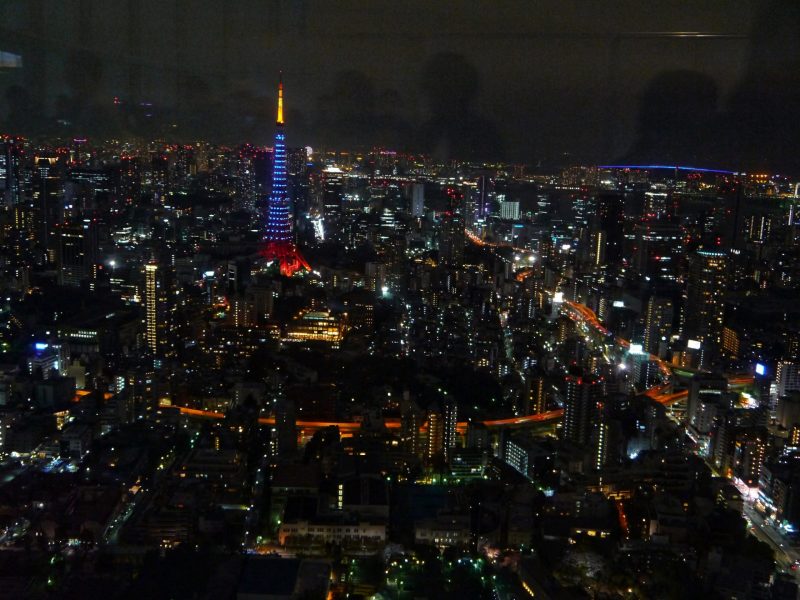
Tokyo Fish Market, Ginza, Tokyo Tower, Odaiba
Toyosu Market/Tsukiji Market – If you are a foodie like me, visiting the fish markets in Tokyo is a must. A visit to the crazy Tuna auction is one of the best ways to feel the atmosphere at the fish market in Tokyo.
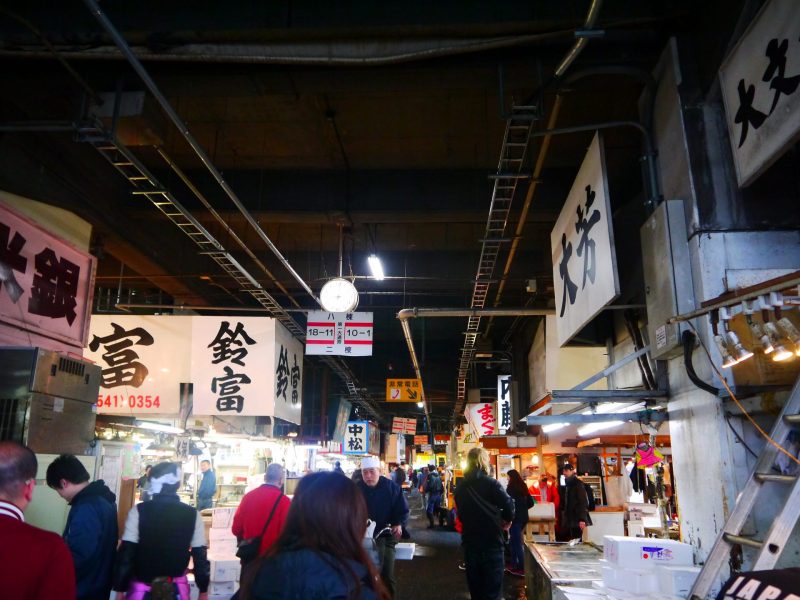
The famous Tsukiji Fish Market (inner market) has been closed down and moved to Toyosu Market in 2019. But still, you can eat the fresh sushi and sashimi at both fish markets with many the excellent seafood restaurants for a culinary visit.
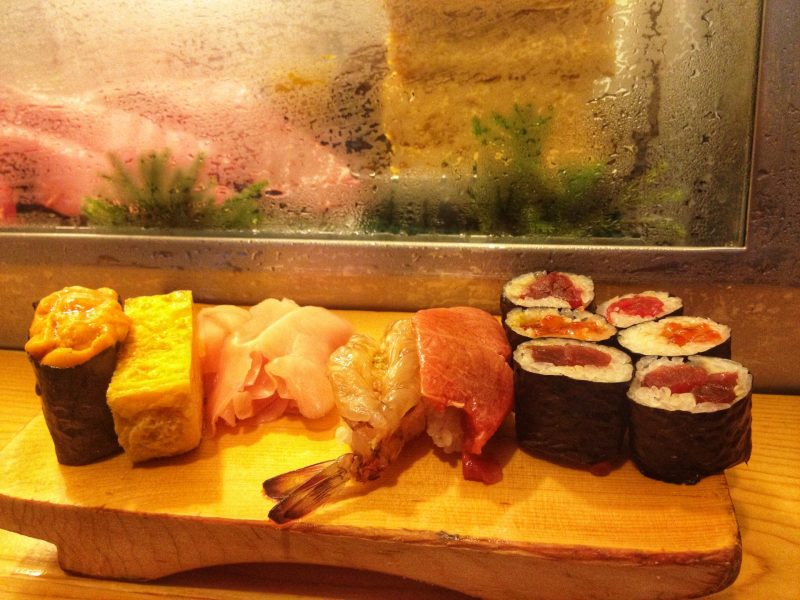
Ginza and Tokyo Tower – Tokyo’s version of New York`s Fifth Avenue, Ginza is one of the city’s upmarket shopping districts with broad boulevard shopping streets. Next couple your visit to Tokyo Tower, the signature tower of Tokyo.
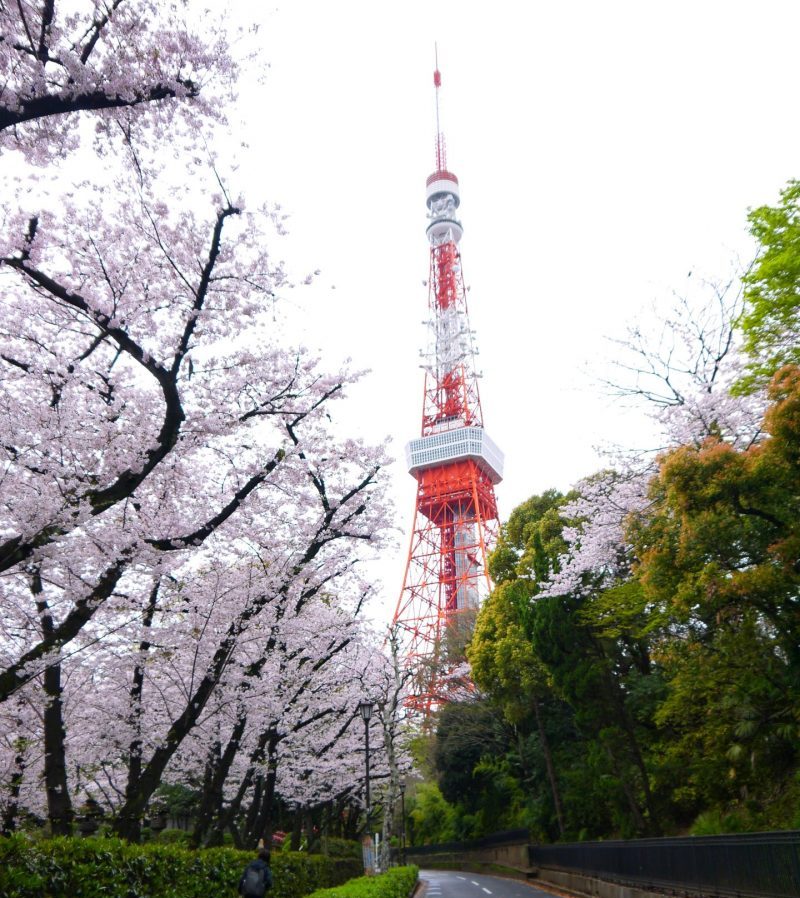
Odaiba and Tokyo Bay – The man-made island to protect the marine life and it was turned into a modern shopping and entertainment center. It consists of a beach, a waterfront, promenades, and walkways with a lovely view of the Rainbow Bridge.
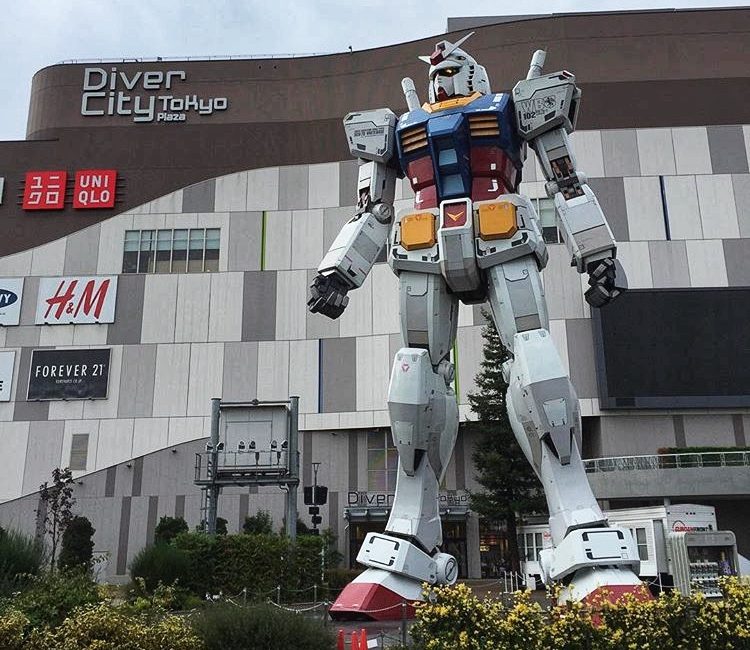
Asakusa, Ueno, Akihabara
Asakusa – The ‘olden’ district where you can get a feel of how Tokyo was in the past decades. It is the favorite district by the backpacker with many cheap foods and budget accommodation around. Find Tokyo`s most visited temple, Senso-Ji Temple, the oldest temple in Asakusa, Tokyo.
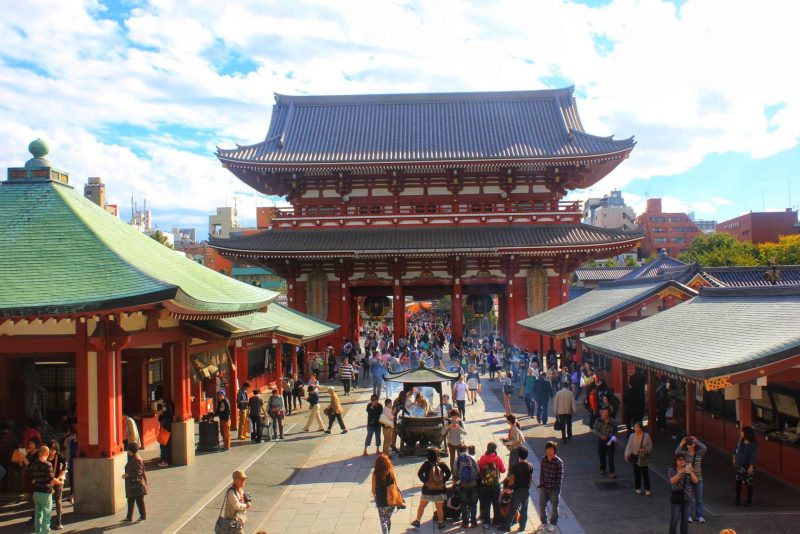
Check out its impressive bright red gate – the Kaminarimon Gate at Asakusa and walk toward the shopping street Nakamisedori for some street food and souvenirs.
Tokyo’s tallest building, the Tokyo Sky Tree is located beside the Sumida River and Park.
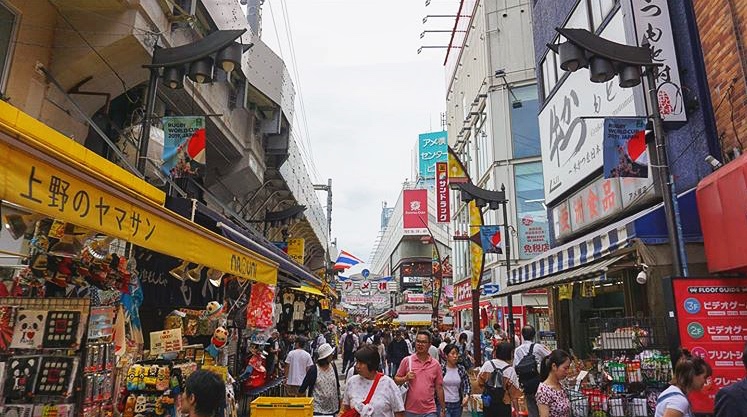
Unique Attractions in Kanto Region
If you’re planning to spend more time in Tokyo, then you may want to have some interesting attractions to visit on the Japan itinerary. Listed below are some unique tourist activities that you can include in Tokyo.
- Tokyo Disneyland and Tokyo DisneySea ,
- Street Go Karting Experience in Akihabara (Booking is a MUST!)
- teamLab Borderless (Temporary Closed for relocation)
Note : teamLab Borderless in Odaiba Closed August 31, 2022 and it is relocating to the Toranomon-Azabudai Project which will completion at 2023. Rest assure. Visitor can still visiting teamLab Planets TOKYO in Toyosu until the end of 2023.
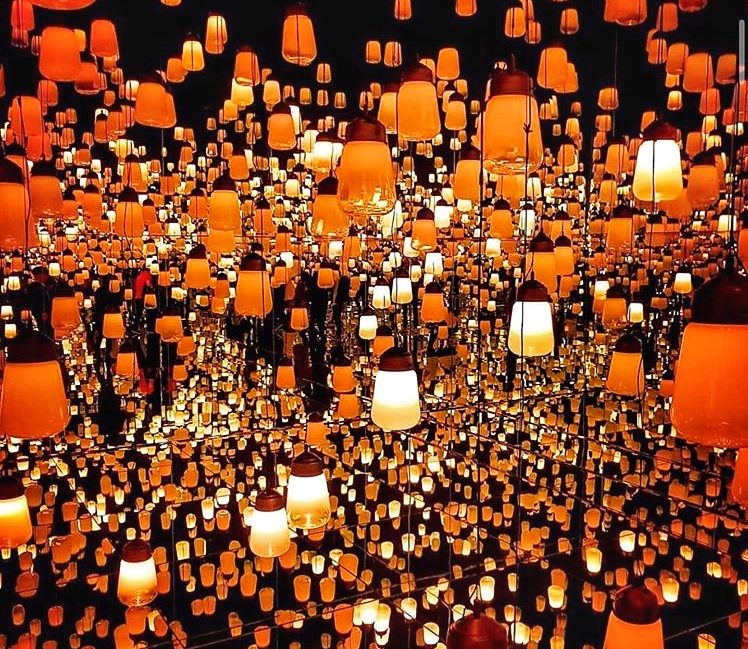
Short Trips in Kanto Region
If you’re interested in seeing more of the Japanese nature beyond its capital, use one of the days in this Japan itinerary to go on a day trip. There are countless amazing places to visit from Tokyo and for sure will give you a great view of Japan.
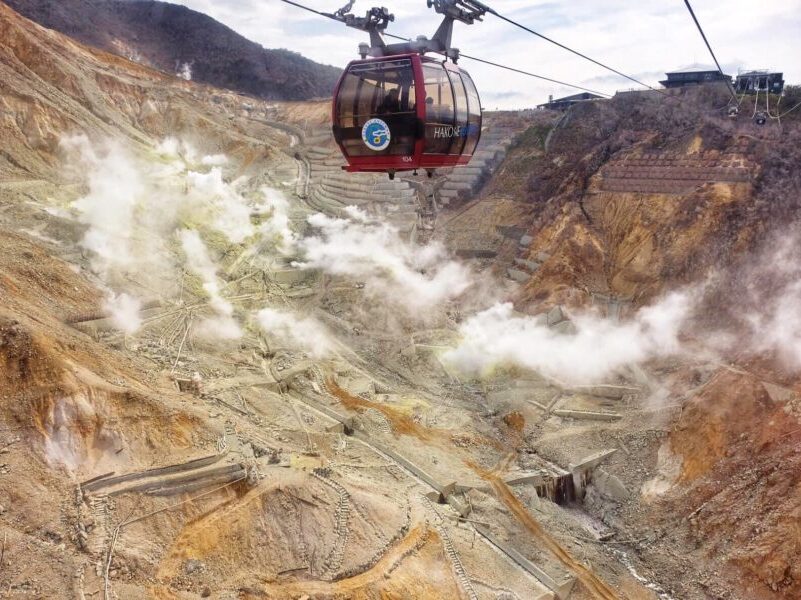
Nikko – Located north of Tokyo with 2 hours by train, Nikko is one of the most popular day trips from Tokyo. It is a lovely hillside town with an impressive amount of Buddhist temples and shrines tucked away in the green and lush forest.
Hakone – A onsen town to experience the natural hot spring bath in Tokyo. It’s also famous for beautiful nature such as Lake Ashi, and Owakudani Hell Valley, and also a chance for you to see Mount Fuji up close (depending on the weather).
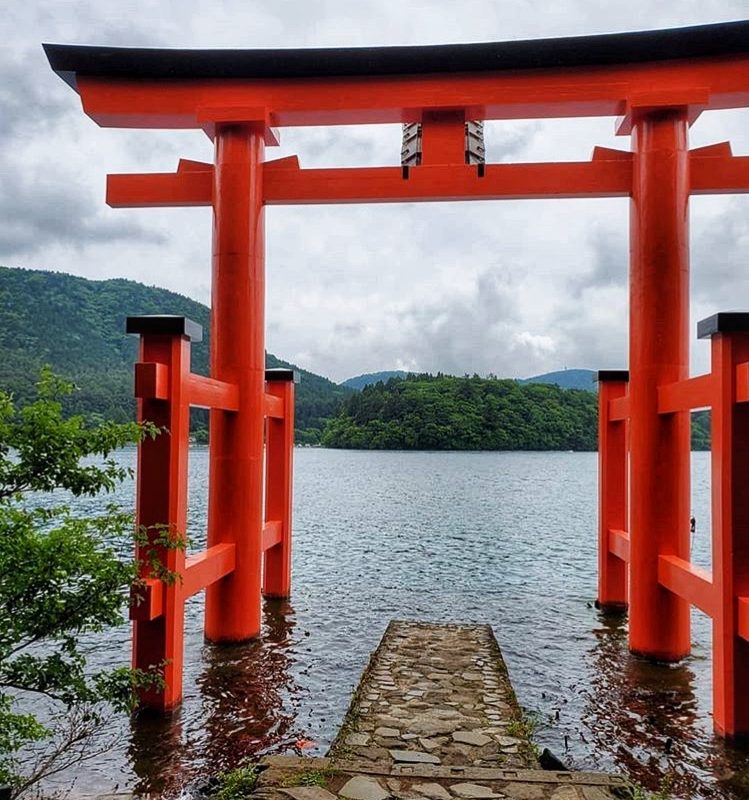
Kamakura – A beach-side little town with about a 1-hour train journey from Tokyo. Kamakura’s highlight is the stunning old Buddhist temples with a tall bronze statue of Amida Buddha, completed in 1252.
Fuji Five Lakes and Mt Fuji – A lovely area with five lakes surrounding Mt Fuji with about 2 hours by train from Tokyo. The Kawaguchi-ko is the most popular lake among the five lakes, and several temples and shrines can be planned into your Japan itinerary. The Red Chureito Pagoda with Mount Fuji in the background is one of the popular attractions in the Fuji Five Lakes area.
After enjoying a number of great days in the Kanto region, it’s time to head on to your next destination!
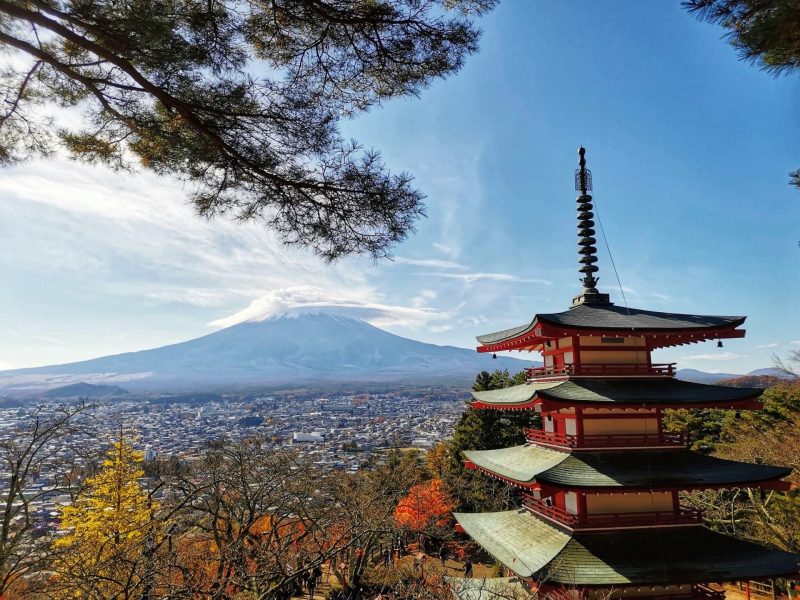
To save up on transportation costs, consider getting the transport passes to get around Hakone, Kamakura, and Fuji Five lakes areas.
Hakone Free Pass (from ¥4,600) – Valid for two or three days, can be used for unlimited travel on eight transportation options including the Hakone Tozan Train, Hakone Tozan Bus, Hakone Sightseeing Cruise, Hakone Tozan Cable Car, and Hakone Ropeway.
Hakone Kamakura Pass (from ¥7,000) – Valid for three days, unlimited use of all transportation options in Hakone areas and also to Kamakura. The transportation option also included all Odakyu Lines (Odakyu Odawara Line, Odakyu Enoshima Line, Odakyu Tama Lines, and Enoden trains between Fujisawa and Kamakura.
Read more on how to visit Hakone in the budget way : The Ultimate Hakone itinerary with Hakone Free Pass .
What To Eat in Kanto Region
Make sure to taste the mouthwatering Japanese cuisine when traveling in Tokyo city. There is so much delicious food to eat in Japan, from Michelin star Restaurants, and local traditional cuisine, to cheap budget food. Just grab a hot bowl of steaming ramen and slurp away just like the locals.
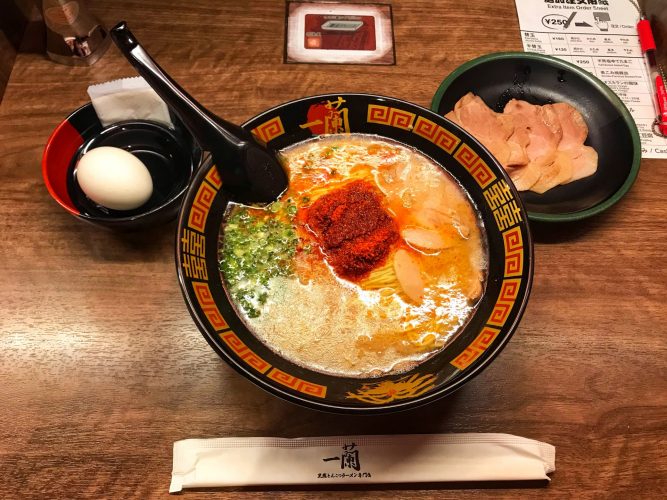
Related Food blog in Tokyo and Kanto Region for you if you’re looking for what to eat in Kanto Region.
- Mutekiya Ramen Ikebukuro: Must Eat Tokyo Best Ramen
- Ichiran Ramen Ueno: Best Ramen Shop in Ueno Tokyo
- Daikokuya Tempura: Asakusa Must Eat Food
- Chuka Soba Tomita Ramen: Tokyo Best Tsukemen
- Ichifuku Shibuya: A Taste of Tokyo Michelin Miso Ramen
You may also read our Tokyo food Guide on what Japanese dishes you must try when visiting Tokyo.
Where To Stay in Japan: Kanto Region
Tokyo has an incredible variety of accommodation available with several great places to stay in Tokyo that will suit any travel style. Accommodations in Tokyo can range from the world’s most luxurious hotels, mid-range business hotels, ryokans (Japanese style inn), bed and breakfast, lodges, and budget hostels.
If you’re looking for a great place to rest your head, click here to read our Ultimate Guide to where to stay in Tokyo .

We recommended staying in the Shinjuku area due to its convenience and close to the main transportation hub for the JR train, buses, and metro system.
Shinjuku Top Pick : Hotel Sunroute Plaza Shinjuku is our best pick and we loved it. The price is reasonable, featured comfortable rooms with excellent service and location, close to the subway/train station Shinjuku. The JR train station is within walking distance. There are plenty of excellent restaurants and eateries nearby. Extremely popular and rooms also run out fast.
Alternatively, Shinjuku Prince Hotel is located right next to the lively Kabukicho area. So you can find a lot of eateries and restaurants nearby. Added, it is only a 5-minute walk from JR Shinjuku Station. Spacious and clean room to make a comfortable stay.
Not quite what you’re looking for? Click here to browse the best deals on hotels in Tokyo .
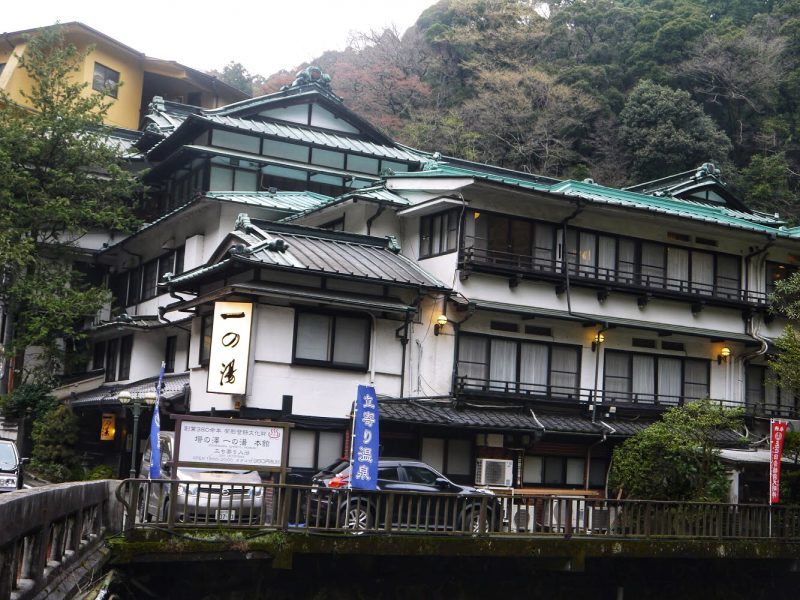
It is also best to plan to stay one night in the traditional ryokans, such as Hakone to soak into the natural hot spring bath to experience the Japanese culture in style. Our top recommendation especially for first-time travelers is Tonosawa.
Nestled in the arms of a picturesque valley, this area is renowned for its hot spring bath and quieter place to base yourself on a trip to Hakone. The historical Ichinoyu Honkan and Fukuzumiro are the perfect picks.
It can be difficult to find the best stay in Hakone, click here to read our ultimate guide to where to stay in Hakone .
Japan Itinerary 2nd Stop: Kansai Region
Next, heading to the Kansai region to continue Japan’s adventure. Here, you will explore Kyoto, Osaka, Nara, Uji in this part of Japan itinerary. Take note that it takes around 3 to 4 hours by bullet train (shinkansen) to get to Kyoto from Tokyo. With that said, the Japan itinerary for the first day in the Kansai region should be fewer, but depending on your arrival time, it’s still possible to do a lot.
The ideal Japan itinerary in Kansai region is as below :
Day 6: From Tokyo to Kyoto. Half-Day Trip to Uji. Day 7: Southern Higashiyama at Kyoto. Day 8: Kyoto West Area: Arashiyama and Kinkajuji. Day 9: Day Trip to Nara. Day 10: From Kyoto to Osaka. Exploring Osaka. Day 11: Osaka.
Of course, depending on your travel plan, you can freely swap the day arrangement or attractions in your Japan itinerary!
Related Read for Japan Itinerary at Kansai Region :
- Things To Do With Osaka Amazing Pass for 1 day or 2 days
- 15 Things To Do and Eat for 3 Days in Kyoto
- Nara Itinerary: Perfect Day Trip From Osaka & Kyoto
- Uji Itinerary: Best Day Trip From Kyoto
Things To Do in Japan Itinerary (Kansai Region)
Before continuing on the Japan itinerary in the Kansai region, make sure you understand how to travel from Tokyo to Kyoto and Osaka. The main golden route in Japan, Tokyo, Kyoto, and Osaka are connected with the Tokaido Shinkansen line. This line offers the fastest and smoothest way for traveling between Tokyo station, and Shin-Osaka or Kyoto stations, included with the Japan Rail Pass .
A standard Tokyo to Kyoto trip with the JR Pass takes up to 140 minutes at ¥13,080, depending on train type.
Speed Train running between Tokyo, Osaka, and Kyoto:
- Nozomi trains are the fastest with only 140 minutes at about ¥14,000 with seat reservation and ¥13,080 on the non-reserved seat. Not included in JR Pass.
- Hikari trains slightly slower at 160 minutes with seat reserved cost at ¥13,500 and non-reserved at ¥13,080.
- Kodama trains take about four hours with a seat reserved at ¥13,500 and non-reserved at ¥13,080.
Once everything is settled and check in to your hotel in Kyoto, it’s time to kick start again your Japan travel itinerary in the Kansai region.
One of the most iconic cities to visit on any Japan itinerary is Kyoto, Japan’s historical and cultural capital. Known for its grand colorful Shinto shrines, ancient Buddhist temples, and fantastic Japanese gardens, Kyoto is an incredible city to visit no matter what kind of Japan route your find yourself on.
Take at least two days to explore the city to its fullest, taking in all of the main sites like the Kiyomizu-dera, Arashiyama, the Fushimi Inari Shrine, and many others. Remember, no Japan trip is complete without a visit to Kyoto, it is mandatory!
Southern Higashiyama Kyoto
Located along the slopes of Kyoto’s eastern mountain, the Southern Higashiyama is a preserved historic district and very popular in Kyoto. The notable attractions include the grand Kiyomizu-dera Temple, the cozy streets of Ninen-zaka and Sannen-zaka lined with traditional wooden buildings, and the Yasada Pagoda.
Besides, it is a good idea by wearing the kimono and exploring this area to experience the feel of ‘old Kyoto’. You’ll definitely fall in love with Kyoto here and I highly recommend doing it in the unique atmosphere of Kyoto.
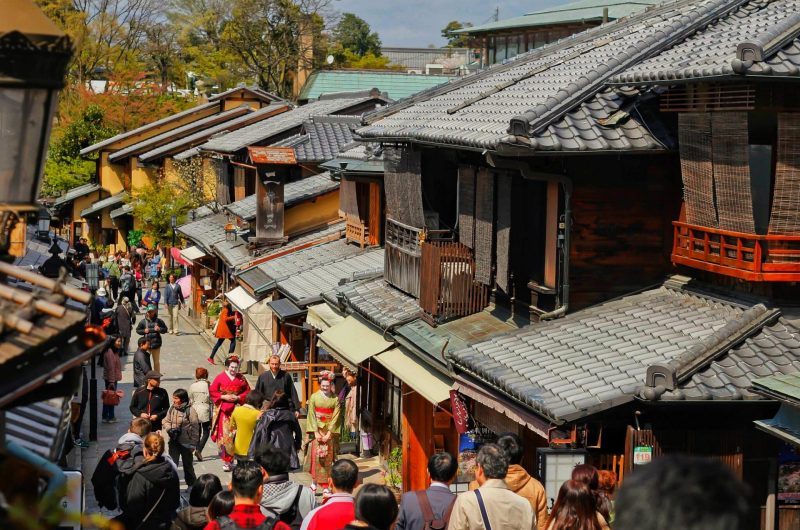
Kiyomizudera : A famous temple in Kyoto that’s listed under the UNESCO World Heritage. Best known for its wooden stage that stretches out to the hillside as it offers great views over the cherry and maple trees. (Admission is ¥400).
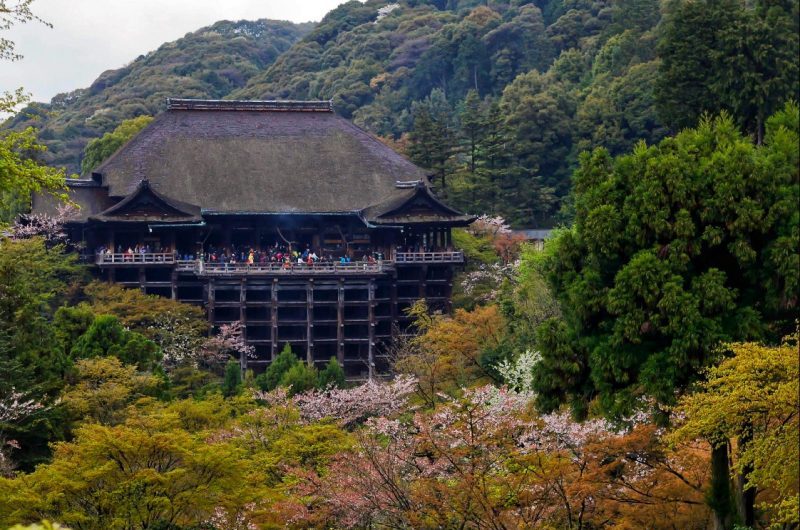
Fushimi-inari : Famous for the arcades of vermillion torii gates. One of the most important shrines in southern Kyoto that you absolutely must NOT miss! From the main base building, there are thousands of eye-catching torii leading to the forest of Mount Inari. The hike takes about 3 hours but you’re free to stop halfway and return to the base whenever you like.
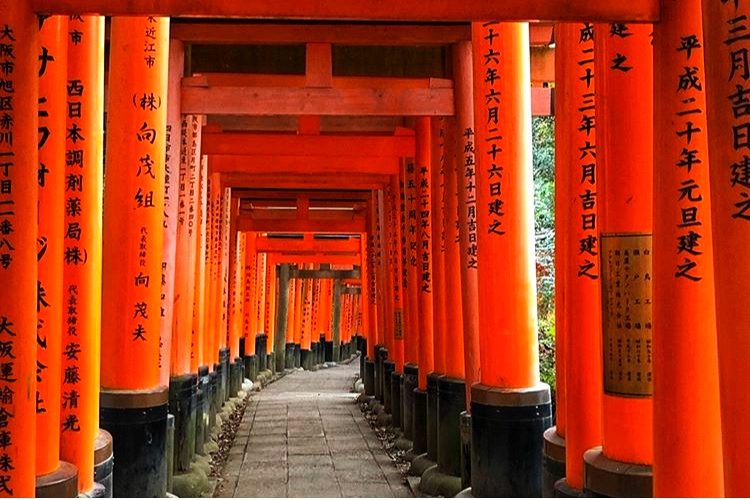
Kyoto West Area
Located on the west side of Kyoto, Arashiyama is another must-visit in Kyoto and is particularly popular during the spring and autumn season. Arashiyama is full of incredibly interesting things to do and offers so much beyond its main sights.
Plan your Japan itinerary by riding the Sagano scenic sightseeing train to Arashiyama, taking the Hozugawa River Boat ride, enjoying the scenic walk under the famous bamboo groves, and crossing the Togetsukyo Bridge, or visiting the Monkey Park Iwatayama.
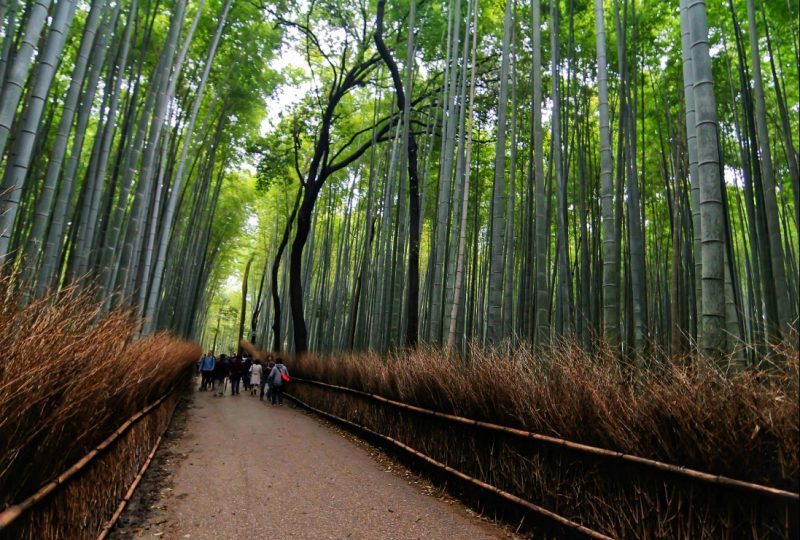
To avoid the crowd, I recommend coming to Arashiyama in the early morning. And you can also pre-book your Sagano scenic Train ticket via Klook to enjoy the mountain view at the Japanese village, riding along the Hozugawa River.
Related Read :
- Ride On Arashiyama Sagano Scenic Railway
- Half Day Trip To Arashiyama
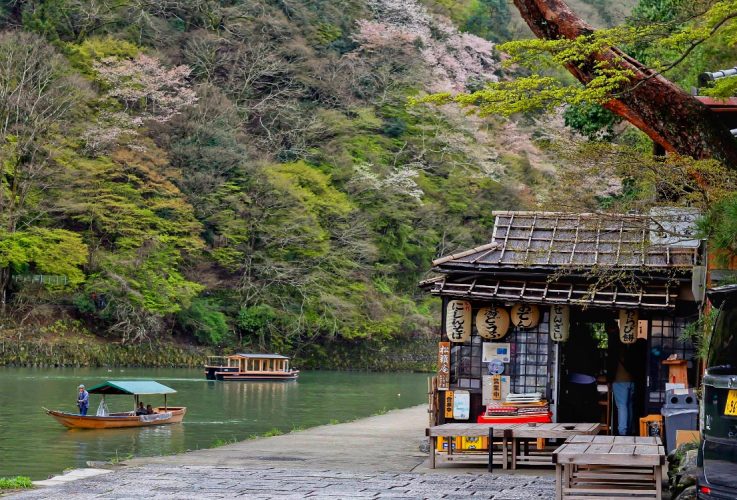
Kinkakuji : Another popular sight in Kyoto. The Zen temple is completely covered in gold leaf with golden shiny color. You can enjoy its impressive architecture as it overlooks a picturesque pond. Just follow the path and walk around the lake to marvel at the famous Golden Pavillion floating on its small lake.
Check out our trip to Kinkajuji from Arashiyama .
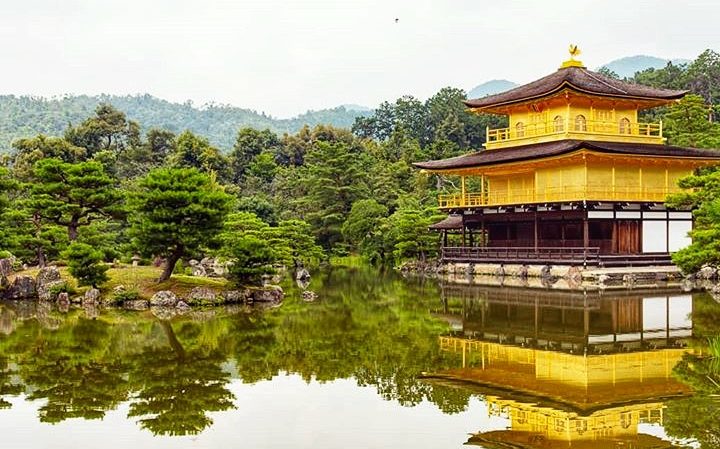
Gion : Kyoto’s historic neighborhood and offers a fascinating glimpse into Japan´s history. Some of the houses are best preserved from the Edo period until today. It is also Kyoto’s most famous geisha district. A lot of visitors come and visit with the hope to catch a glimpse of a Geiko as she hurries through the streets.
Pontocho : This is a dining area that’s packed with restaurants offering a wide range of choices from local to foreign cuisines.
Nishiki Market : Known as “Kyoto’s Kitchen”, this is a long yet narrow shopping street that features over 100 lively shops and restaurants. A great spot for you to visit for your Japan itinerary if you want to buy any fresh produce or Kyoto specialties.
If you still have some more time, there are still many notable temples and shrines that does not include in this Japan itinerary. The Nanzen-ji Temple, Ginkaku-ji Temple, Nijo Castle, Toji Temple, Kyoto Imperial Palace, and many more are worth spending time exploring in Kyoto.
Day Trip in Kansai Region: Nara
Because you have the time if you’re following this particular itinerary, it is also a great idea to go on a day trip from Kyoto. One of the most popular is the Nara, which is only about an hour from Kyoto. You could also head to Uji, which is also a great place to visit for its traditional green tea and historical shrine.
Both Nara and Uji are located between Kyoto and Osaka. So it is flexible to interchange if you want to plan for the day trip from either location.
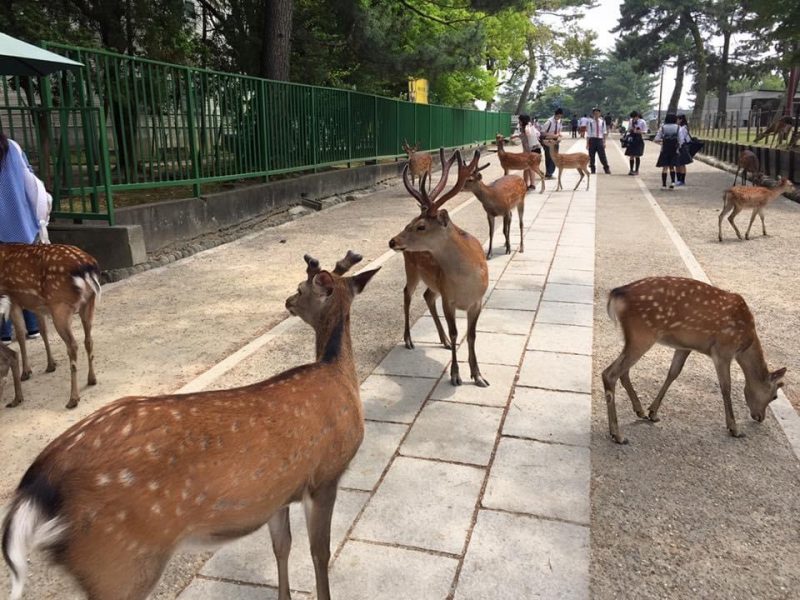
Nara : It is always a great idea to plan a day trip to Nara from Kyoto or Osaka. The traveling journey takes about 1 hour by train. You can venture into the Nara district for its historic treasures and adorable deer park.
Deer Park : The large park in the center of Nara is home to thousands of wild free-roaming deer. In the Shinto religion, deers are considered messengers of gods and Nara made them as a symbol of their city. Feed them by buying the crackers that are sold all over the park at a low cost. Do be careful though as they can get quite playful some times.
Todaiji Temple : One of the landmarks in Nara. The Big Buddha hall, Daibutsuden is the world’s largest wooden structure and houses Japan’s largest bronze Buddha statue.
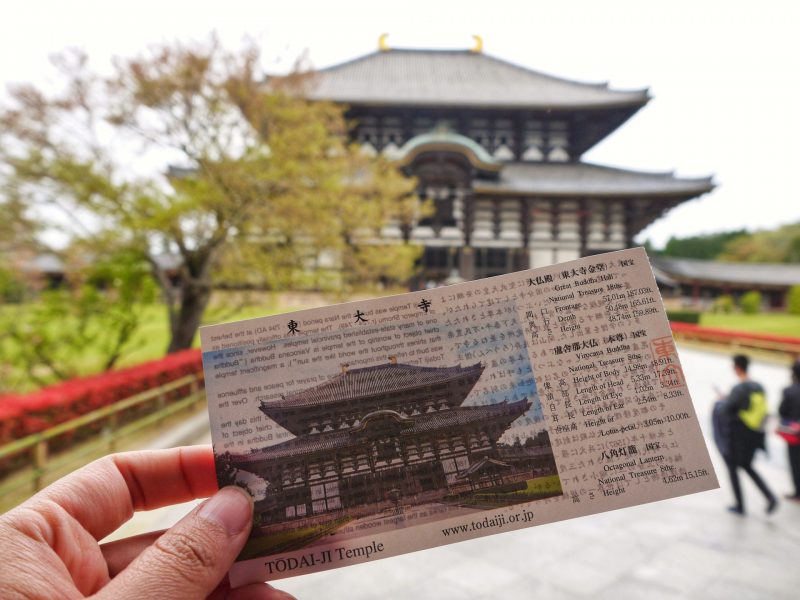
Day Trip in Kansai Region: Uji
Uji is more like a hidden gem with peaceful charm yet historical importance. It takes approximately 20 minutes by train from Kyoto Station. It is famous for its high quality green tea products and historical shrine. So don’t forget to taste the matcha green tea and dessert in Uji.
A famous temple in Uji is the Byodoin Temple. The sight of its Phoenix Hall reflected in the pond’s surface has a beauty that is beyond imagination.
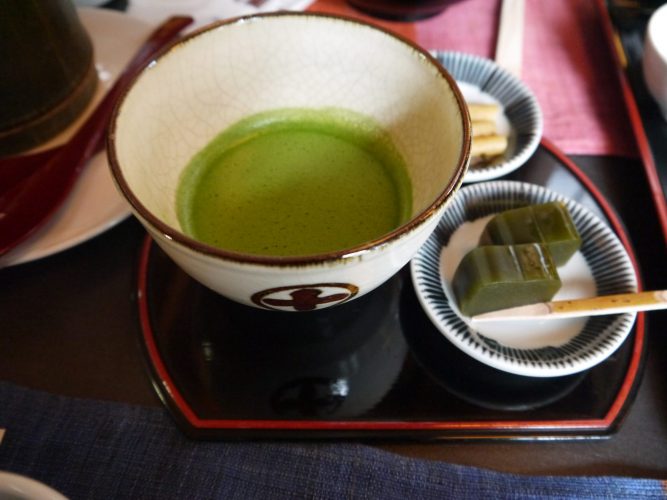
Next, it’s time to explore the amazing Osaka, the second-largest metropolitan in Japan after Tokyo. This wonderful city is best known for its grand shogunate Osaka Castle, and also a popular kitchen hub for some of the best restaurants in Japan.
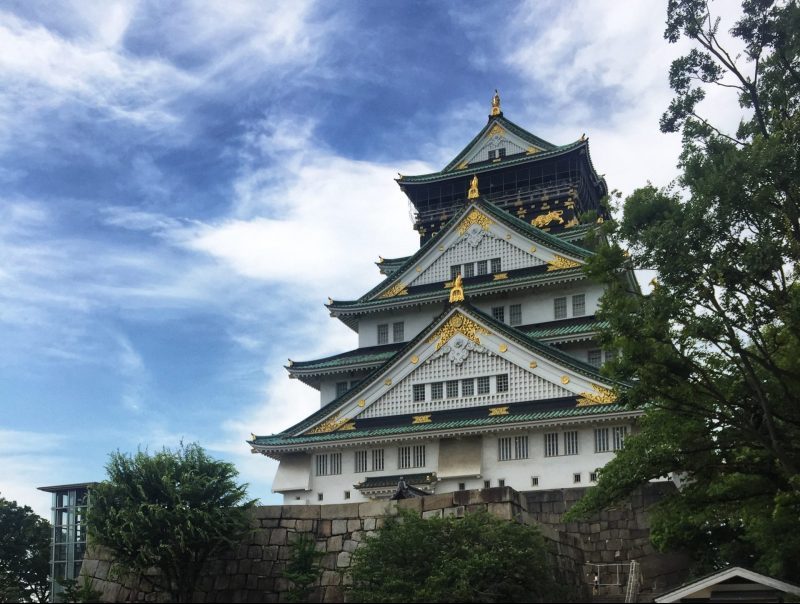
Osaka Castle : An iconic Osaka landmark, one of the few historical sights in the modern city of Osaka since the 16th century. This Japanese castle has been destroyed during the war and restores to its original with the support of the government and the Osaka people. The exterior was designed to what it looks like centuries ago, but the interior is utterly modern with air-conditioned and lifts supported.
Kuromon Ichiba Market : If you’re looking for a fresh seafood market in Osaka, this is the place to go to for your Japan itinerary. A lively covered market full of the shop selling local produce and a huge variety of fresh seafood. Taste the sea urchin, fugu fish, scallop, gigantic crab, or the toro from any one of the stores here.
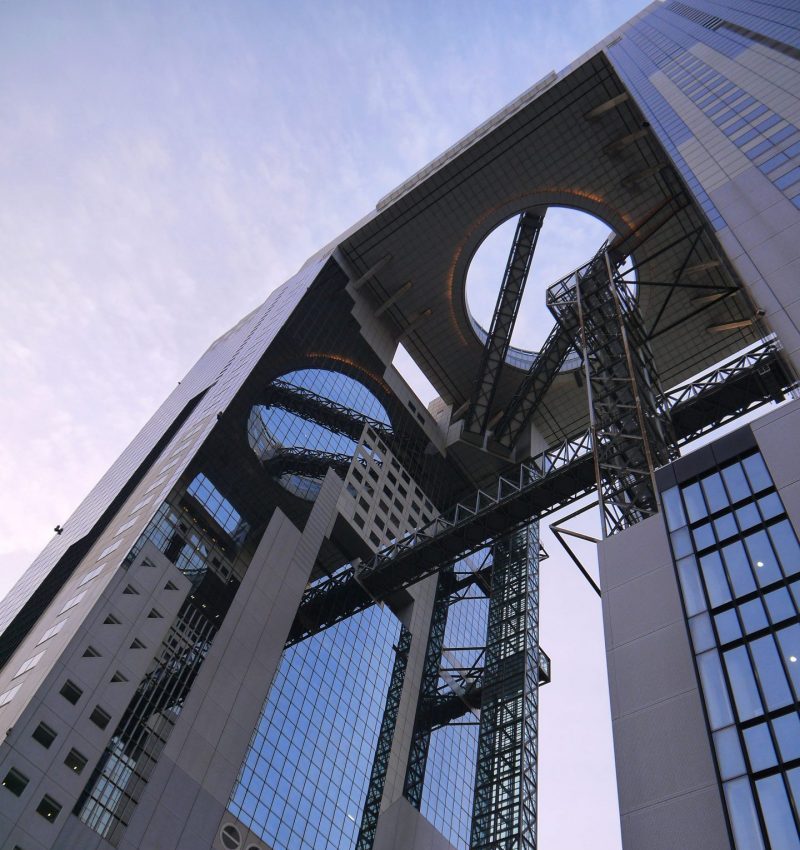
Umeda Sky Building : A 173-meter unique building design consists of two towers connected by the “Floating Garden Observatory” on the 39th floor. Don’t miss out on the photo opportunities on the long escalator that leads to this observatory!
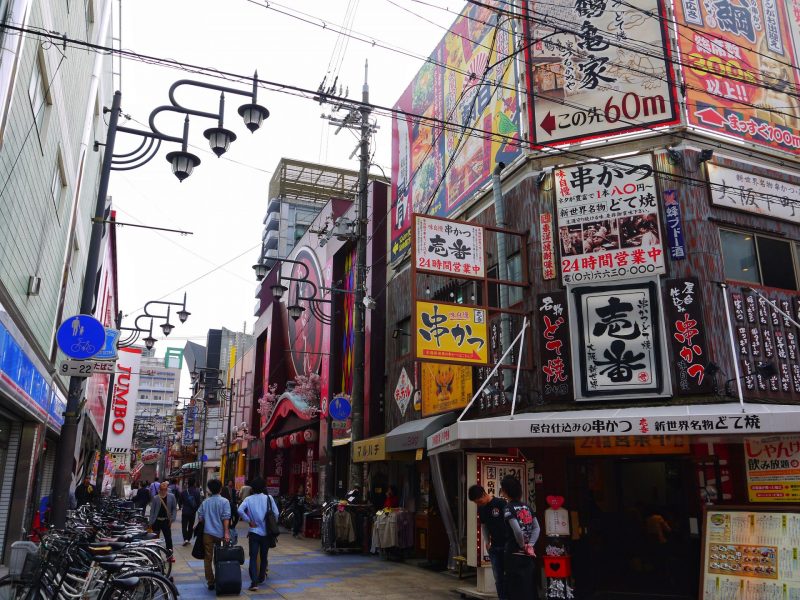
Shinsekai : An entertainment district in the early 20th century but was neglected in the decades afterward. It is now is full of uniqueness and memorability with many nostalgic and vintage things. Visit the Tsutenkaku Tower (the symbol of the district) and taste the kushikatsu (battered deep-fried foods) in Shinseikai.
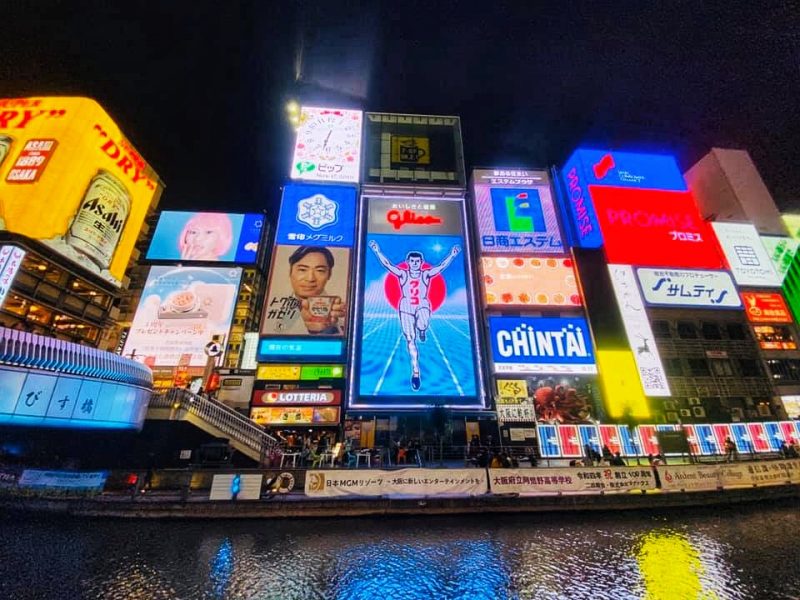
Dotonbori : A lively entertainment area that runs parallel to the Dotonbori canal. In Dotonbori, you’ll find it full of shops, restaurants, and bars with eye-catching billboards and neon lights. The signature Glico’s Running Man signboard is located at Dodonbori. Make sure that you visit here at night!
Unique Attractions in Kansai Region
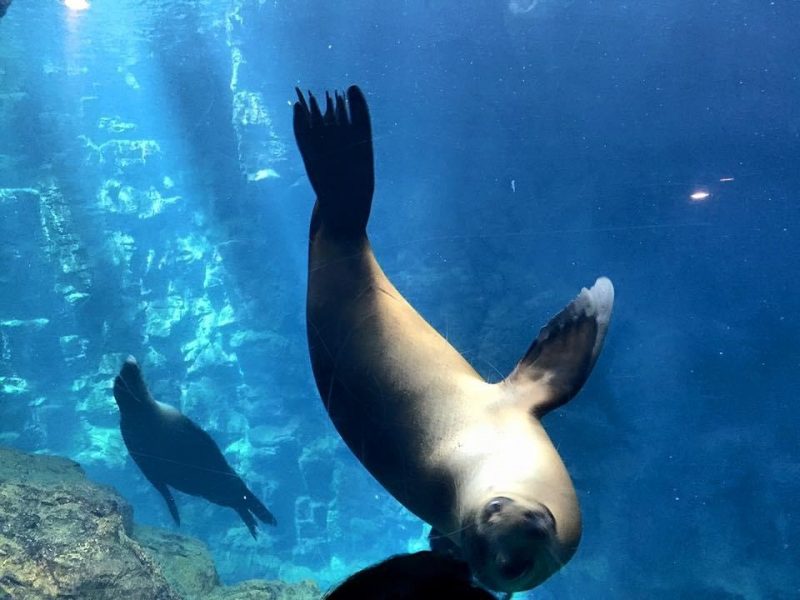
There are also some unique attractions that worth to coupled into your trip in Kansai region.
Universal Studios Japan needs a little introduction. It’s one of Osaka’s most visited attractions, and worth to spend your time in this famous Theme Park. Favorite attractions include the newly open Mario Adventureland, The Wizarding World of Harry Potter, the Minions, Transformers, and Jurassic Park!
Universal Studios Japan (USJ) with 1, 1.5 and 2-day Studio Pass
Osaka Aquarium Kaiyukan was an amazing experience and would recommend this to anyone who loves sea creatures. It is one of the world’s largest aquariums, with over 600 species of animals and witness aquatic animals of the Pacific Rim in the recreation of their habitats.
Skip the ticket queue with Klook voucher !
What To Eat in Kansai Region
Osaka is known as one of the ultimate food destinations in Japan. It is a city with passionate food lovers and an abundance of things to eat. Takoyaki (Octopus Ball), Okonomiyaki (Japanese Savory Pancake), Kushikatsu (Battered, Deep-Fried Skewer), ramen, sushi, and more.
A variety of food and restaurants can be found in Osaka. If you’re not sure where and what to eat, the two main places to try a variety of food are Dotonbori and Ichiba Kuromon market.
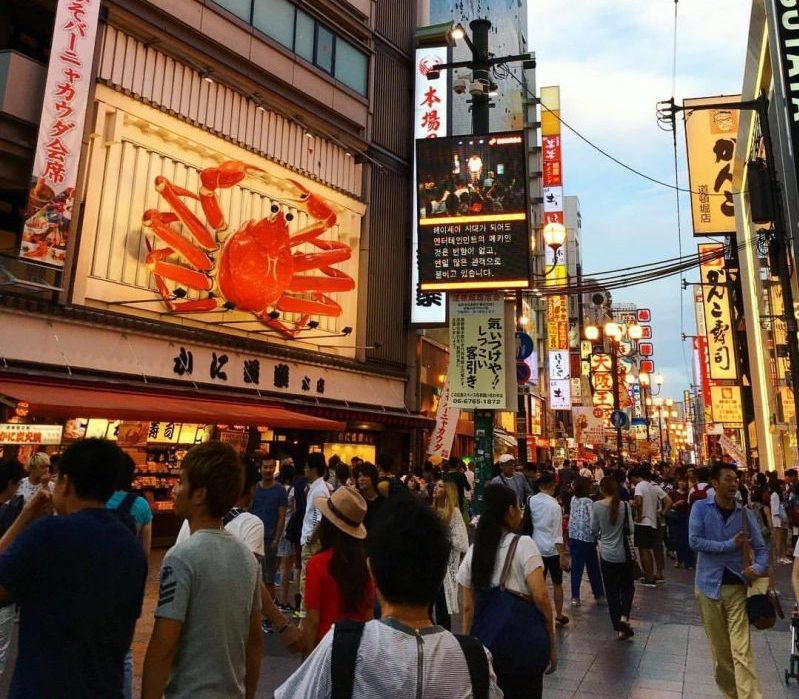
Dotonbori — Probably the best place in Osaka to get your fill of street food, you can find mouth-watering snacks here for really affordable prices. One of the must-tries is Takoyaki!
Kuromon Ichiba Market — One of the top spots for fresh seafood, you can find various stores selling freshly cut sashimi don for as low as ¥380, ramen bowls for ¥250, as well as oysters and grills on sticks.
For more food options in Osaka! Check out our Osaka Food Guide .
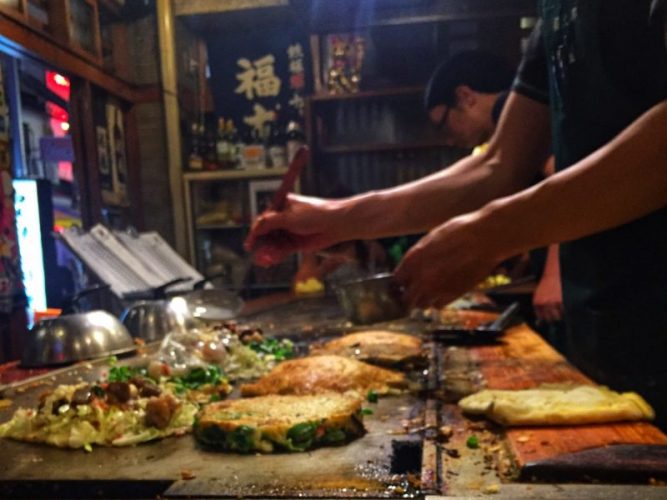
While food in Kyoto is more focus on traditional local dishes which required good quality of water to produce. You can have a good taste on Tofu, Sake, soba, or some of the modern and traditional twist food for your food journey in Kyoto.
Related Kyoto Food Blog : Top 7 Must Eat Food in Kyoto .
Where To Stay in Japan: Kansai Region
To ease on your Japan itinerary for where to stay in the Kansai region, we recommended staying in Kyoto and Osaka when planning on your Japan itinerary for Kansai region. Depend on your preferences, each area have their advantages and what type of accommodations you are interested in.
Best Stay in Kansai Region: Osaka
Osaka is the major city and a vibrant hub of the Kansai region. It has well-connected public transport with JR Shinkansen, speed trains, local trains, busses in the city. Food lovers would love to stay in the city because it is a food paradise with a variety of good choices. Osaka is not just about food, but it’s a great place to start your journey in Kansai and a handy base for most adventures and tourist hot spots. The accommodation ranges are also very wide, and great choices from luxury high-end hotels to the budget hostel.
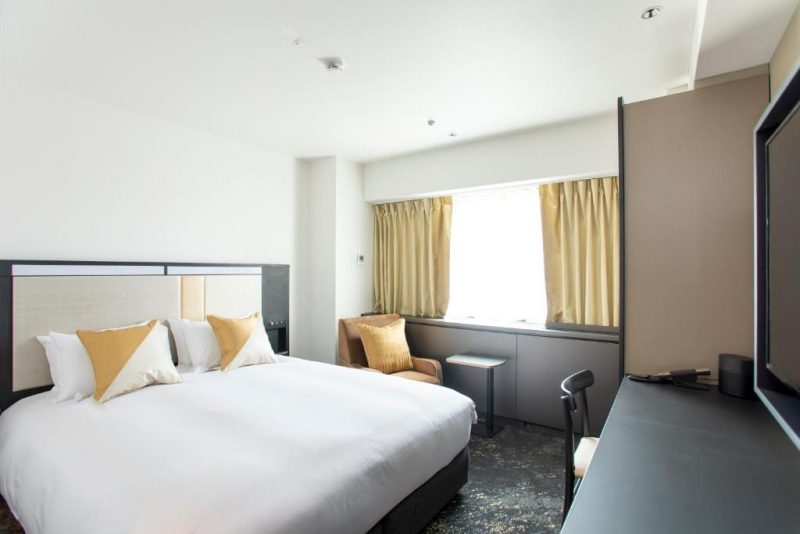
Best Value : Cross Hotel Osaka is located about a 5-minute walk from the Namba Station Midosuji Line. This 4-star hotel by far is one the most popular hotel in Osaka and always the top pick of travelers. The location is fantastic which situated between Dotonbori and Shinsaibashi. That’s mean all the restaurants and shopping arcades are within walking distance. All rooms have comfy beds and there are a lot of rooms to choose from. Personally, Cross Hotel Osaka is a perfect place for families and all kinds of travelers. Room running fast, make sure to book earlier.
Click Here to check the best current rates and availability of Cross Hotel Osaka .
Popular Pick : Nest Hotel Osaka Umeda is a 3-star hotel situated nearby Umeda Station. It is a decent chain of business hotels in Japan. All rooms are cozy and modern. Very suited and practical for the traveler who looks for a comfortable stay. Reasonable price tag too!
Click Here to check the best current rates and availability of Nest Hotel Osaka Umeda .
Best Stay in Kansai Region: Kyoto
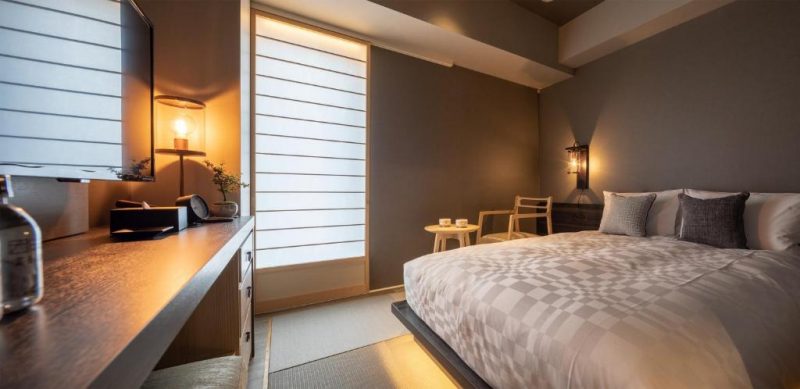
Kyoto is one of the best stay to stay in Kansai region. It is a perfect stay for lovers of history thanks to its sprawling tapestry of iconic temples, Shinto shrines and prominent buildings. If you would like to stay in a ryokan, a traditional Japanese Inn, where you sleep on futon mats and eat a traditional Japanese dinner then Kyoto has more Ryokans than any other city.
Best Stay : Hotel Resol Kyoto Kawaramachi Sanjo is another popular pick in Kyoto. You will fall in love with this cozy hotel once you walked in. The environment is so tranquil and serene with various styled rooms available. Perfect location at Kawaramachi Sanjo within walking distance from station, cool modern decor with elegant Japanese elements. Most importantly, this beautiful historic hotel is offering rooms at a reasonable price.
Click Here to check the best current rates and availability of Hotel Resol Kyoto Kawaramachi Sanjo .
Japan Itinerary 3rd Stop: Chubu Region (Option)
Lastly on the Japan itinerary is the Chubu region. In fact, the Chubu region is my favorite travel destination of all. Many notable attractions are worth to into your Japan itinerary. Here is the best pick from my travel experience with all the highlights that you’re not gonna miss. We have considered the traveling time and interest in below Japan travel plan, and you’re welcome to change according to your needs. Our recommendation attractions included.
The ideal Japan itinerary in the Chubu region with 5 days is as below :
Day 12: From Osaka to Takayama. Day 13 – 14: Kamikochi and Stay in Hirayu Onsen Day 15: Shiragawago. Day 16: Kanazawa. Day 17: Tateyama Kurobe Alpine Route. Day 18: Matsumoto.
Things to do in Japan Itinerary: Chubu Region
Takayama: If you’re looking for a thoroughly old and authentic traditional Japanese village, traveling to the city of Takayama is a must. It is a beautifully preserved old mountain city located in northern Gifu Prefecture in the heart of the Japanese Alps. Strolling in Sanmachi Suji with beautiful old preserved streets lined with charming old wooden houses with small shops, cafes, and restaurants.
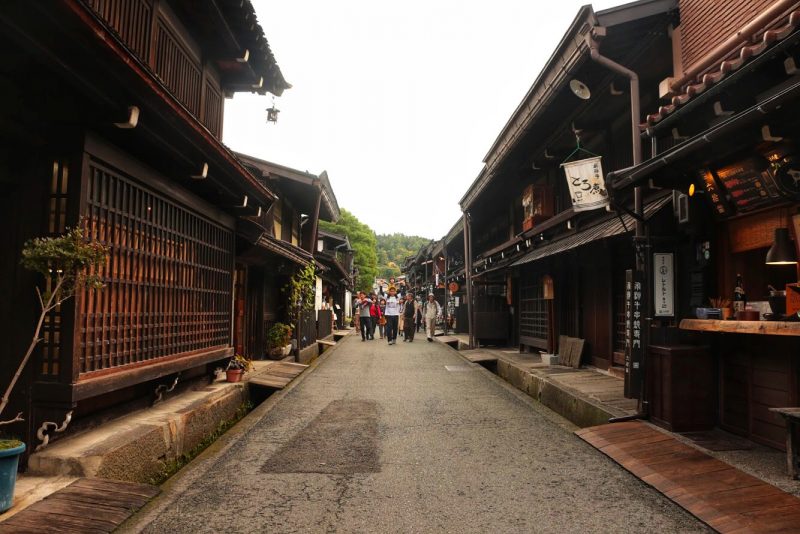
Sample some local specialties such as Hida beef sushi, Mitarashi Dango (savory skewer rice ball topped with soy sauce and sesame paste), and taste the local sake. It all makes you feel like you are back in the old Japanese Edo period.
Check if your Japan itinerary falls within the famous Takayama Festival, one of Japan’s best festivals . It is held in the old town twice a year, in spring (14th – 15th of April) and autumn (9th – 10th of October), a great fun experience.
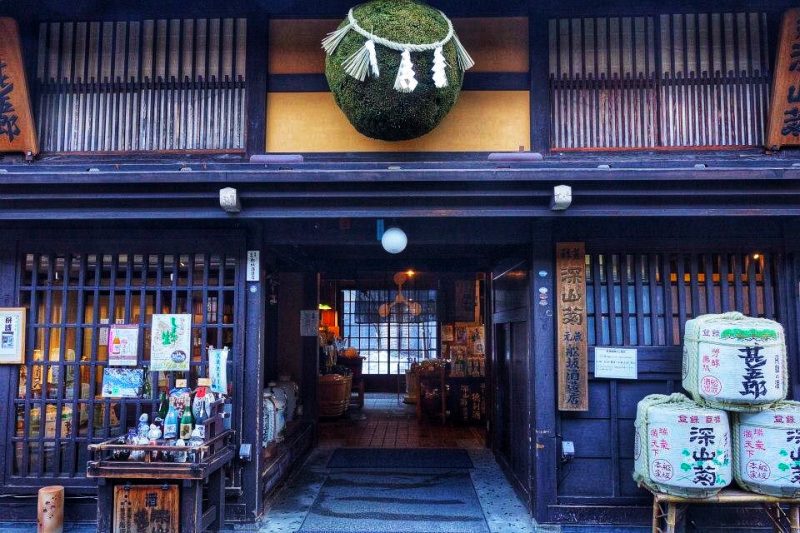
We loved Takayama and recommended spending at least one day in the beautifully preserved old city of Takayama. Many budget accommodations and nice ryokans (traditional Japanese inns) that you can consider spending one night here.
Where to Stay : Located within the historical area in the central town, this delightful Hotel Wood Takayama gains its popularity. The Takayama’s top attraction, Sanmachi street is just a door away. This brand new hotel has a beautiful contemporary design and traditional touch, ideal for unwinding after a day of adventures. Extremely popular and room easily fully booked.
Getting To Takayama from Osaka :
The simplest and most comfortable way to travel between Osaka and Takayama is to take the Limited Express Hida which runs directly between Osaka Station and Takayama Station in around 4 hours and 20 minutes. There is only one train service each day which leaves in the morning.
Alternatively, you can take the Tokaido Shinkansen from Shin-Osaka Station to Nagoya and then change to the Hida service there. The train journey takes about 3 hours and 45 minutes, and you can consider spending a little time exploring Nagoya city.
The Japan Rail Pass fully covers the Limited Express Hida and also covers shinkansen services between Osaka and Nagoya, except the Nozomi train.
Kamikochi and Hirayu Onsen
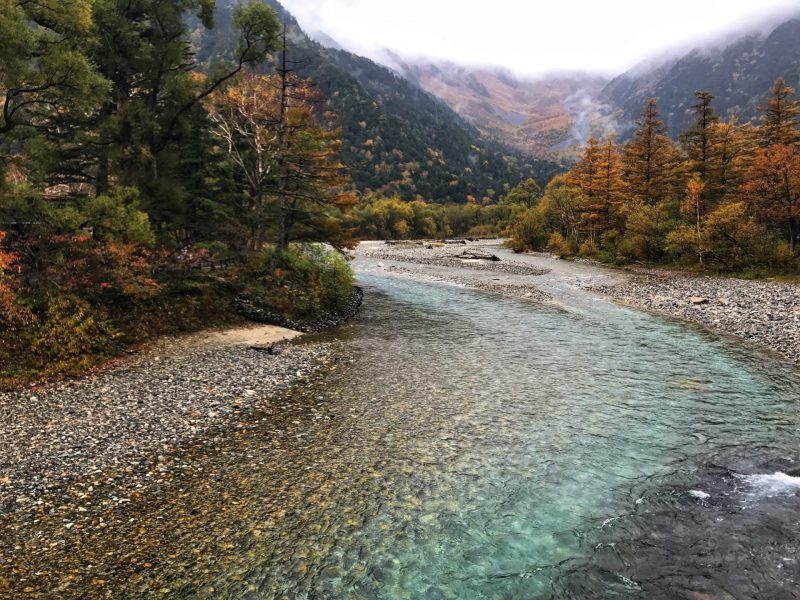
Kamikochi : A perfect day trip from Takayama for hiking in the Japanese Alps. It is Japan’s best kept secret and preserved in its natural state. Many travelers are coming along the way to Kamikochi for its stunning scenery, alpine flora, wildlife, and plants.
The whole journey took us about six hours, hiking along the beautiful Azusa river. End your hike by staying one night in traditional ryokans in Hirayu Onsen.
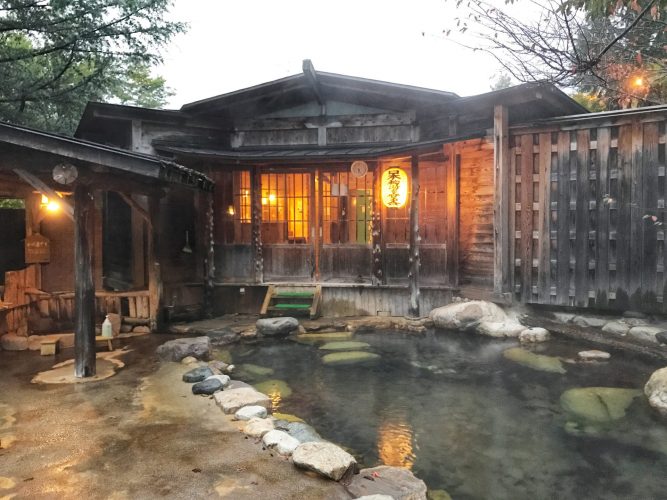
There are many traditional onsen ryokan in the Hirayu Onsen region. We stayed in the Suimeikan Karukaya Sanso (水明館 佳留萱山荘) is a hot spring paradise located in a gorgeous remote valley. It featured amazing hot spring variety with a splendid view of the mountains.
Note: Close for renovation (2022)
Shirakawago
Shirakawa-go: One of the popular attractions in Japan’s itinerary and listed under UNESCO World Heritage Sites. It is a small, picturesque traditional village in Japan with the signature Gassho-style farmhouses. The Gassho-zukuri Houses is a unique praying hand design with a steep slanting thatched roof system. Many of them are already 250 years old and most of them are now museums and restaurants.
Stroll around the narrow streets and admire the famous gassho-zukuri farmhouses in Shirakawa-go. For more info, read the Shirakawago itinerary here.
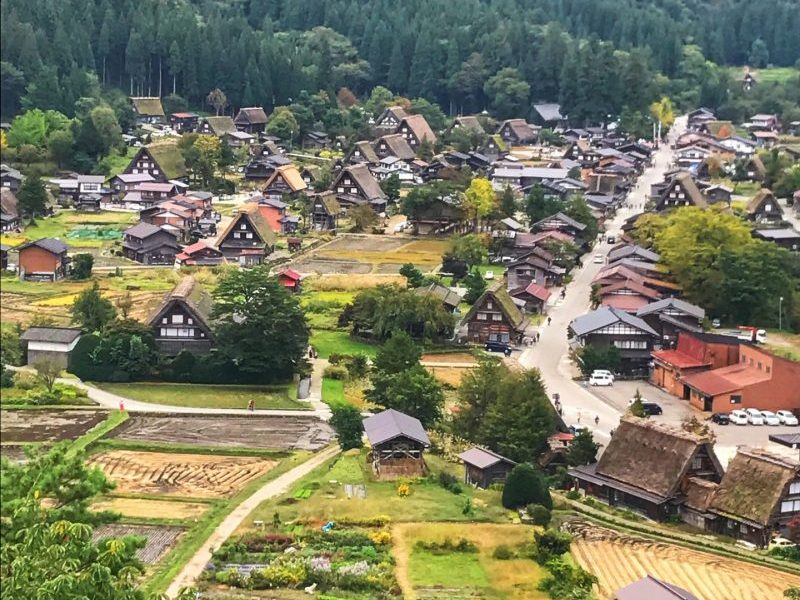
Transport Arrangement to Shirakwago :
Take the bus from Takayama to Shirakawa-go in the morning which takes about 40 minutes. Nohi bus (濃飛巴士) departs every hour, running between Shirakawago, Takayama, Kanazawa, and Toyama. When you arrived in Shirakawago, leave your luggage at the tourist center and explore the village.
At the end of the day, take your luggage and continue your travel journey to Kanazawa by Nohi bus (40 minutes). Alternatively, do a day trip back to Shirakawa-go from Takayama instead if you don´t want to bring your luggage.
The bus fare costs about ¥2,000 one way. Unfortunately, Shirakawago is not accessible by train, and JR Pass is not valid on these buses. If your Japan itinerary only covers the Chubu region, the Takayama-Hokuriku Area Tourist Pass will be covered on this.
The little Kyoto in Northern Japan, Kanazawa. It is the capital of the Ishikawa prefecture and it boasts historical attractions. Spend a day wandering around Kanazawa city, sample the delicious Japanese seafood, and visit the Japanese garden, museum, and historical building here.
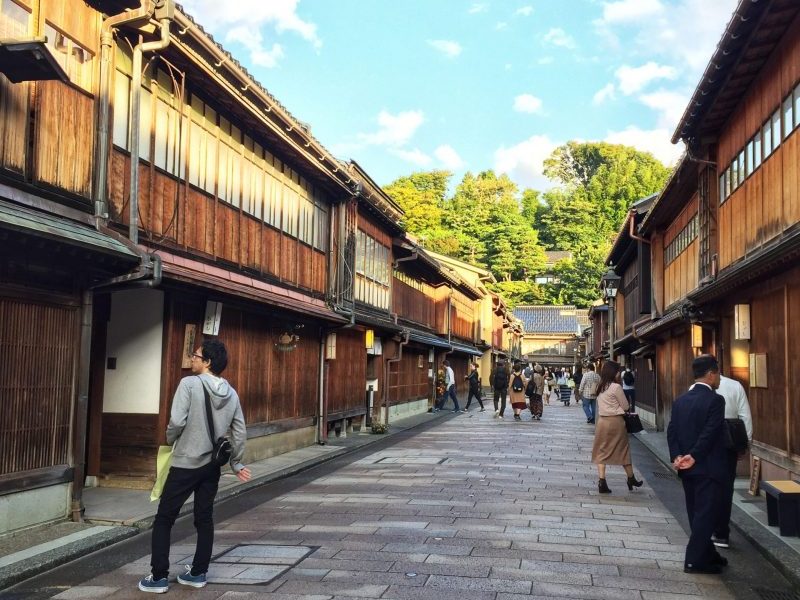
There are many things to do in Kanazawa as part of your Japan itinerary:
- Kenrokuen – A Japanese Garden ranked as one of the top three gardens in Japan.
- Nagamachi Samurai District – Beautifully preserved Samurai with full of Edo period atmosphere.
- Chaya district – The Geisha districts with old traditional Japanese wood houses and well-preserved traditional buildings in this neighborhood.
- Omicho Market – Local traditional market in Japan, selling local produce such as seafood, vegetables, fruits, and more. Best place to sample various local foods and other delicious Japanese dishes.
- And Kanazawa 21st Century Museum, Historical Kanazawa Castle, temples, shrines, and more.
Where to Stay : We stayed in Hotel MyStays Kanazawa Castle , a standard business hotel in Japan at a reasonable price tag. It has the best location in Kanazawa, within walking distance from the Kanazawa station. Guests can enjoy the in-house hot spring bath which is a great plus. Click for the room availability .
Getting around Kanazawa is very convenient with excellent bus transportation services. The Kanazawa Loop Bus and Kenrokuen Shuttle Bus covered almost all the attractions in Kanazawa city. The flat-rate fee at ¥200 per ride for adults and you can get the Hokutetsu One Day Pass at Kanazawa Station.
Tateyama Kurobe Alpine Route
If you’re up for incredible and unique nature activities in Japan, it’s a MUST to visit the stunning mountain sightseeing route that’s commonly referred to as the “Roof of Japan”. You will travel across the alps of Japan by different transport means for an awesome and unique nature experience.
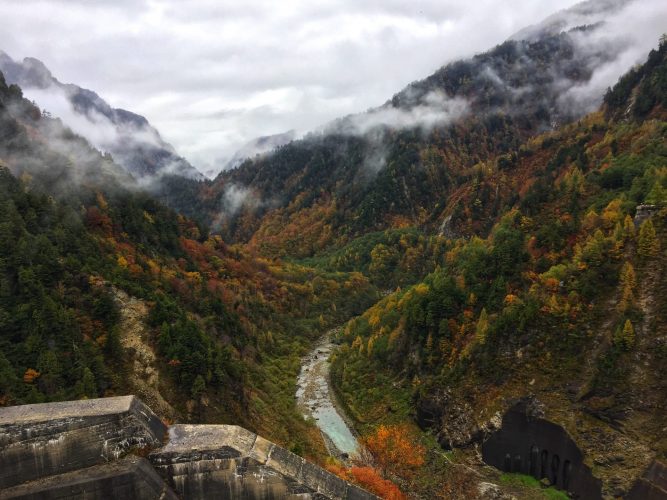
This Tateyama Kurobe Alpine Route is only open from the 15th of April till the 30th of November, as it closes during winter. The popular grand ‘Snow Wall’ that’s open from mid-April to late June. While beautiful alpine flowers started to bloom around June with the lush green mountain range, and slowly turn their color from green to yellow and red in fall.
Remember to bring warm clothes with good walking shoes. You might experience a different season here, just like us! The scenery is changing from Autumn foliage to winter sonata during our visit to Tateyama Kurobe Alpine Route in October.
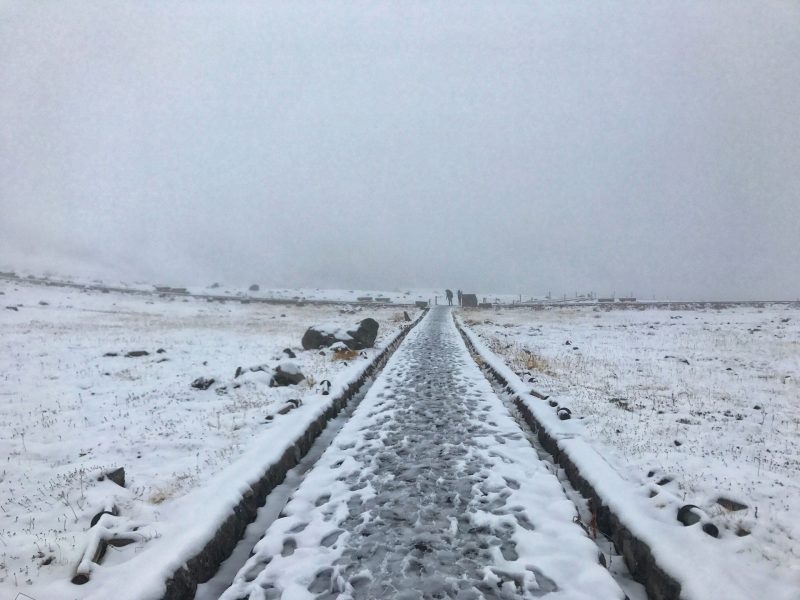
Depend on where you start your journey, either from west to east or another way round. Follow from our Japan itinerary, you can start from Kanazawa, 1 hour from Dentetsu Toyama (the start point for the Kurobe Alps). Alternatively, rest your head in Toyama if you want to start the journey early. The whole journey takes about 9 hours and you will end at Shinano-Omachi before proceeding to Matsumoto.
Take note that JR Pass does not cover the Tateyama Kurobe Alpine Route. You need to purchase the additional Tateyama Kurobe Option Ticket at ¥9,800. Highly recommended to get this option ticket to save yourself the headache.
Sound confusing? Read through the below explanation and you’ll find out it is very easy to plan on the Tateyama Kurobe Alpine Route itinerary .
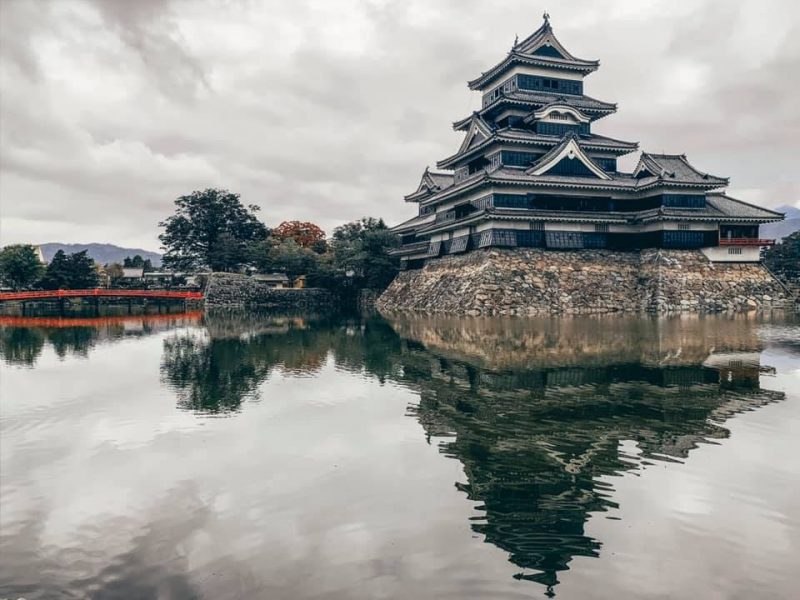
After the exhausting day on Alpine Route, take an easy and relaxing stroll in Matsumoto, one of Japan’s finest cosmopolitan cities that still have that rural feel.
The main attraction in Matsumoto is the beautiful black and white Japanese Castle, one of the Top Three Japan Premier Castle and the most complete up to today. The castle is surrounded by a lake and a bright red photogenic bridge. Spend your day in the Matsumoto castle and stroll along the Nawate-dori, along the river with cozy shops and cafes.
This is the kind of place that can keep you occupied in relaxing vibes, with its stunning castle, captivating districts, and enchanting vistas.
Where To Stay : We rest our heads in Ace Inn Matsumoto after the end of the Alpine Route trip. It is a great little business hotel with a convenient location. The location is superb, right in the center of Matsumoto, within walking distance of the train station.
A little bit of upgrade and stay at central Matsumoto, Onyado Nono Matsumoto Natural Hot Spring and Buena Vista offer luxurious and professional service at a reasonable price.
Other Notable Attractions in Chubu Region:
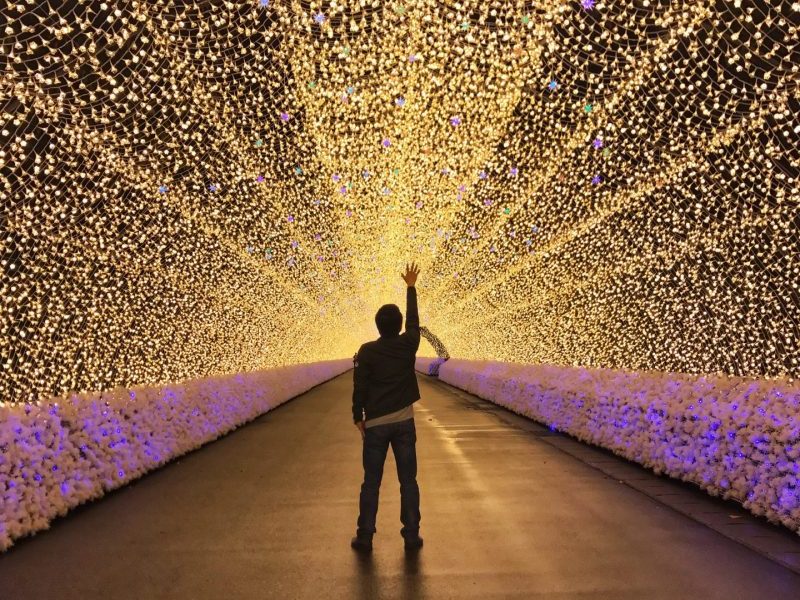
Nagoya : The main city in the Chubu region and known for its towering castle. Other notable sites are including Nabano no Sato, Atsuta Shrine, and mouthwatering tebasaki (Japanese chicken wing) and miso dishes.
See here for a list of things to do in Nagoya to plan on your Japan itinerary.
Where to Stay : We stayed in Nishitetsu Hotel Croom Nagoya and highly recommended it. Strategic location and next to the subway station. We also recommended Nagoya JR Gate Tower Hotel which is directly connected to Nagoya JR Station. It is one of the great choices for travelers looking for a convenient stay.
Jigokudani Monkey Park : The ‘Snow Monkeys’ bathing in a natural onsen is only found in Niigata, Yamanouchi. This is the best place where you can watch the snow money up close in the park. The park is open all year but if you want the best photos of the monkeys, come from January to February when the park is covered in blinding white snow.
Japan Itinerary 3rd Stop: Chugoku Region (Option)
Chugoku region is lesser known by travelers compared to the Kanto and Kansai region. But many locals love visiting the Chugoku region for its well-known historical, traditional shrines, and natural beauty. The Shinkansen ride from Shin-Osaka to Hiroshima takes only 1.5 hours. Again, for JR Pass holders, take note that you cannot ride on Nozomi and Mizuho Shinkansen.
We recommended spending at least 2 days in this region to explore it with a relaxed vibe. But, it is possible to do Hiroshima and Miyajima in one day via a day trip from Shin-Osaka. However, some planning is necessary and you can only focus on certain attractions.
Related Chugoku Region itinery:
- Hiroshima Itinerary: A Travel Guide Blog
- Things To Do in Miyajima Itinerary: A Travel Guide Blog
- Mt Misen Itinerary: Miyajima Ropeway and Hiking Travel Guide
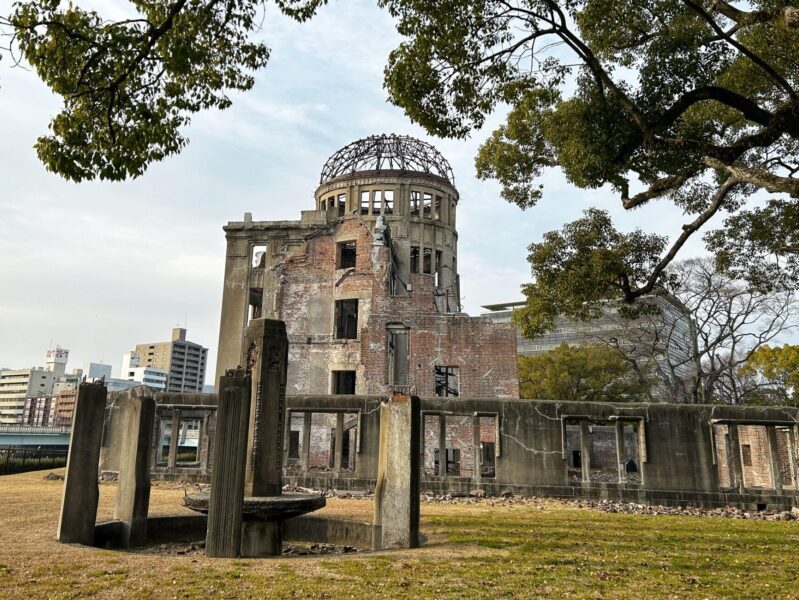
Hiroshima should be a name familiar to those who studied world history in school and all of us. With the grim past, Hiroshima is full of fantastic sights and historical attractions.
The important historical sites like A-Bomb Dome, Peace Memorial Park, and Peace Memorial Museum are all powerful and confronting. A visit to Hiroshima is truly an emotionally-encompassing experience!
Miyajima Island
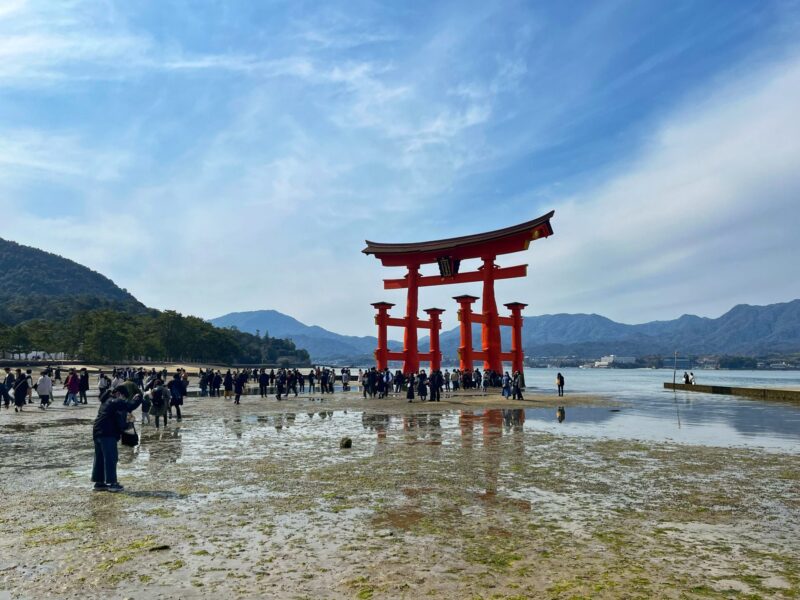
Miyajima Island : We also recommended spending another day on this enchanted island. It is only about 45 minutes from Hiroshima station with a combination of the train and the ferry. The best thing is Japan Rail Pass allowed visitors to make the round-trip by train and ferry for free!
Miyajima island houses the world-famous Itsukushima Shrine and its enormous torii gate. At high tide, this UNESCO World Heritage Site and the giant Torii gate appear to float on water. The island is so beautiful to walk around, with ancient temples to admire, and delicious food stores offering oysters and local snacks.
Where to Stay : Hiroshima Station is the best place to situate yourself if you are with a tight schedule. The location is very convenient and you can use the train, catch the streetcar, and Meipuru-pu bus when traveling around the city.
APA Hotel Hiroshima-Ekimae Ohashi is a popular chain Japanese hotel, offering a clean and comfortable stay. Conveniently located within a 4-minute walk from the JR Hiroshima station. Your stay is boasted spacious public baths at a reasonable price tag.
Related Read : Where To Stay in Hiroshima: Best Hotels Pick
How To Maximized Japan Rail Pass in Japan Itinerary
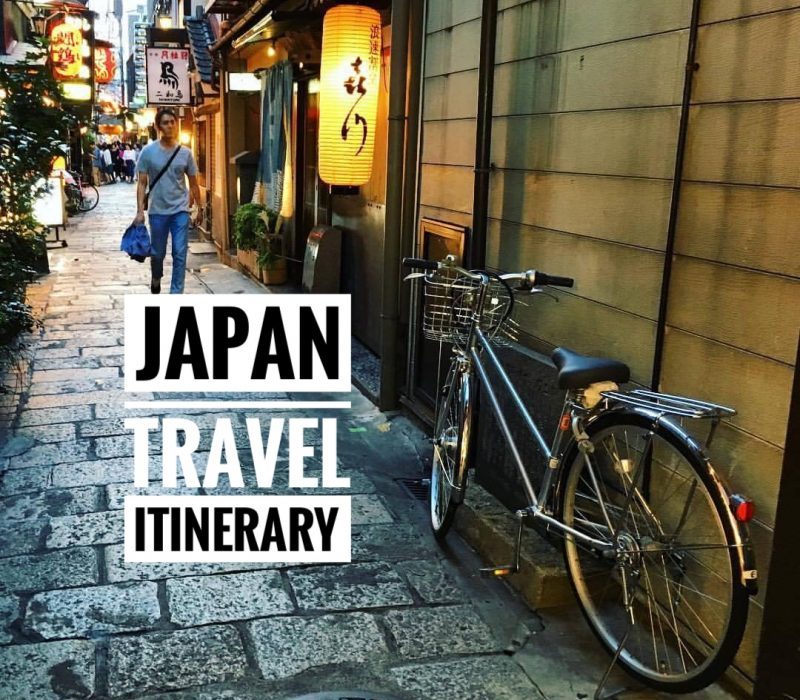
It’s hard to include all the attractions just in one Japan itinerary. The above Japan itinerary included most of the interesting places that are worth putting into your Japan travel trip, depending on your interest and budget. But there are still more hidden gems and you can’t pack with SO many interesting places in one trip.
Due to the massive price increase for the Japan Rail Pass, travelers might find it harder to maximize the value of the JR Pass. This pass will only be worth the money if you plan to travel to many places in Japan. Luckily there are more budget-friendly alternatives to getting around Japan!
Here is our recommendation for maximizing the Japan Rail Pass in Japan itinerary.
If you only have 7 days or less in Japan: It’s preferable to just stay in one region, like Kanto and Kansai, especially if it’s your first time in Japan. You can explore each region based on our recommendation.
Japan Travel Tip : If you’re only planning to visit one region in your Japan itinerary, then you don’t need a Japan Rail Pass and you can consider getting the JR regional pass for respective region.
- JR Alpine-Takayama-Matsumoto Area Pass at Chubu Region.
- JR West Kansai Area Pass that focusing on Kyoto, Osaka, Himeji, Kobe area.
- JR Wide Kansai Area Pass to visit Okayama, Wakayama, Kinosaki Onsen, Amanohashidate, and more.
If you only have 10 to 15 days in Japan: Pick any two regions for your Japan itinerary. It is possible to do 5 or 6 days in Kanto, and 5 or 6 days in Kansai Region. It is possible to squeeze in some of the attractions in the Chubu region if you’re willing to do a fast-paced trip.
Japan Travel Tip : It’s a good idea to get a JR Pass for this. You can get the 7-Day JR Pass and plan your Japan itinerary accordingly. Depends on your preferred stops, so you should read through this article.
If you only have more than 15 days in Japan: With this number of days, you’ve got all the time to take things easy! You freely extend your days per area to see any places you can explore when planning on your Japan itinerary travel route.
Japan Travel Tip : For sure you’ll travel to a lot of places. Just get a JR Pass for 14-Days or 21-Days , and plan your Japan itinerary travel route.
That being said, a two-week Japan itinerary is the best way to explore some of the popular sights and introduce some of the cities in Japan.
It’s preferable to just stay in one region, like Kanto and Kansai, especially if it’s your first time in Japan.
Pick any two regions for your Japan itinerary. It is possible to do 5 or 6 days in Kanto, and 5 or 6 days in Kansai Region.
With this number of days, you’ve got all the time to take things easy! You freely extend your days per area to see places you can explore when planning your Japan itinerary travel route.
Wrap-Up: My Japan Itinerary?
Phew! That’s it for a full detail of Japan itinerary for your trip! Japan is a country that’s rich in culture, history, and natural beauty. It’s no wonder why it’s a popular destination for travelers from all around the world.
We have traveled to Japan many times and here is all the best pick with the popular route for you to travel. Take note that it is impossible to pack all of the attractions as you will be running around from one place to the next places without enjoying the most.
Obviously, there is more to Japan other than the famous Japan travel destinations of Tokyo, Kyoto, Osaka, Nagoya , and more. We also share the links to access the Kyushu and Hokkaido region . Although those places do not include in this Japan itinerary, if you have more days on your Japan itinerary, consider filling it up with any of the following destinations!
For a complete list of amazing tours and activities to do in Japan, see here!
- Japan Travel Guide: Thing To Do and Eat in Japan
- Japan Food Guide: Must-Try Japanese Dishes in Japan
Japan Itinerary by region :
- Kanto Japan – Tokyo, Hakone, Kawaguchiko.
- Kansai Japan – Osaka, Kyoto, Nara, Uji, Kobe.
- Kansai Wide Region – Wakayama, Kumano, Kii-Katsuura, Hyogo, and more.
- Chugoku Region – Hiroshima, Miyajima island, Mount Misen.
- Chubu Region – Nagoya, Takayama, Shiragawa-go, Toyama, Kanazawa, Matsumoto, and more.
- Kyushu Region – Fukuoka, Kumamoto, Oita, Beppu, Kurokawa Onsen, Aso, Miyazaki, and more.
- Hokkaido Region – Sapporo, Hakodate, Lake Toya, Asahikawa, Noboribetsu, Otaru, Furano, and more.
Useful transportation guide to save you some money when traveling in Japan:
A Guide for Japan Rail JR Pass: Budget + Tips
- Useful Tips on Renting Car in Japan
- Finding The Best Kansai Train Pass: Budget Guide & Transport Tips
- Finding The Chubu Best Transport Pass: By Bus, Train, Self Driving
You Might Interested:
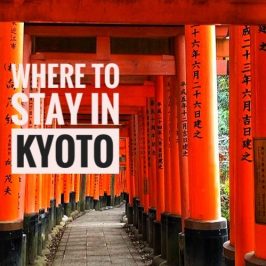
Where To Stay in Kyoto: Best Areas and Hotels
Best accommodation guide for where to stay in Kyoto. Including useful tips to find the...
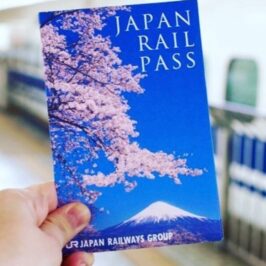
Here sharing my budget tips using Japan Rail Pass from my previous experience in Japan....
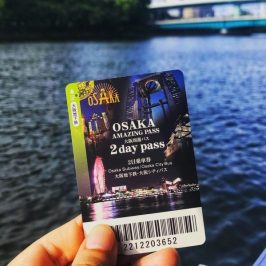
Osaka Amazing Pass Itinerary: A Travel Guide Blog
The best way to visit Osaka with Osaka Amazing Pass! My 2-Days Osaka itinerary include...
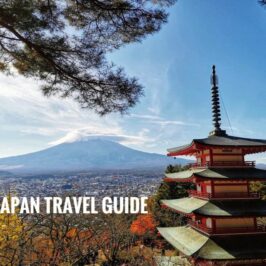
Japan Travel Guide: Where To Go & What To Do
Ultimate Japan travel guide that has the answers to all your questions by summarized all...
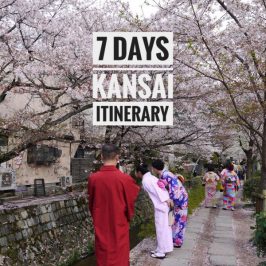
7 Days Kansai Itinerary: A Complete Travel Guide Blog
Last updated on April 5th, 2024 Planning on 7 days Kansai itinerary to Kyoto, Osaka,...
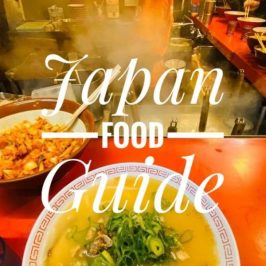
Japan Food Guide: What To Eat in Japan
Our Japan Food Guide covers everything from traditional Japanese best dishes to navigating Japan’s best...

Japan Travel Blog
Japan is an exciting country located in East Asia. In fact, Japan is one of the most popular destinations in Asia. It has something for everyone – backpackers, couples, solo travelers, luxury travelers, etc.
Japan offers several experiences – from ancient culture to modern technology, from blossoming trees to snowy mountain tops, from epic festivals to peaceful gardens, from temples to cooking classes – you should find something that suits your needs and interests.
If you’re planning your first trip to Japan, this guide should answer any questions you may have. We’ll talk about travel facts, the best time to visit Japan, the best destinations, travel costs, travel essentials and how to prepare for your trip.
Best Time to Visit Japan
Japan is a long country with four seasons. Depending on when and where you travel, you may be facing different types of weather conditions. We decided to split this section into four sections to help you understand the seasons:
Top Destinations in Japan
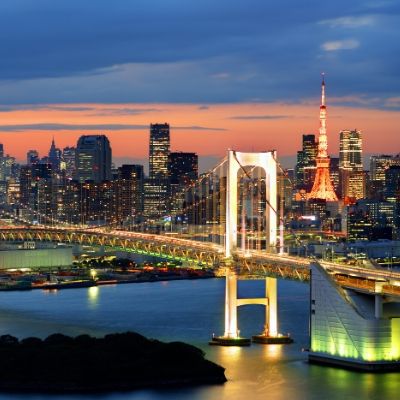
Japan Travel Tips & Costs
In this section, you’ll find general information on costs and how to prepare for your trip. Finally, you will find a table that will provide an overview of cost and options depending on your travel budget.
Accommodation
In Japan, you’ll find several options when it comes to accommodation. Whether you’re a budget traveler or not, you won’t have difficulty to find options. Although, you should know that Japan is not the most budget-friendly destination. You can find dorms starting at $8 per night.
When it comes to food, you can find different types of restaurants. A meal at a restaurant should cost you around YEN 1000-3000 on average. Obviously, you may find elegant restaurants around the country and you can pay more if you wish to. The cheapest options are usually in small local restaurants. You can also find cheap options at the 7-eleven.
Some activities such as hiking or walking around the parks are free. Although, if you’re planning on visiting temples, climbing mount Fuji, seeing sumo wrestling or attending traditional tea ceremony, you will have to pay for it. You can browse activities in Japan here t o have an idea of the costs.
Transportation
In general, it’s pretty easy to get around Japan. You can either fly, take a bus or travel by train to reach your destinations.
To book your transport between destinations, you can book via 12GO .
Safety in Japan
Overall, traveling around Japan is safe. Of course, you should always lock your valuables especially if you’re staying in a hostel .
Japan is famous for its super low crime rate and most of the time you won’t have to worry about your safety. Remember that every country does, however, have areas that are less safe than others. By staying on the more touristy areas and exercising normal caution, you can ensure your safety in Japan.
I traveled to Japan twice and both times, I felt super safe even at night. I also hitch-hiked alone in Japan and had a wonderful experience.
What to Pack for Japan

Universal adapter

Quick-dry towel

Selfie stick
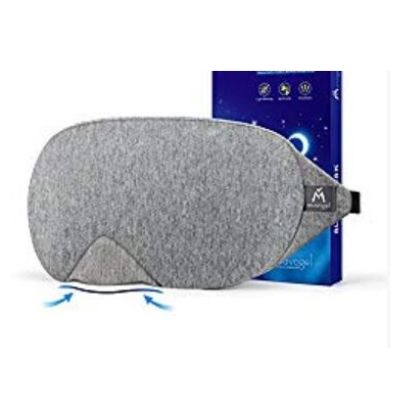
Visa for Japan
Usually, you can get a free entry in Japan but it obviously depends on your nationality.
You can verify your visa requirements here .
Preparing Your Trip to Japan
Browse flights on Skyscanner to find deals.
Go To Skyscanner
Book your travel insurance for as little as $42/month.
Go To SafetyWing
Booking.com
Find accommodation anywhere in the world.
Go To Booking.com
Check the visa requirements and apply for a visa if needed.
Go To iVisa
Worldpackers
Volunteer abroad in exchange for free accommodation.
Go To Worldpackers
Book transfers, tours, and activities in advance.
Go To Viator
Japan eSIM Plans
It’s hard to find a good data plan when you’re traveling. You have to research the best deals, go to a store, and hope they have a prepaid SIM card for travelers and tourists.
And if they don’t? You could be without service for the rest of your trip. Not only is that frustrating, but it can also be time-consuming.
eSIMs are the solution to your travel woes. With an eSIM plan, you can stay connected no matter where you go. Plus, there are no contracts or cancellation fees, so you can change your plan whenever you want.
If you’re looking for an eSIM plan while in Japan, then be sure to check out the providers below. They all offer great plans that will keep you connected while you’re there.
$3 OFF with promo code: MELISS2943
190+ countries and regions
Read Review

5% OFF with promo code: ABROKENBACKPACK
130+ countries and regions

100+ countries and regions
Japan Blog Posts
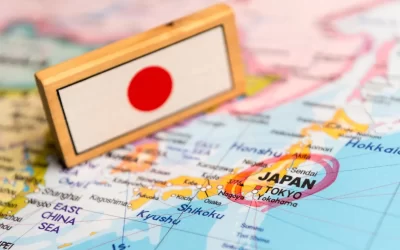
Cash In Japan: Everything You Need To Know
If you're planning to travel to Japan, there's one thing you should prepare for - money! In this guide, we'll explore all the topics related to money in Japan. We'll talk about the currency, withdrawals and ATMs, money transfers in Japan, and some travel tips related...
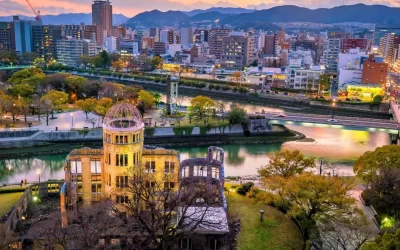
Is Hiroshima Worth Visiting?
Hiroshima is known around the world for its tragic history. Wondering if Hiroshima is worth visiting? If you have limited time in Japan, you may wonder if Hiroshima is worth visiting. Is it worth your time? Is it worth the trip? Or should you focus on more popular...
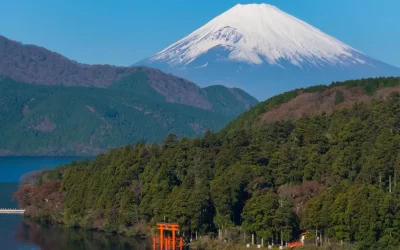
Is Hakone Worth Visiting?
Hakone is a popular destination for visitors in Japan, and with good reason! Not only is it home to stunning natural scenery, but it also offers plenty of activities to do. Wondering if Hakone is worth visiting? If you have limited time in Japan, you might wonder if...
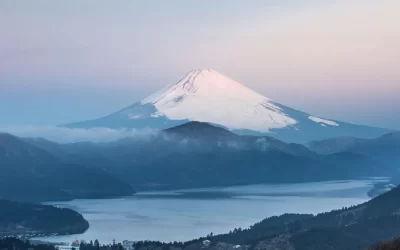
Complete Guide: How To Get To Hakone From Tokyo
Hakone is a beautiful, mountainous region in Japan, and it can be the perfect retreat from chaotic city life. If you want to get away from Tokyo for a day or two, Hakone is the ideal destination! In fact, Hakone is one of the best spots to see Mount Fuji. So, how can...

Perfect 2 Days In Kyoto Itinerary
Kyoto is a modern, thriving city that has somehow managed to retain the beauty and tradition of its past. Here, in what many consider to be the cultural center of Japan, you can see an ever-changing mixture of old and new from one street to another. Yes, there are the...

Japan SIM Cards: Everything You Need To Know
Visiting Japan soon? Make sure to know what to expect when it comes to purchasing a Japan SIM card. Fortunately, Asia is one of the best places where you can buy a SIM card easily. You should be able to find a cheap SIM card pretty much anywhere in Asia. In fact, most...

How Many Days In Tokyo Is Enough?
If you are planning a visit to Tokyo one main consideration is how many days in Tokyo will you need to see the crazy and colorful city that manages to be both fast-paced and modern, yet still firmly in touch with its traditional roots. There's simply such a wide...
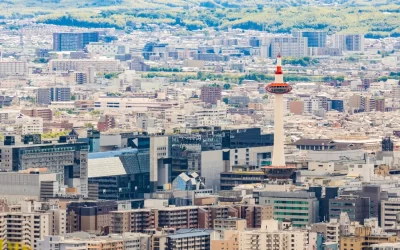
How Many Days In Kyoto Is Enough?
If you are thinking about visiting Kyoto you'll first need to start thinking about how many days in Kyoto is enough to experience the cultural heart of Japan, steeped in history and filled with traditional temples and shrines. It's here you can see geisha and...
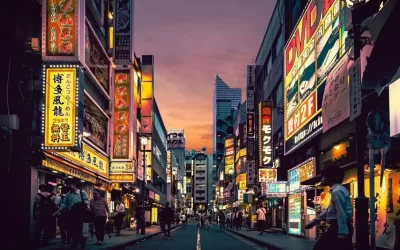
Expat Guide: Best Places To Live In Japan
If you dream of experiencing the Japanese way of life, read on to learn the best places to live in Japan. Japan is a unique and exciting country with beautiful scenery and rich culture. Of course, Japan is most known for Tokyo’s neon lights and advanced technology,...
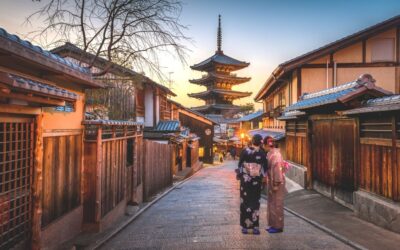
Complete Guide: Visiting Kyoto In The Fall
No trip to Japan is complete without visiting the beautiful old city of Kyoto. Previously the capital city, Kyoto is now known as the cultural capital of Japan. This is because of its abundance of charming gardens, Buddhist temples, pretty shrines, and traditional...

5 Golf Spots In Karuizawa, Japan
When considering a place to go on a golfing holiday excursion, Japan is typically not the first destination in mind. This country is so often skipped for its golf-related tourism yet it is highly underrated. There are many other sports that take the spotlight in...
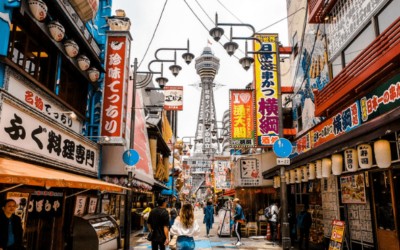
Perfect 2 Days In Osaka Itinerary
If you’re heading to Japan, you should add Osaka to your itinerary. It’s not too far from Kyoto, and close enough from Nara. Basically, it’s worth visiting! To help you plan your trip to Osaka, here are my recommendations on what to do. I visited Osaka twice. Once a...

Travel Japan
A Journey to Remember
When is the best time to travel to Japan

What do I need to travel to Japan

Where is cat island located in Japan

Heijo Palace: A Historical Gem in the Heart of Nara

Shin Yakushiji Temple: A Historical Marvel in Nara

Kofukuji Temple: A Historic Jewel in Nara, Japan


Recent Posts
Why Does Japan Have So Many Earthquakes? Discovering the Secrets Behind Japan’s Seismic Activity
Japan is a country that is known for its frequent earthquakes. The question of why Japan experiences so many earthquakes has intrigued scientists and researchers for years. In this article, we will...
Unlocking the Secrets: Kobe Beef Price per kg Revealed!
Unlocking the Secrets: Kobe Beef Price per kg Revealed! Understanding the Factors Affecting Kobe Beef Price per kg Kobe beef, renowned for its exceptional quality and flavor, is a delicacy that...
The Ultimate Guide for Traveling from Seoul to Tokyo by Train
Are you planning a trip from Seoul to Tokyo? Traveling by train is a convenient and scenic way to explore these two vibrant cities. In this ultimate guide, we will provide you with all the...
Is Okinawa Part of Japan? Unveiling the Truth Behind This Intriguing Question
Is Okinawa part of Japan? This intriguing question has sparked numerous debates and discussions. To unveil the truth behind this topic, let's delve into the historical background, culture, geography,...
Discover the Enchanting Beauty of Nagano Japan
Nagano Japan is a destination that holds a captivating charm for travelers seeking a unique and enchanting experience. Situated in the Chubu region of Japan, Nagano is known for its picturesque...
The Ultimate Japan Travel Guide: Explore the Land of the Rising Sun
Japan is a fascinating country that offers a unique blend of ancient traditions and modern marvels. If you are planning a trip to Japan, this ultimate travel guide will provide you with all the...


IMAGES
VIDEO
COMMENTS
Whether you're planning to visit Japan's Golden Route (Tokyo - Kyoto - Osaka - Hiroshima) or wander off the beaten path, my Japan travel guides cover all the bases. Create your own Japan travel story by exploring lesser-known cities, enjoying cultural experiences and discovering hidden gems to enrich your trip. Golden Route. Off the ...
Days 15 & 16: Hiroshima. Day 17: Train to Hokkaido. The train to Hokkaido, Japan's northernmost island home to volcanoes and rugged landscapes, takes 15-16 hours by train. There are sleeper cars available, but you'll have to pay a surcharge (around 9,500 JPY) for a bed.
What To Expect. Language: The national language of Japan is Japanese. English is widely spoken, especially in the tourism industry. Currency: The official currency is the Japanese Yen (JPY). Credit Cards & ATMs: In big cities like Tokyo and Osaka, you can pay for pretty much everything with your card.However, you'll need cash for entrance fees, local markets and if you're planning to ...
Day 1: Arrive in Tokyo. Day 2: Take the train to Kyoto. Day 3: Enjoy the highlights of Kyoto. Day 4: Day trips to Fushimi Inari Shrine & Nara Deer Park. Day 5: Remember the history of Hiroshima. Day 6: Miyajima, Himeji, Osaka. Day 7: Take the train to Takayam in the Japan Alps. Day 8: Day trip to Shirakawa-go.
Japan Travel Guide. Last Updated: February 18, 2024. Japan is one of the most amazing, beautiful, interesting, and friendly countries in the world. From bustling Tokyo and Zen-like Kyoto all the way to laid-back Okinawa and wintery Hokkaido, Japan rocks. It boasts mouthwatering food, majestic temples and shrines, serene gardens, lush national ...
This information-packed Japan trip planner has the answers to all your questions. Find out the best places to visit, which Japanese foods to try, and how to ride the bullet trains. All the research is done for you to assist in planning a trip to Japan. If you have been dreaming of traveling to Japan and want to get serious about planning your ...
Whether you want information on top Japan destinations, Japan trip ideas or travel advice about topics like Japan SIM cards and the Japan Rail Pass, my Japan travel blog is where you need to be. I've criss-crossed Japan dozens of times, and my posts include not only the wisdom I've gained from my journeys, but valuable personal anecdotes as ...
Kenroku-en Garden, one of three treasury gardens of Japan in Kanazawa in Autumn | japan travel guide blog Hokkaido in spring. If you only have 7 days in Japan for the first time traveling, you can choose a simple itinerary with 3 big cities including Tokyo, Osaka, and Kyoto with a 7-day JR Pass (We made a 7-day itinerary here).If you have more time with 10 days, you can consider to explore ...
Japan Wonder Travel Blog. Japan. Places to visit in Japan. Regions. Popular destinations. Hidden places in Japan. Experiences. Ghibli. Tours and workshop. Food and drink in Japan. Culture. ... When is Golden Week in Japan 2024?: Travel Tips for Long Weekends. 2021.04.13 2024.04.09. How to Get Ghibli Museum and Ghibli Park Tickets in 2024. 2019. ...
Blog. The Japan You've Been Looking For. April 10, 2024 by Robert Schrader Leave a Comment. Looking for the real Japan? Look no farther than the San'in region. ... My name is Robert Schrader, and I'm a Japan travel expert with nearly a decade of experience under my belt. Hire Me . Tokyo. Neon-bathed streets and Michelin-starred eats . Kyoto ...
My Trip to Japan: Tokyo. Japan's capital Tokyo is weird, wonderful, and at time completely whacky - but that is precisely what makes it such a sought after city for international visitors.. Our trip started in Tokyo as it is the main gateway to Japan and a great city to spend a few days discovering its many pockets - from the hustle and bustle of Shibuya & Shinjuku, over to the quiet ...
Things to Do in Matsumoto: Culture in the Japanese Alps. I arrived in Matsumoto on a cold night, the chill of winter still enveloping the streets, a breath of rain…. The Boutique Japan blog is a comprehensive resource of up-to-date Japan travel information, advice, and insightful inspiration for your trip.
Distances really depend on the mode of transport you use, with bullet trains being the fastest. Days 1-3: Tokyo. Day 4: day trip from Tokyo. Days 5-6: Kyoto. Day 7: Nara and Osaka. Day 8: Miyajima and Hiroshima. Day 9: morning in Kyoto → Tokyo. Day 10: Tokyo in morning/afternoon → airport.
A: The best time to visit Japan depends on your preferences. Spring (March to May) is popular for cherry blossoms, while autumn (September to November) offers beautiful fall foliage. Summer (June to August) can be hot and humid, while winter (December to February) is cold, especially in northern regions.
Japan is a mesmerizing country that offers a unique blend of ancient traditions and modern wonders. From bustling cities to serene landscapes, this Land of the Rising Sun has something to offer for every traveler. If you're planning a trip to Japan, you've come to the right place. In this ultimate Japan blog, we will explore the rich ...
Here are some expert tips: Carry cash: While credit cards are widely accepted in cities, it's always good to have cash on hand, especially when visiting smaller establishments. Be mindful of noise levels: Japanese society values peace and quiet, so avoid speaking loudly or making excessive noise in public places.
Driest months in Japan: December and January. Most crowded month in Japan: late April - early May (aka "Golden Week", explained in the section about Spring) Least crowded months in Japan: January - early March are the least popular times to visit, which can mean cheaper prices and less crowds.
Japan is a great destination for couples, friends, or for families. You can read all our best posts in this Japan travel blog section. Japan with kids. Japan is an easy country to travel with kids. Your Japan trip will cost you more money in comparison to other Asian destinations, however, the country is very safe, super clean, and really modern.
JR Pass is a form of rail pass that provides almost unlimited access to all JR trains in Japan for 7, 14, or 21 days. This is a unique train pass available only to foreign visitors that makes train travel much cheaper. But take note, JR Pass is only valid for JR trains under Japan Rail Company.
Japan Travel Blog. Japan is an exciting country located in East Asia. In fact, Japan is one of the most popular destinations in Asia. It has something for everyone - backpackers, couples, solo travelers, luxury travelers, etc. Japan offers several experiences - from ancient culture to modern technology, from blossoming trees to snowy ...
When is the best time to travel to Japan. To plan your sightseeing trip to Japan, consider the seasonal perks that await during your visit. Enjoy the vibrant pink blooms of cherry blossoms during spring festivals, or partake in outdoor activities during the summer. Fall brings colourful foliage and delicious food festivals, while winter ...
We are some Japanese travel enthusiasts and tourists worldwide working tirelessly here at Visitjapan to answer all your questions about Japan. LEGAL INFORMATION This site is a participant in the Amazon Services LLC Associates Program, an affiliate advertising program designed to provide a means for sites to earn advertising fees by advertising ...